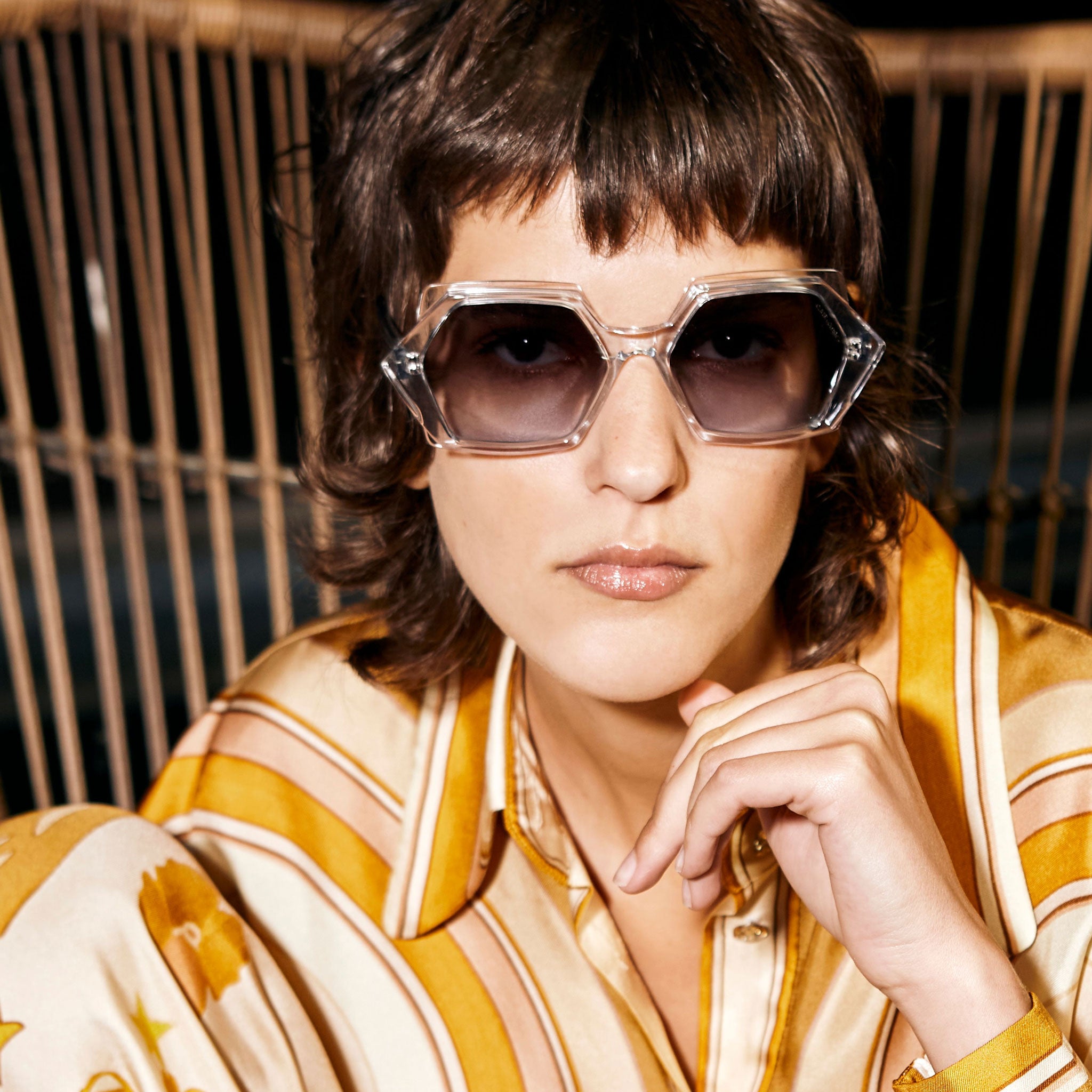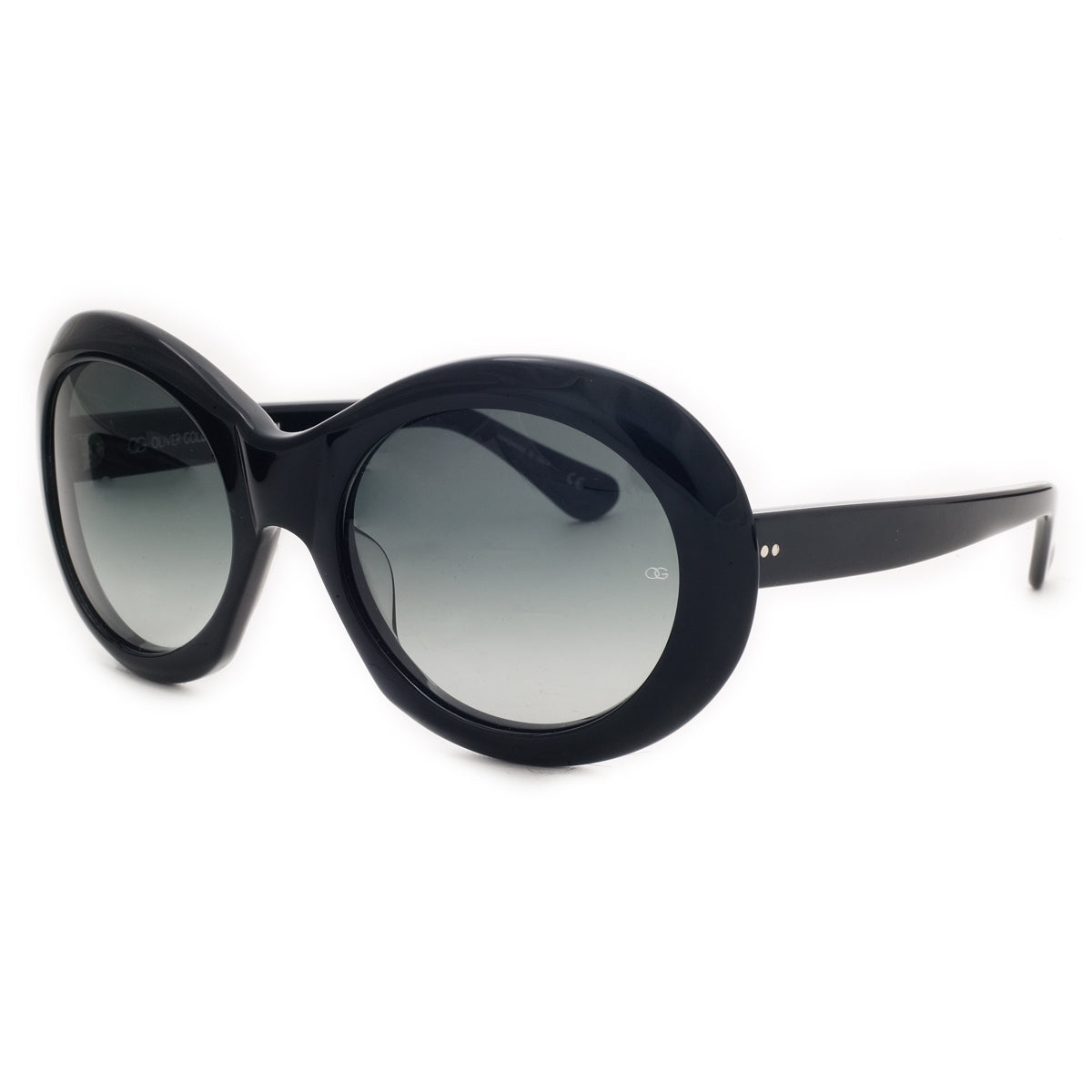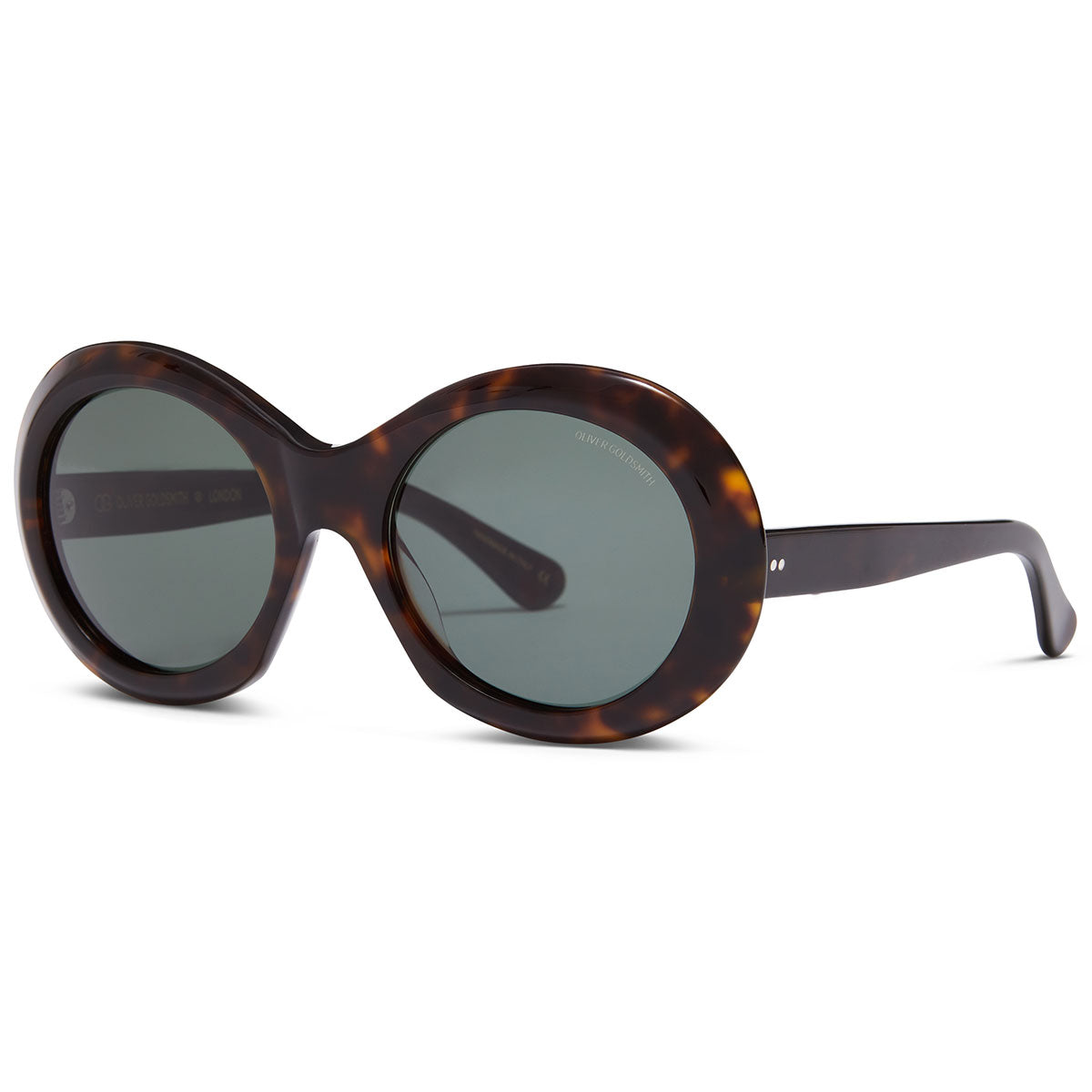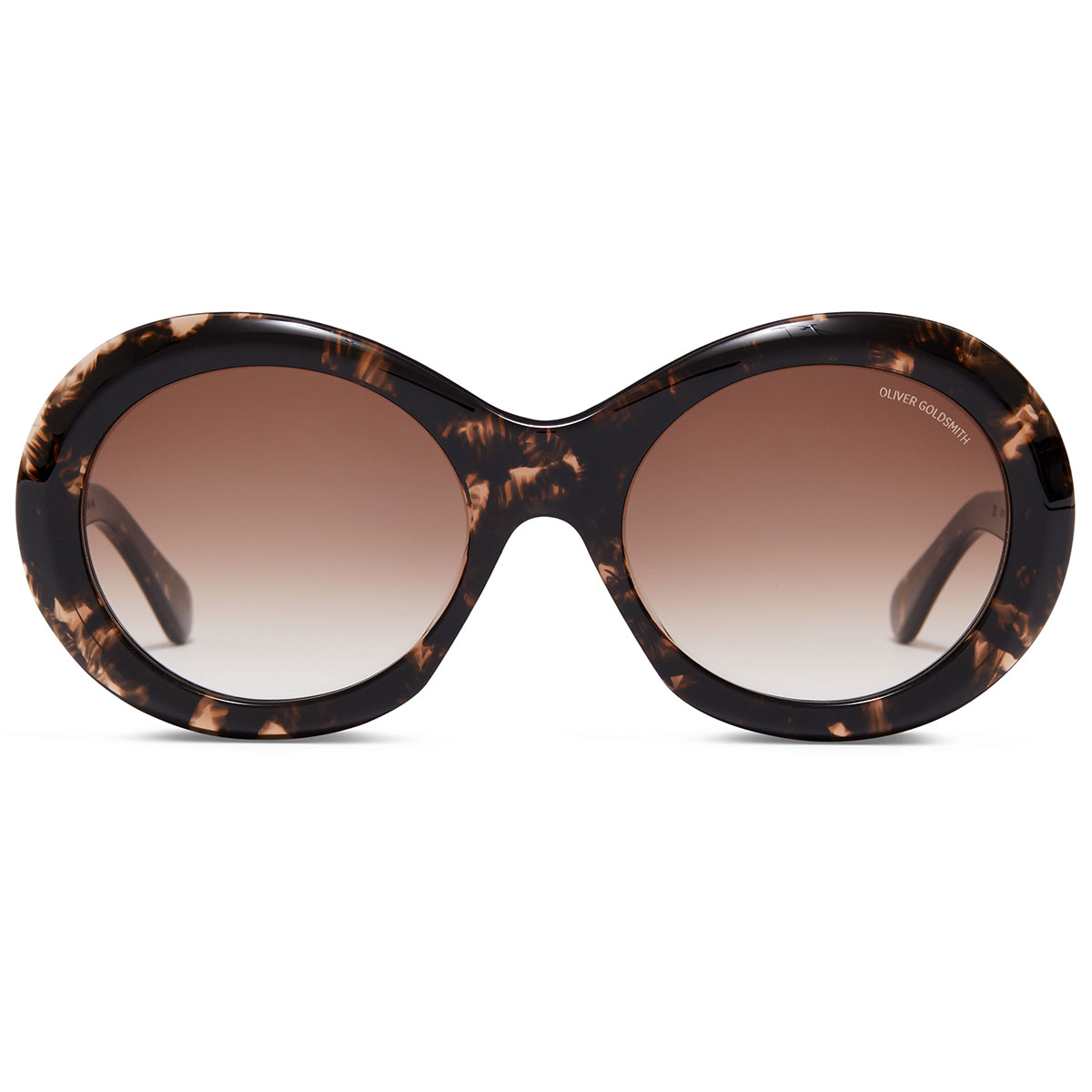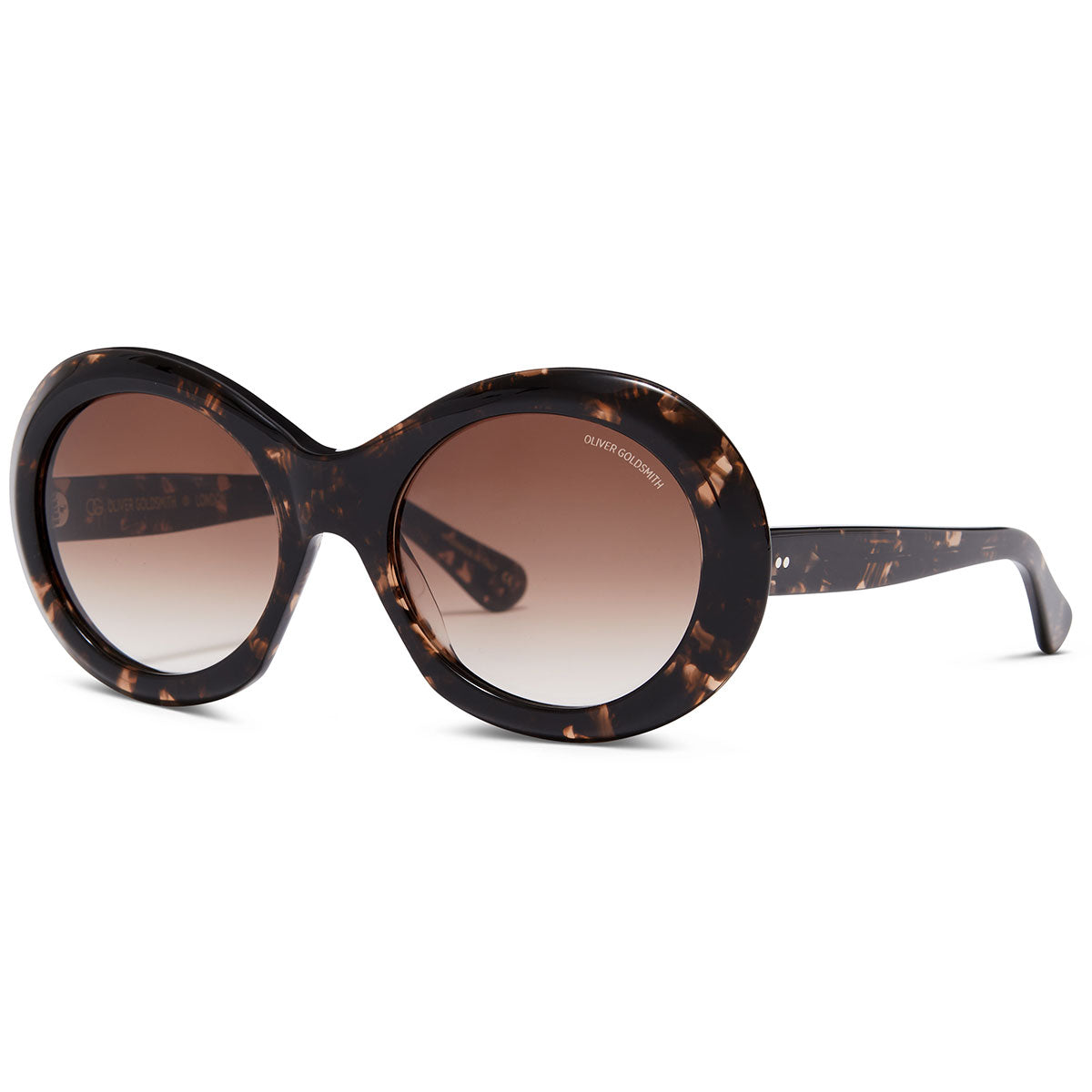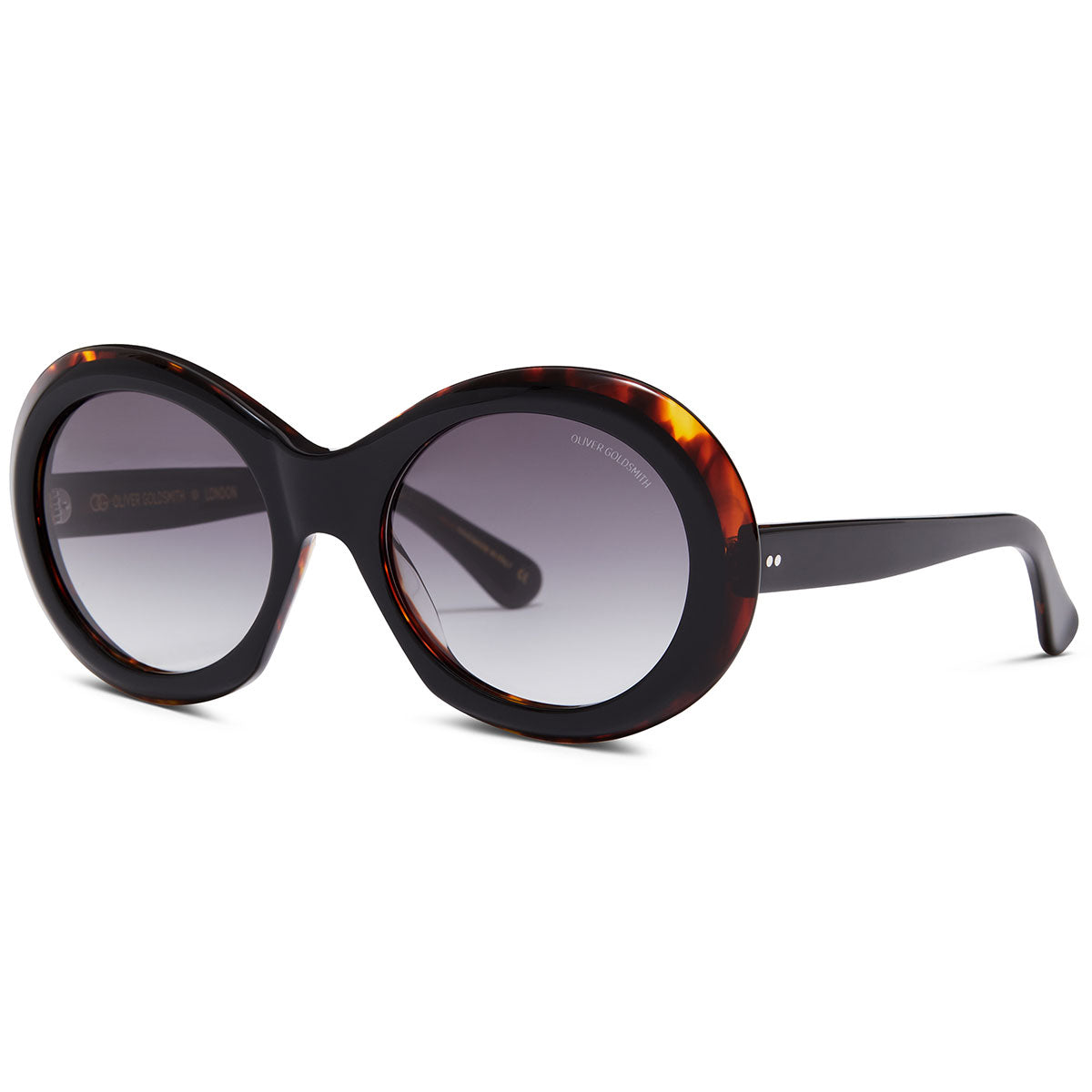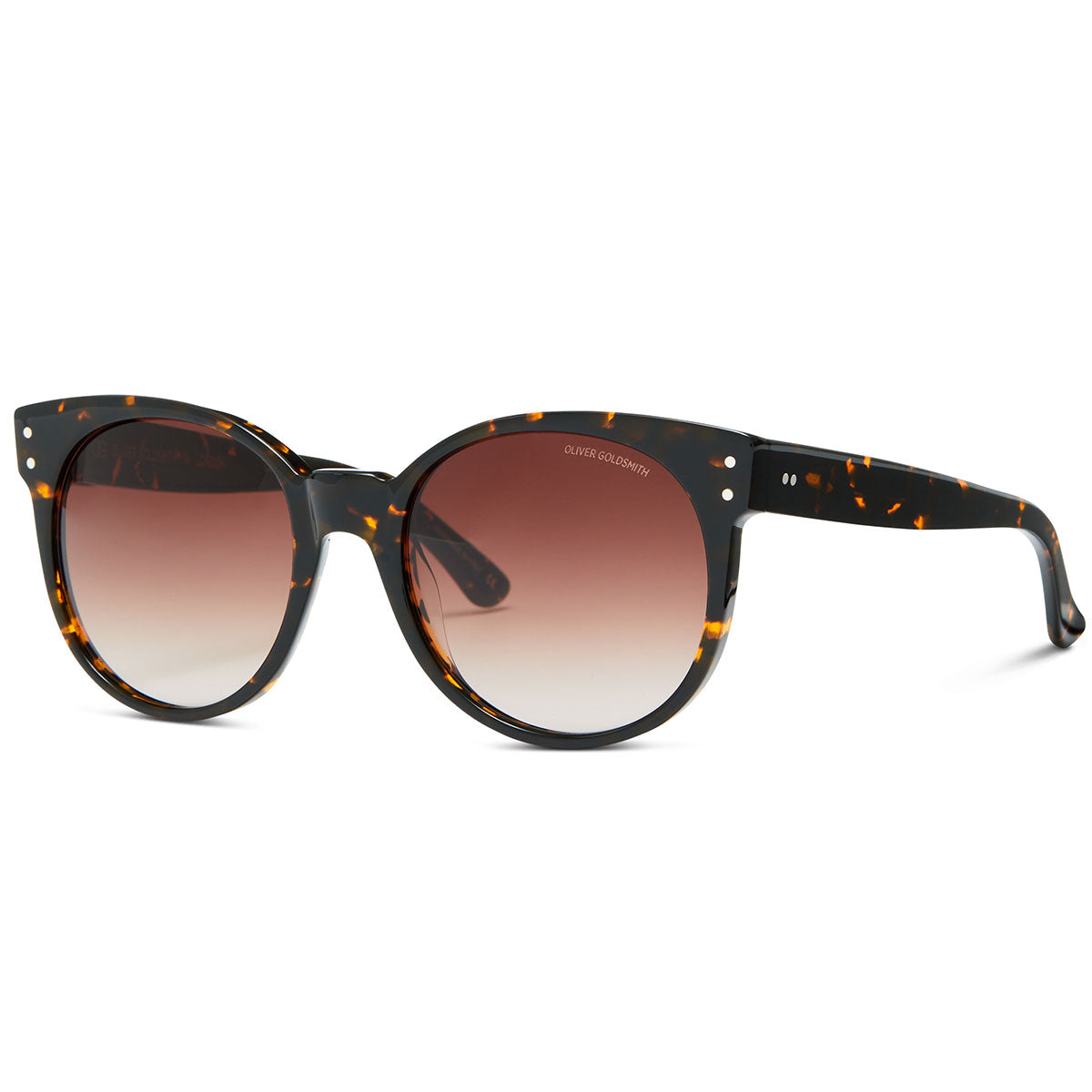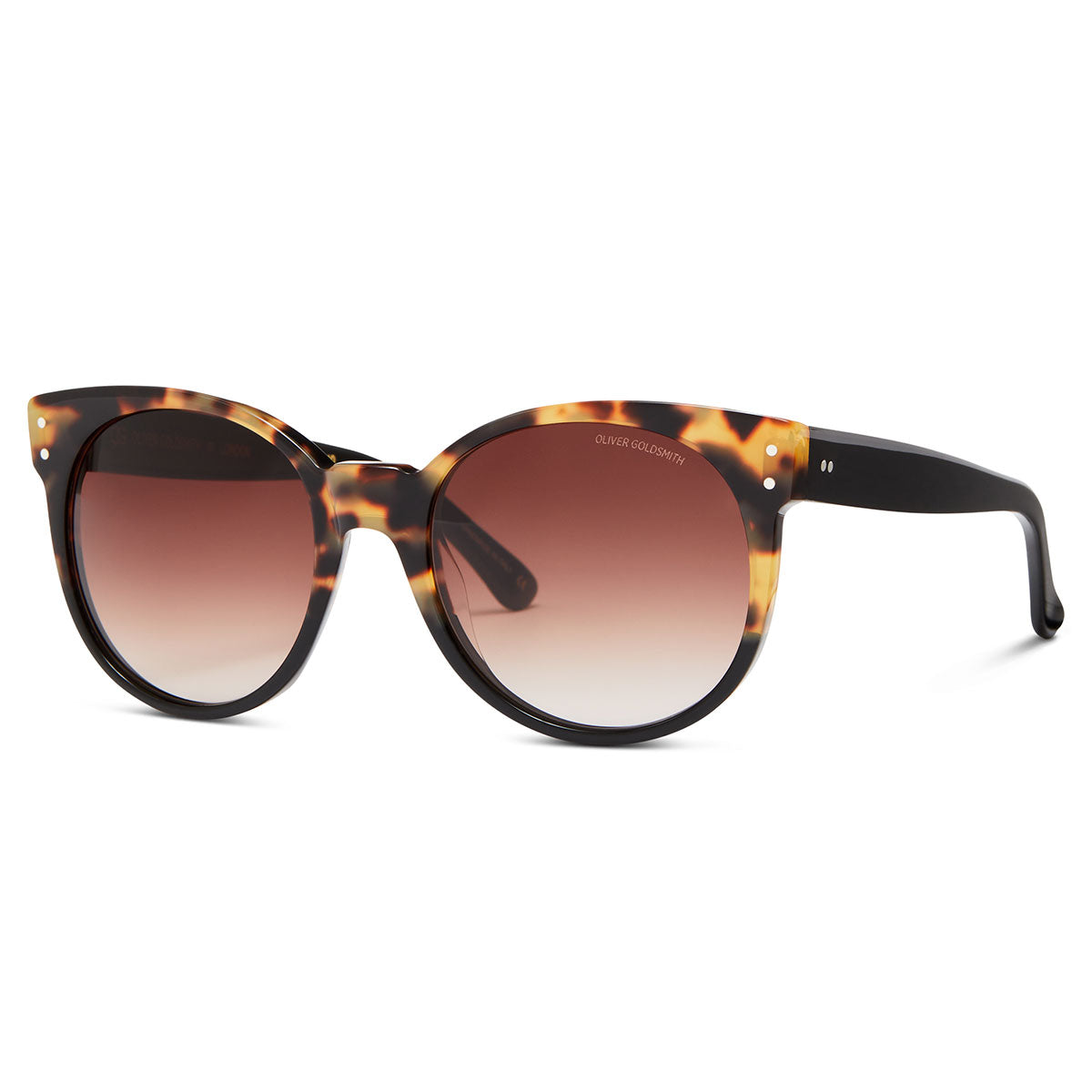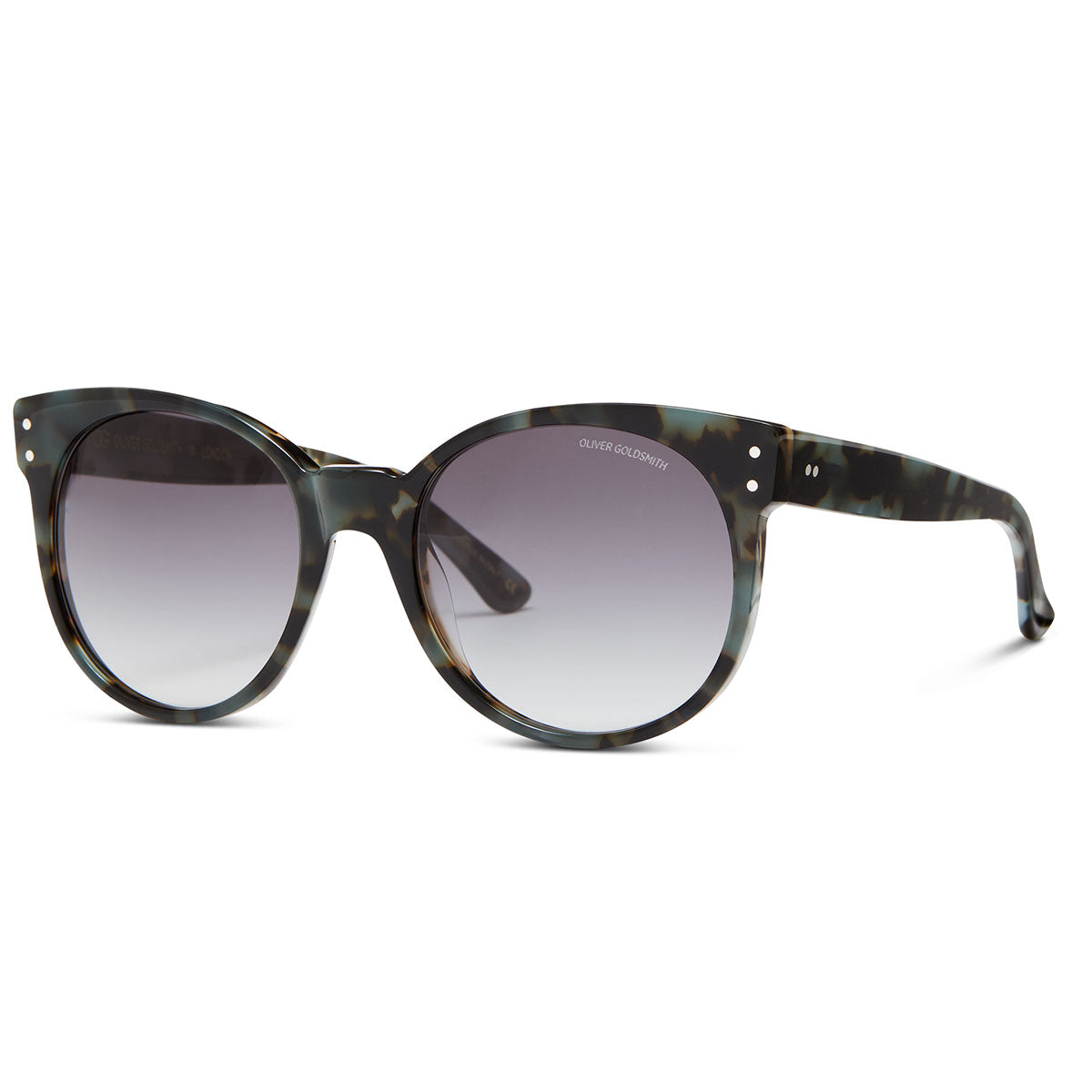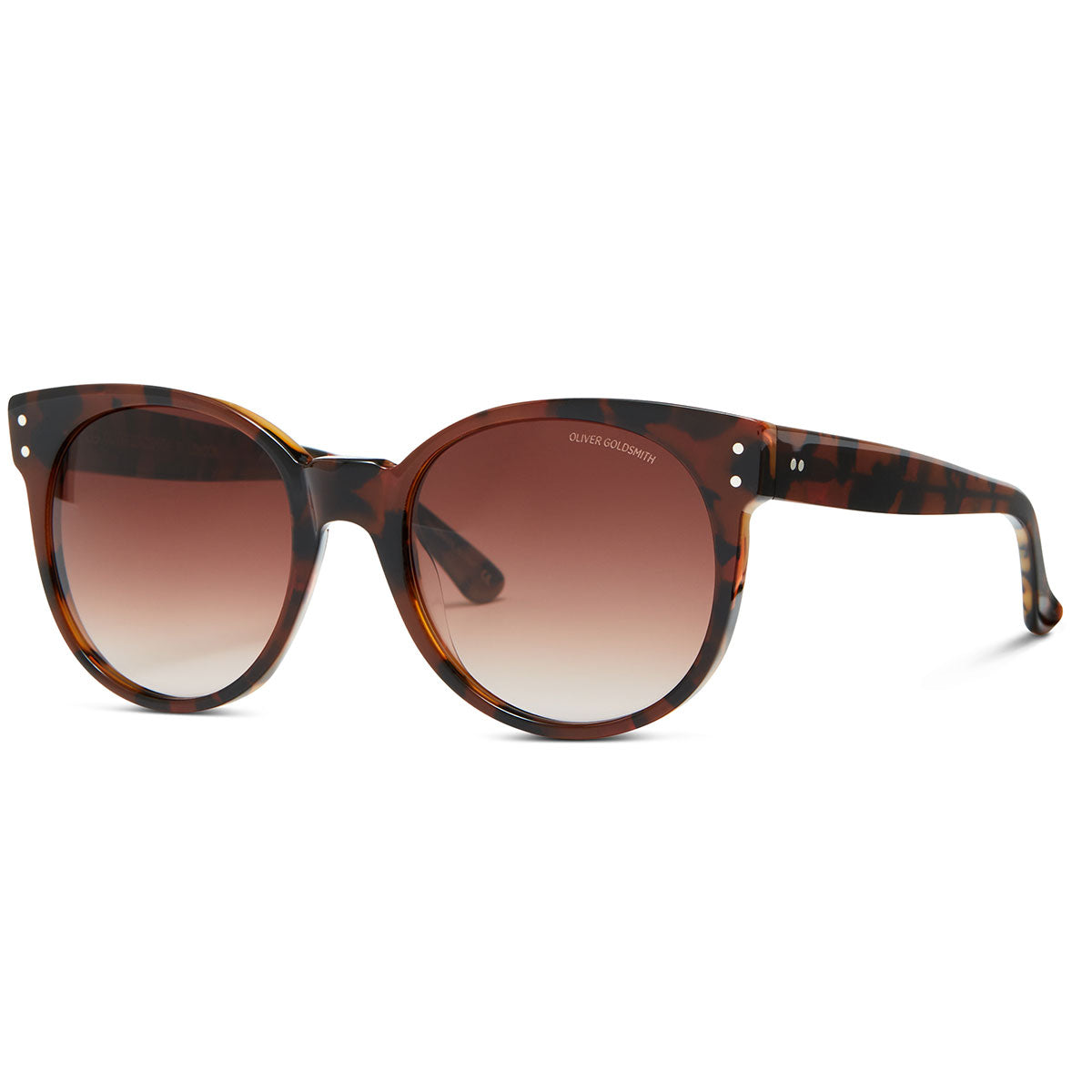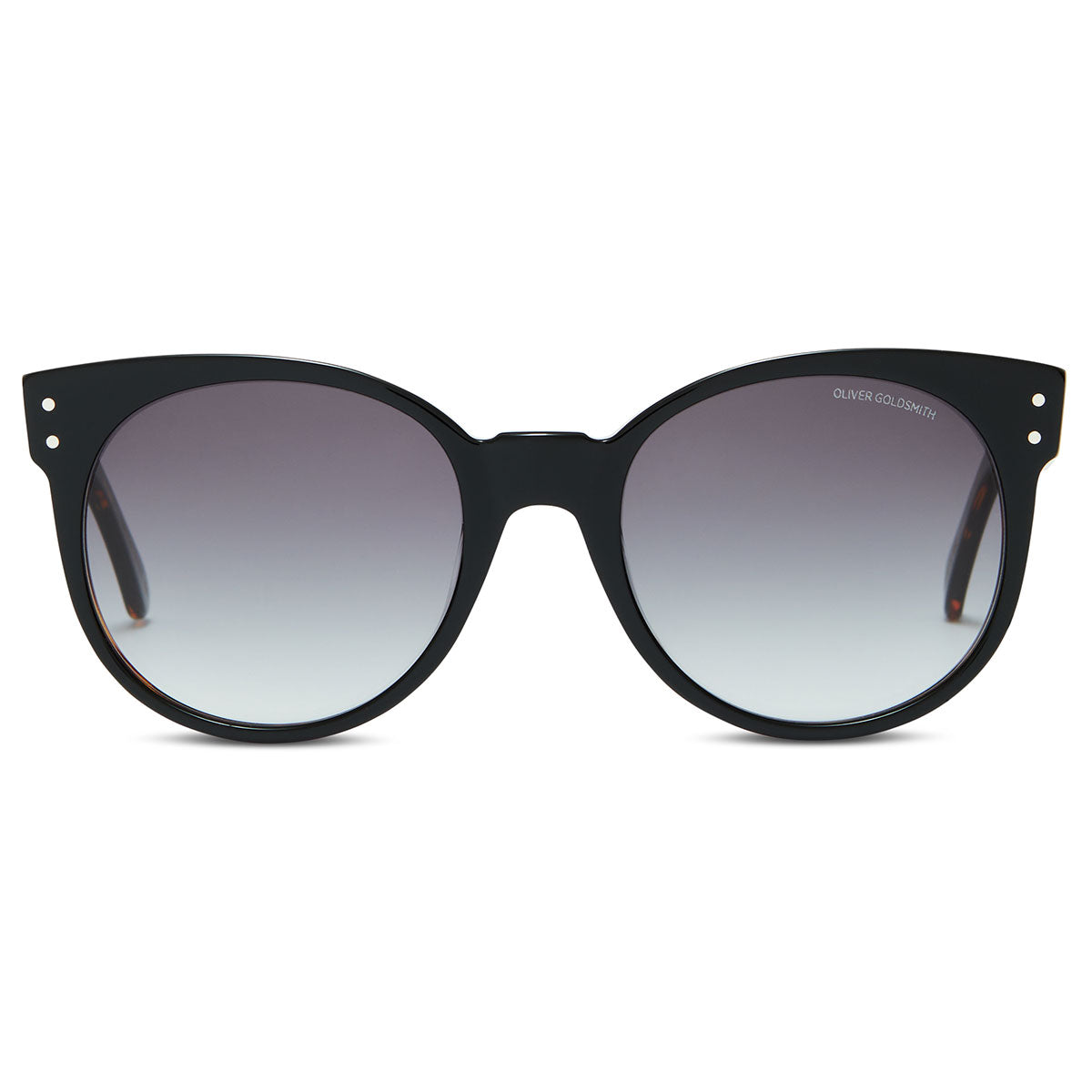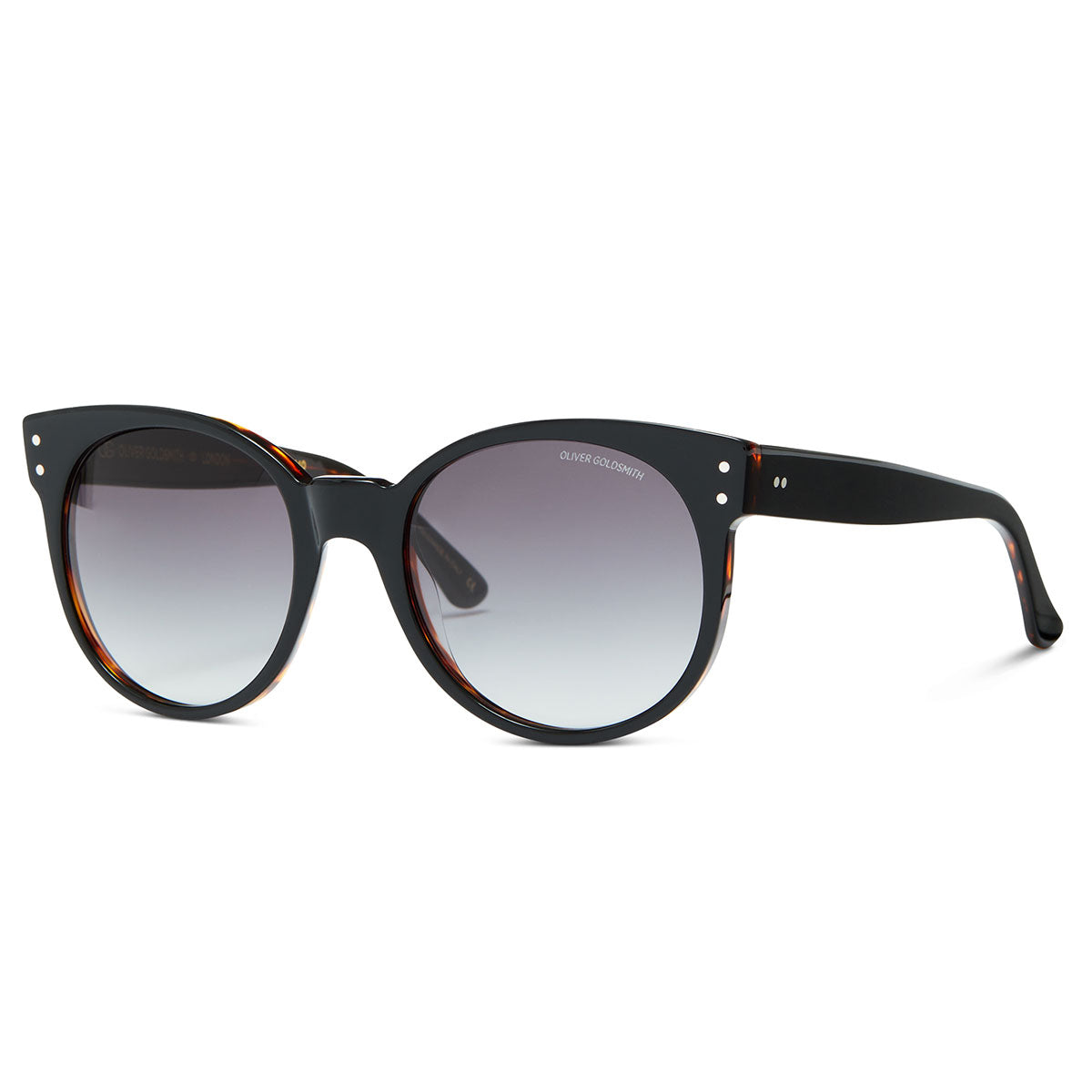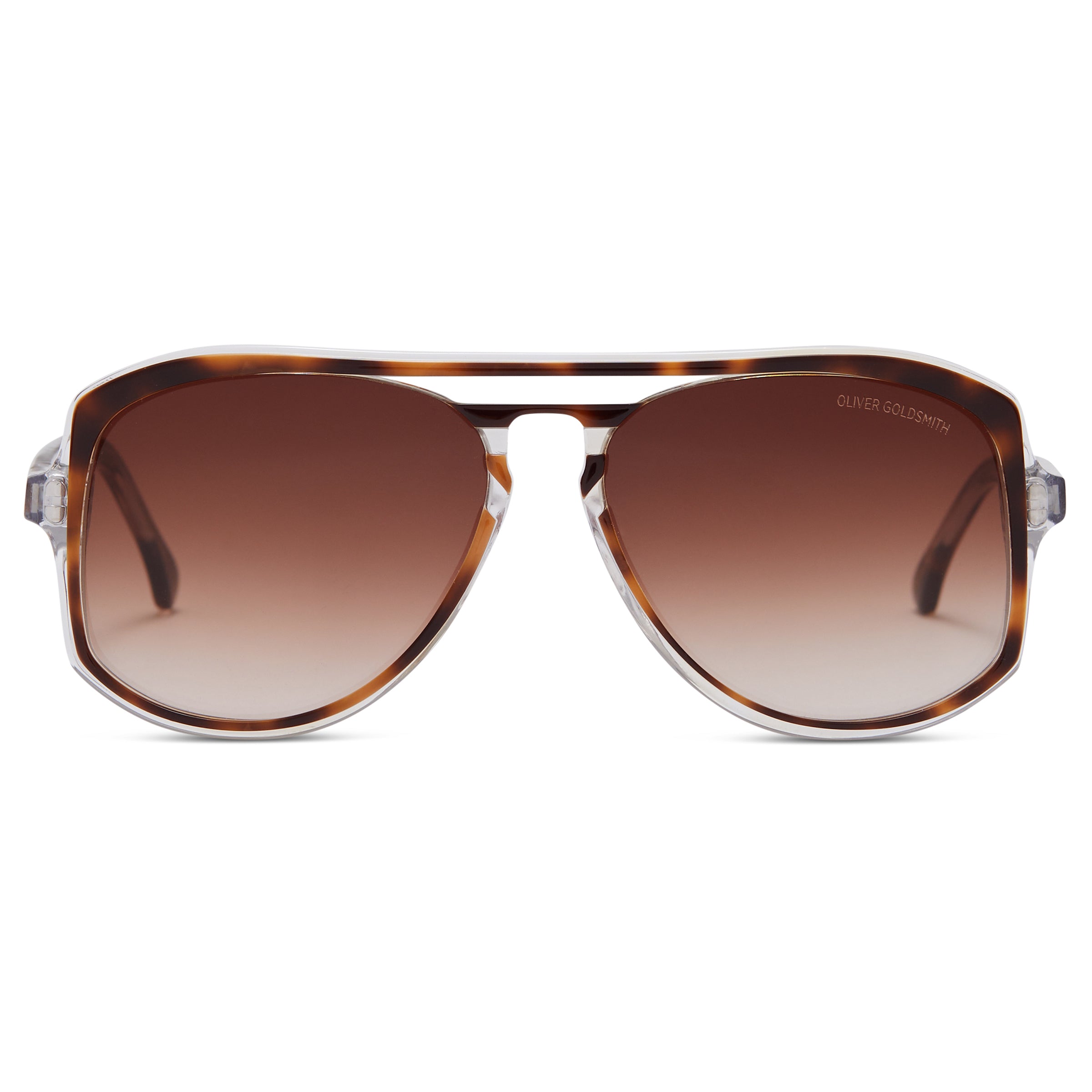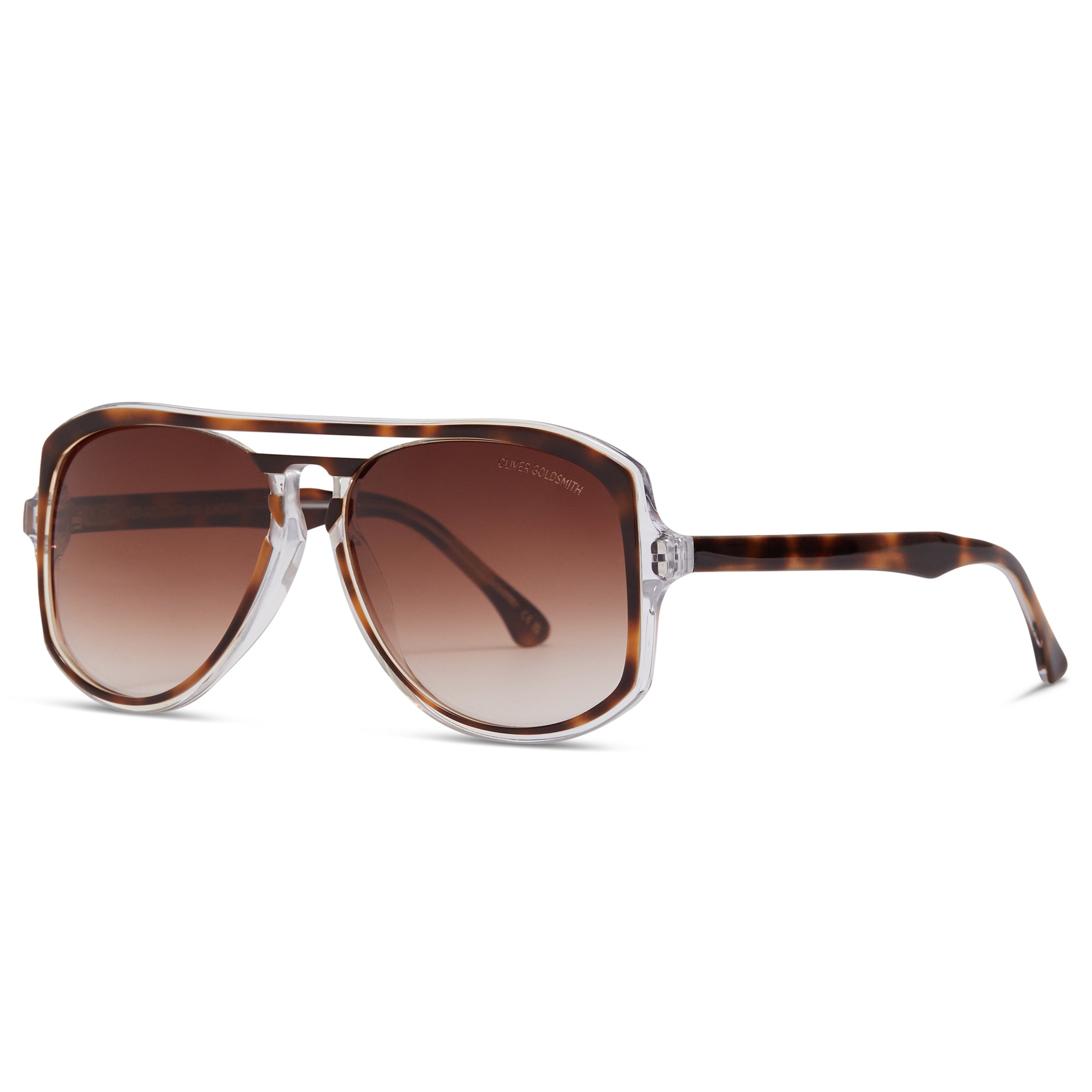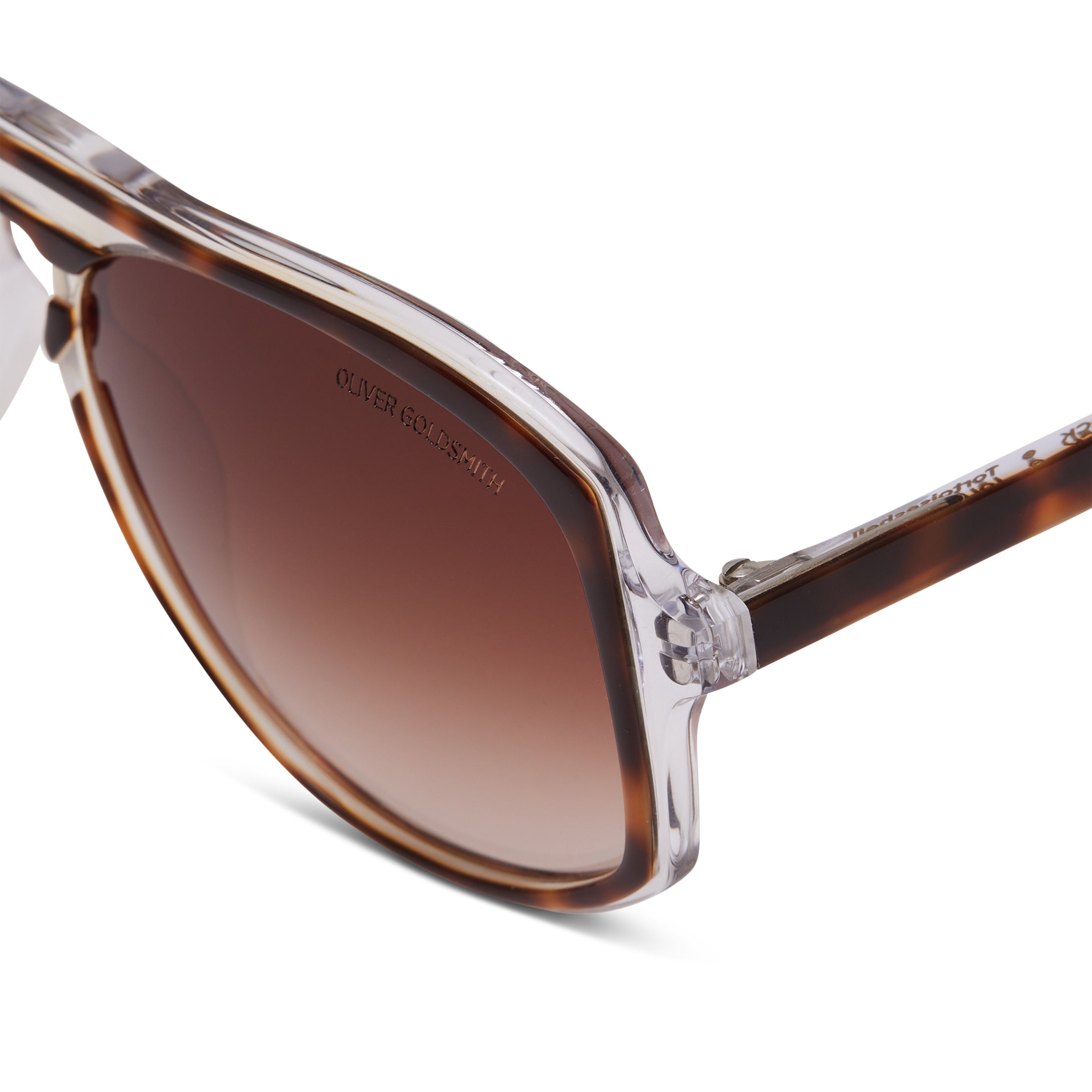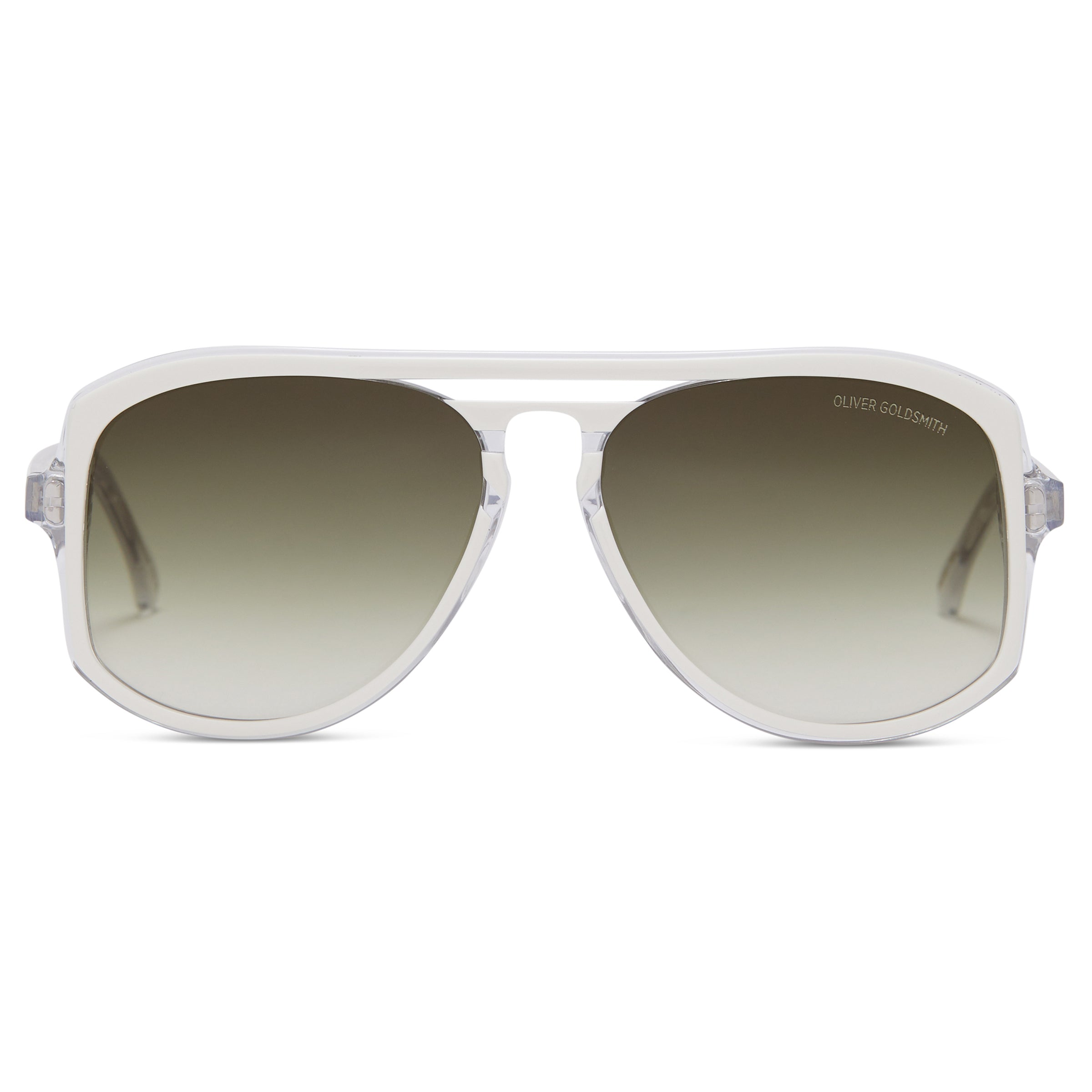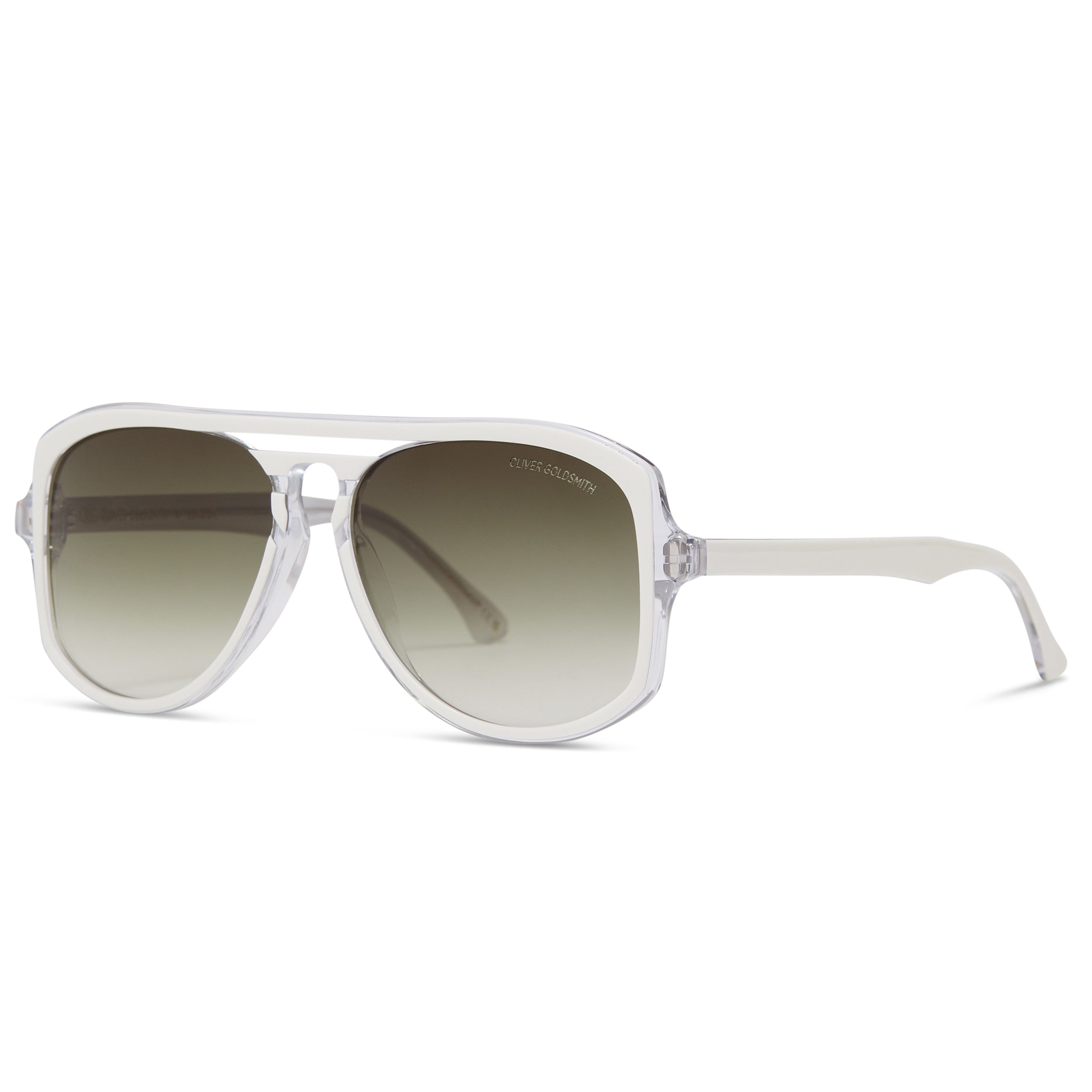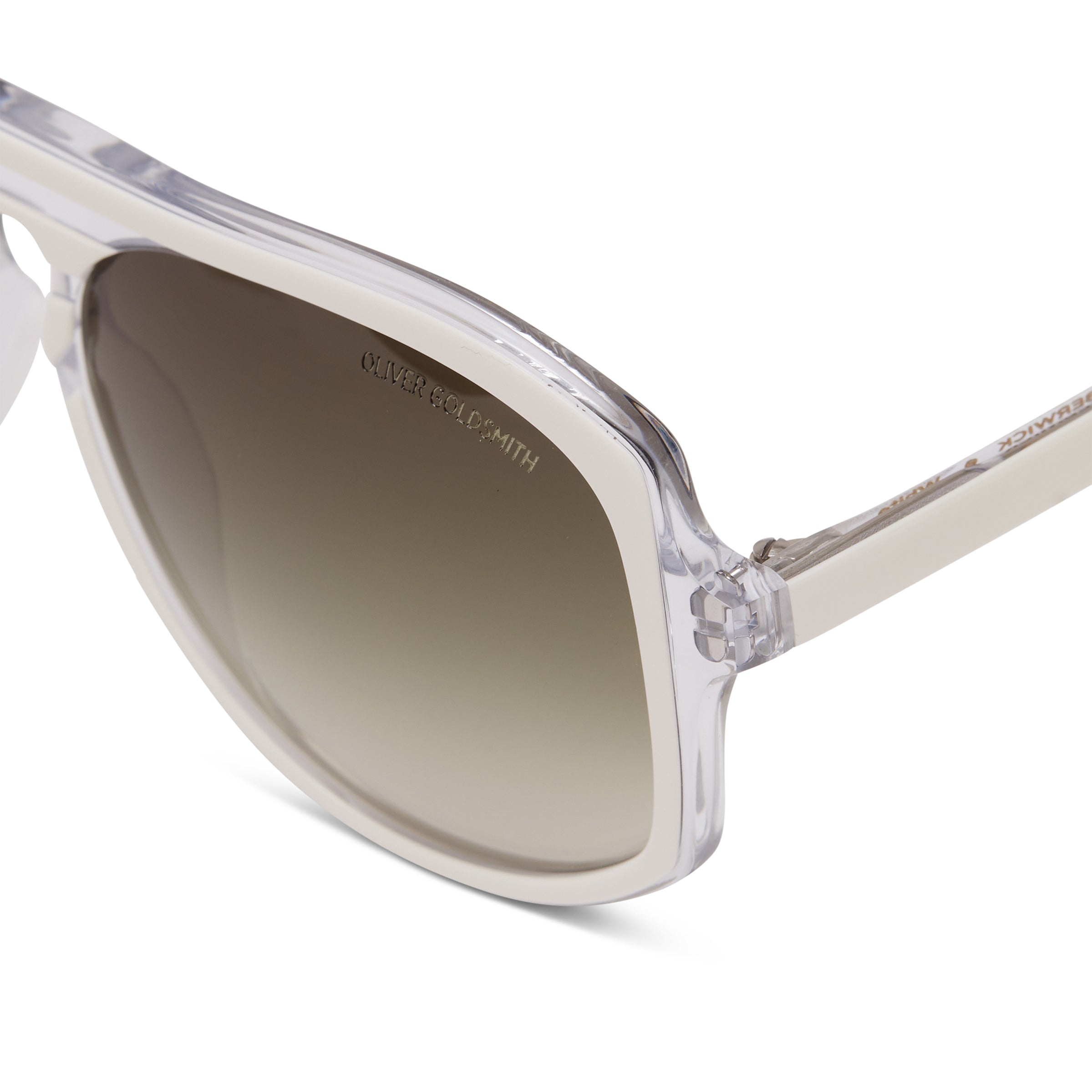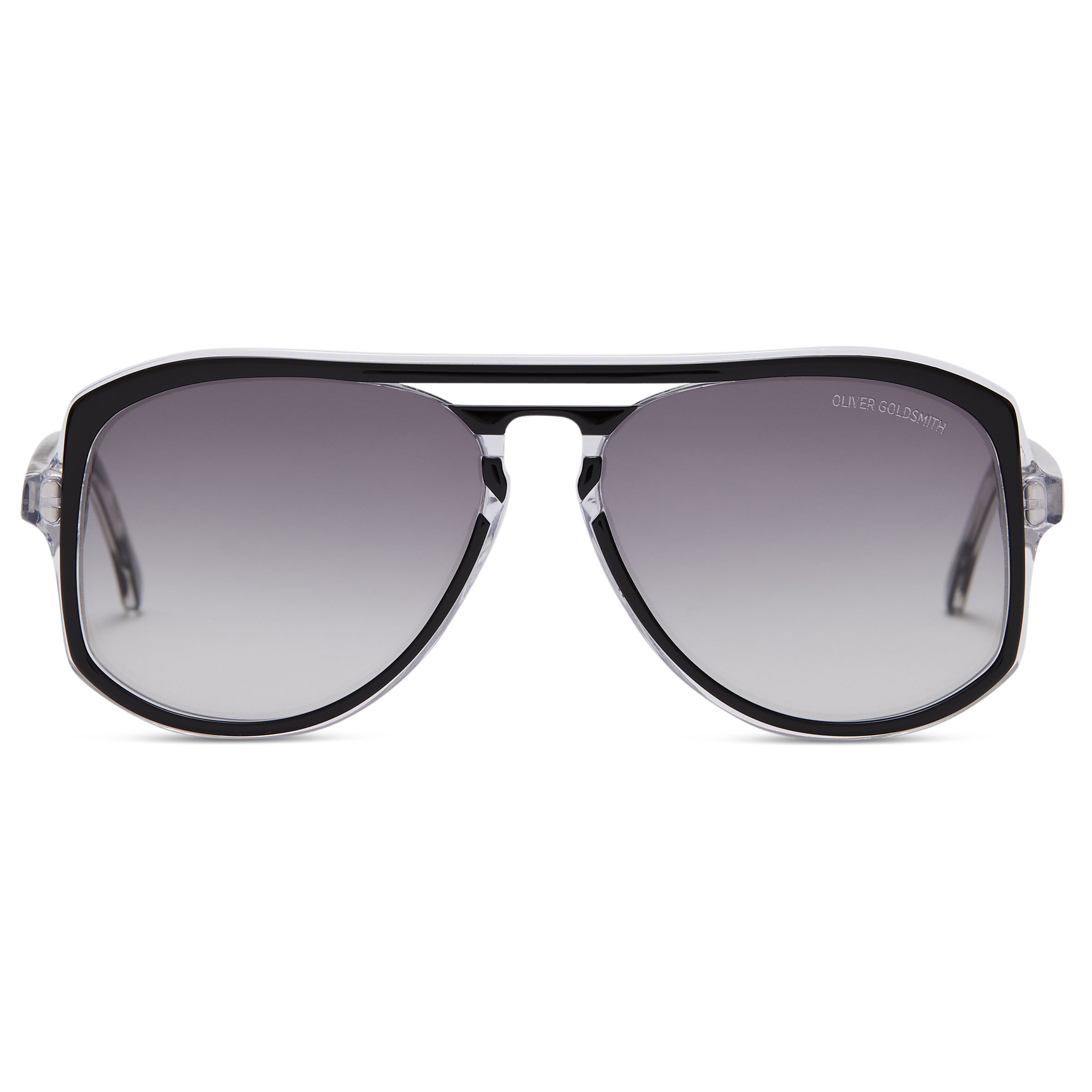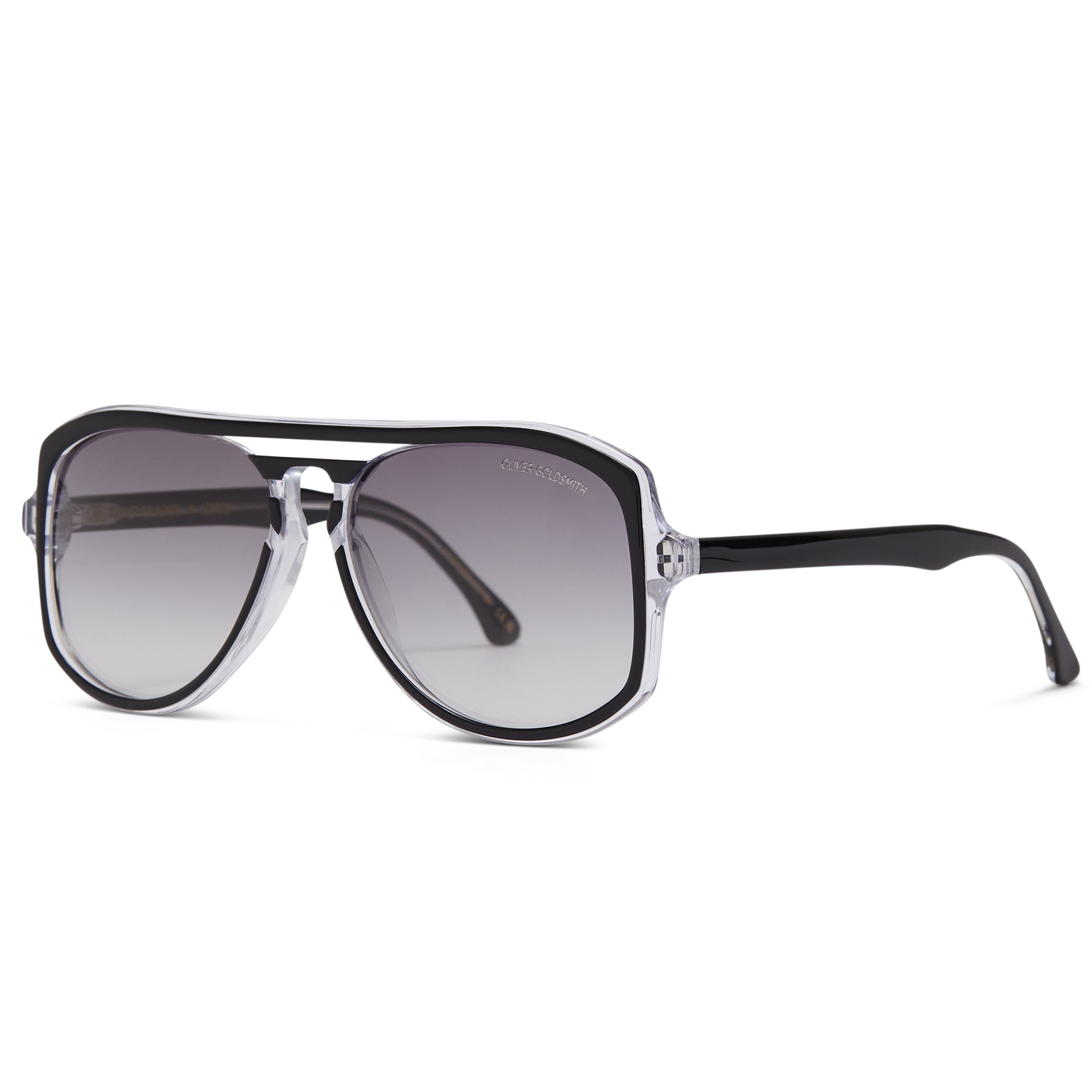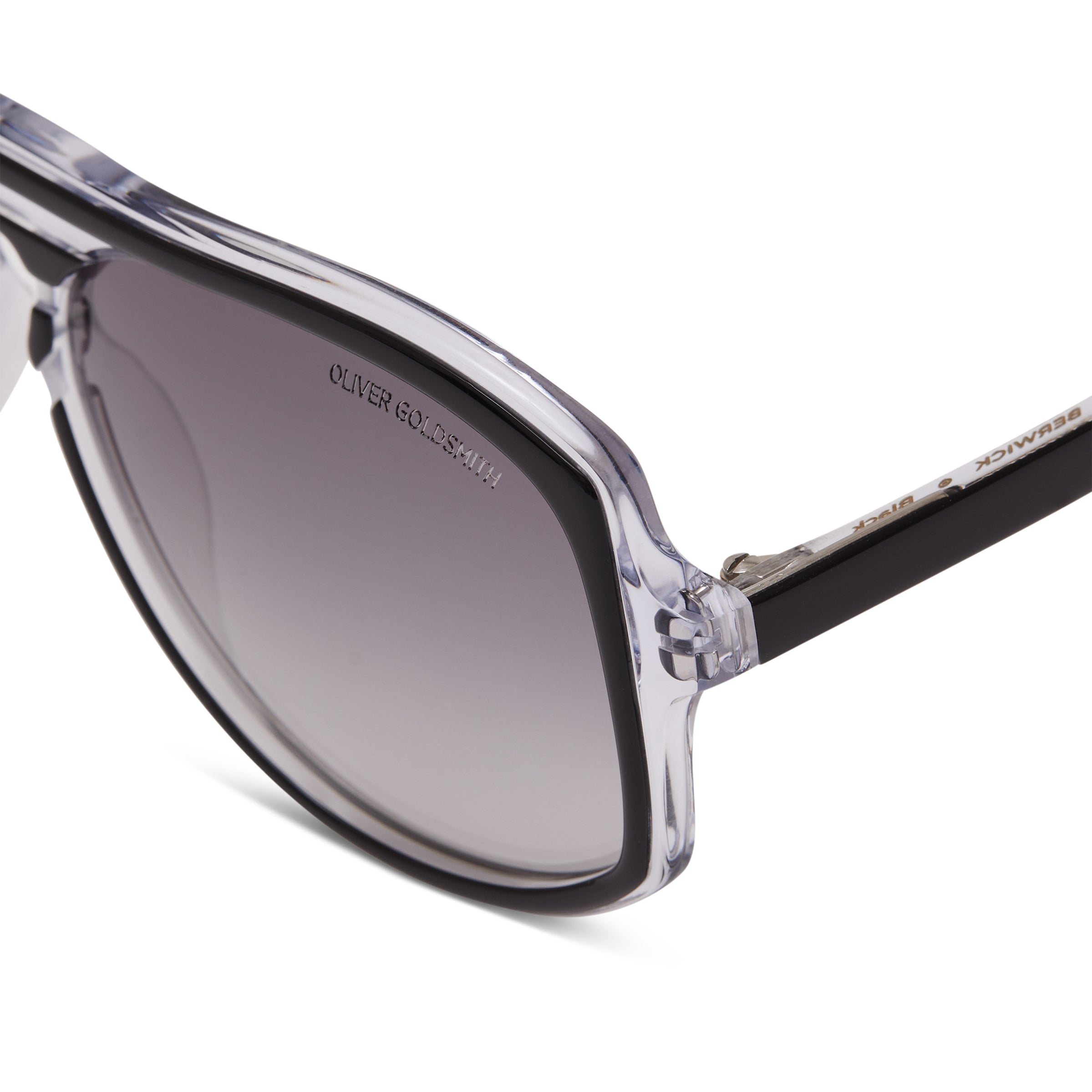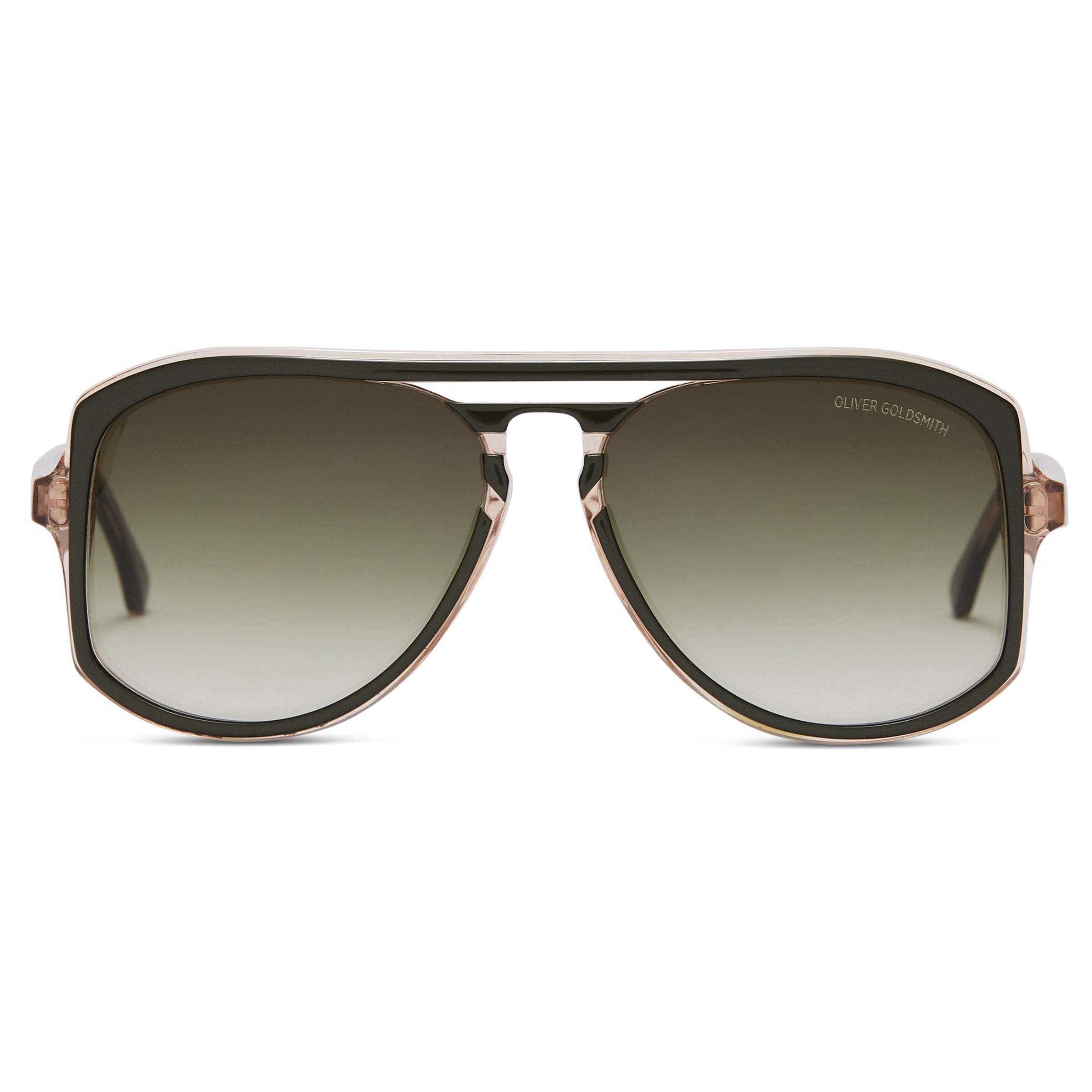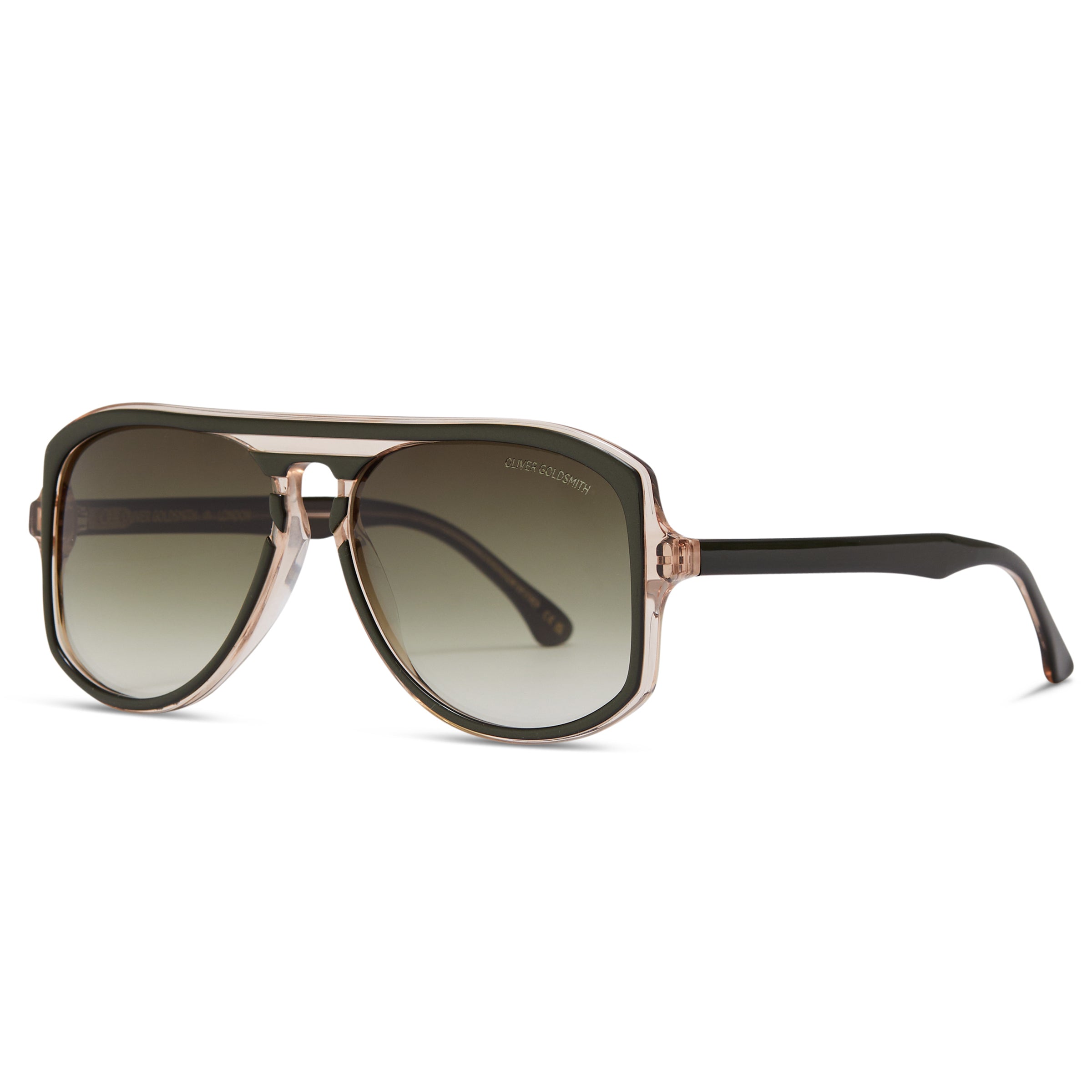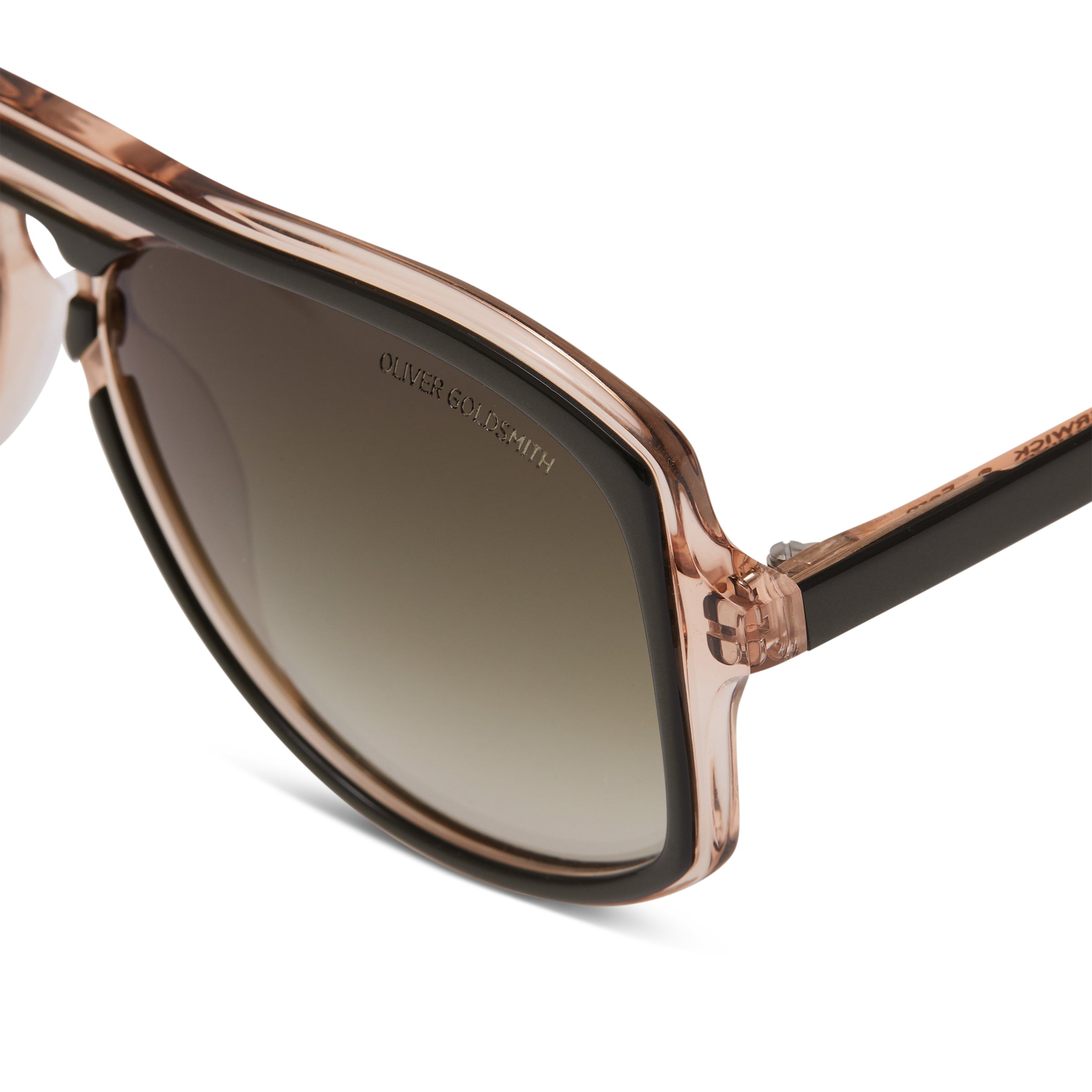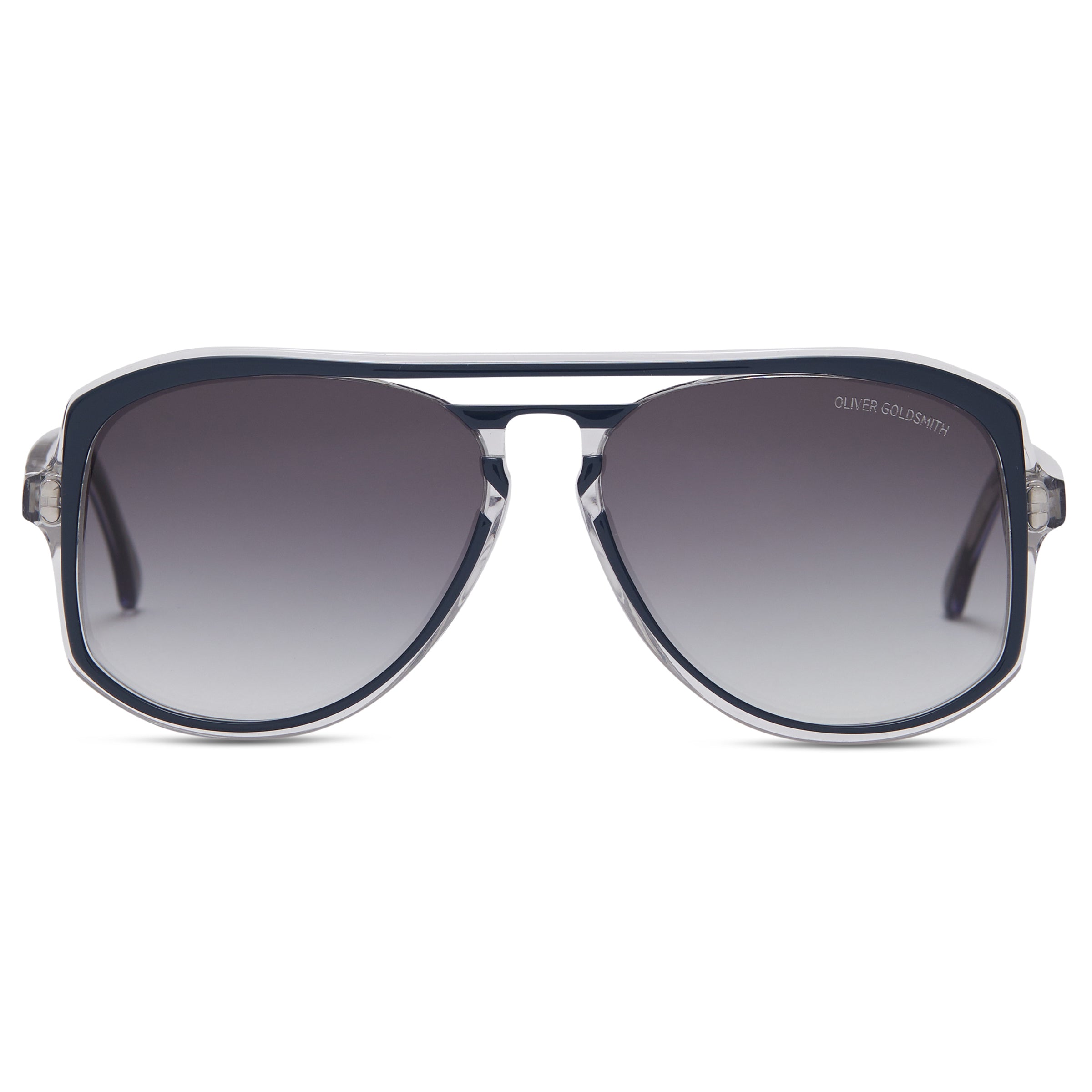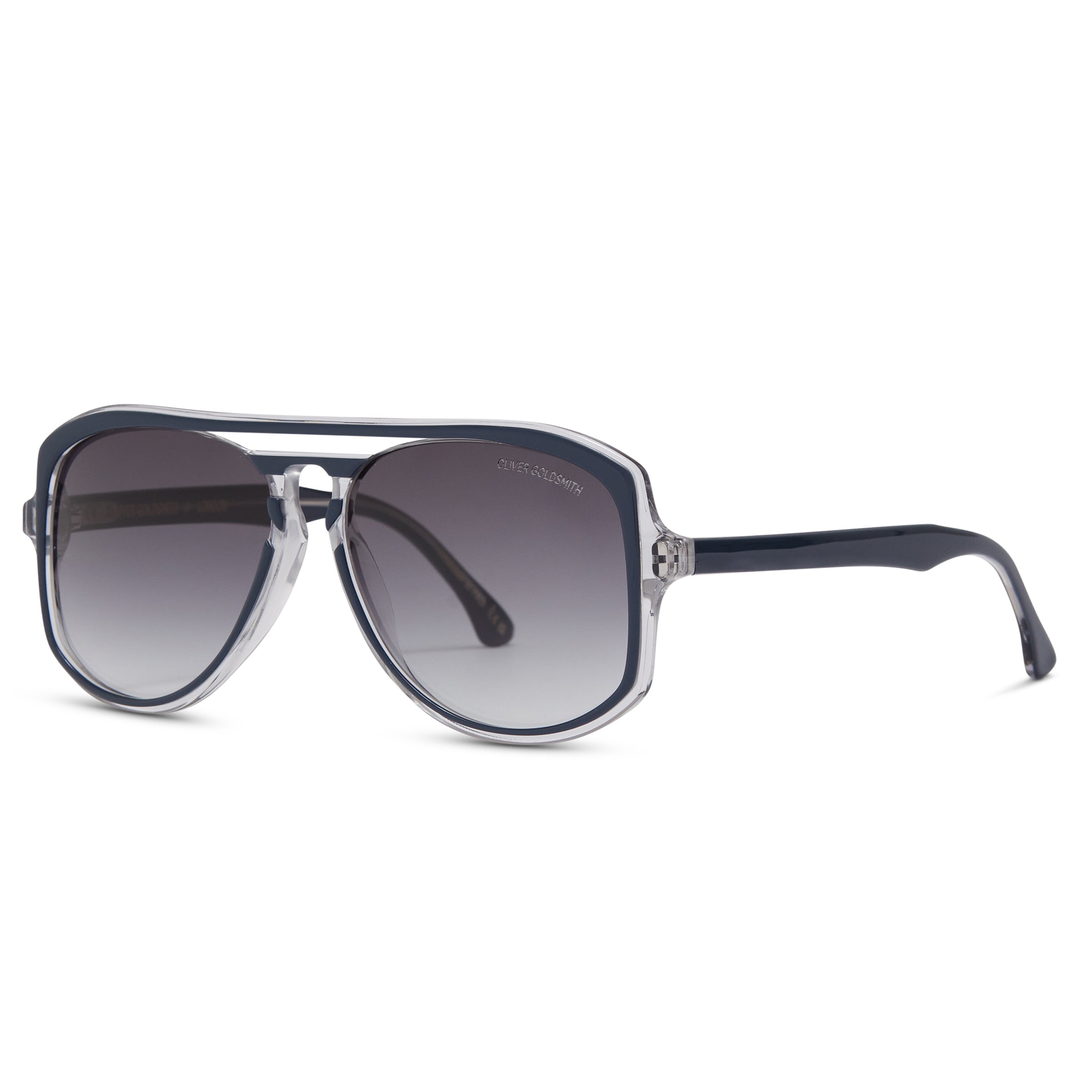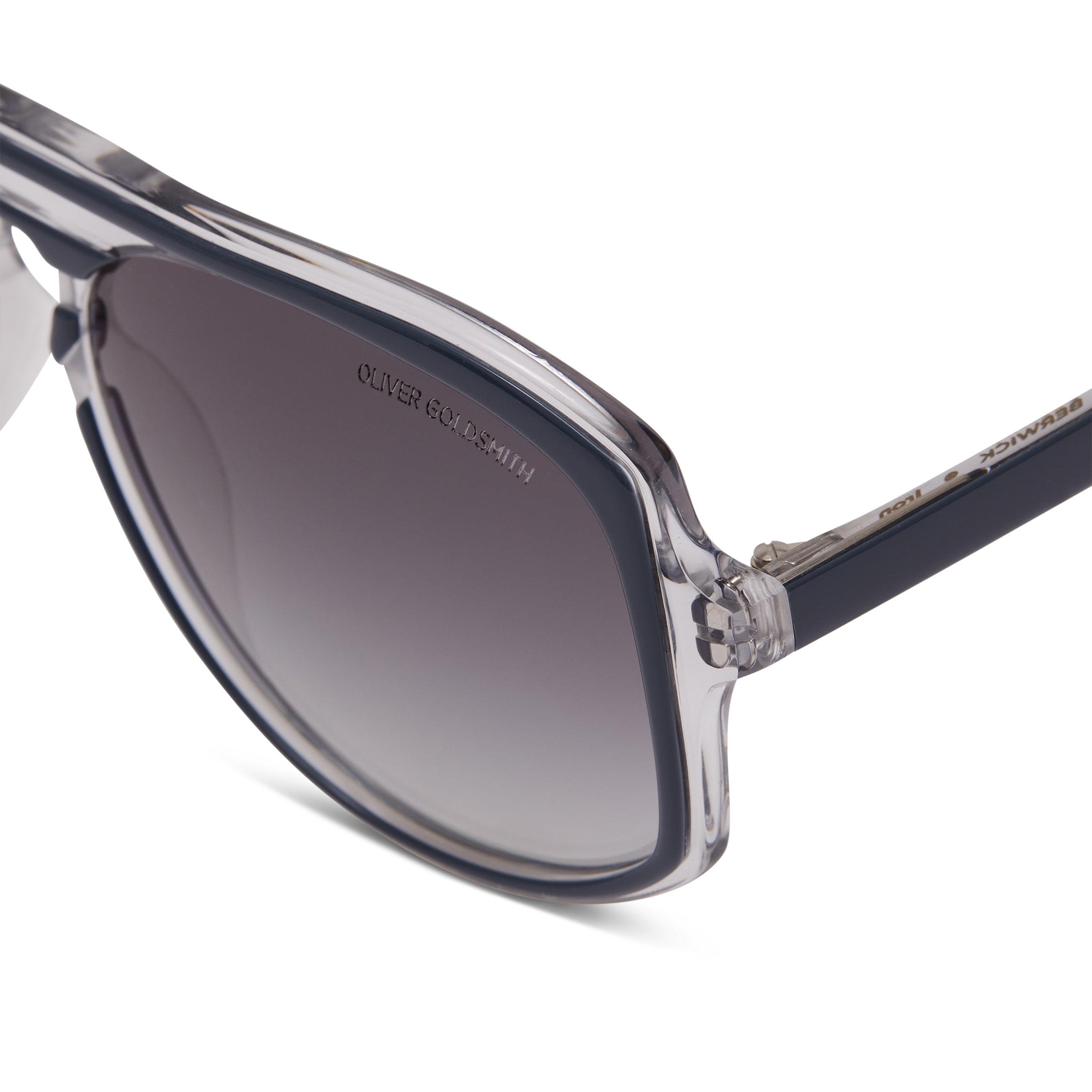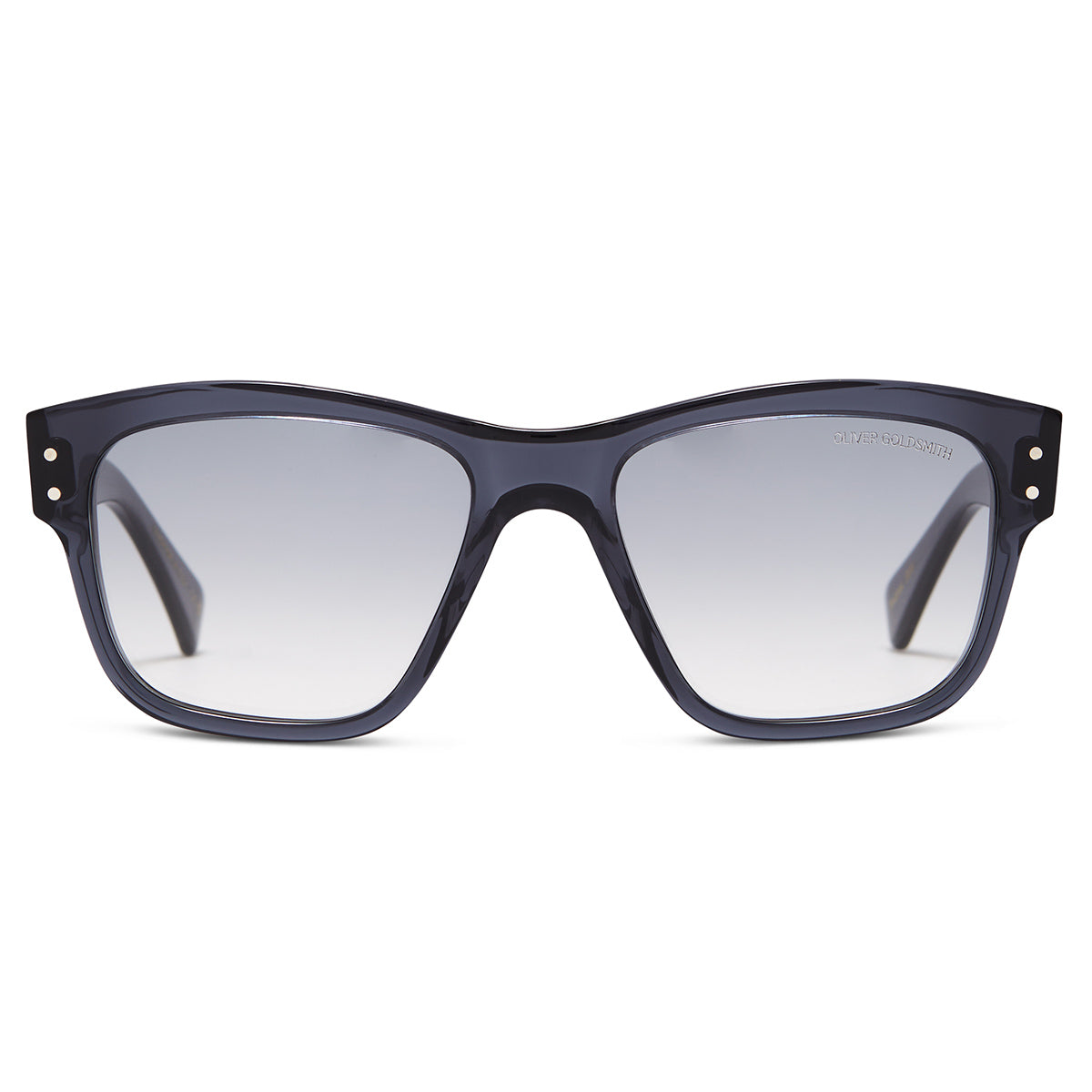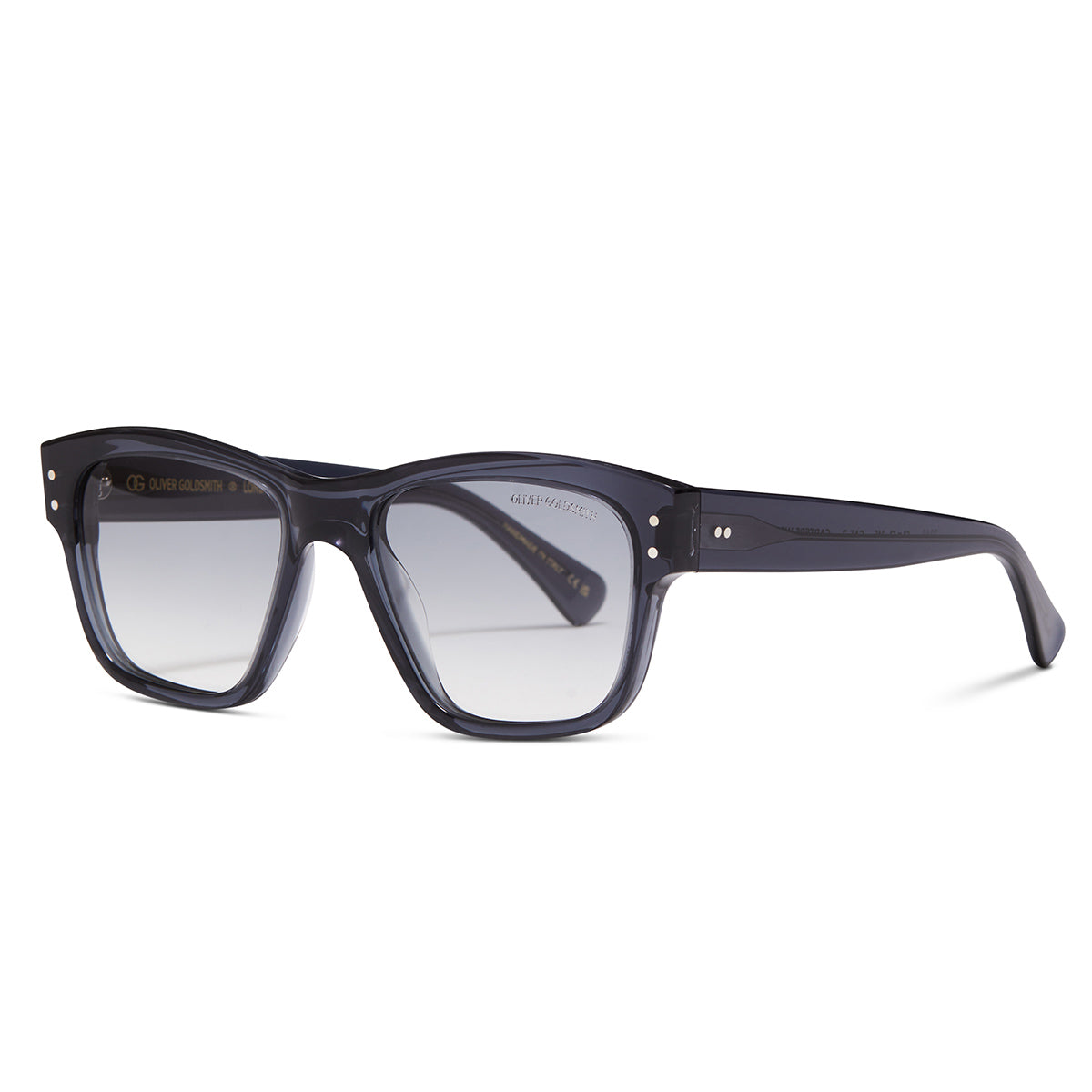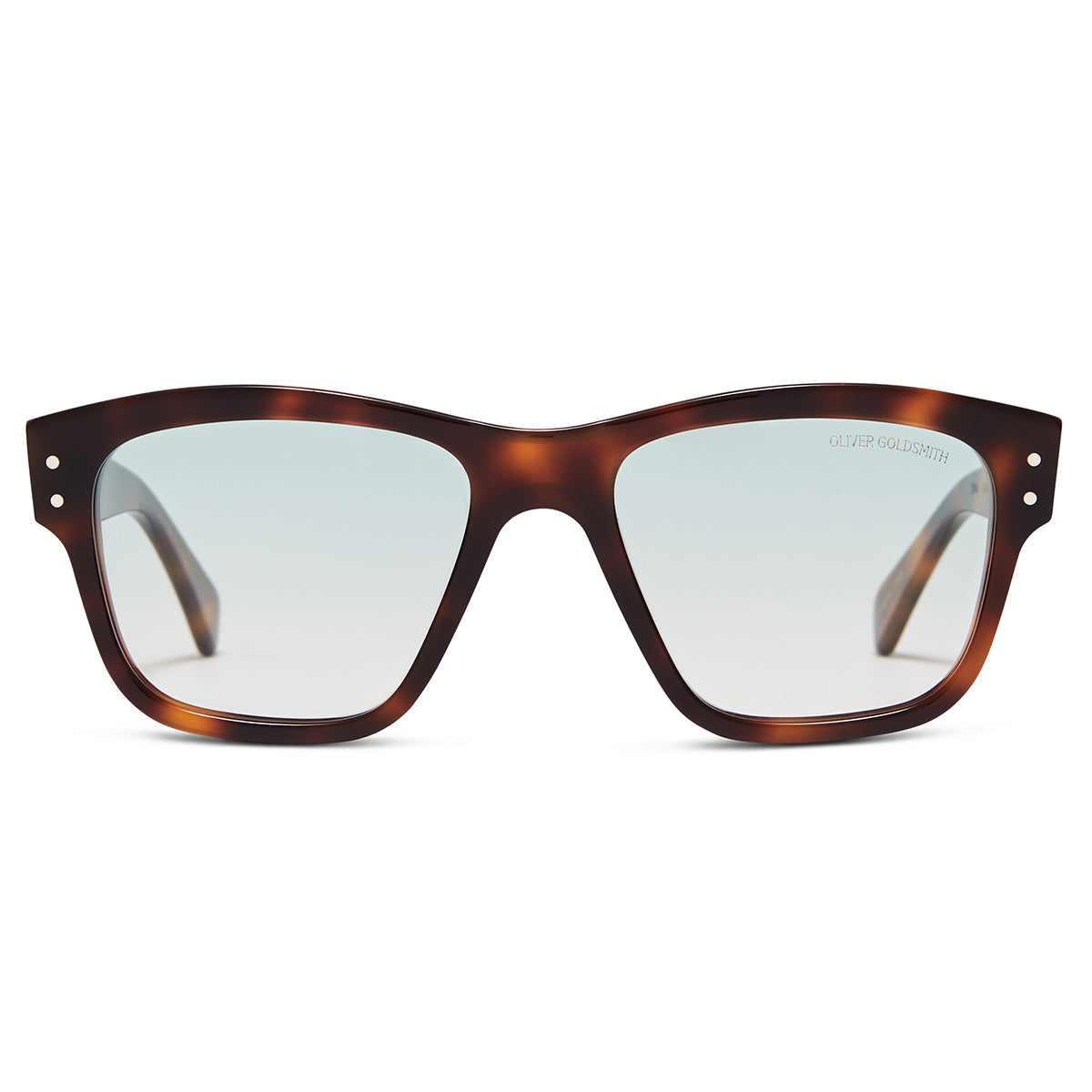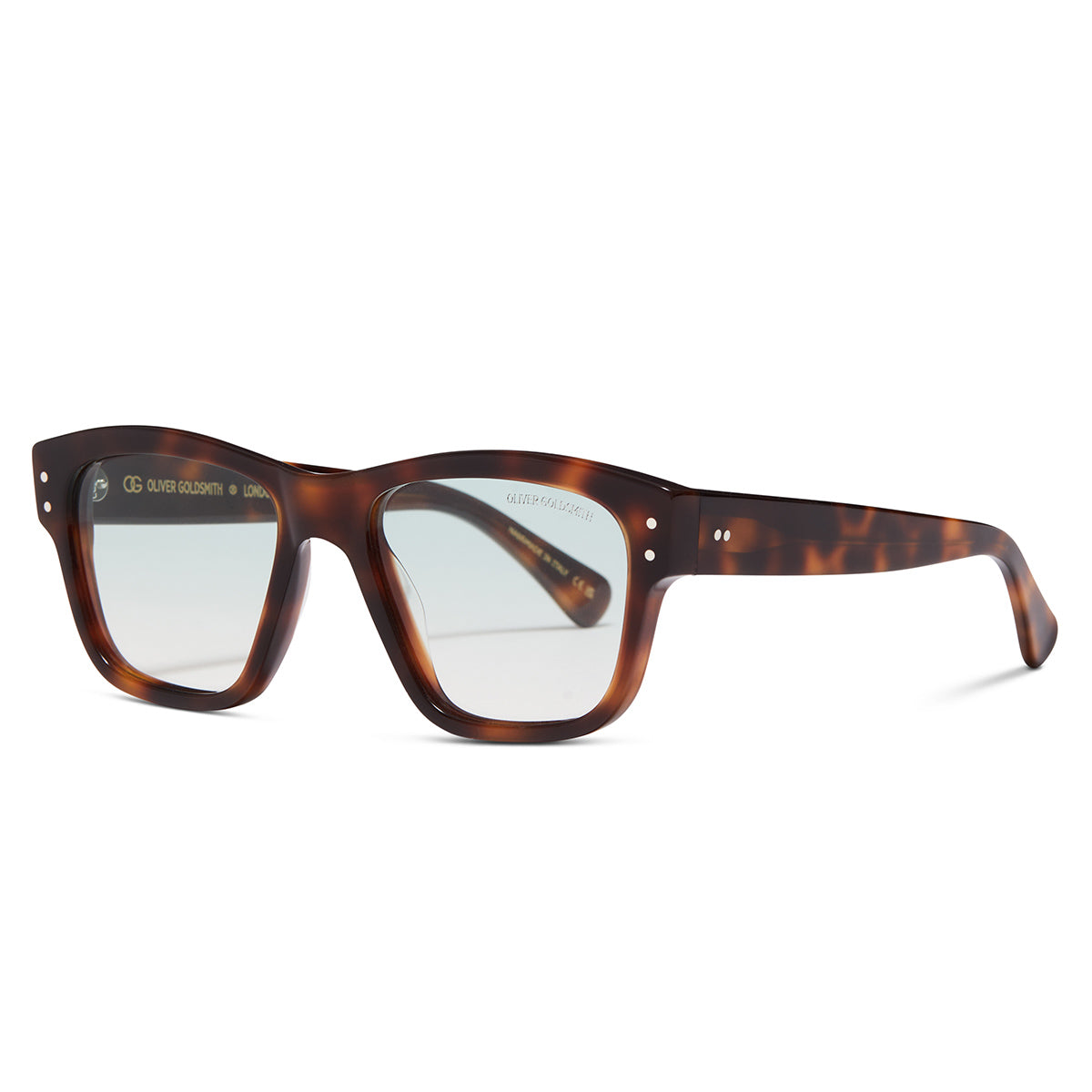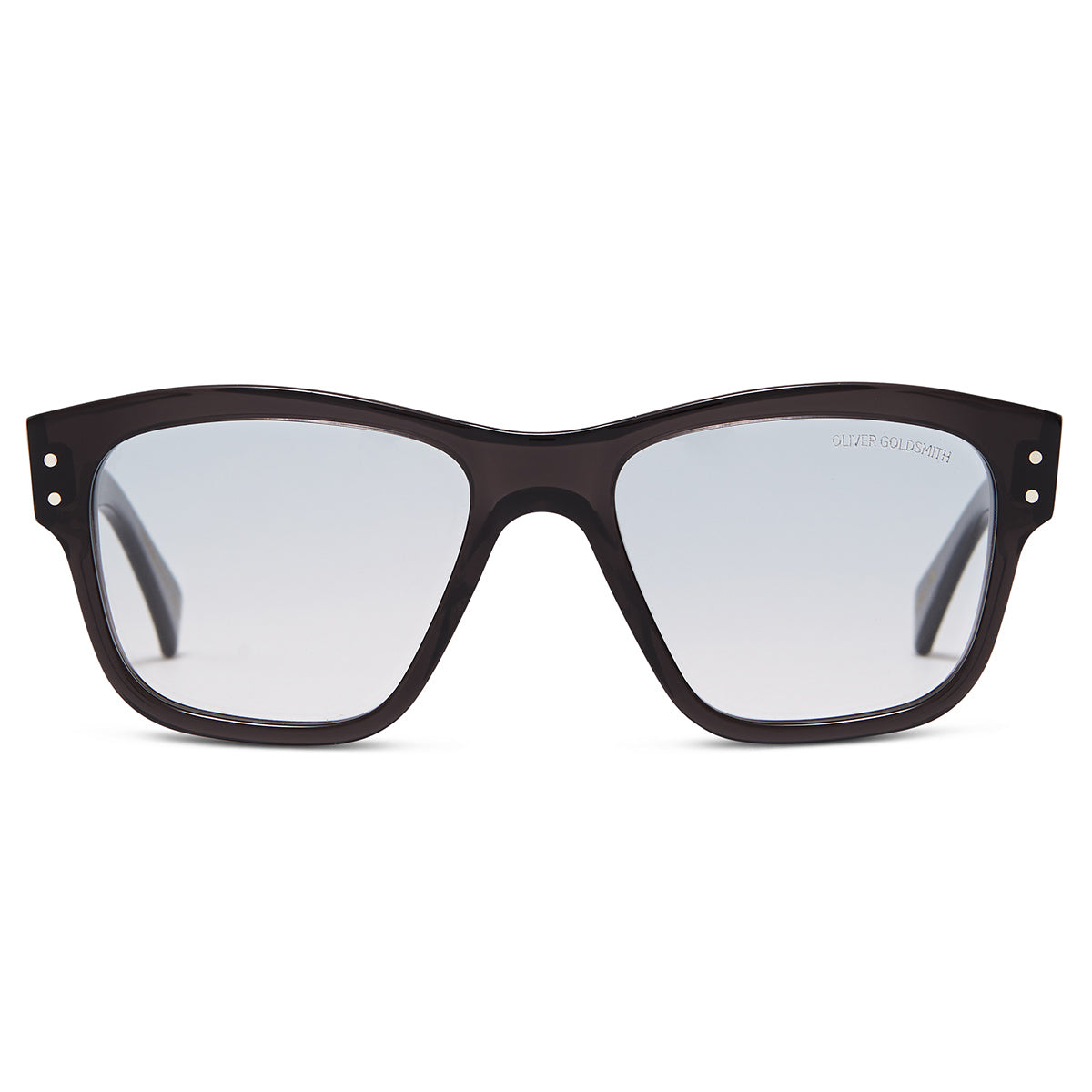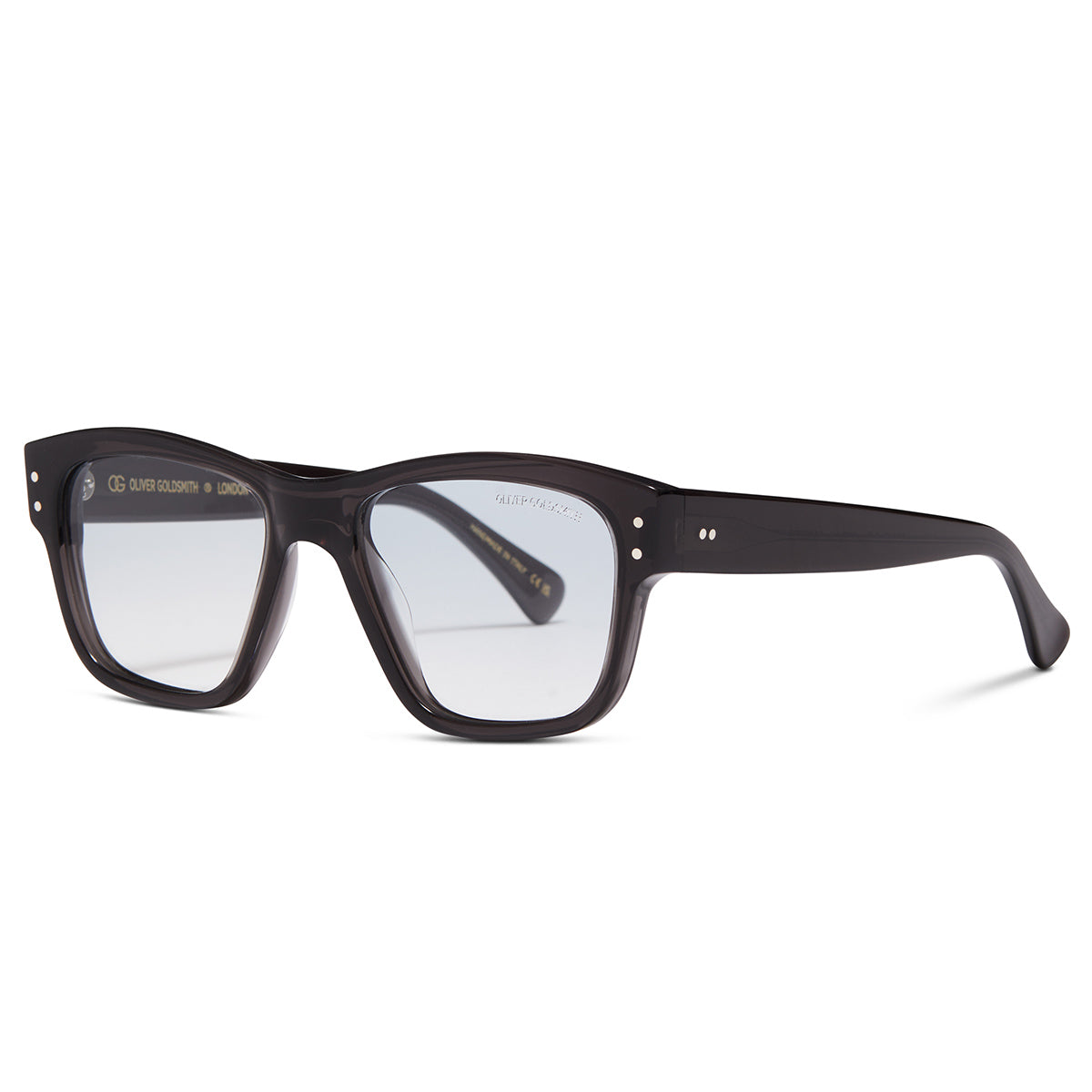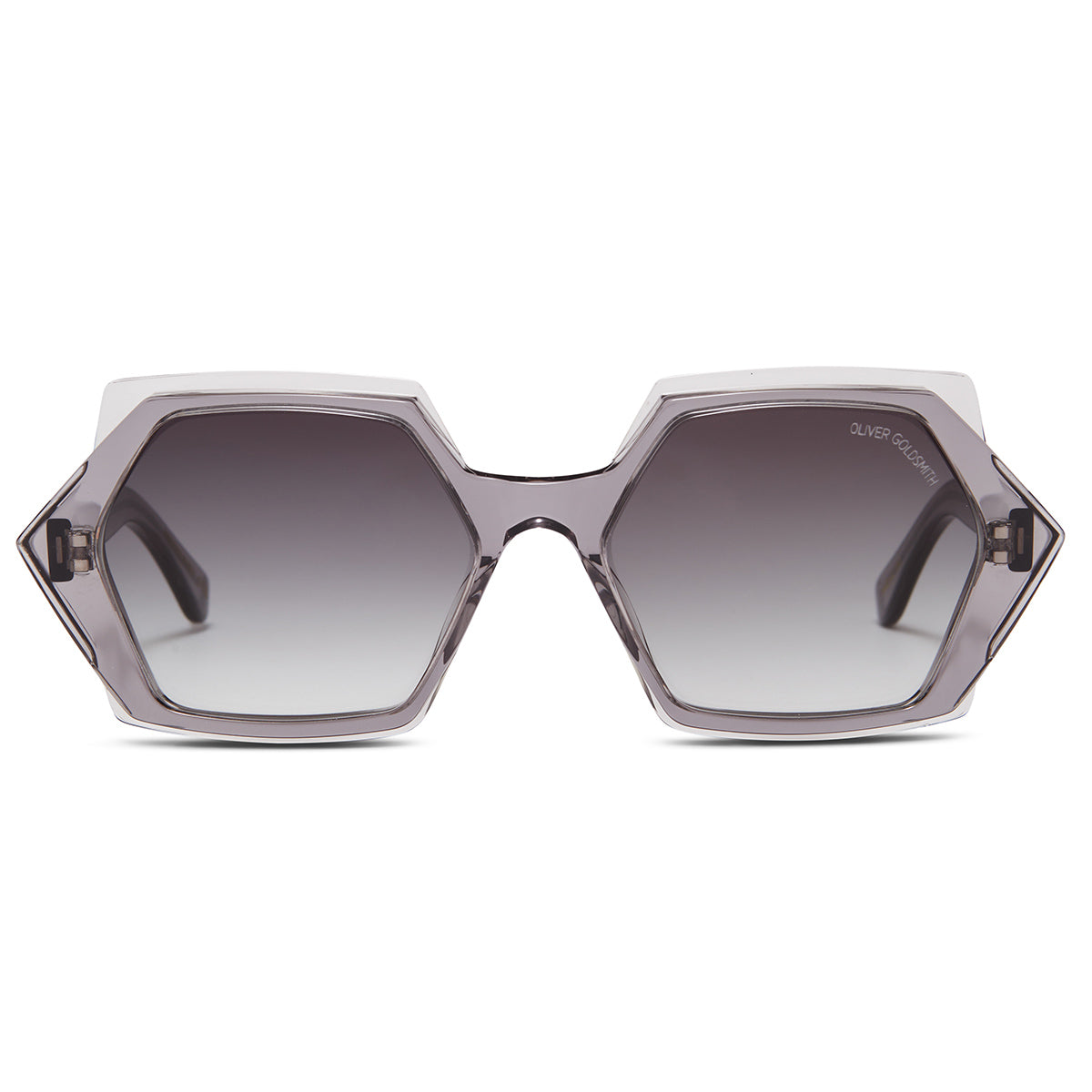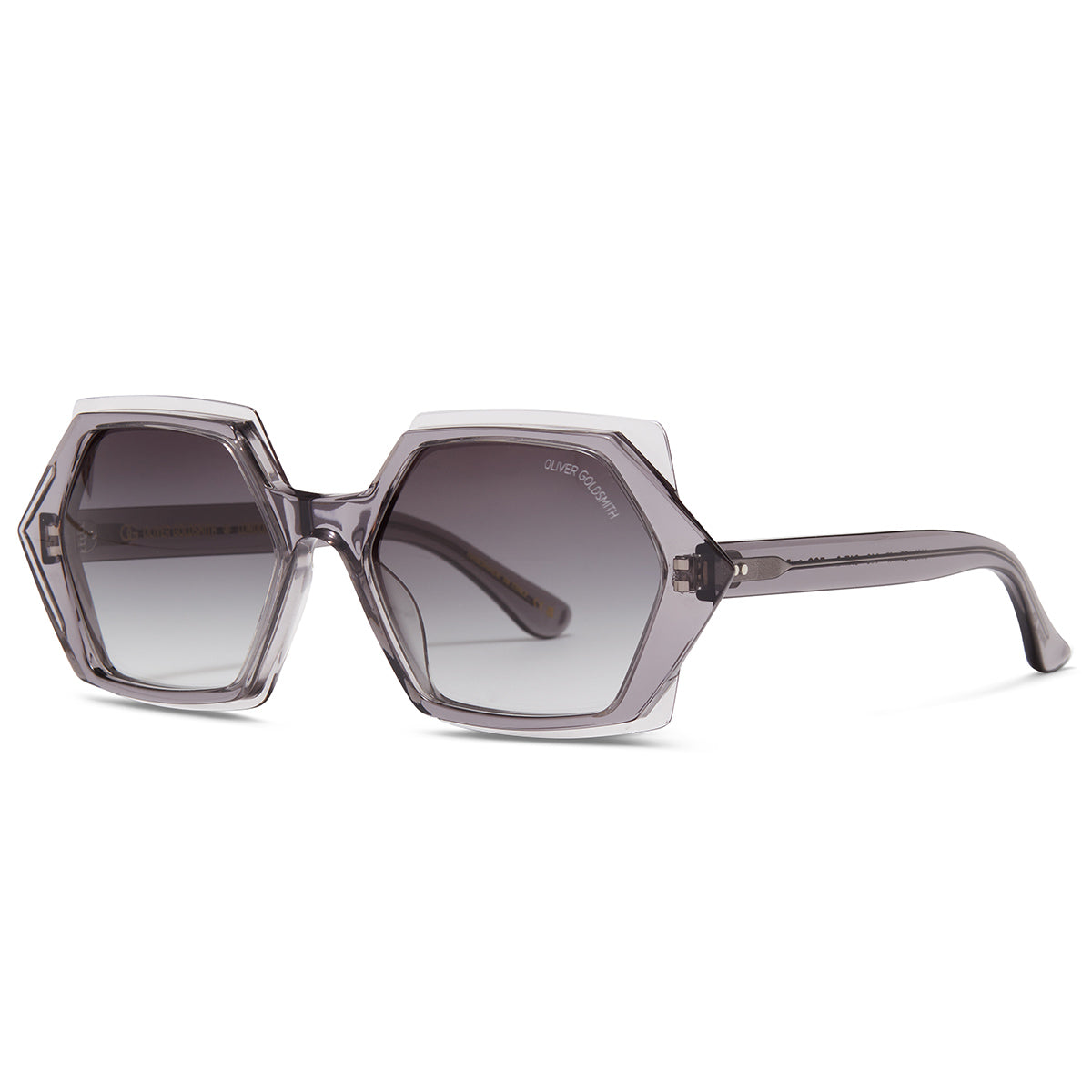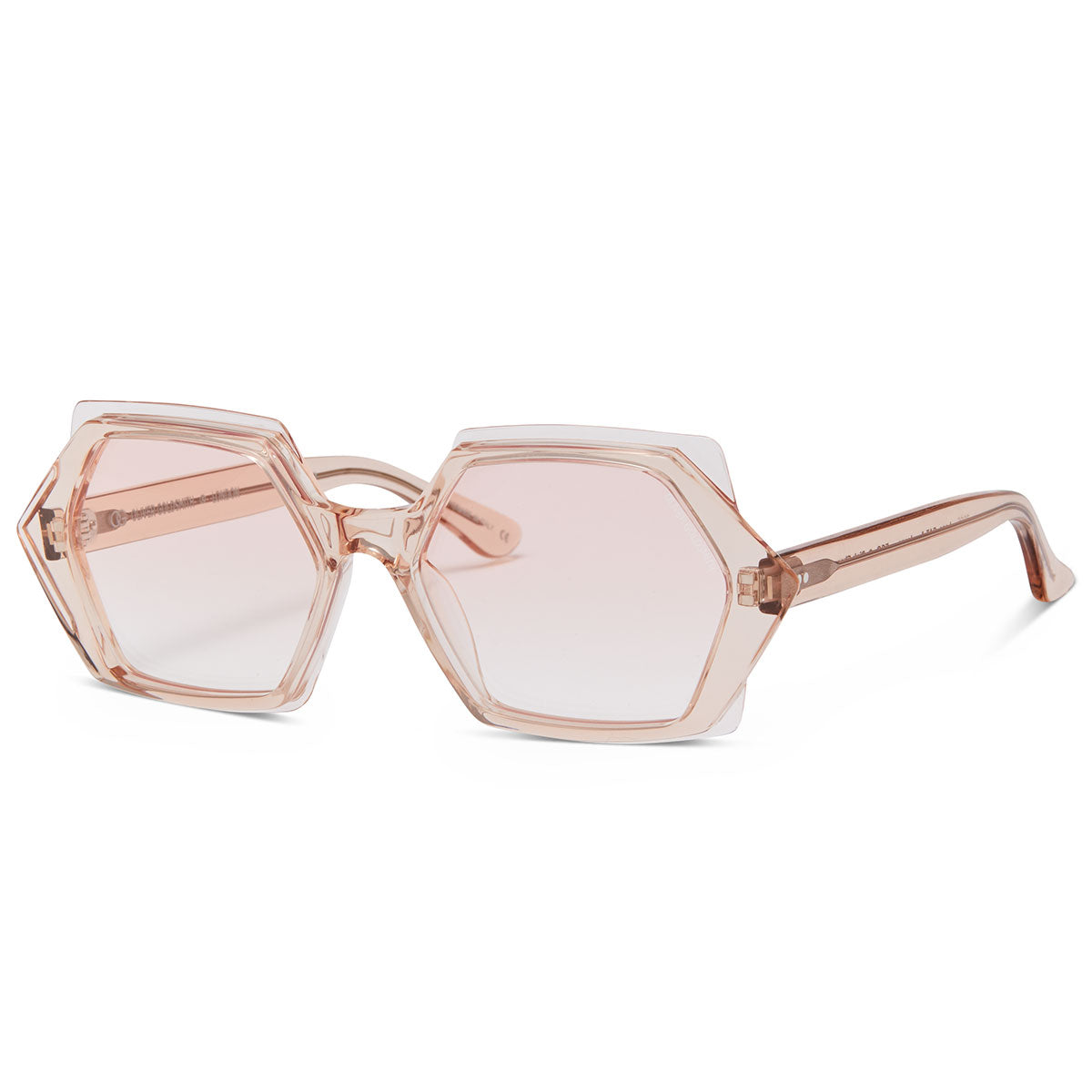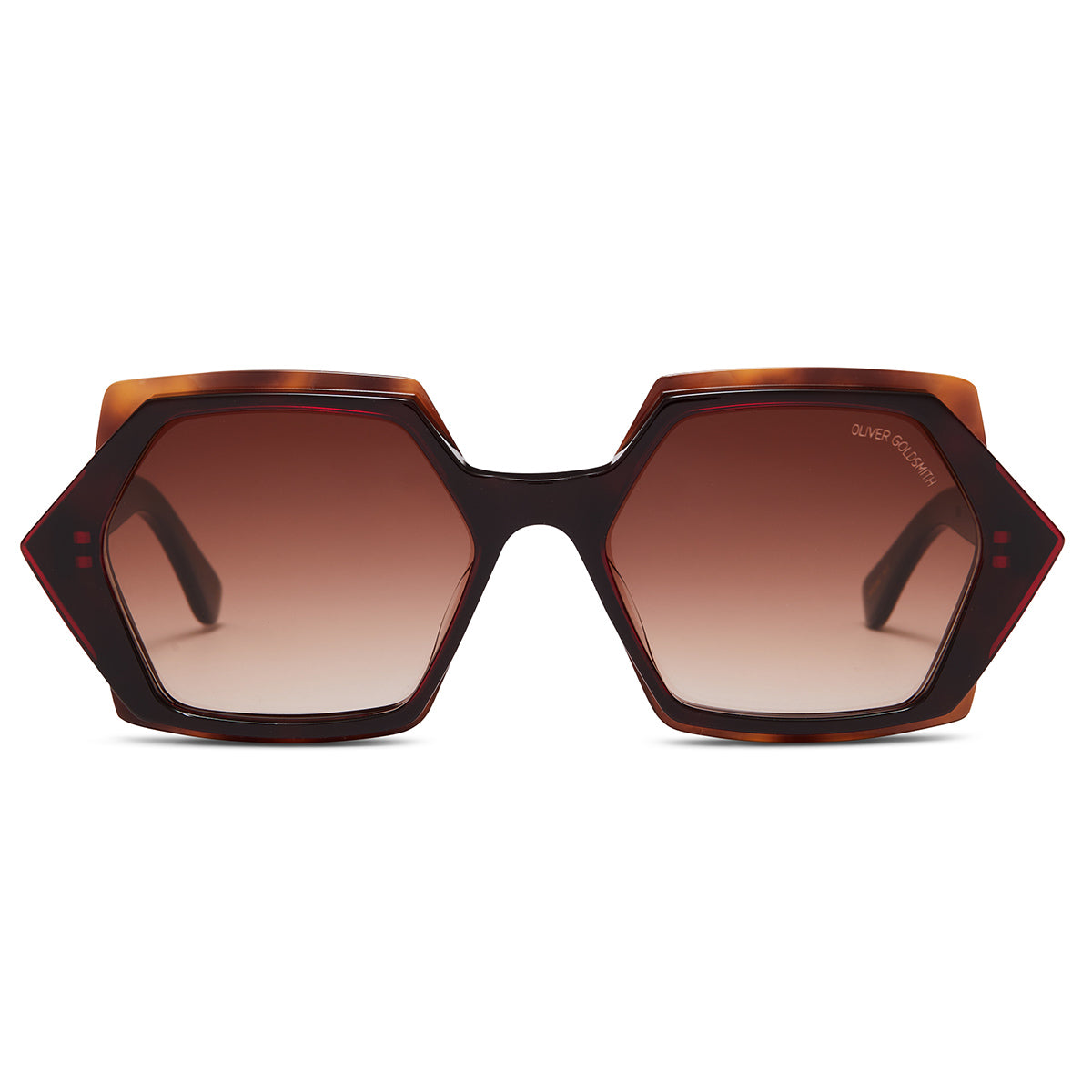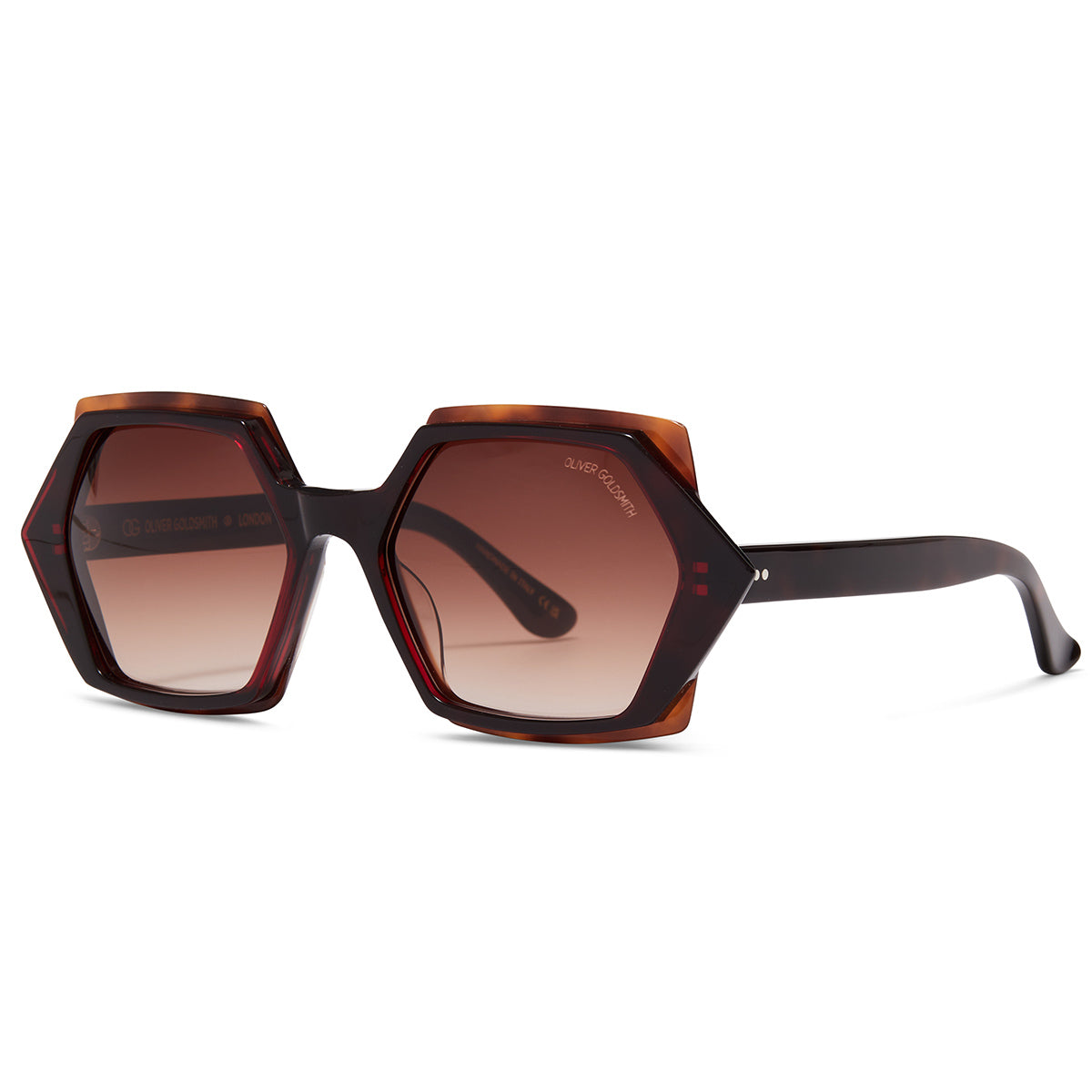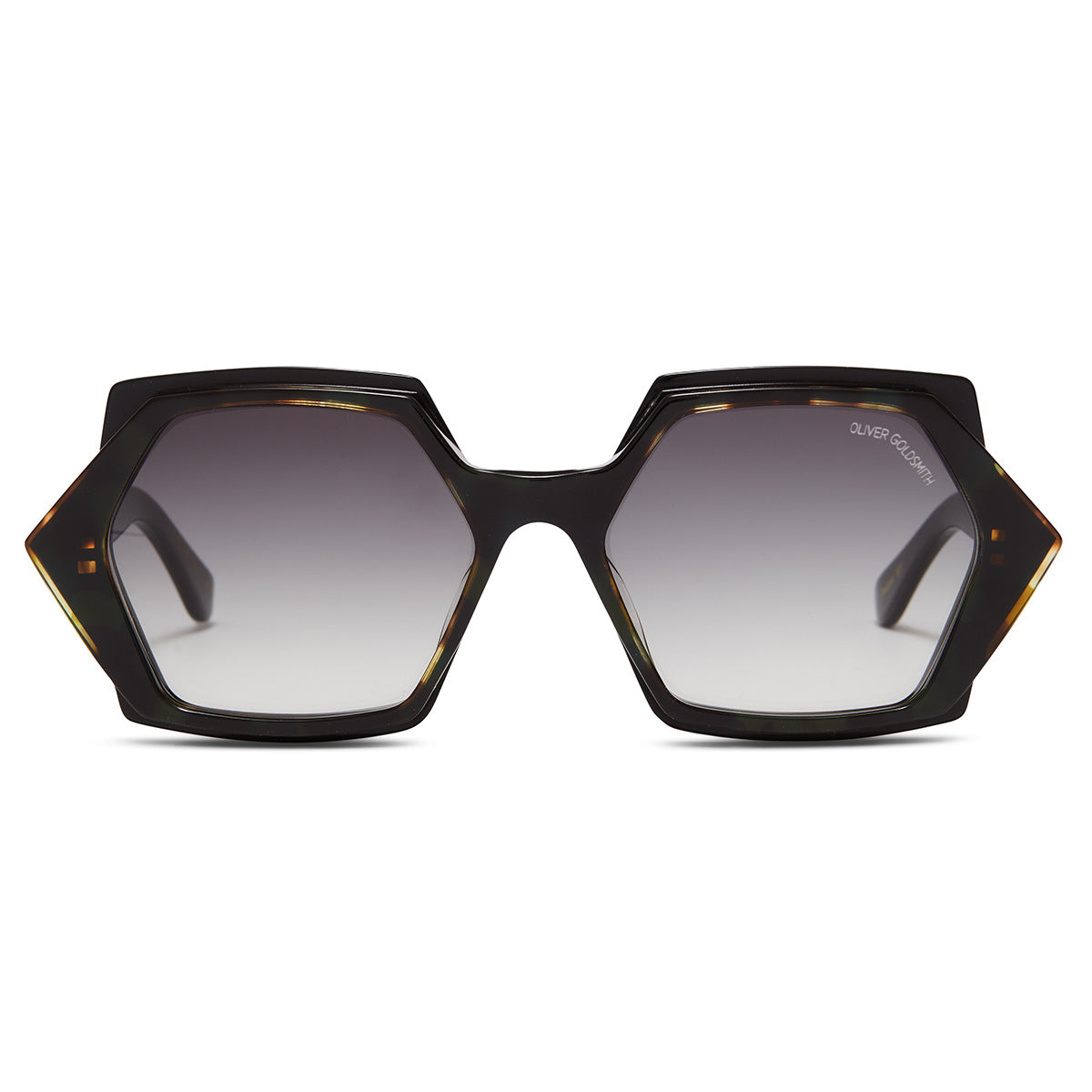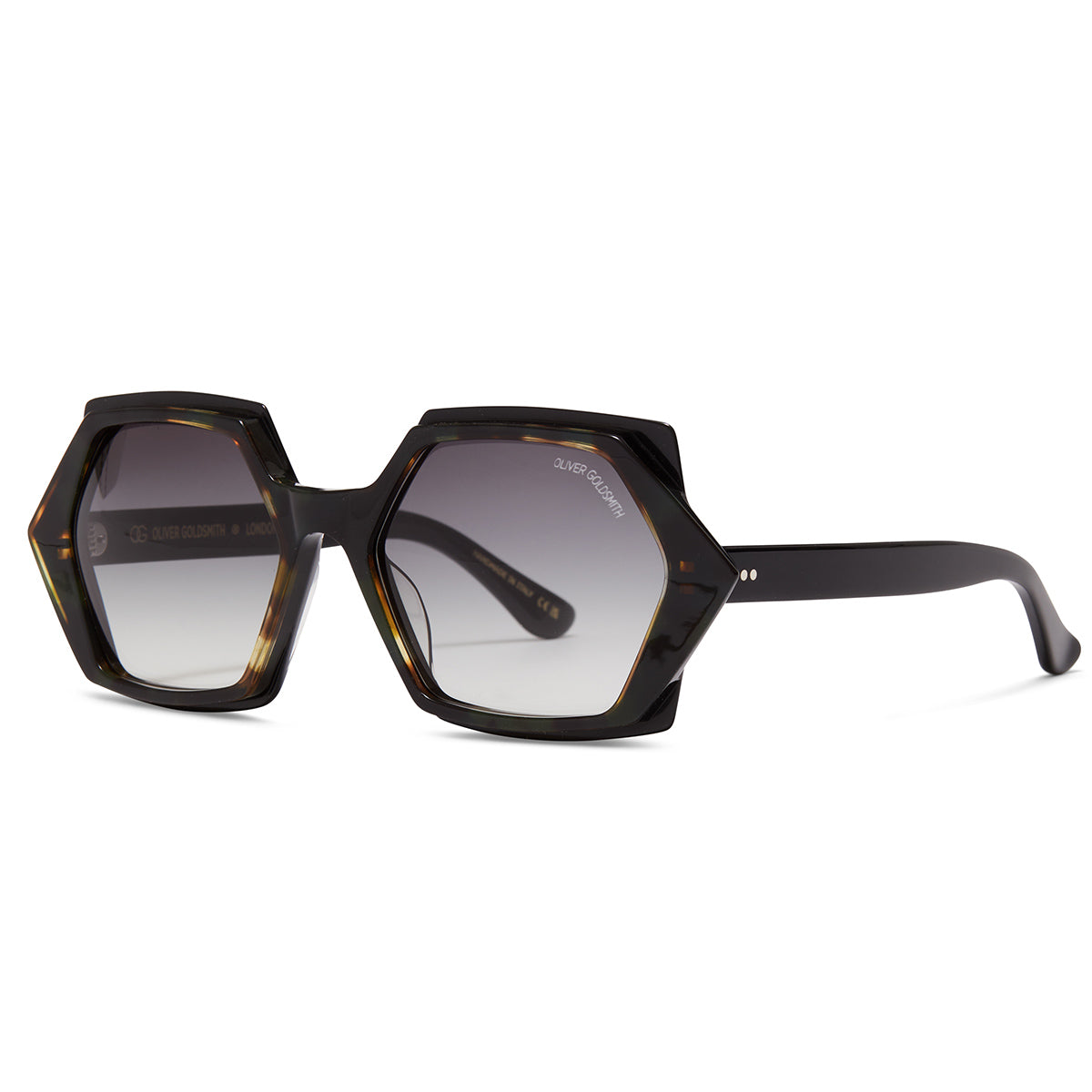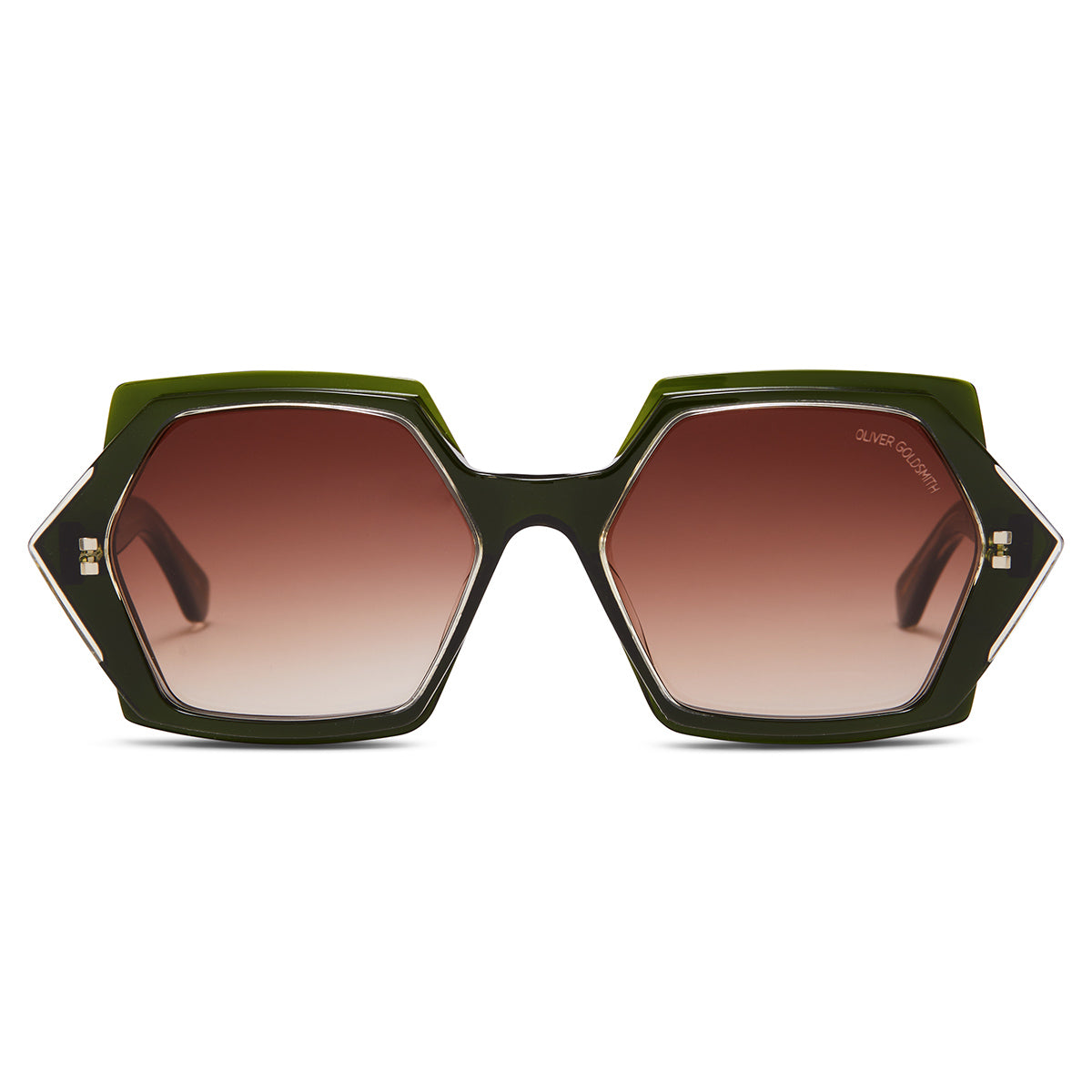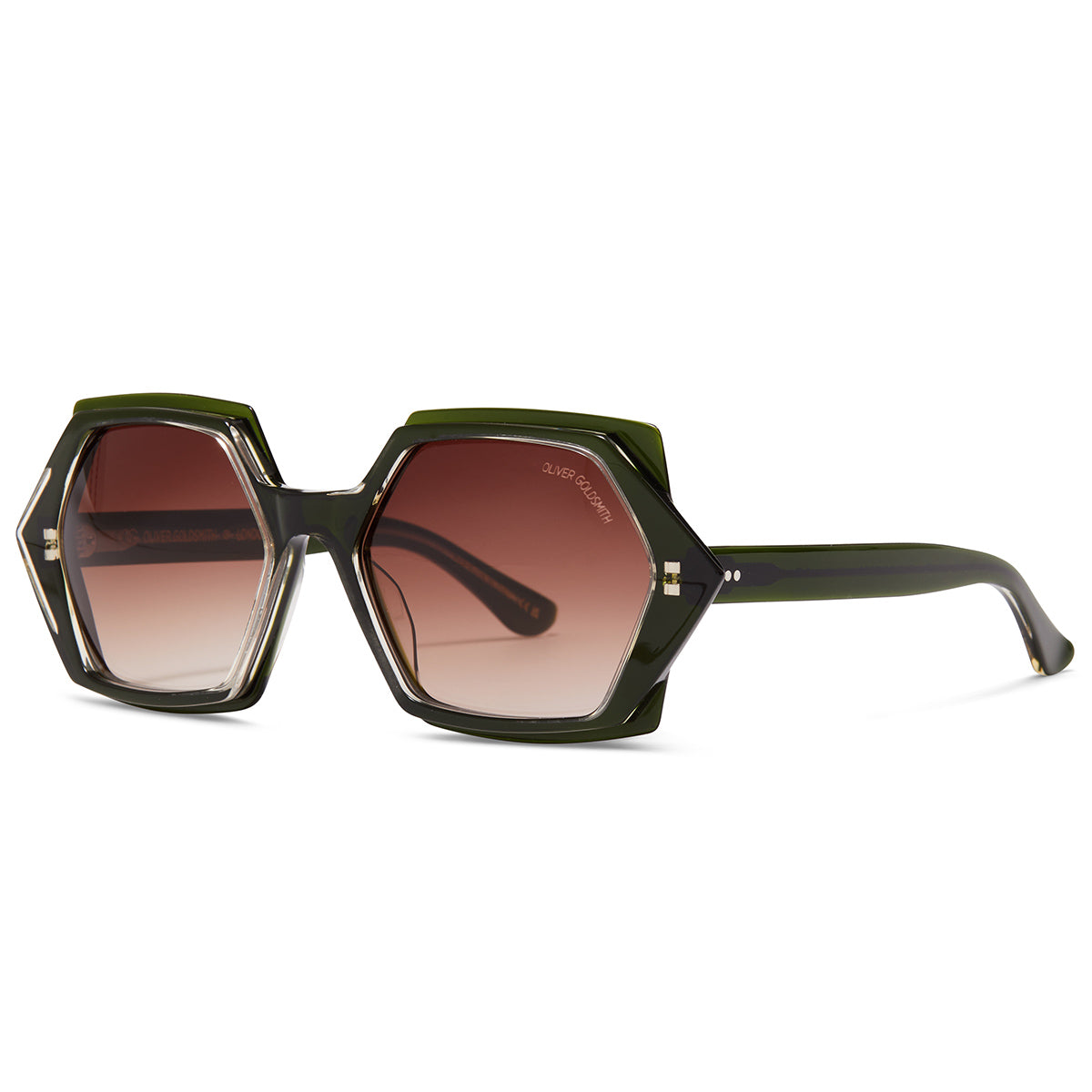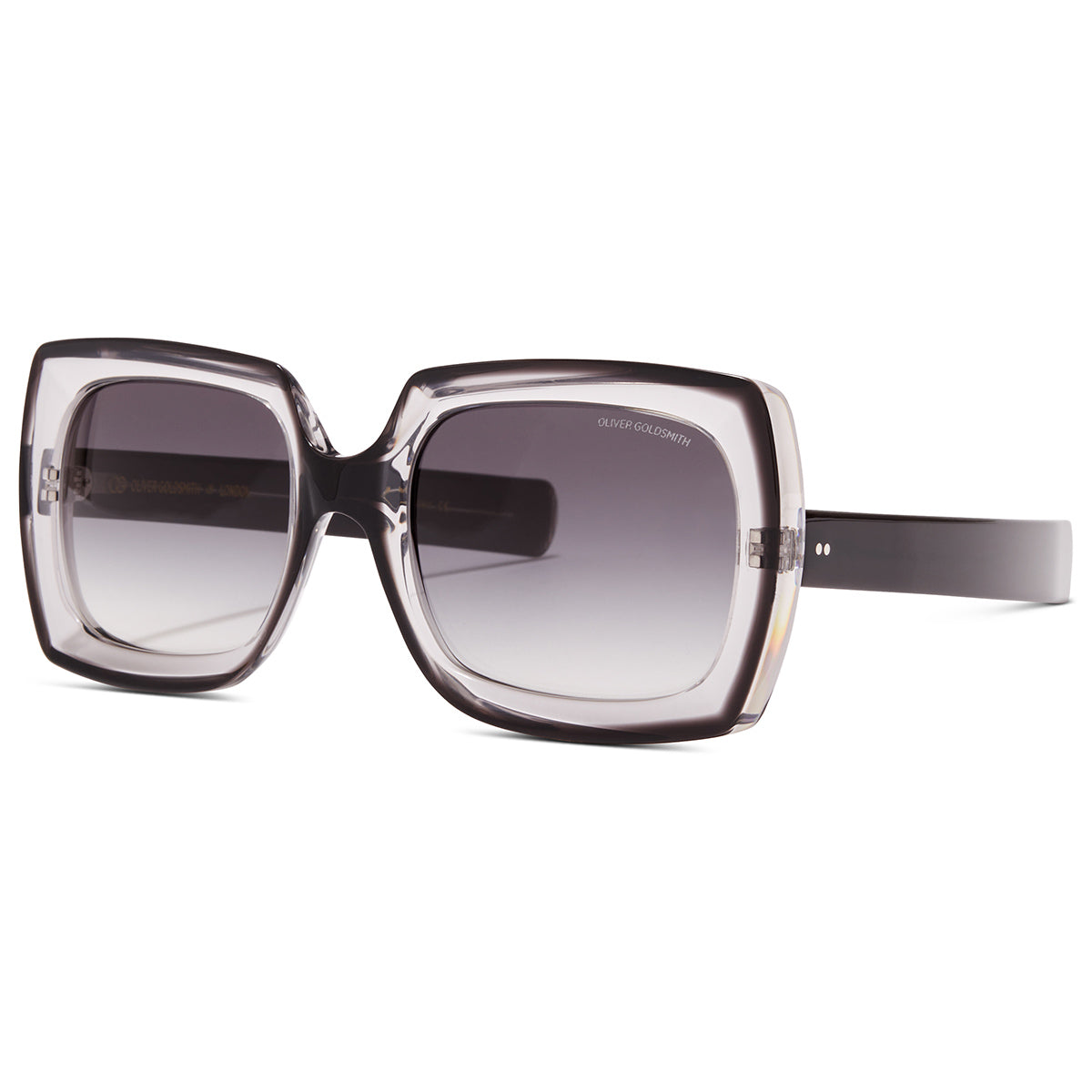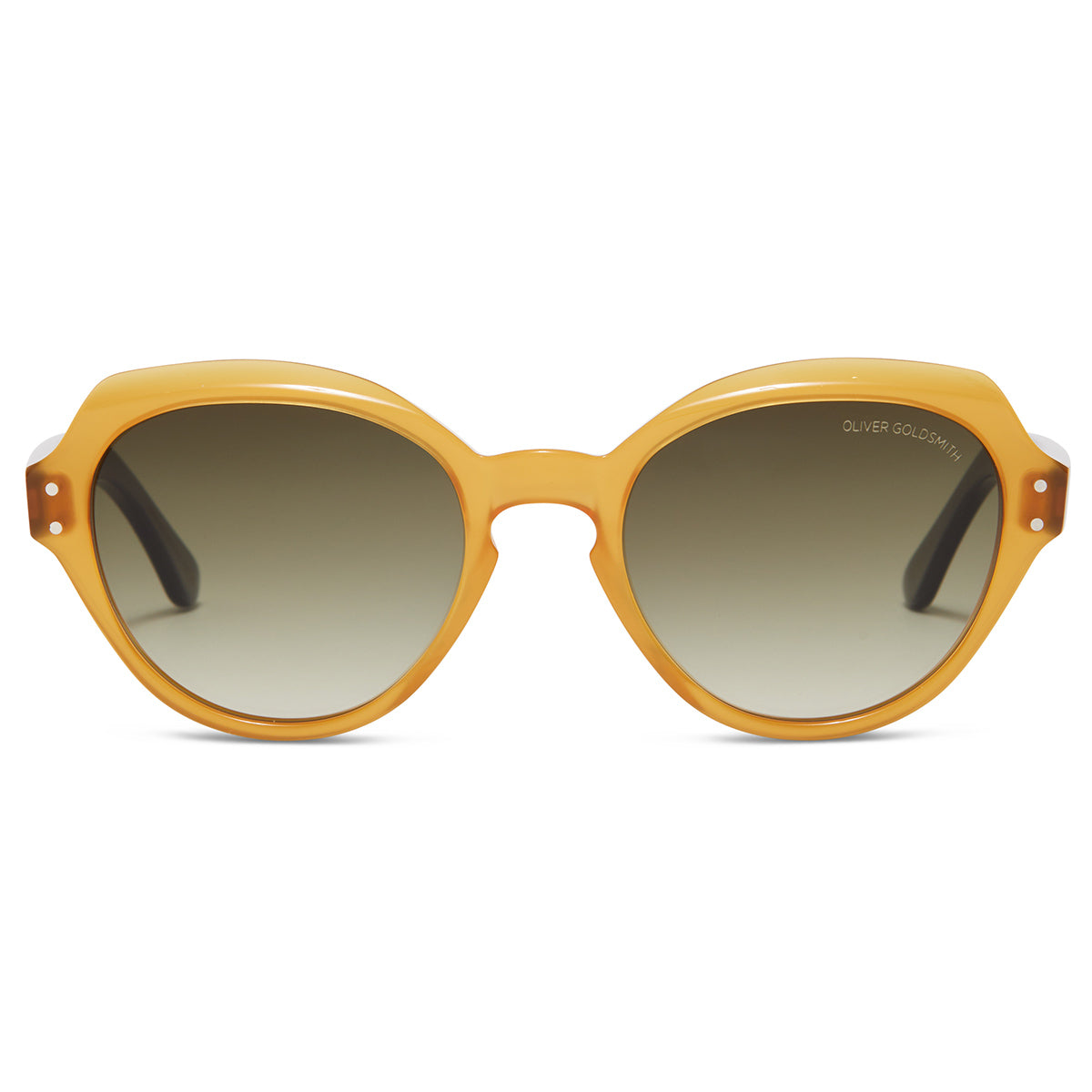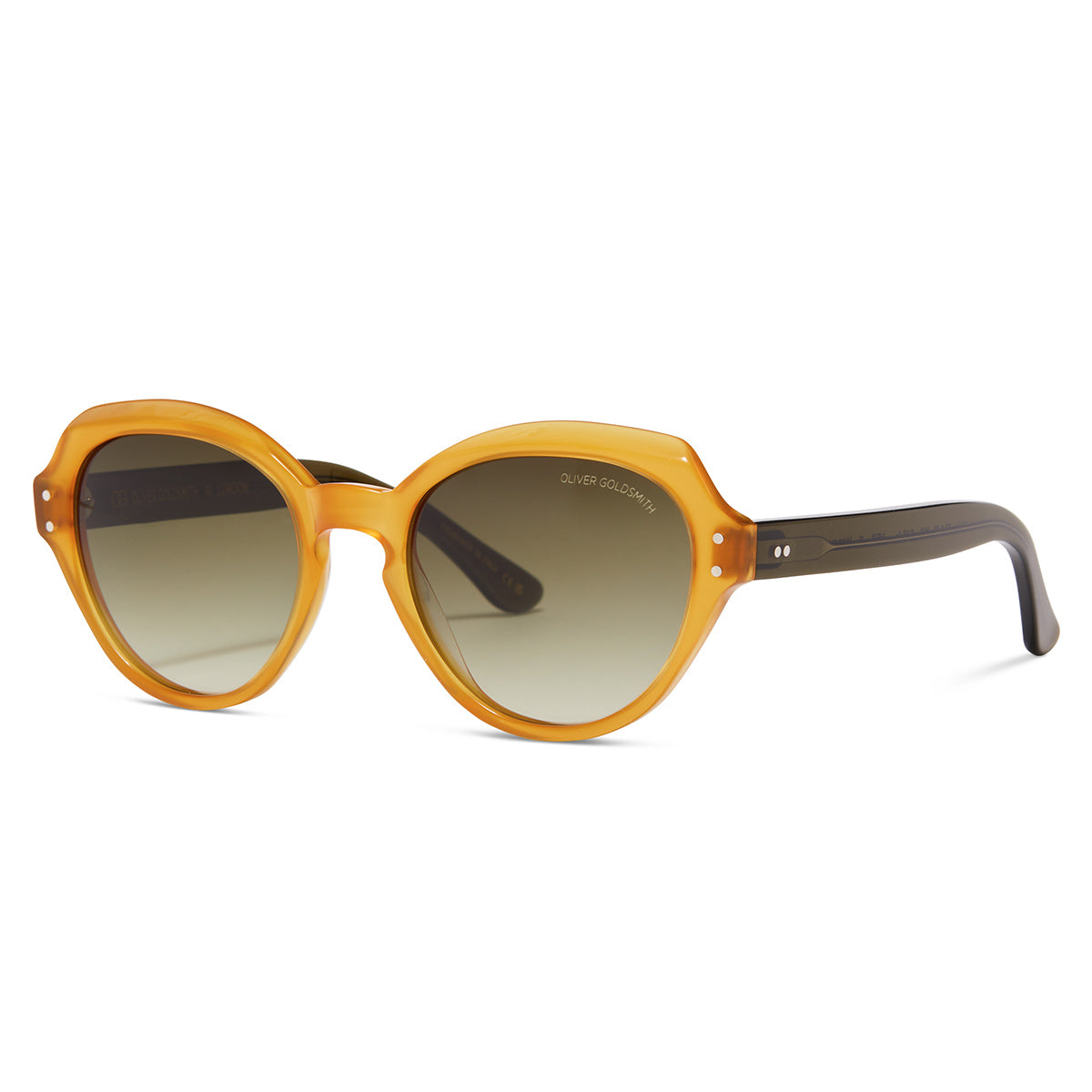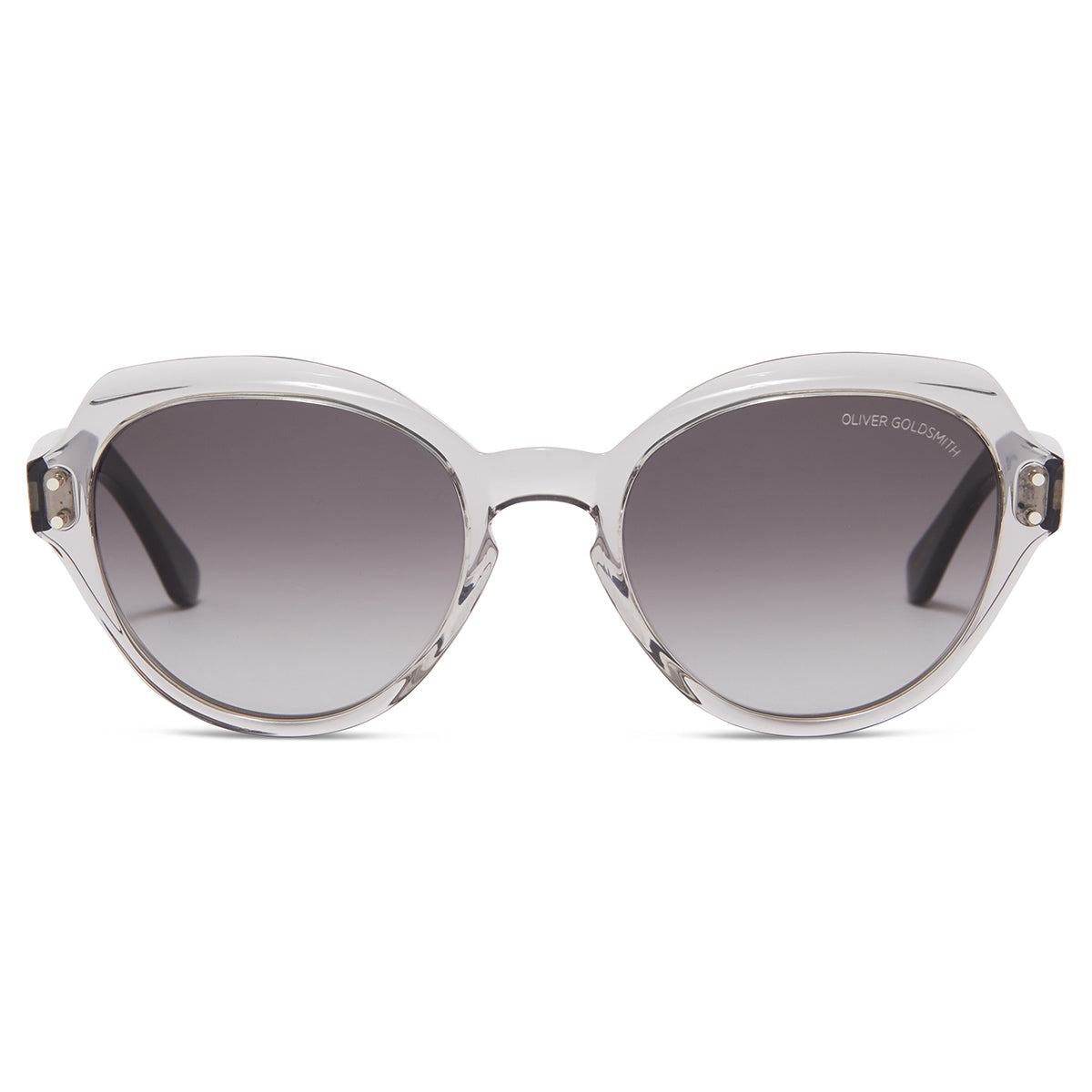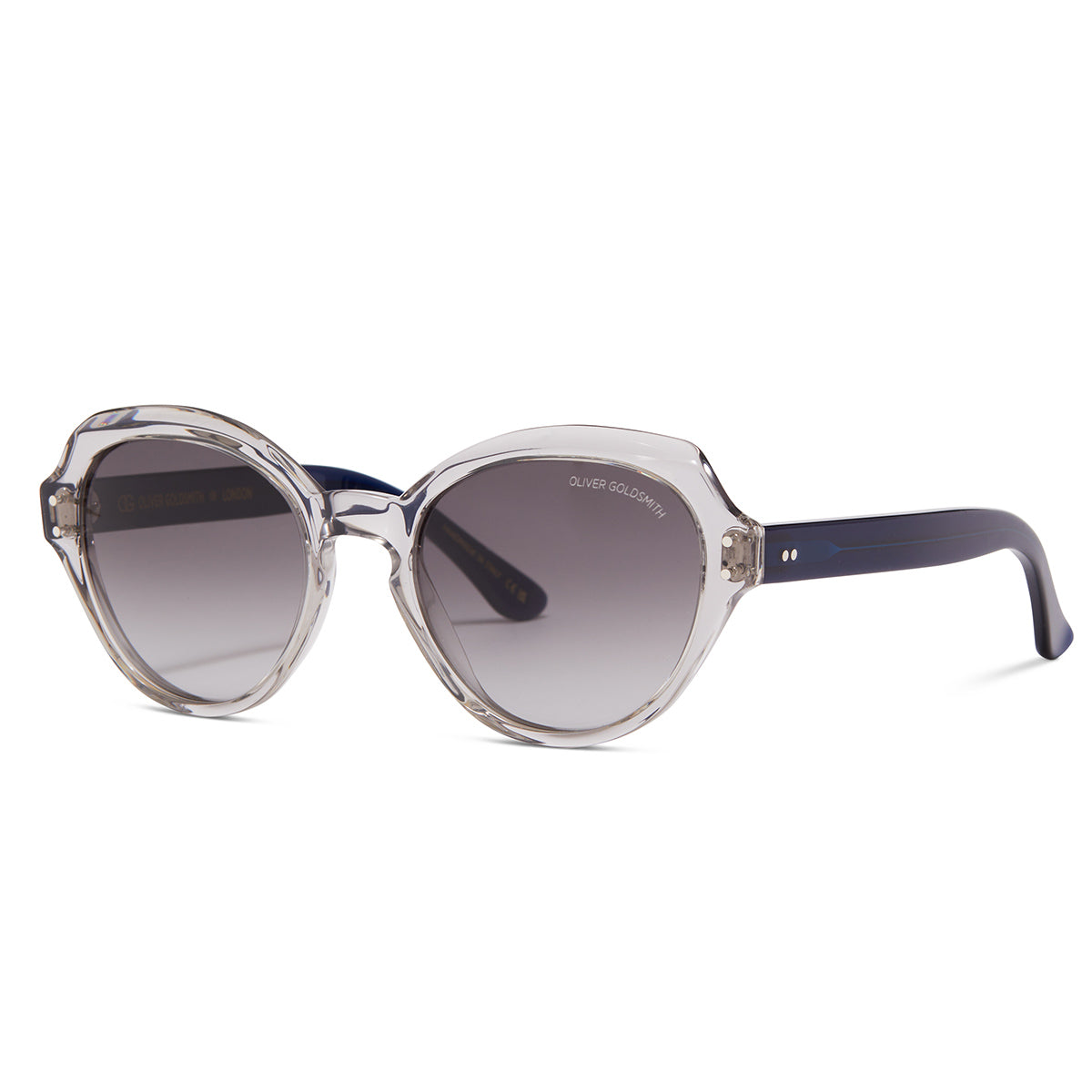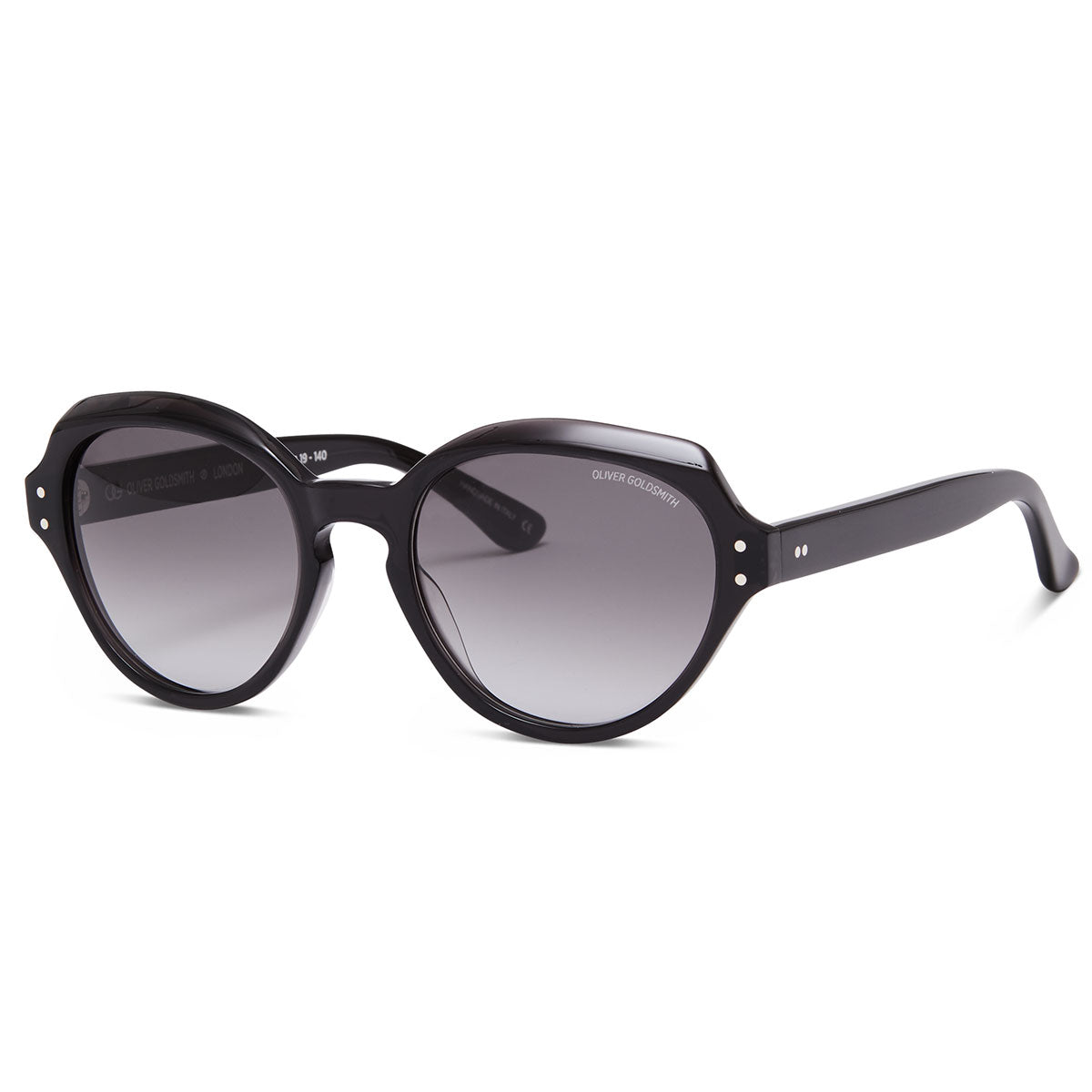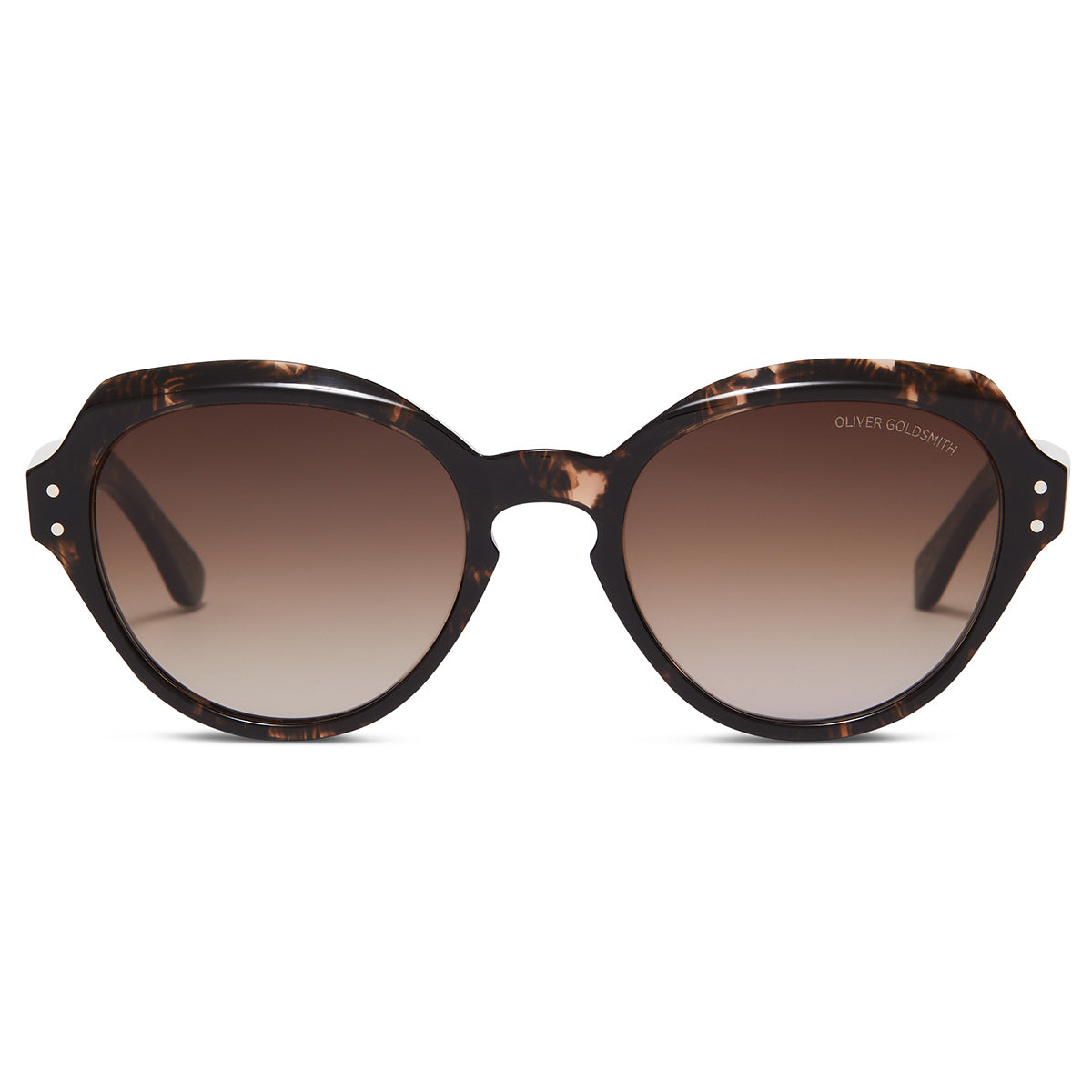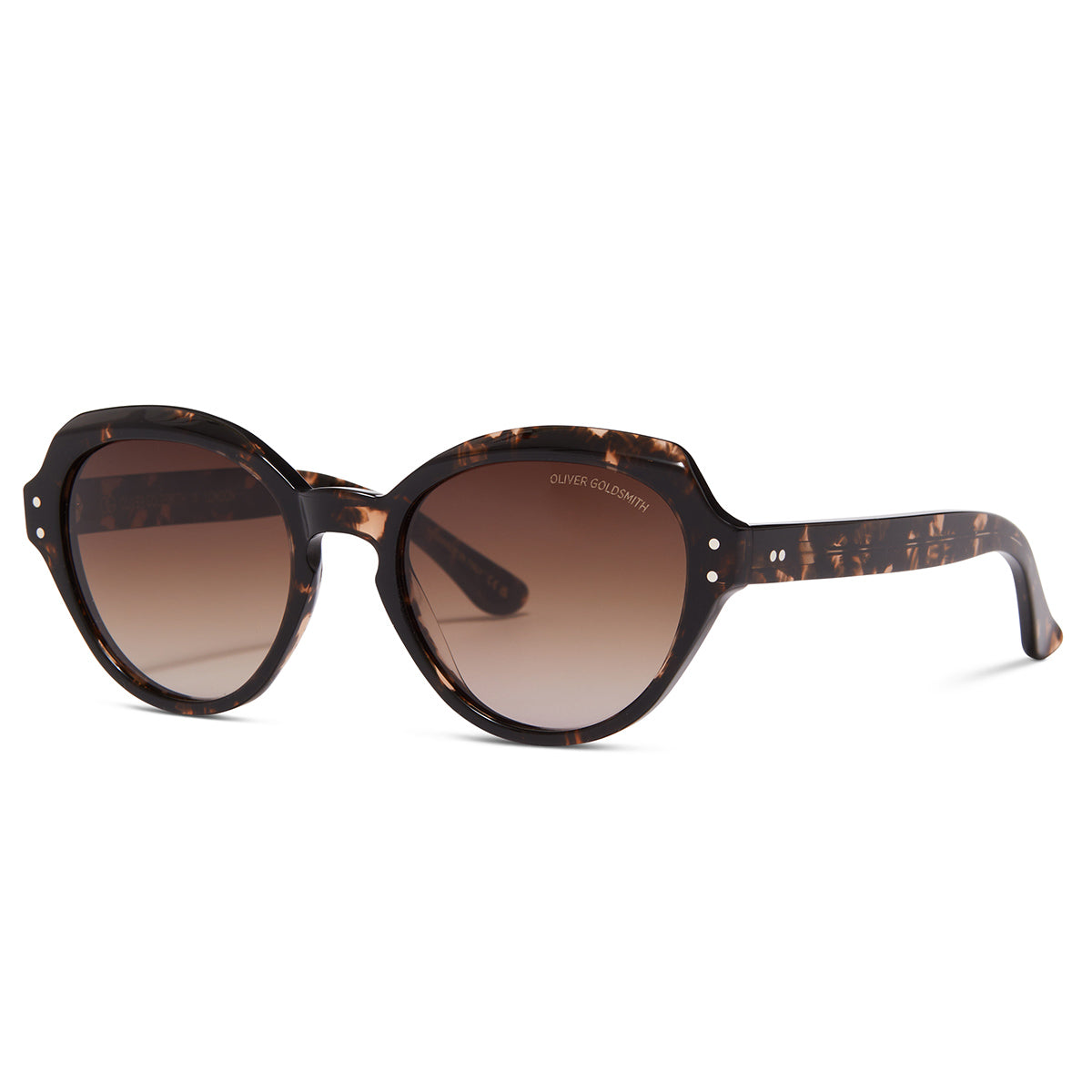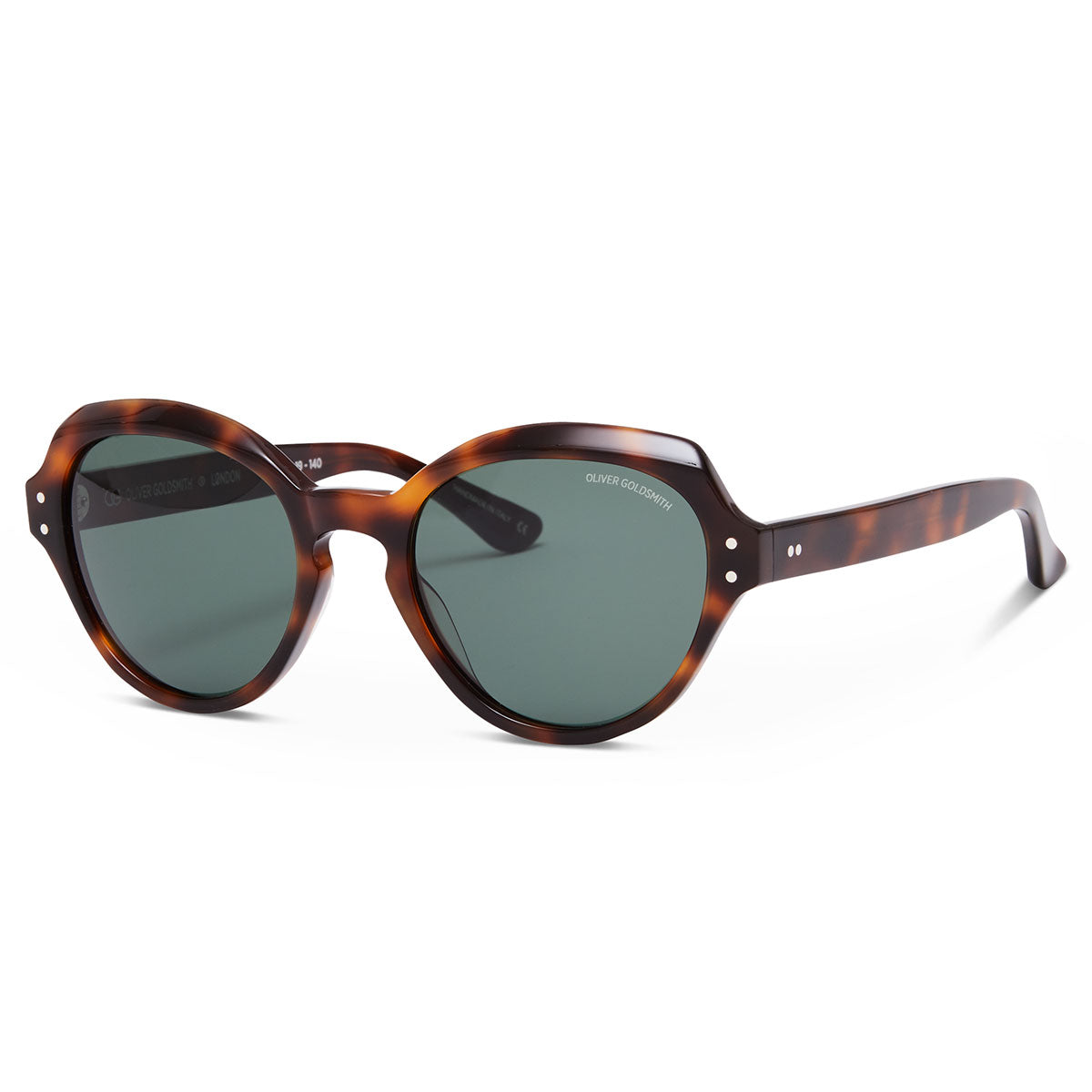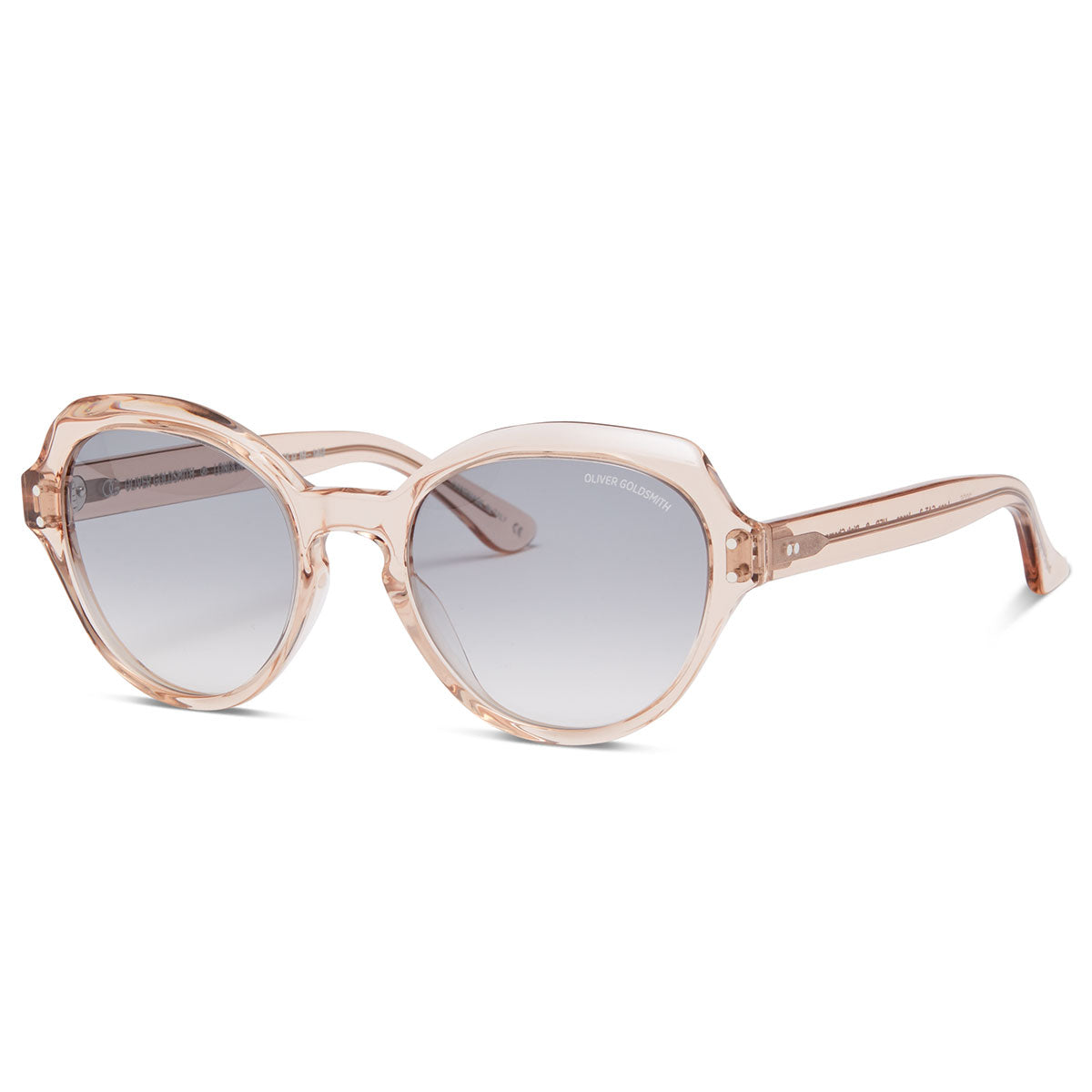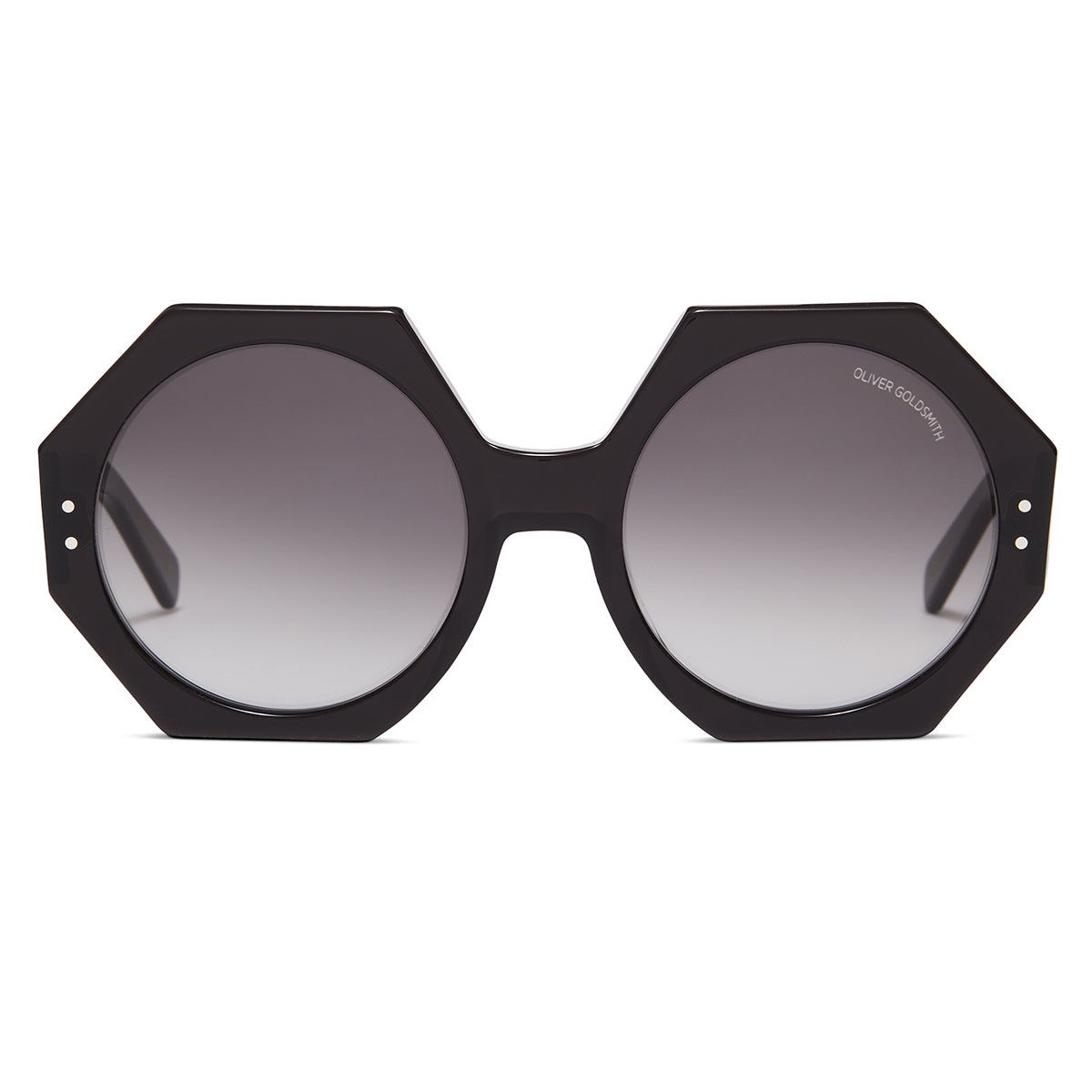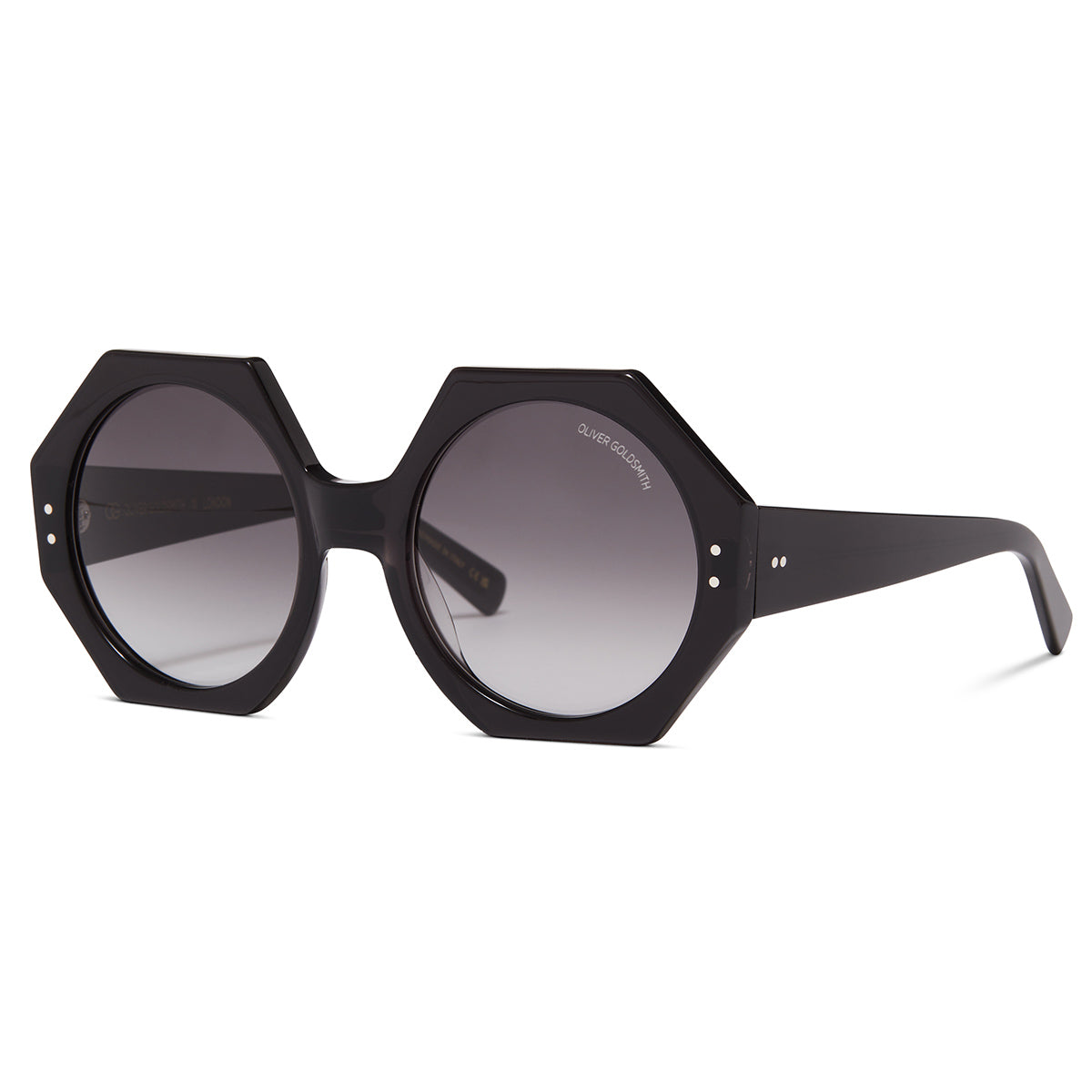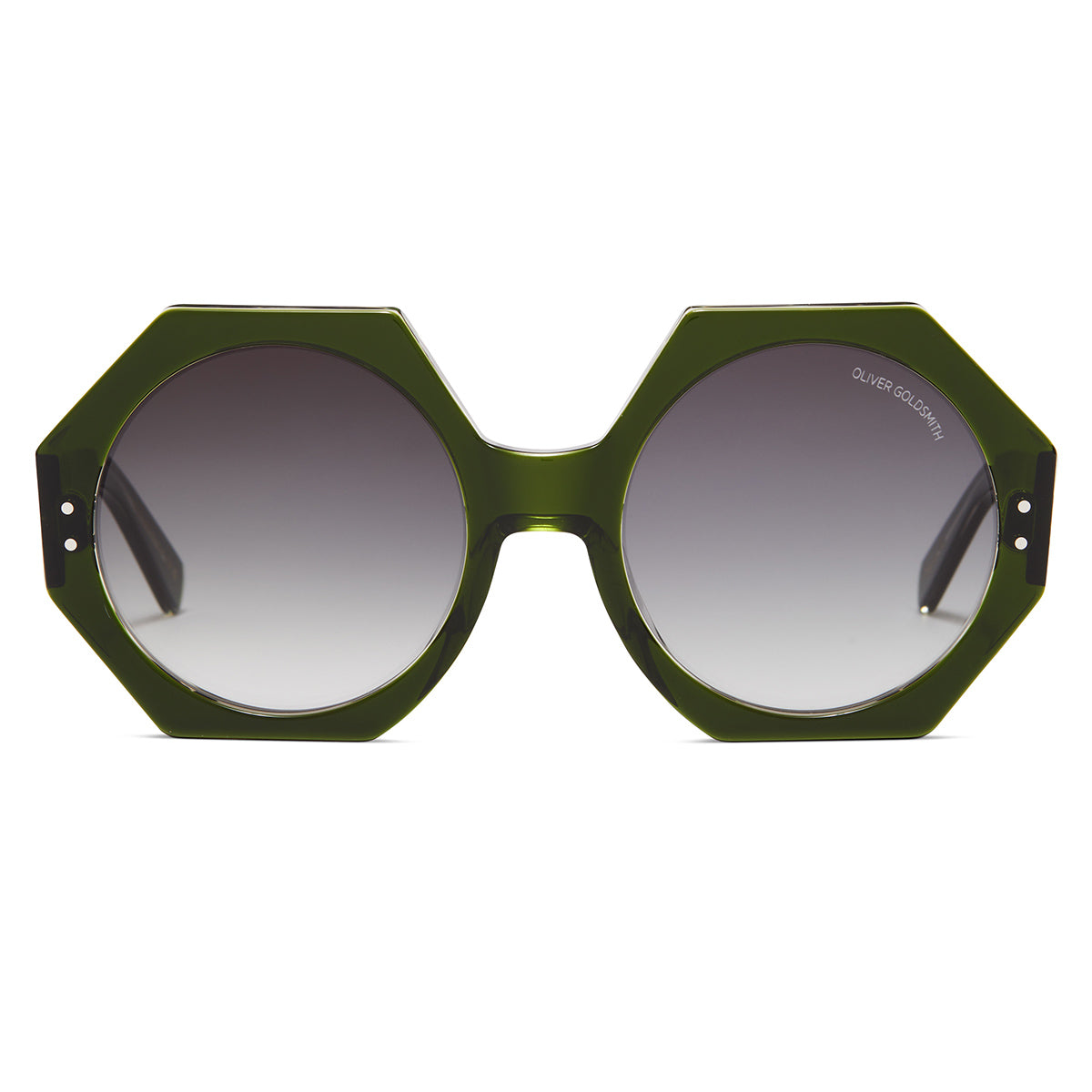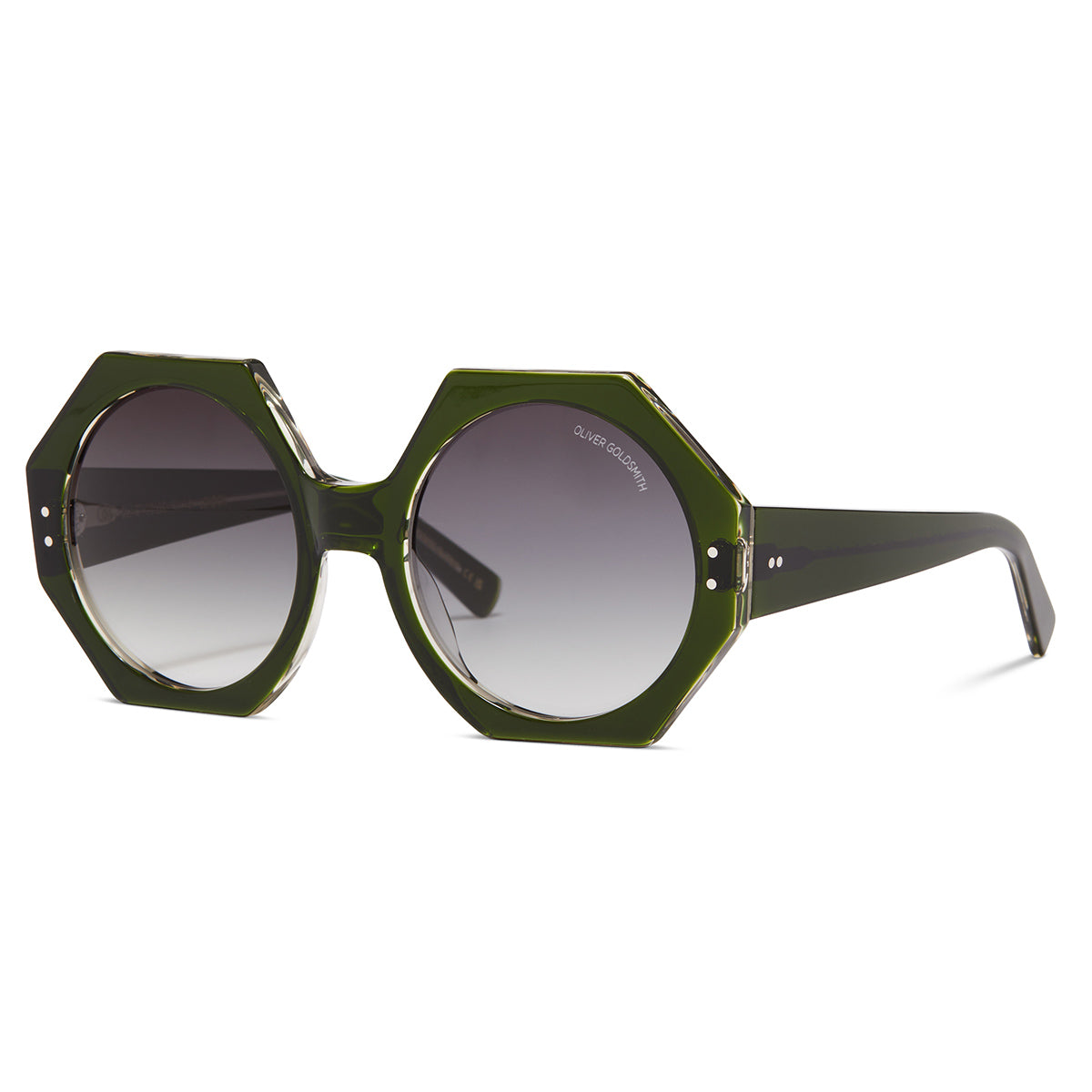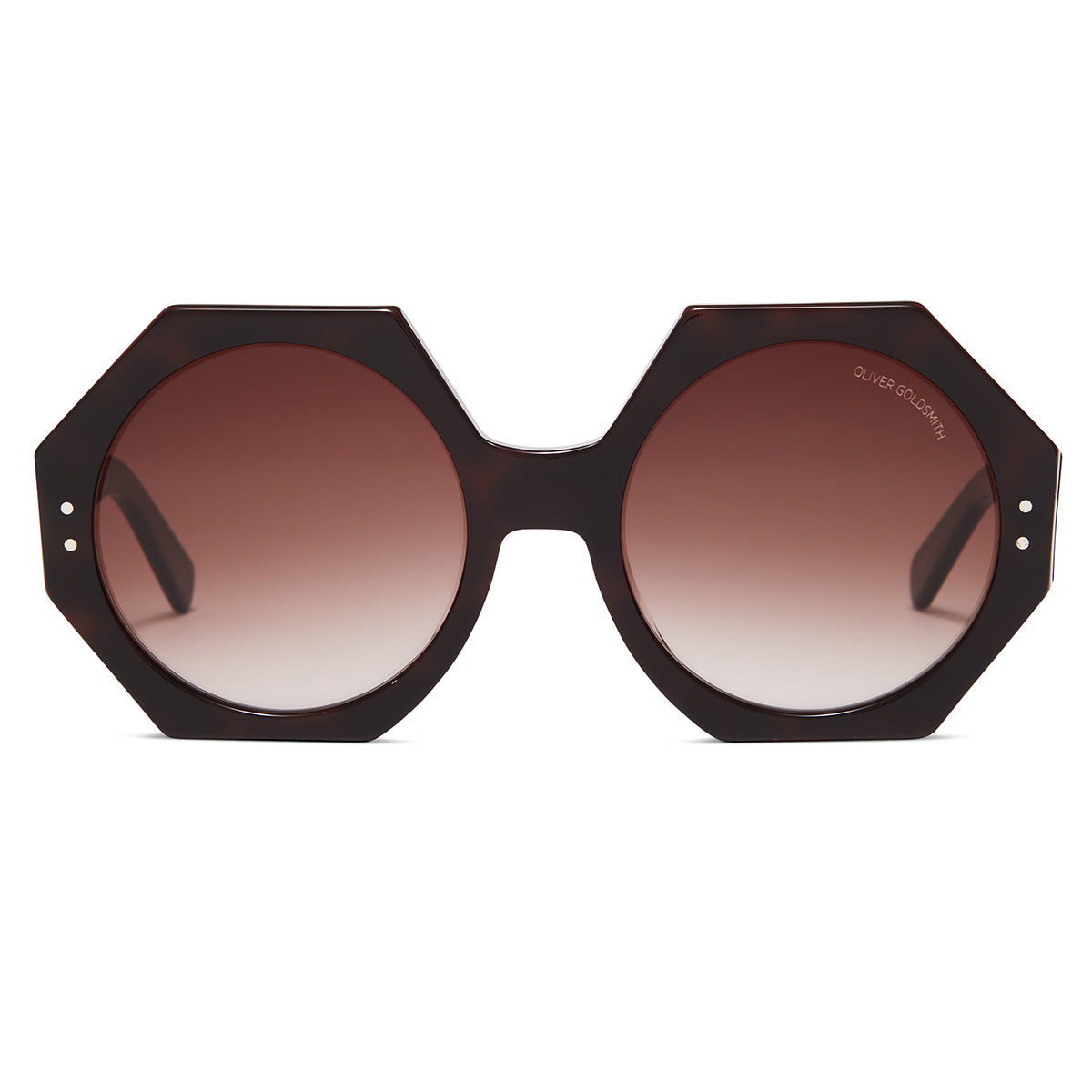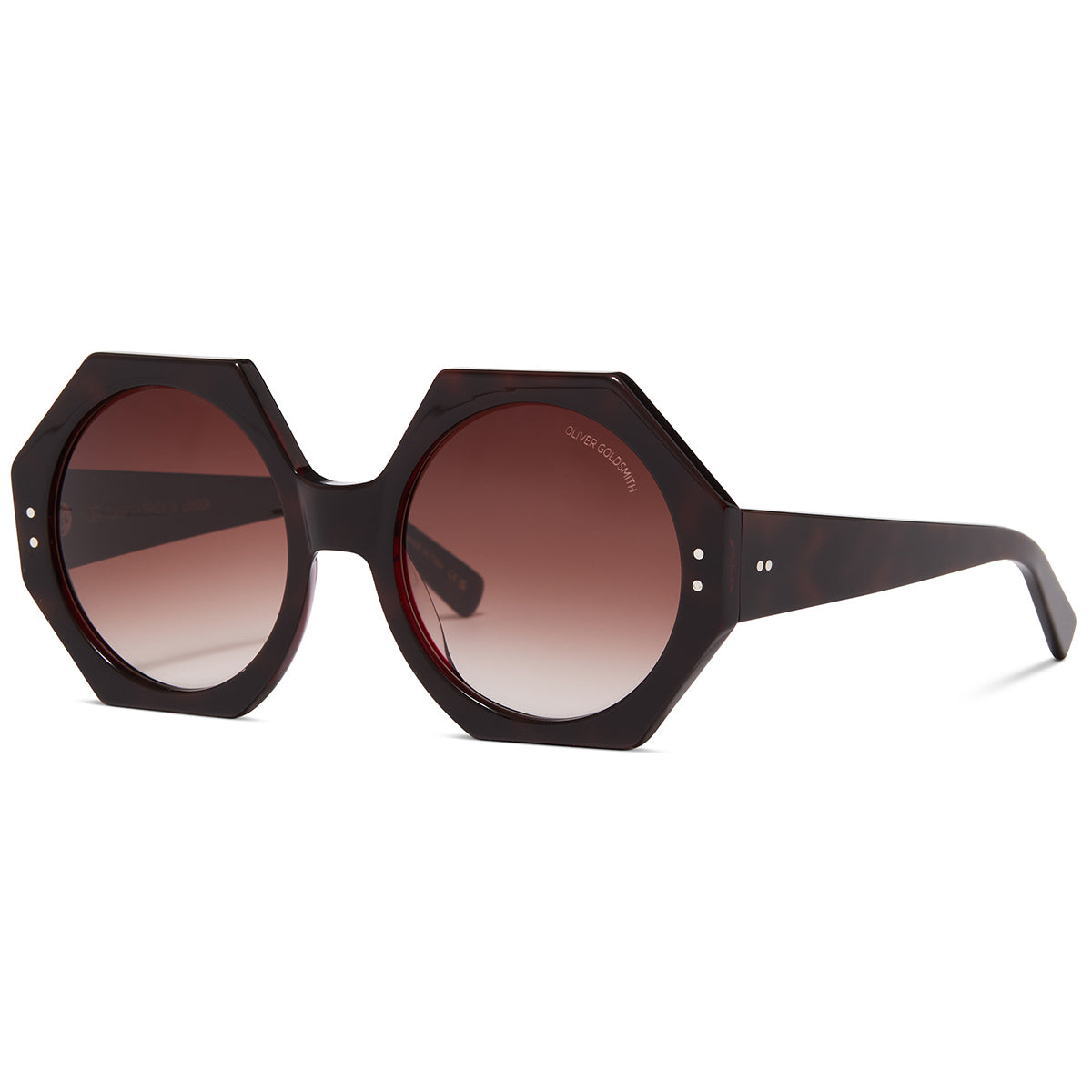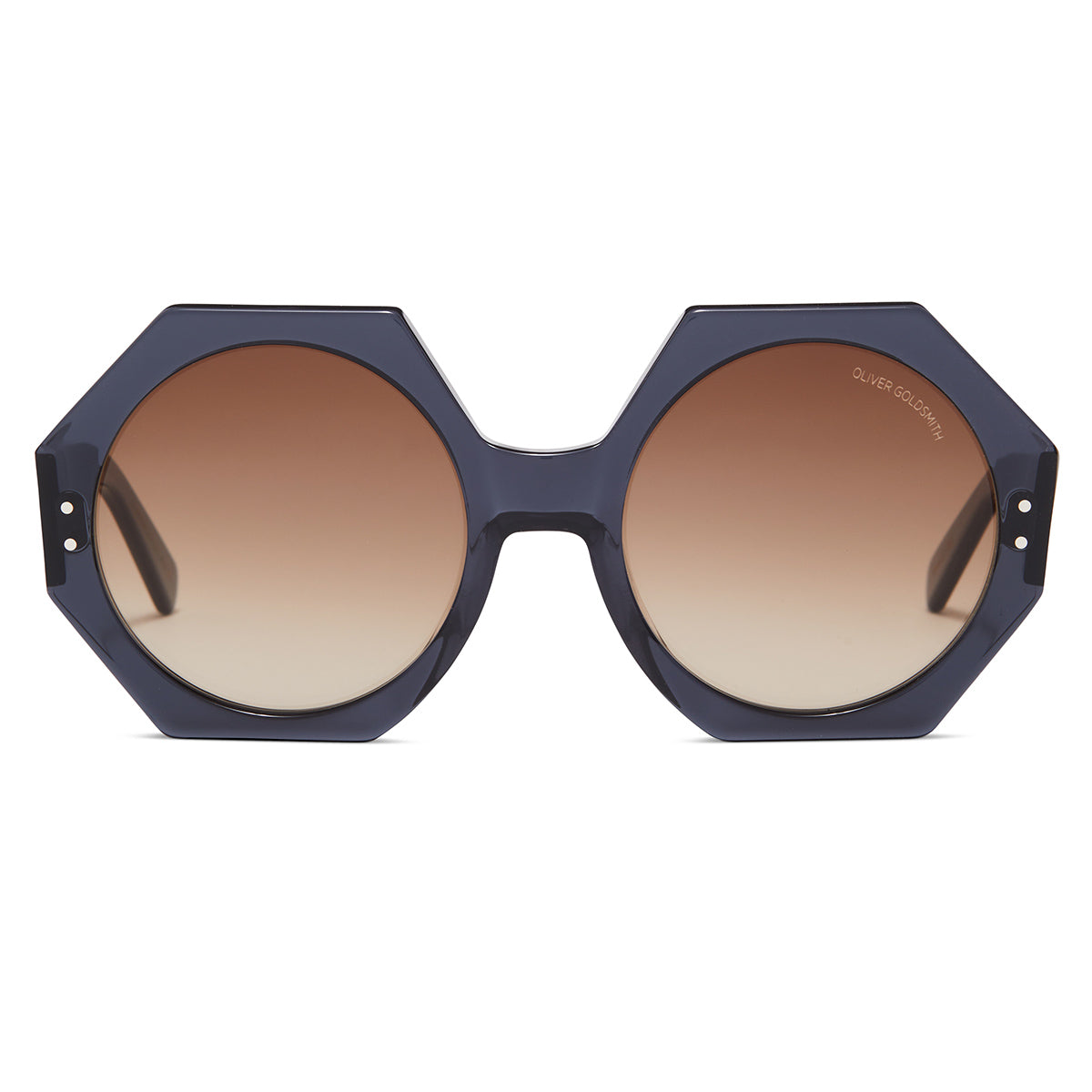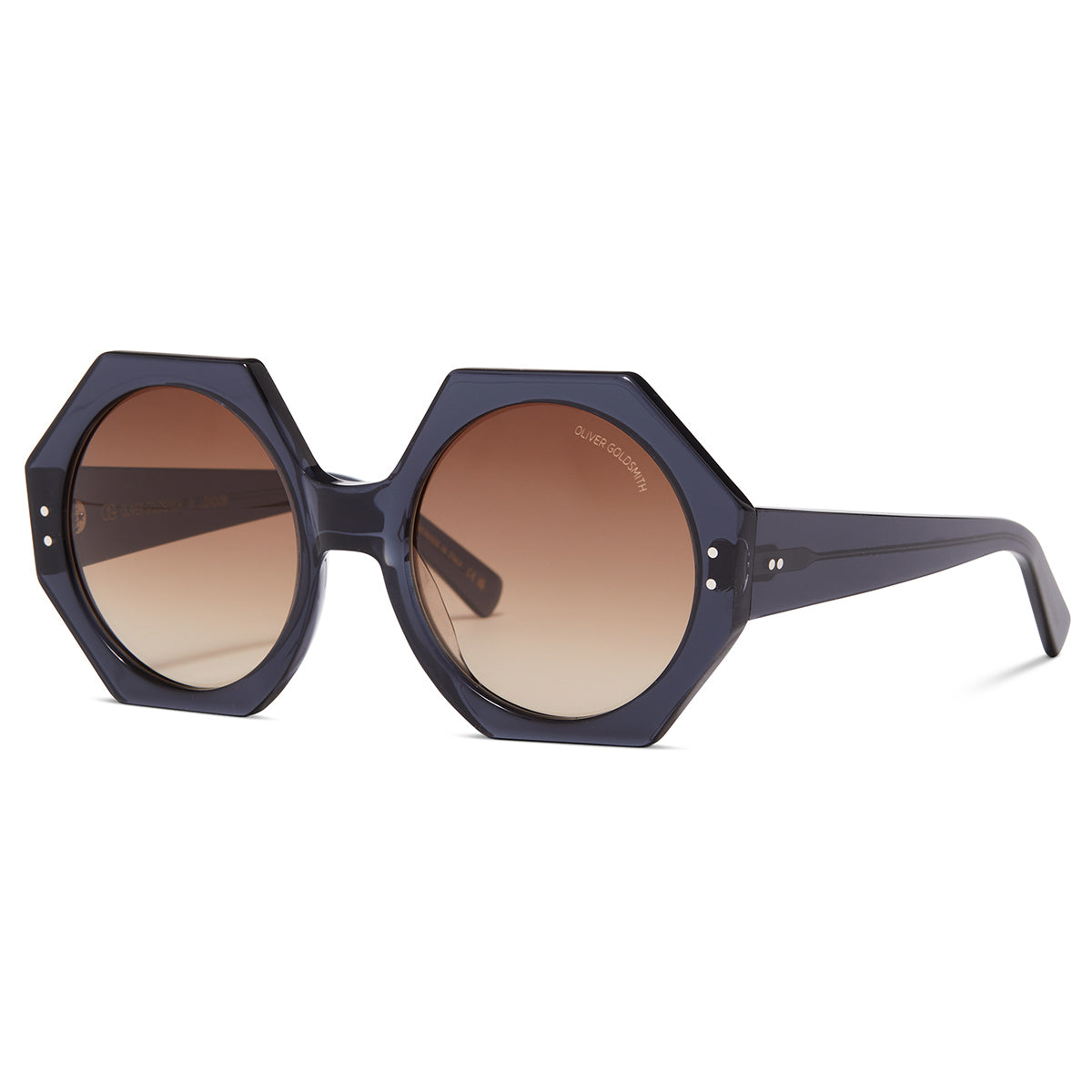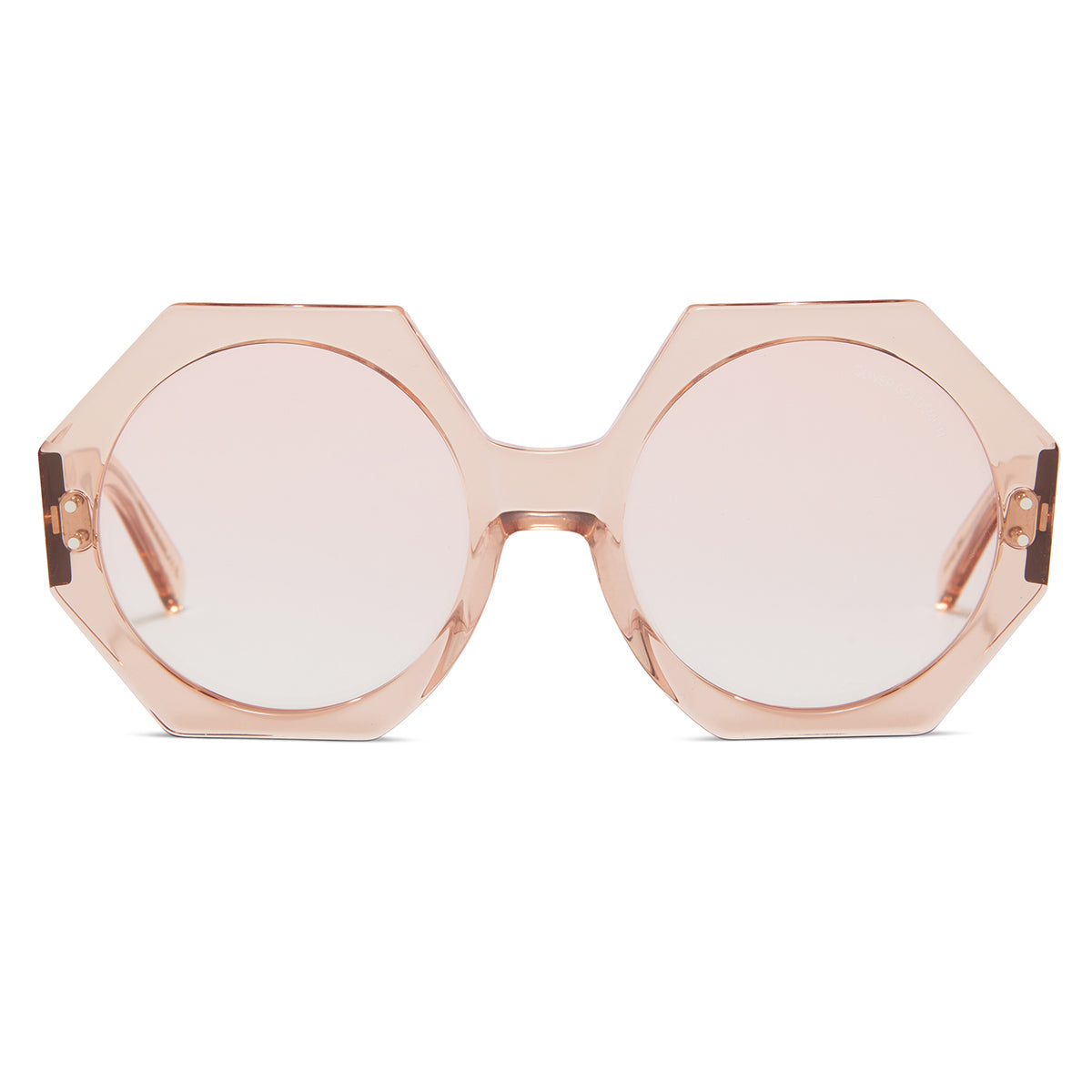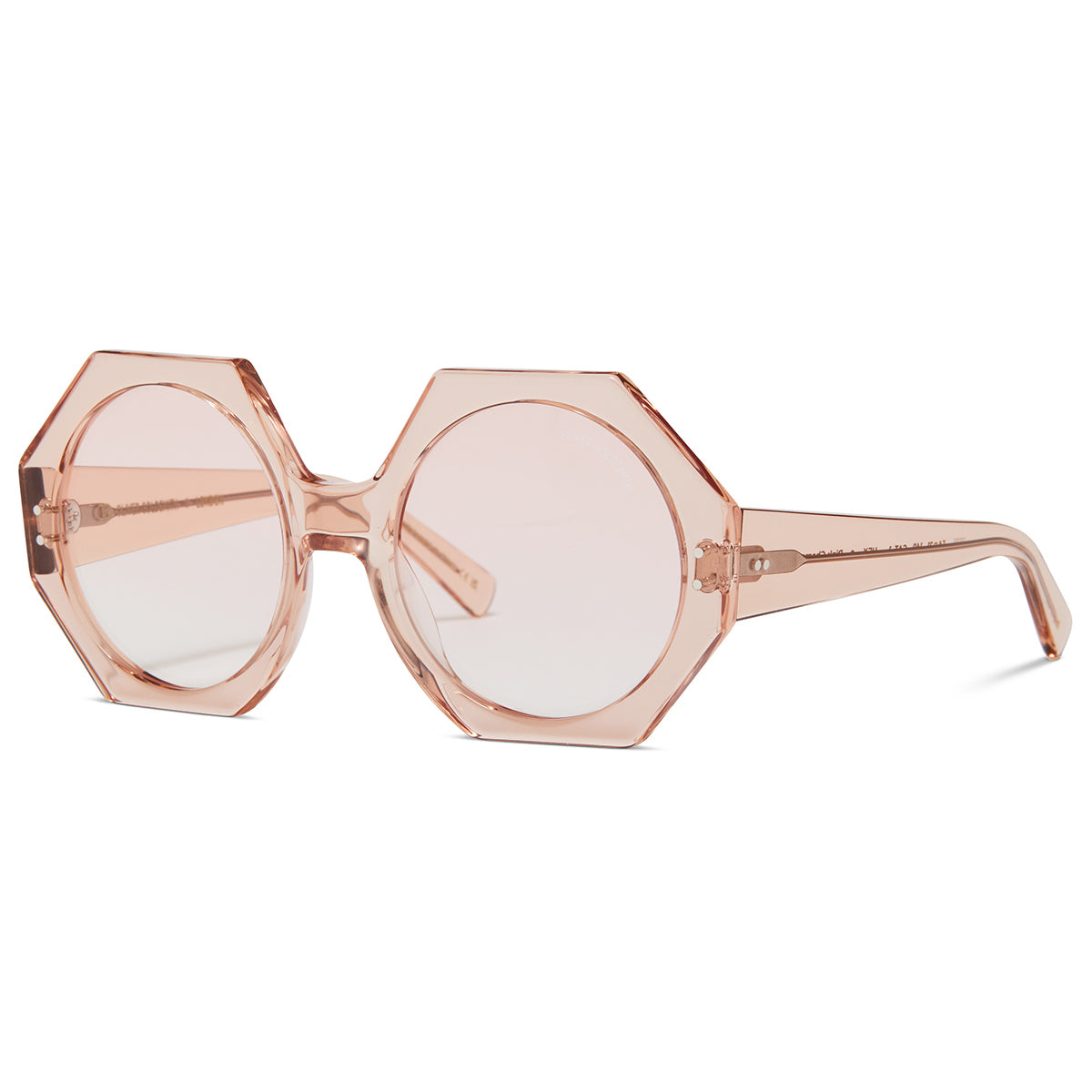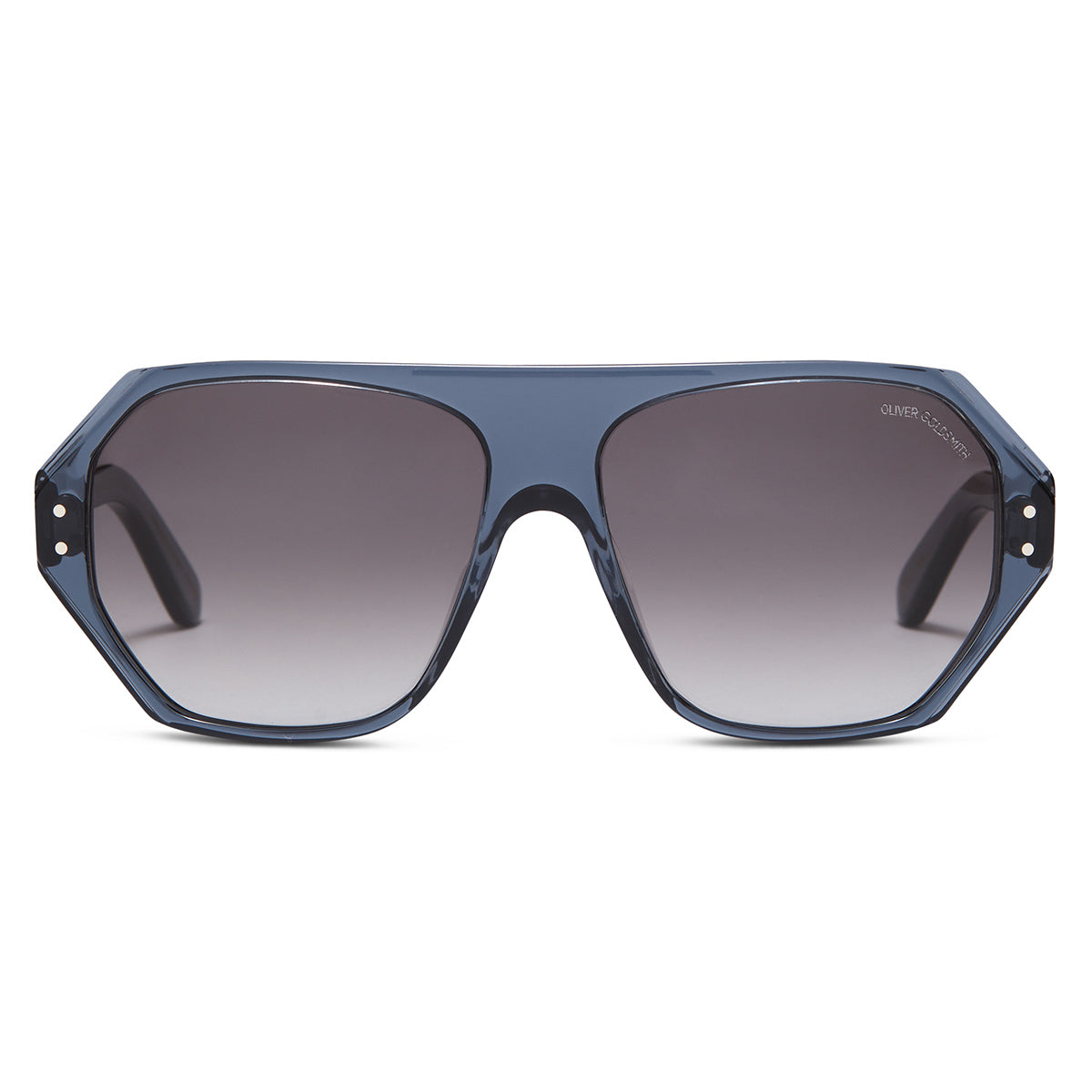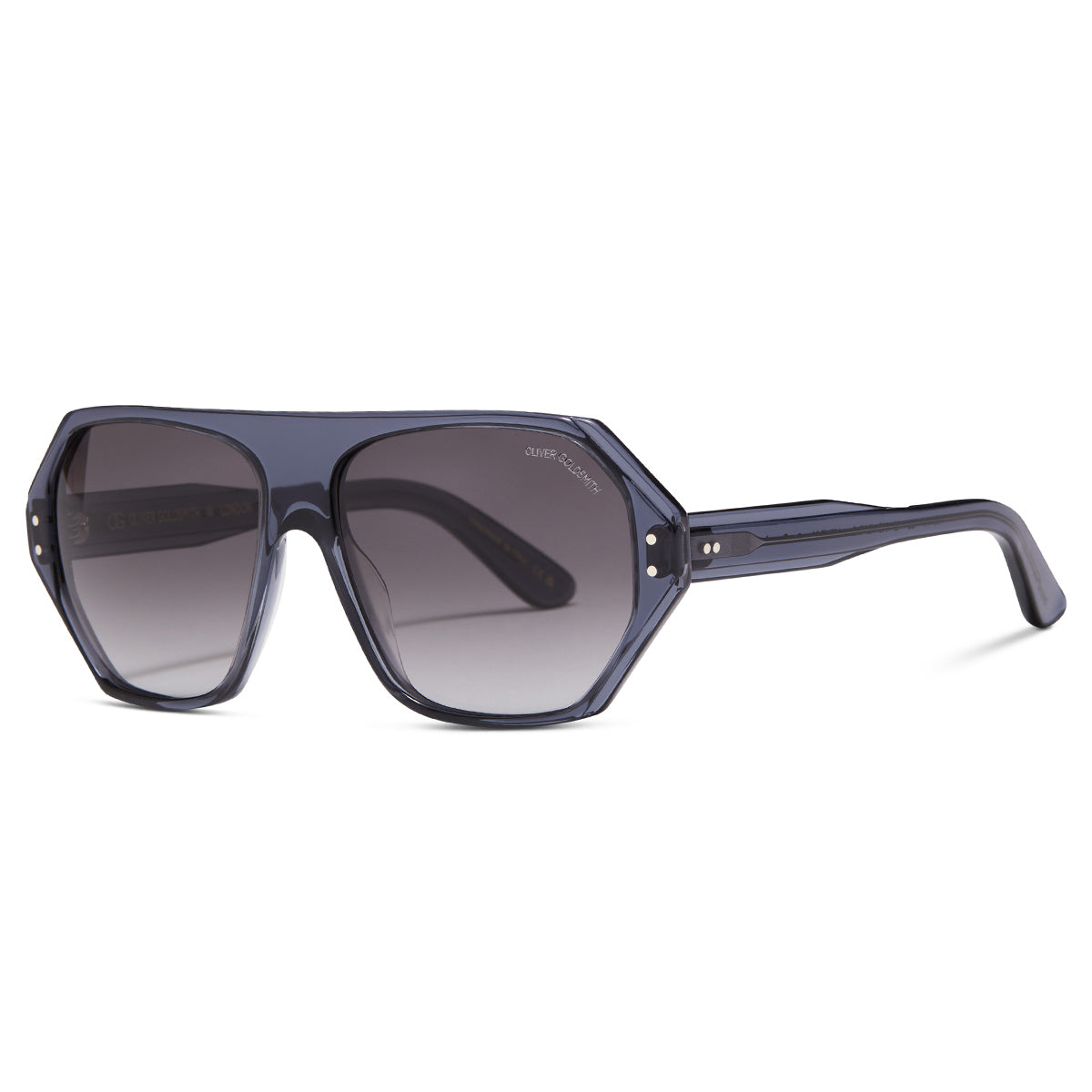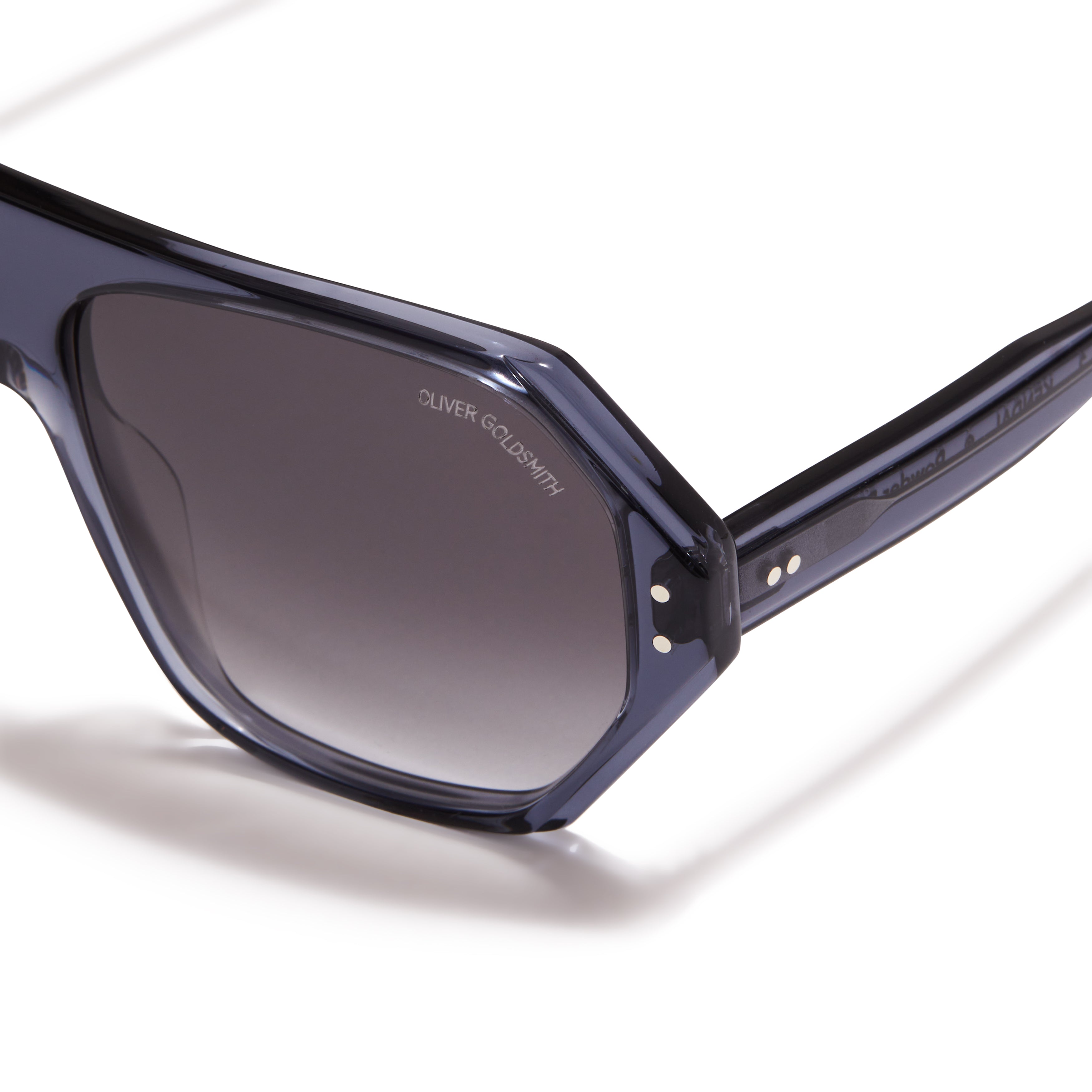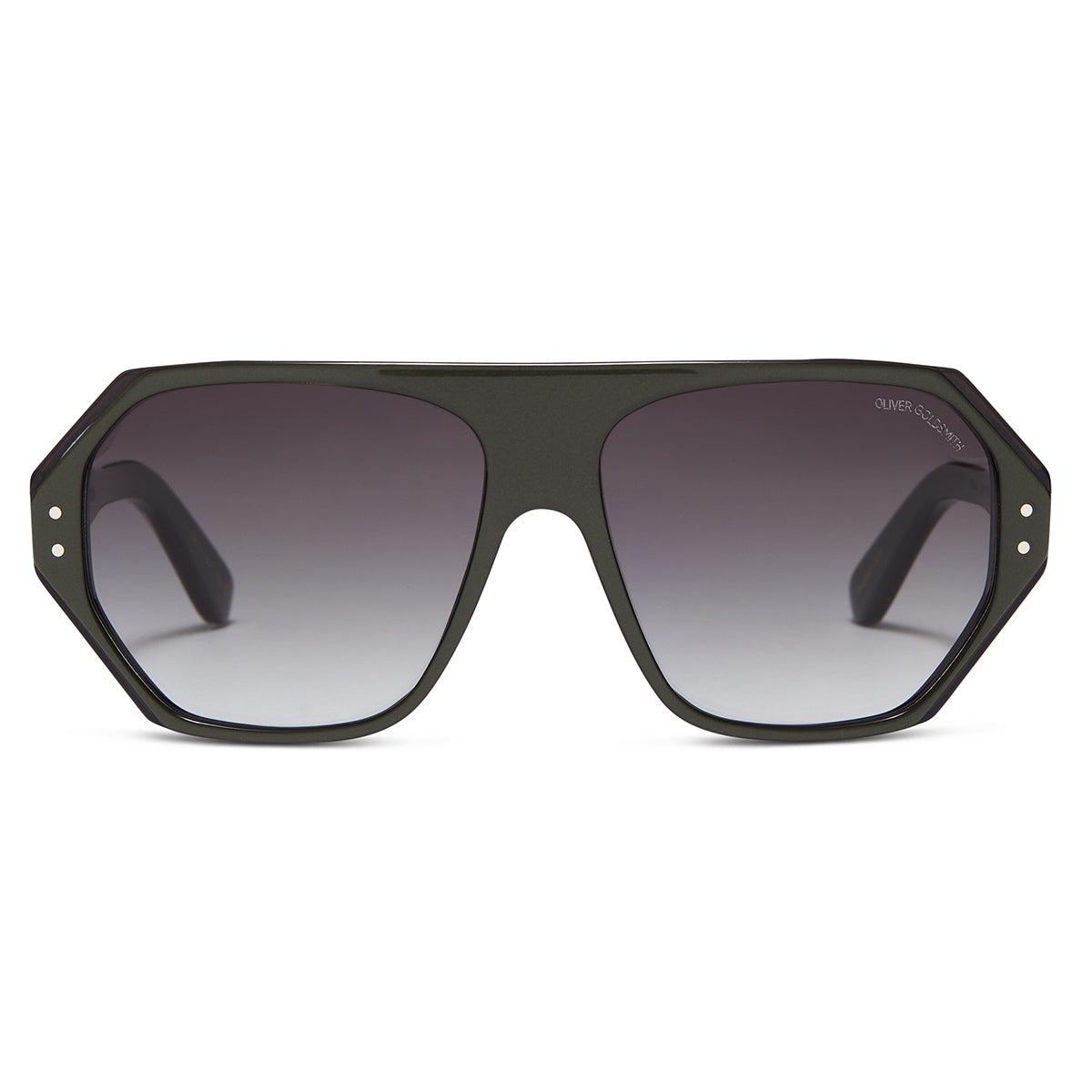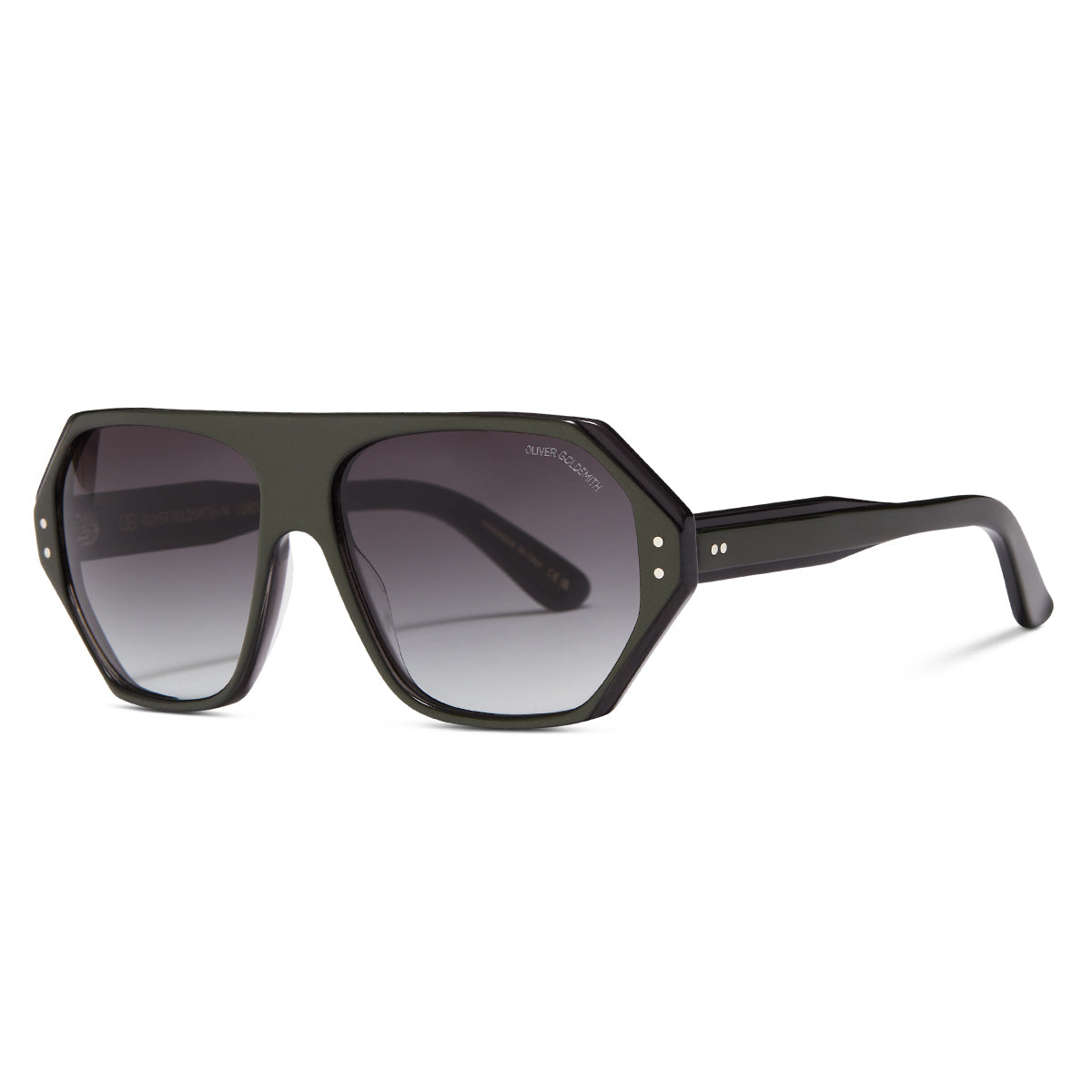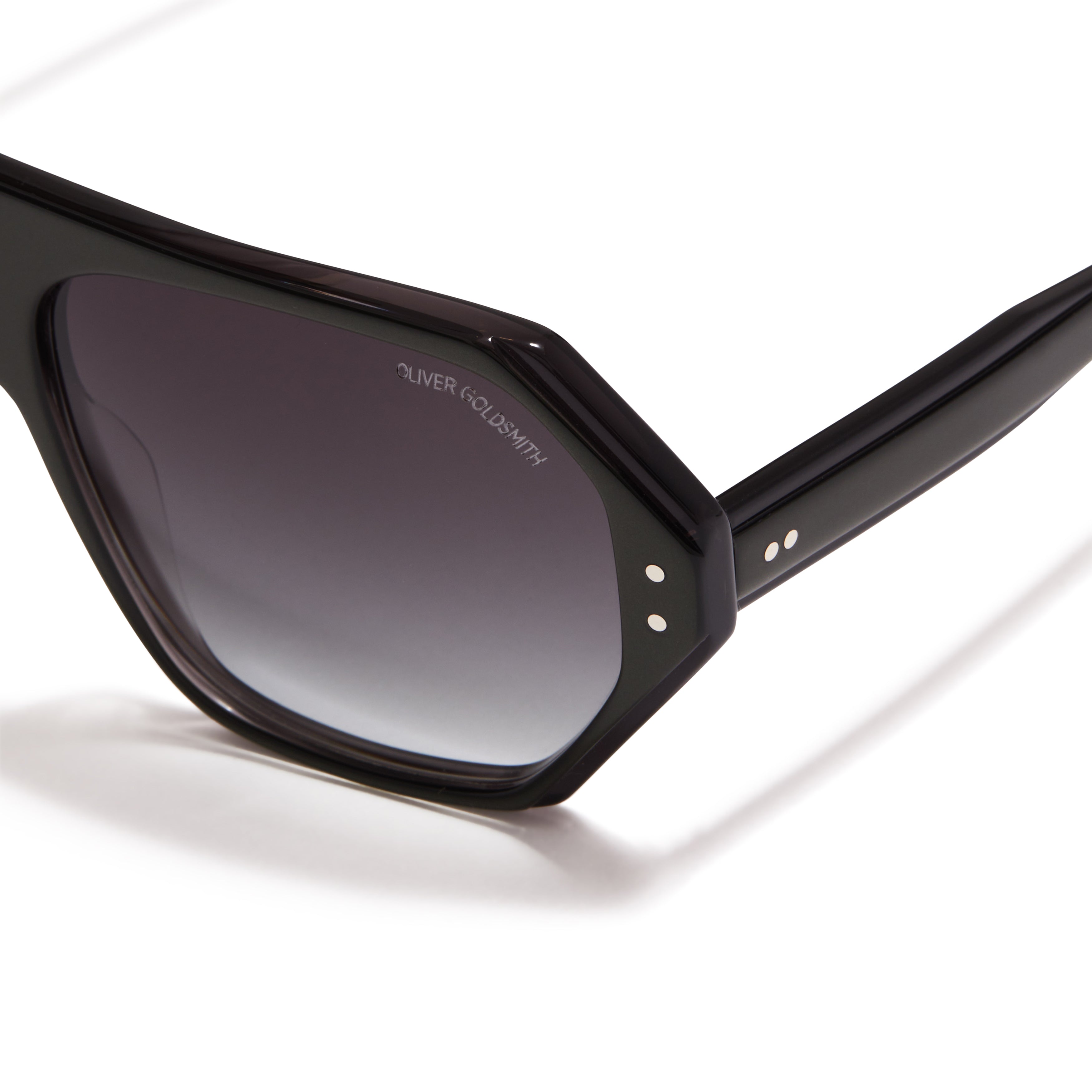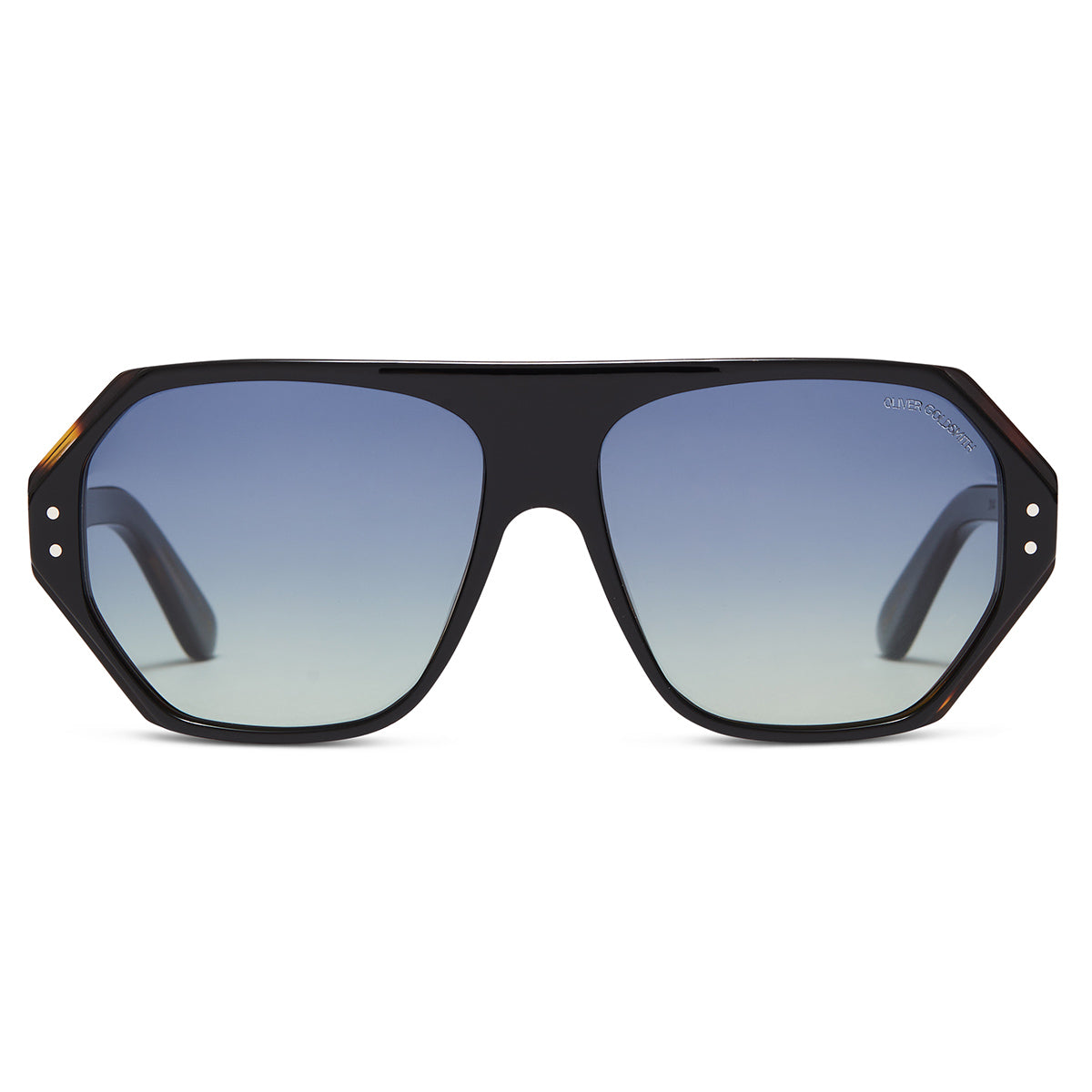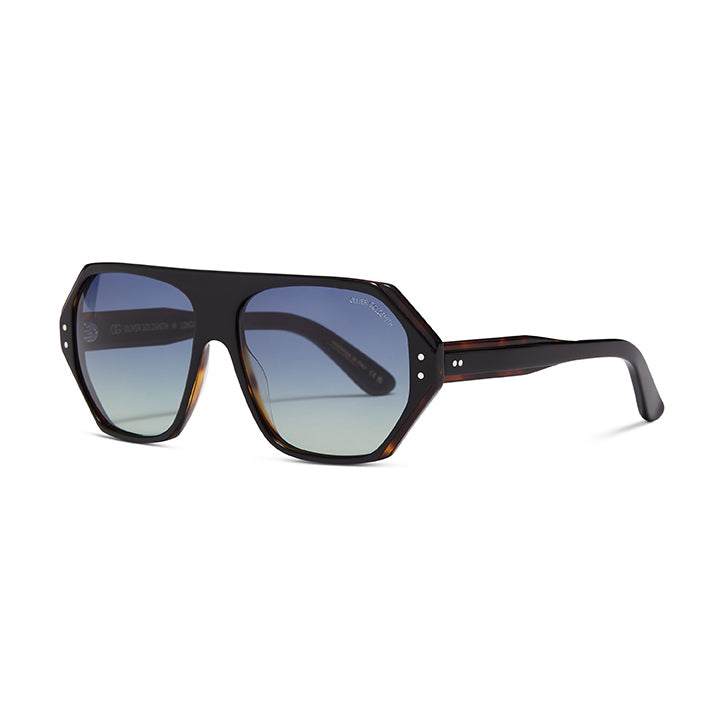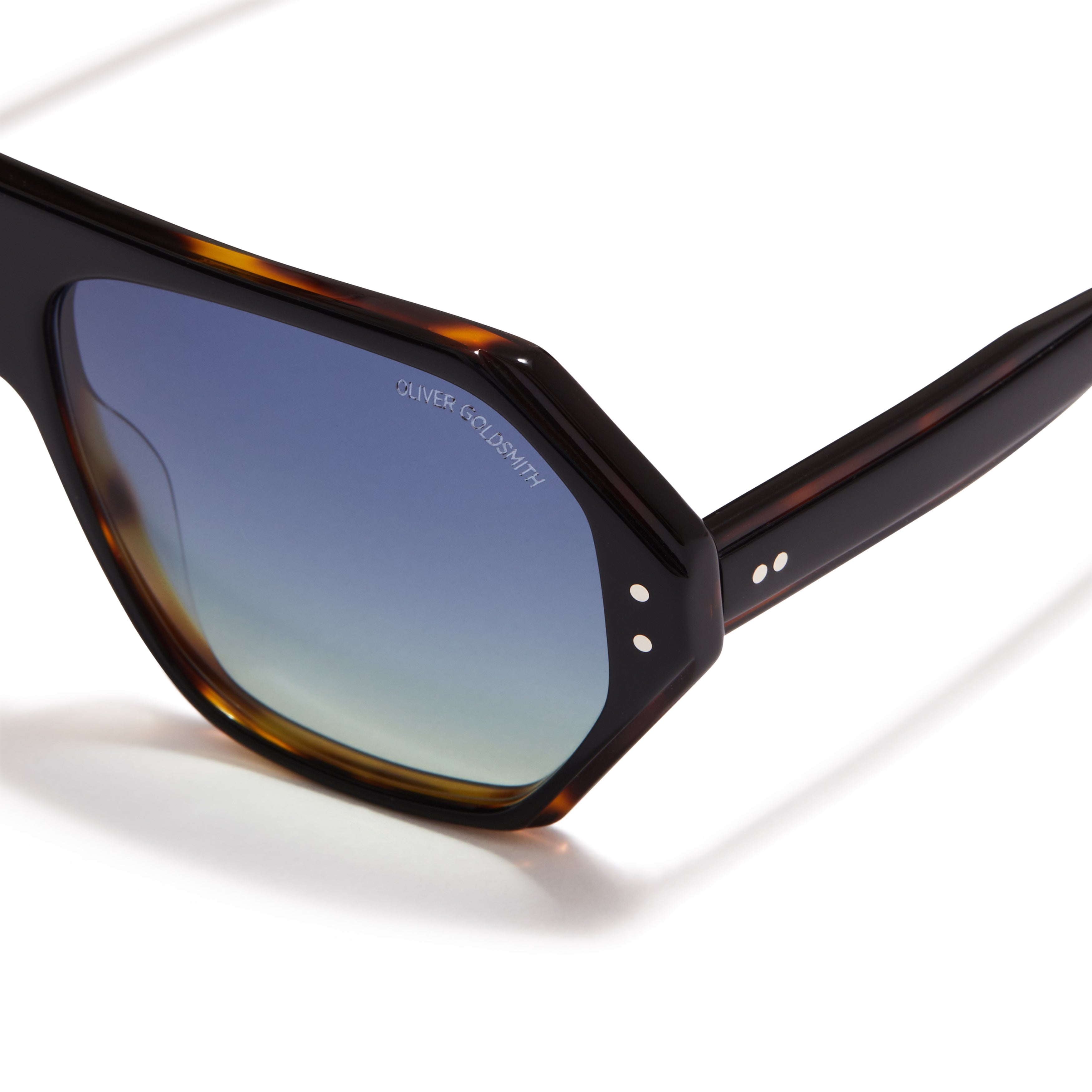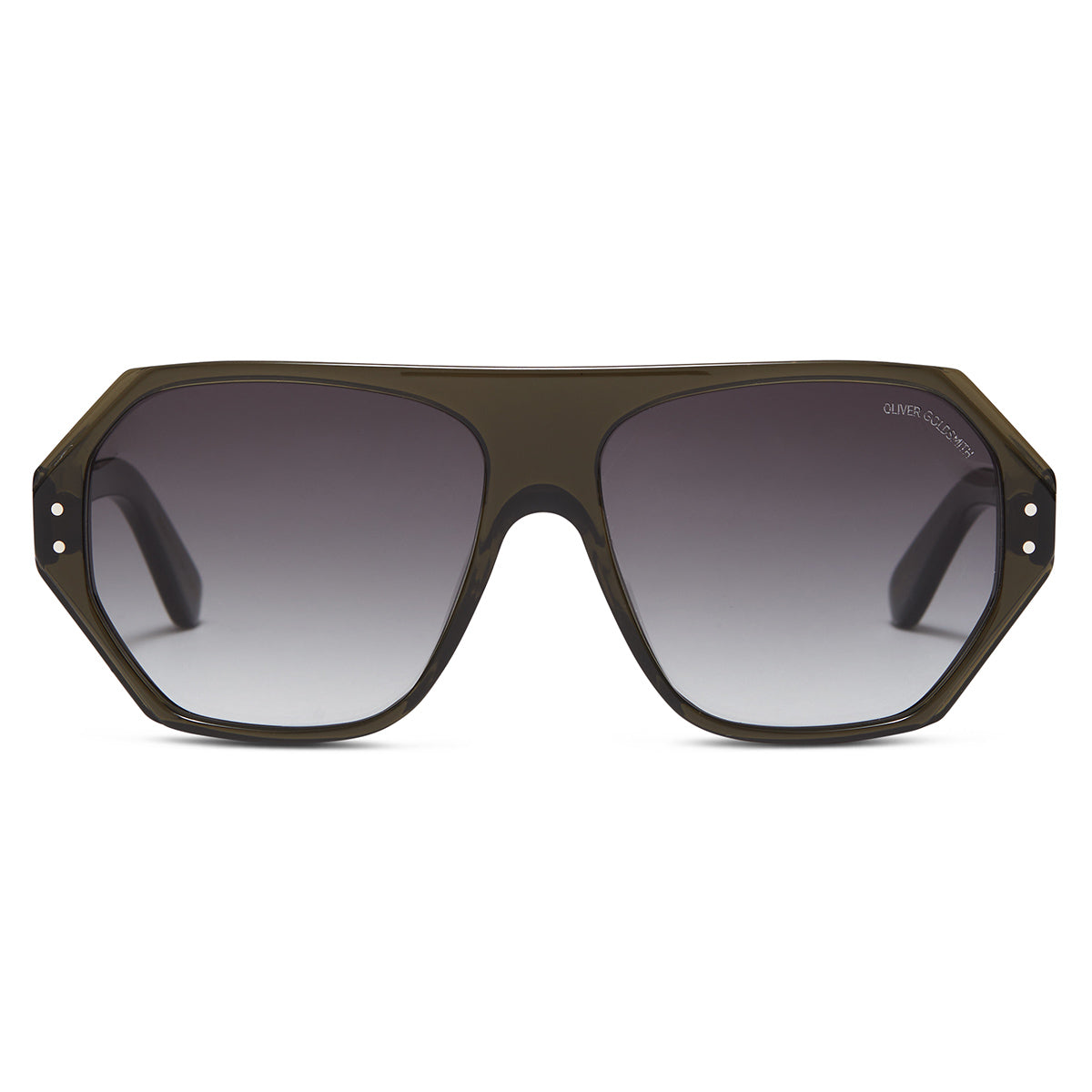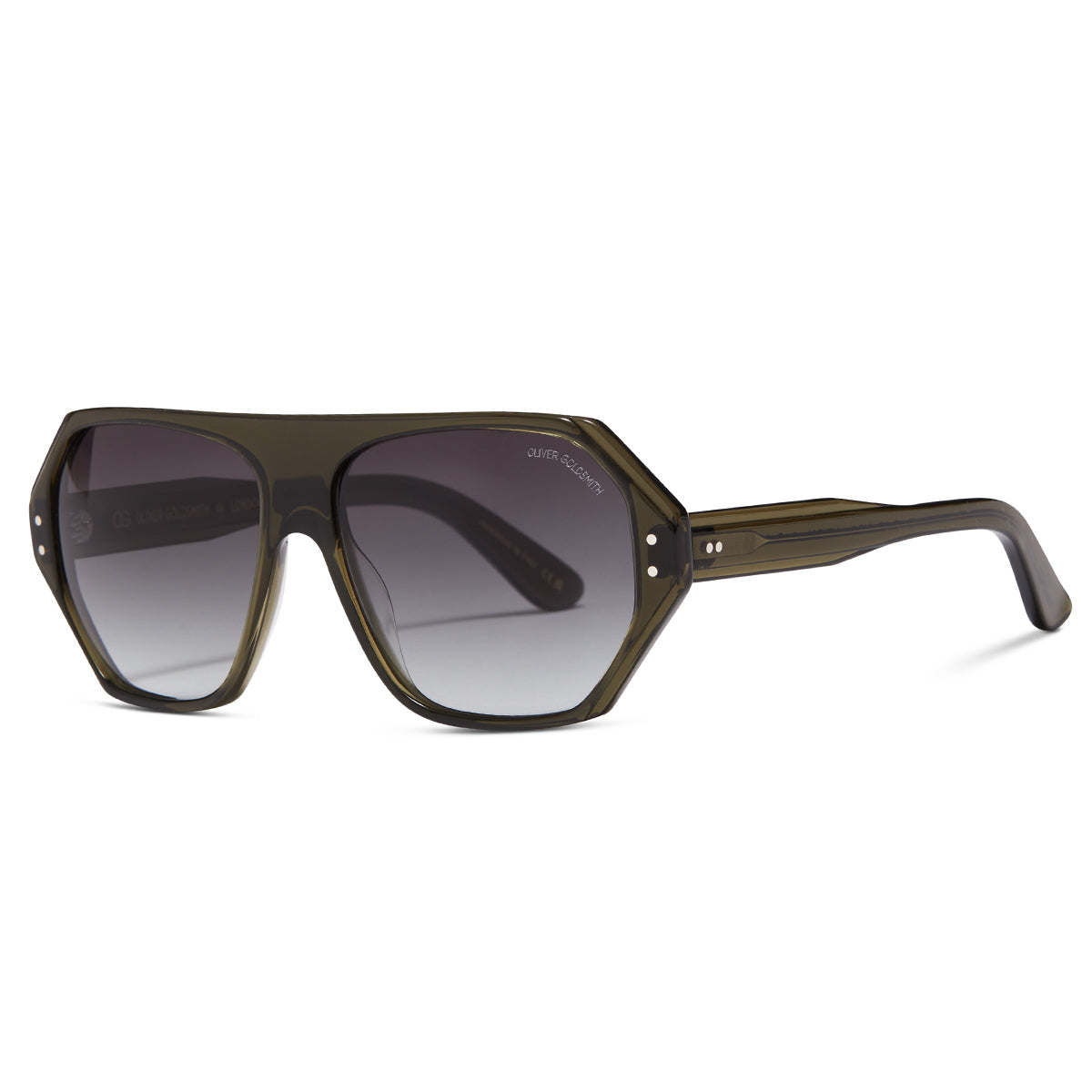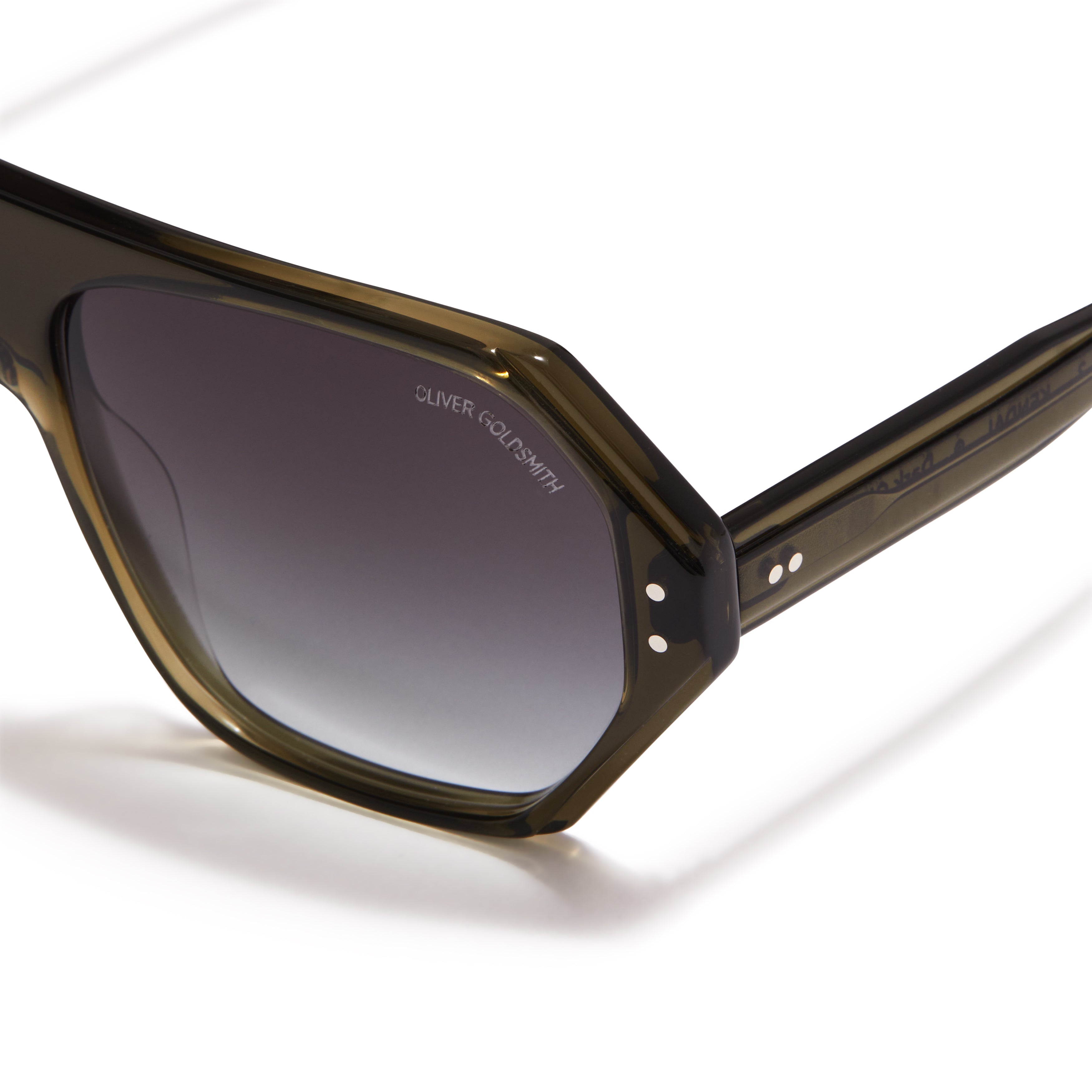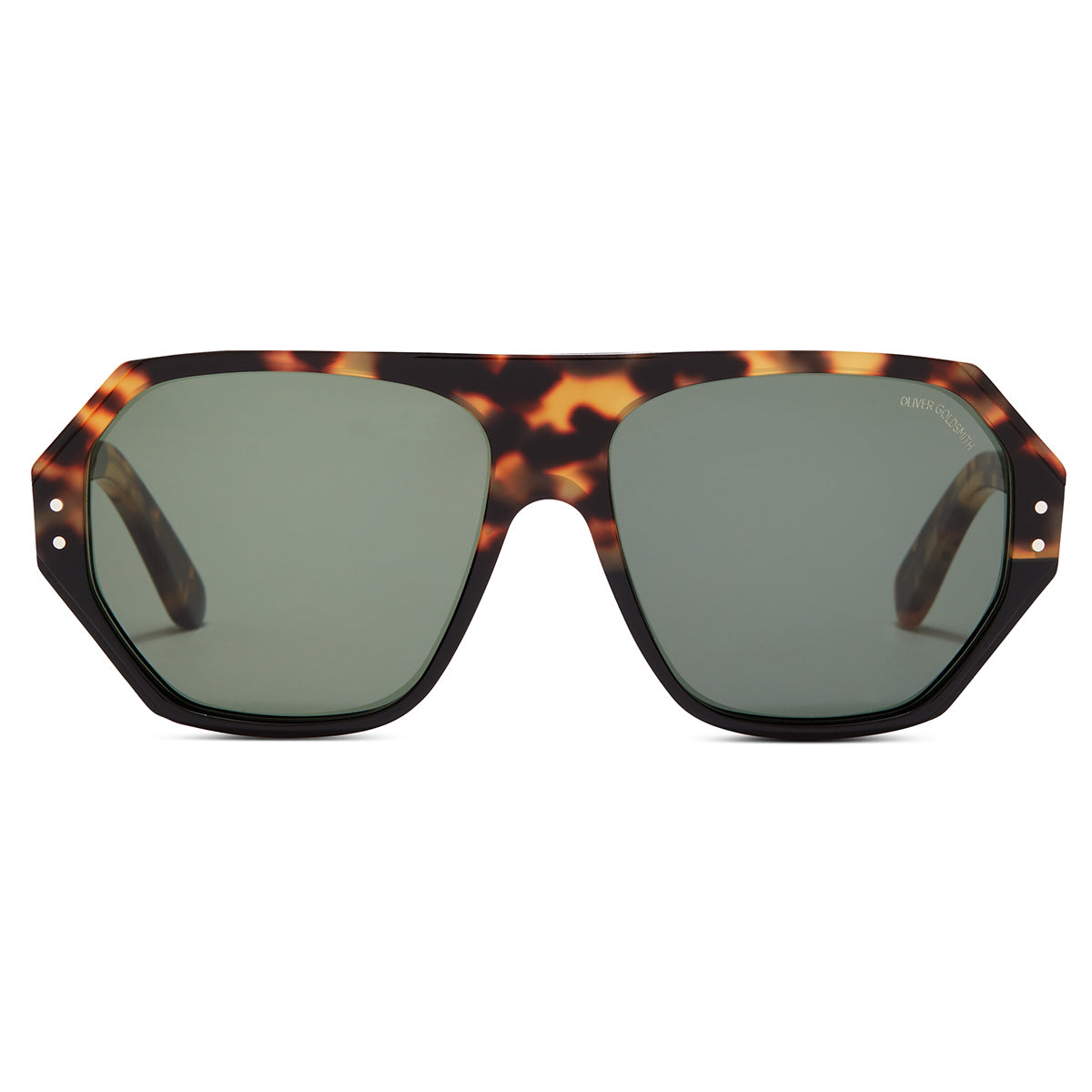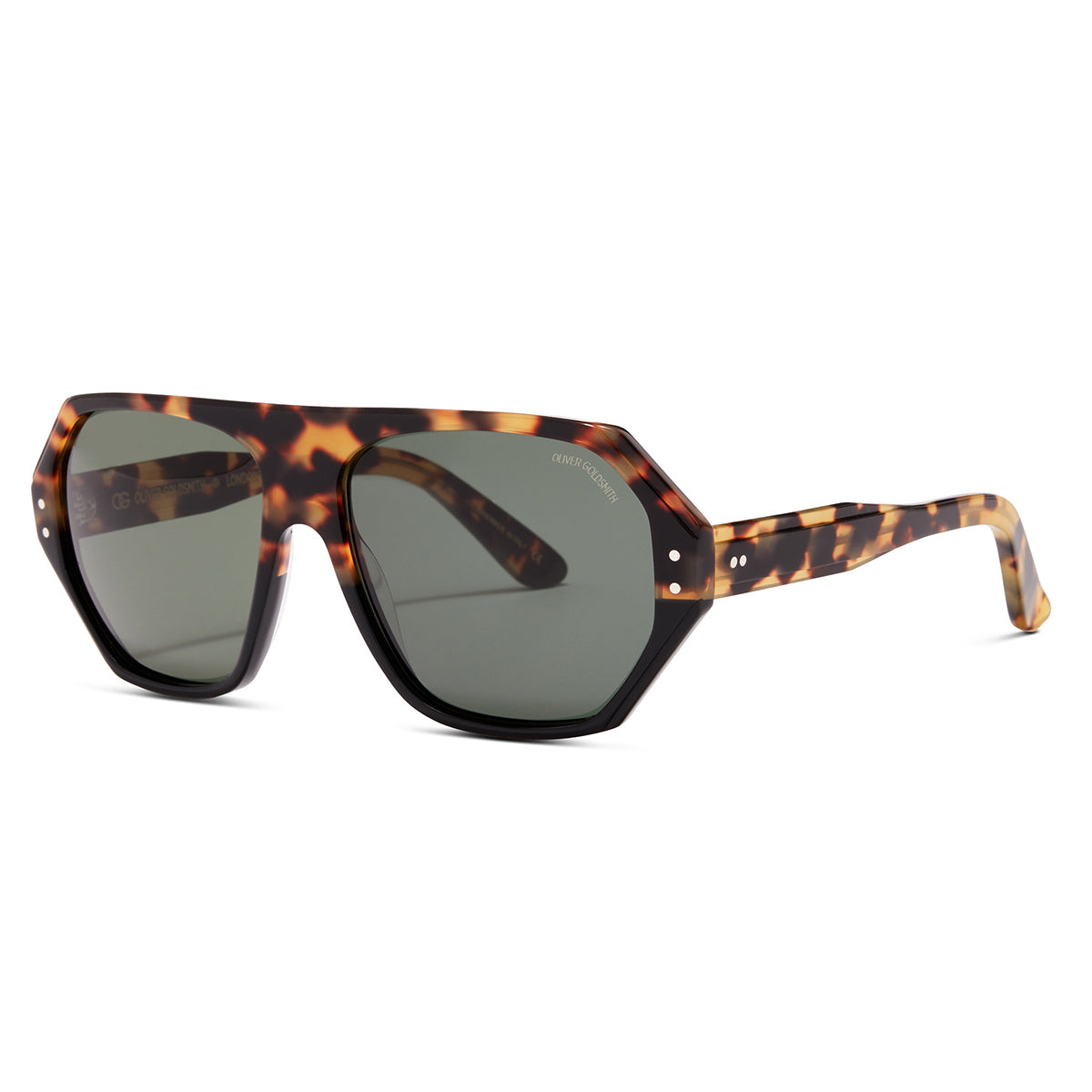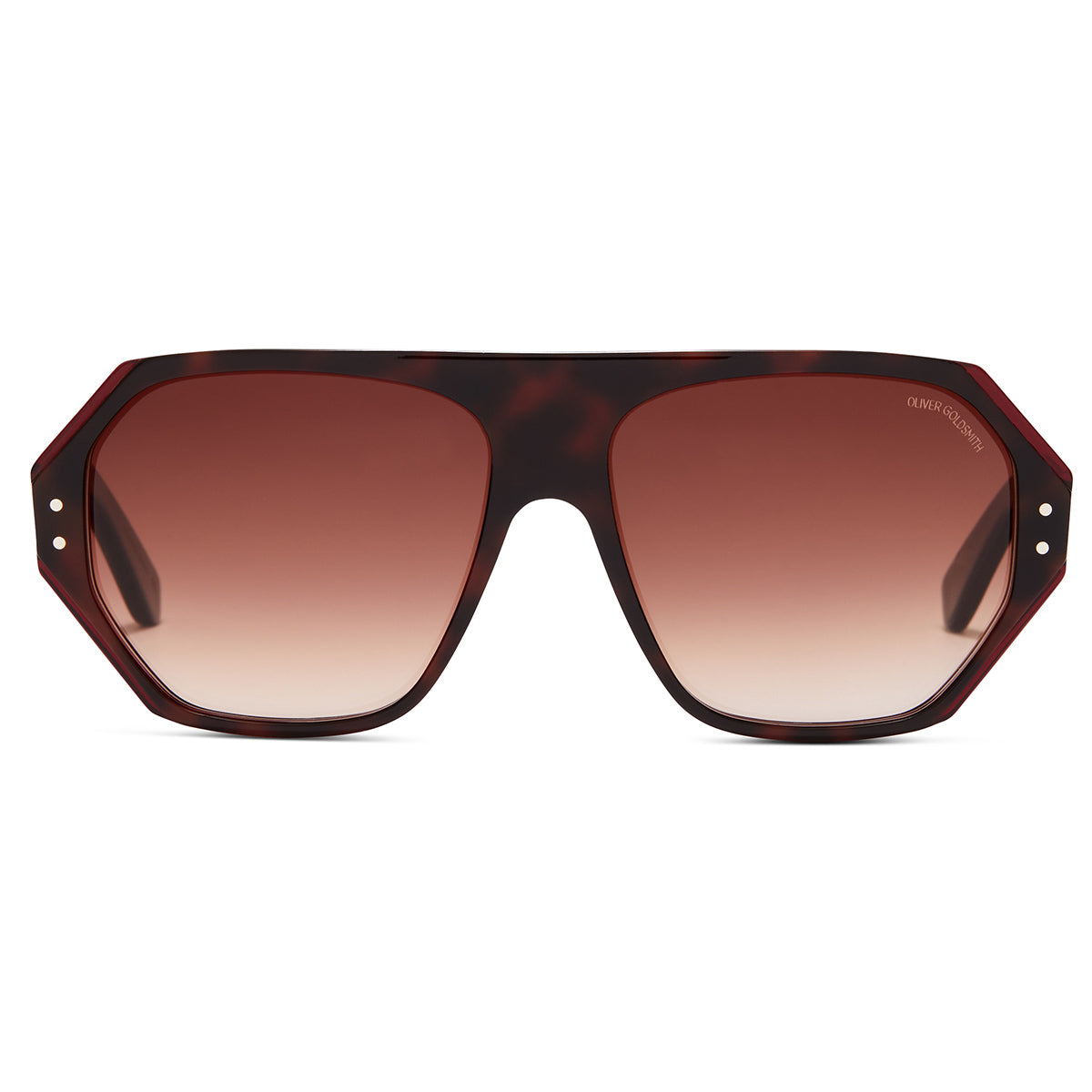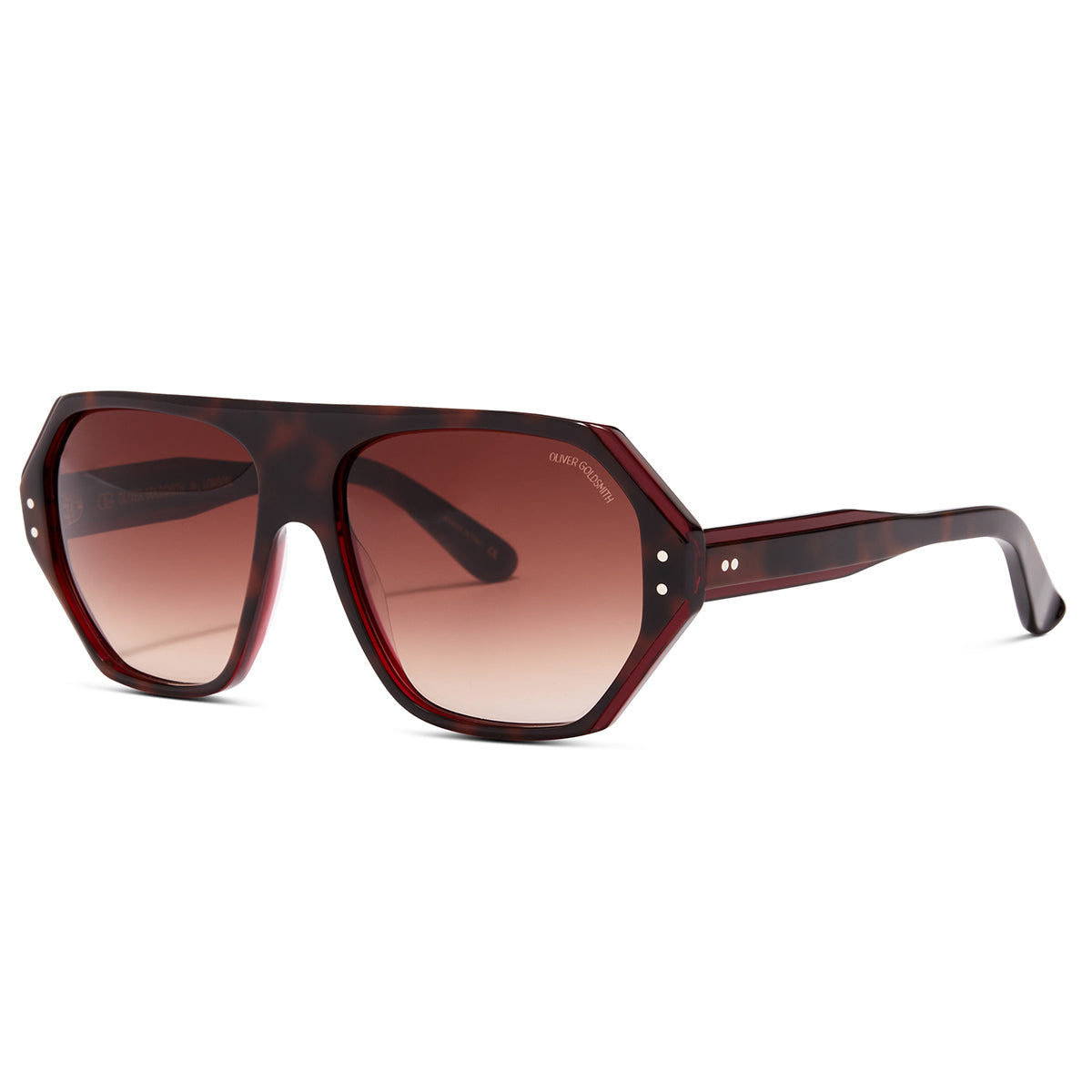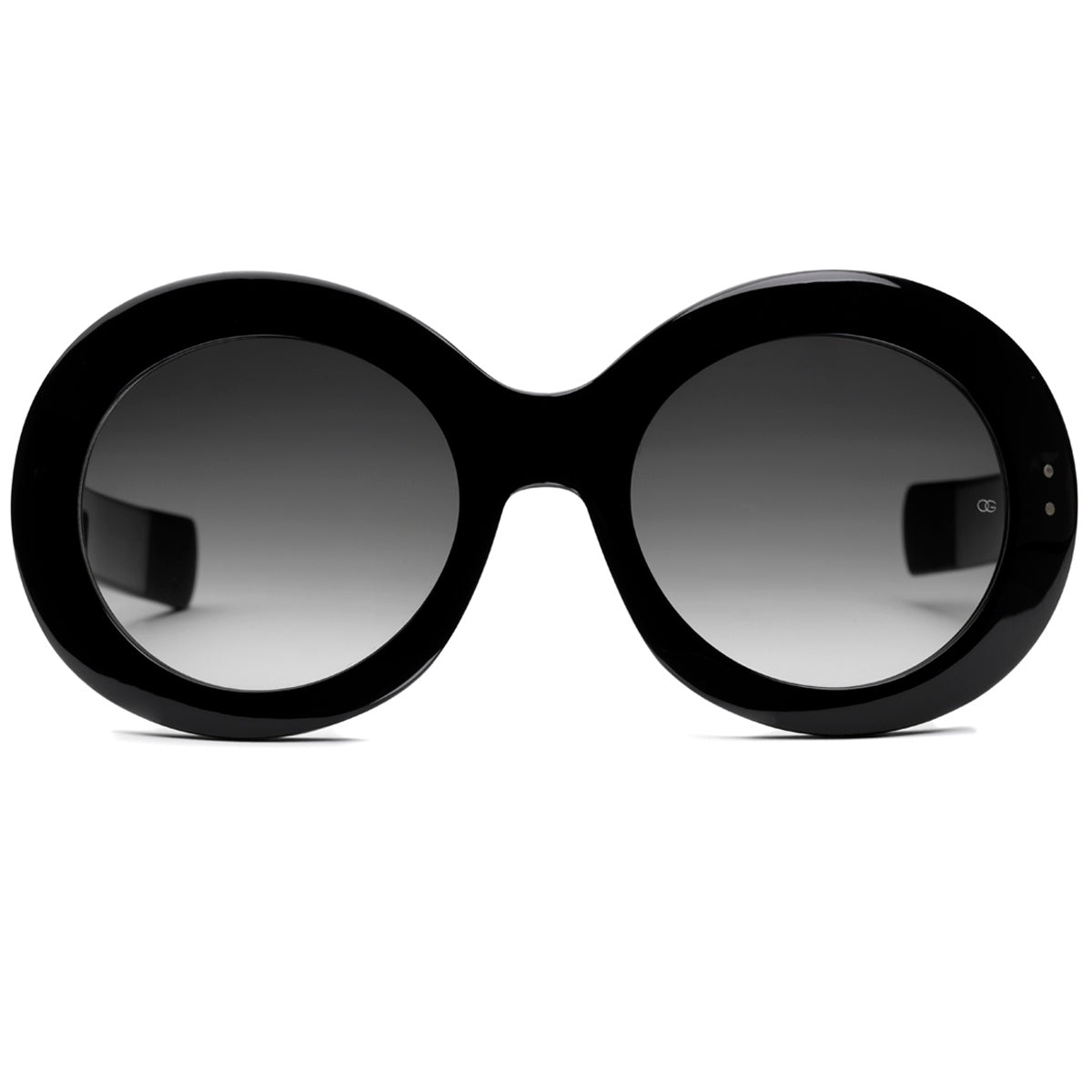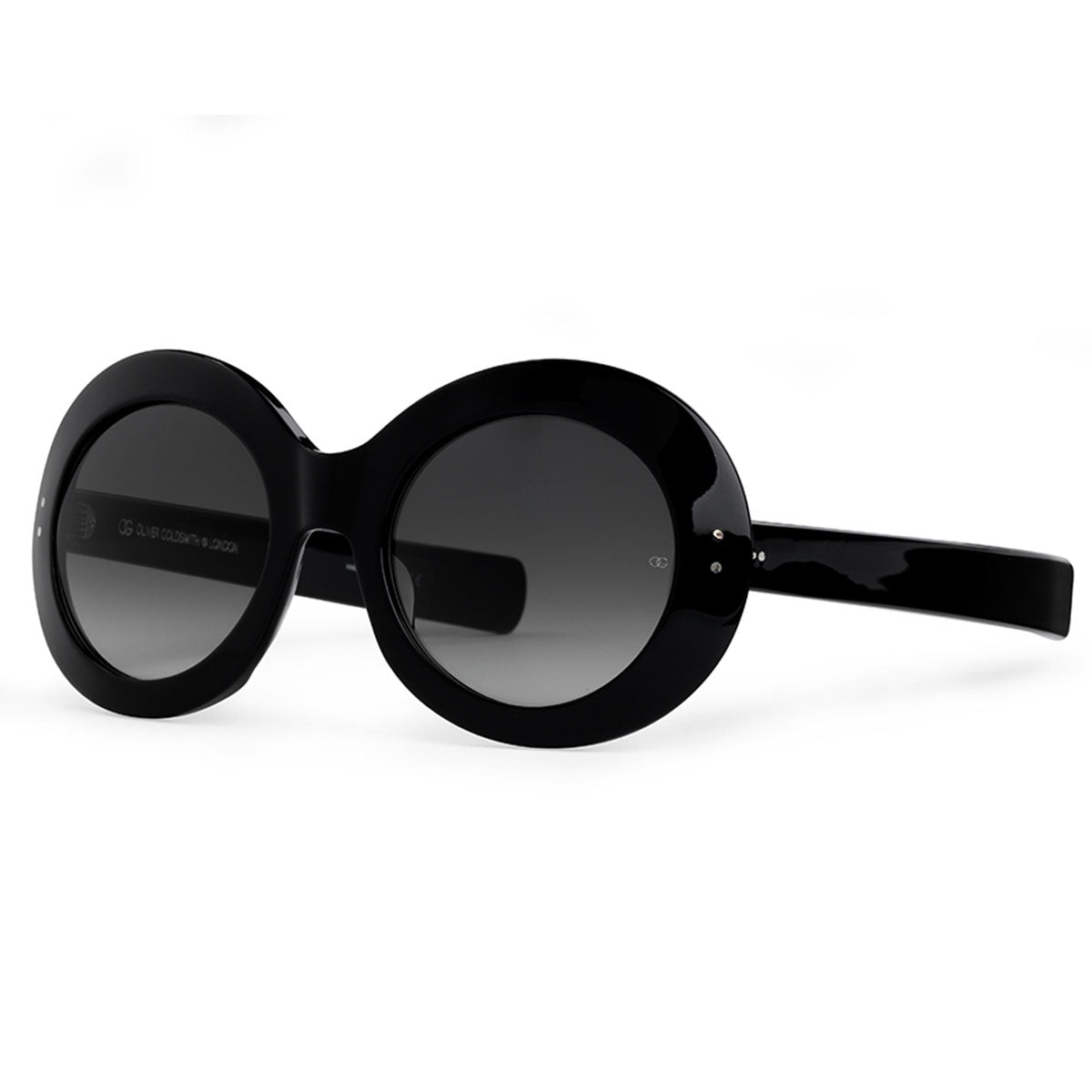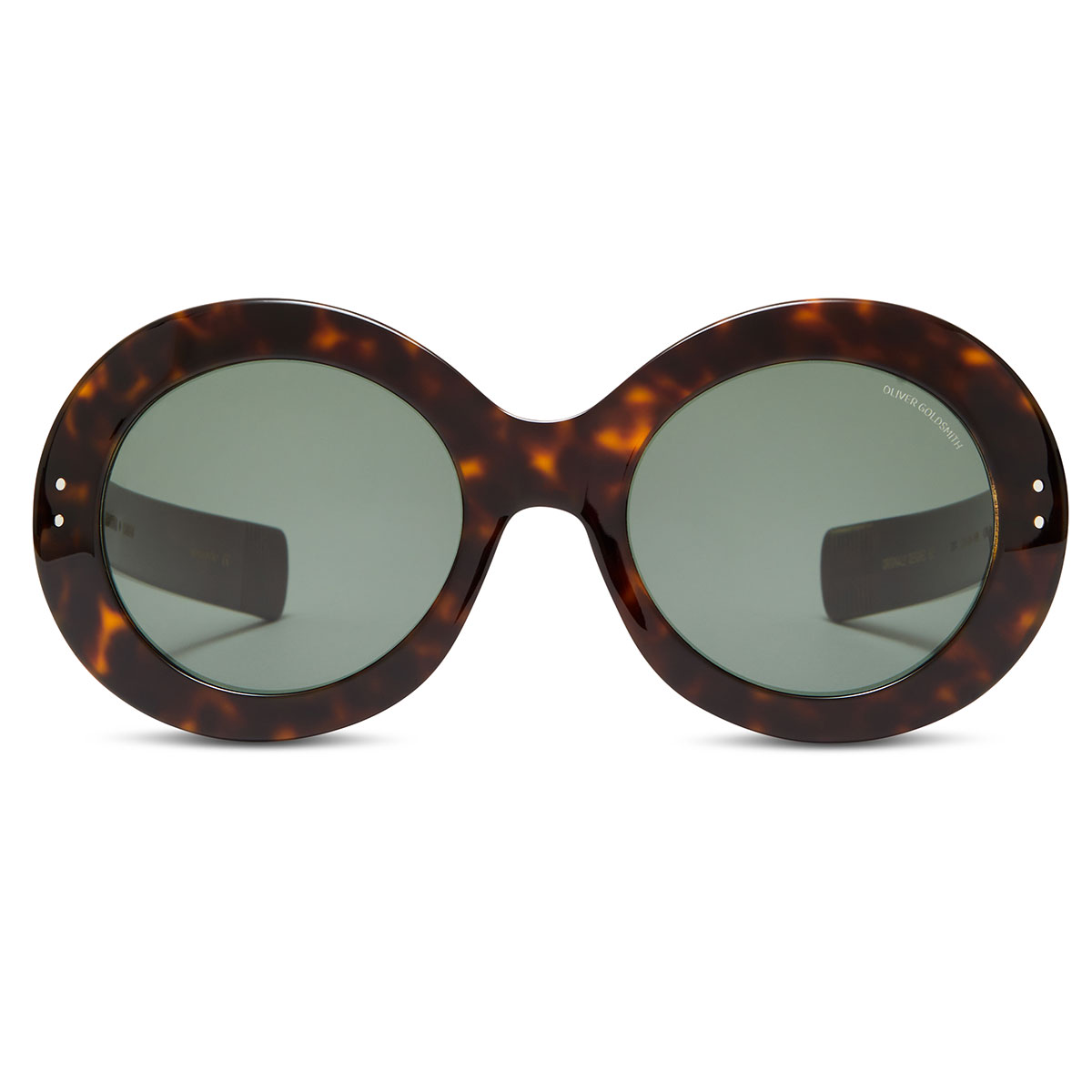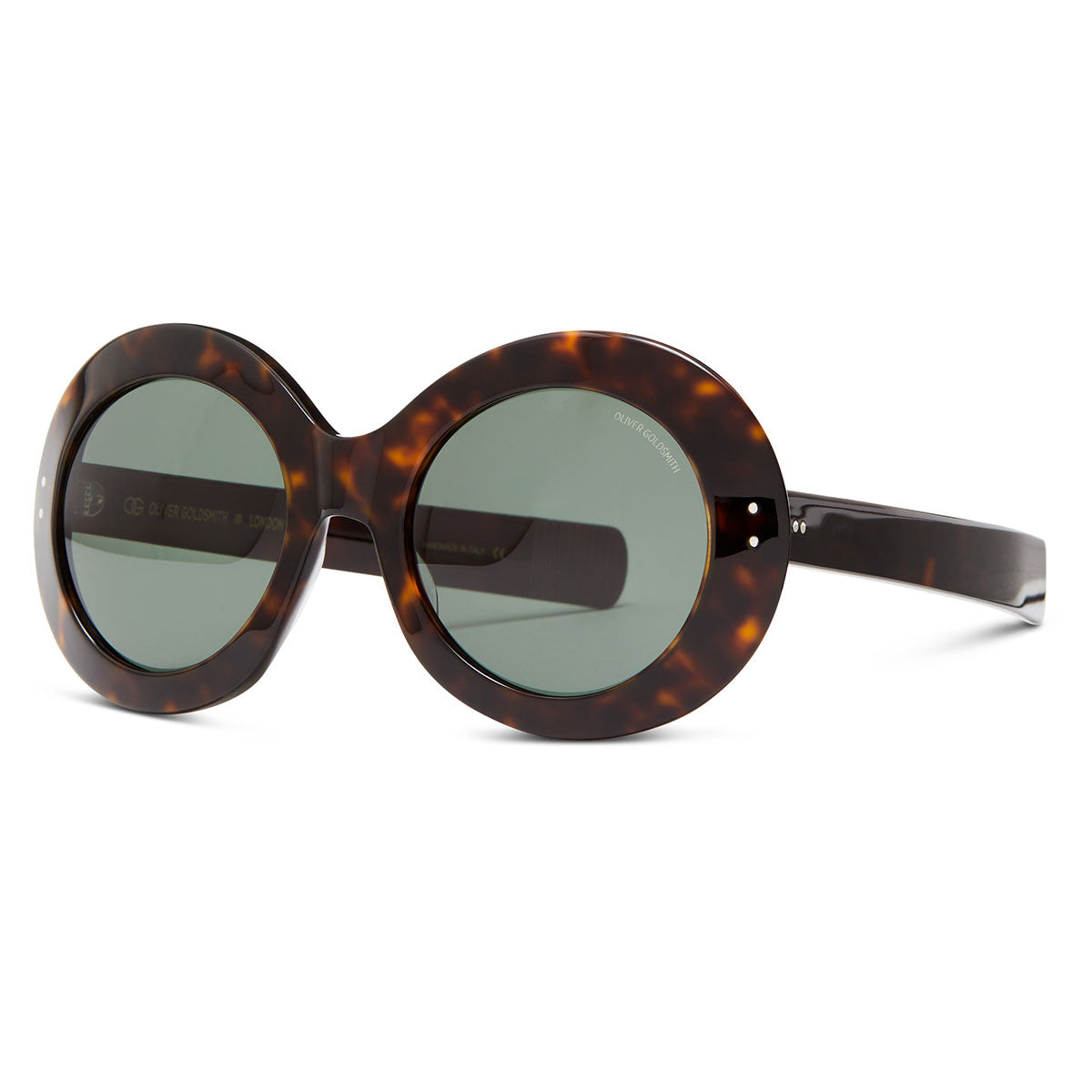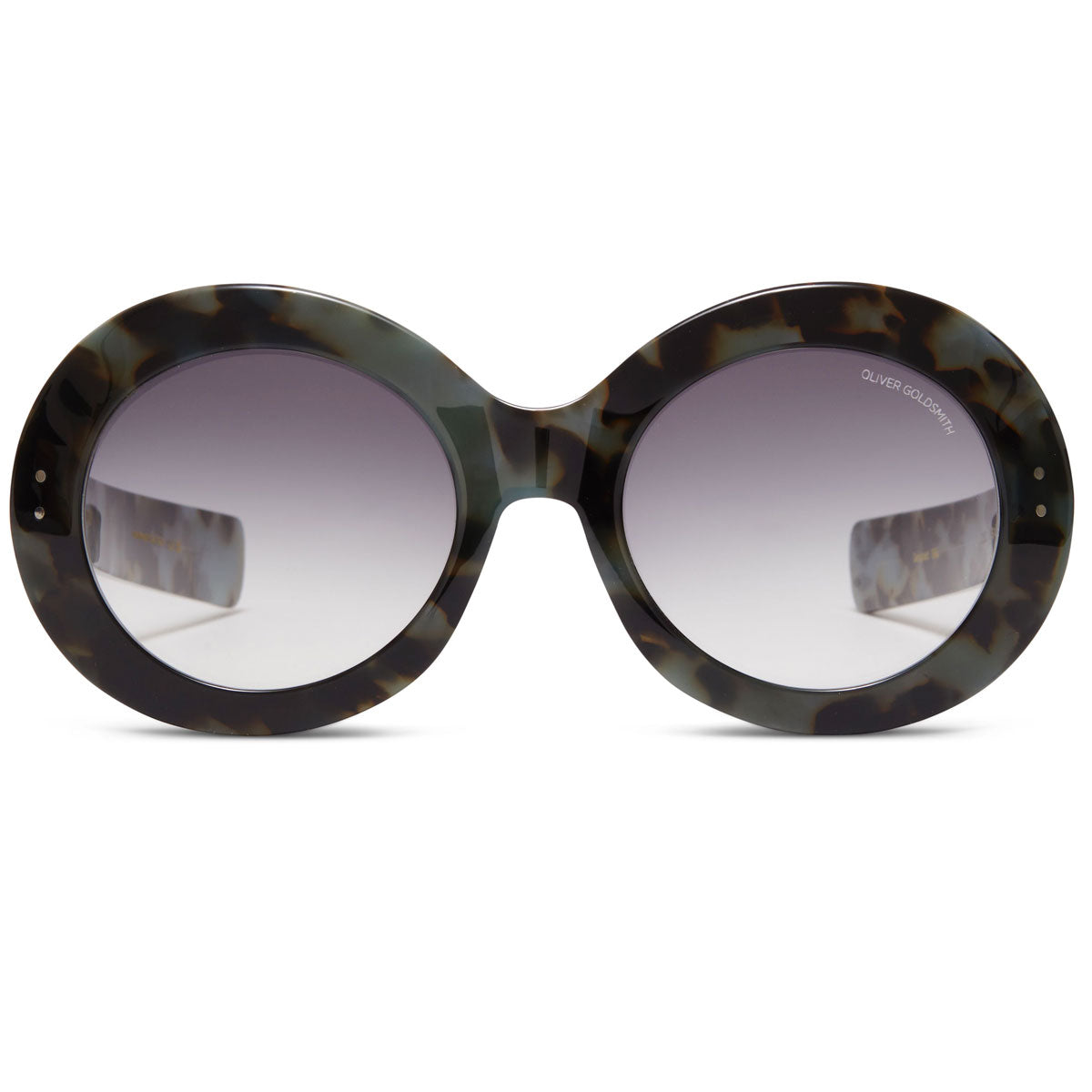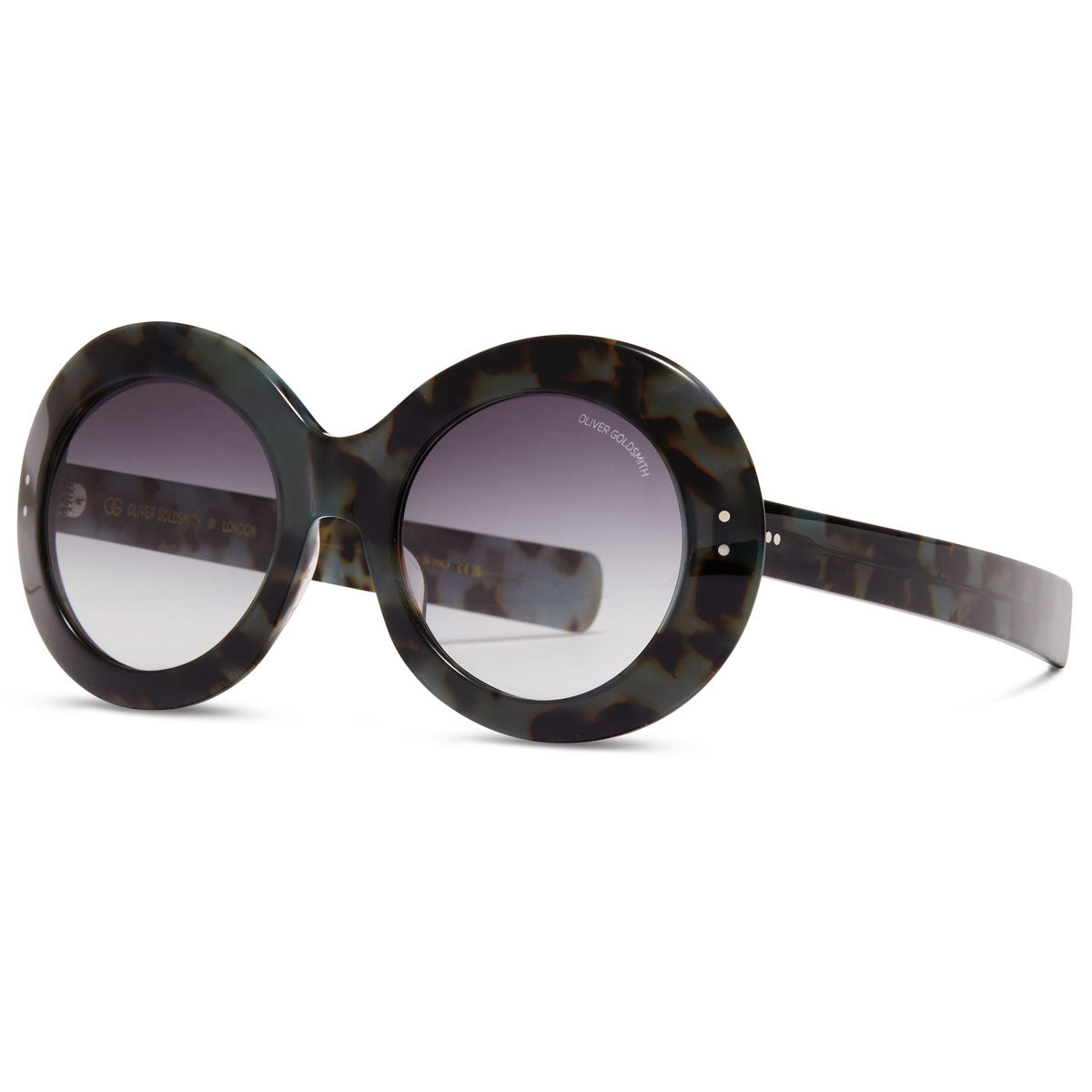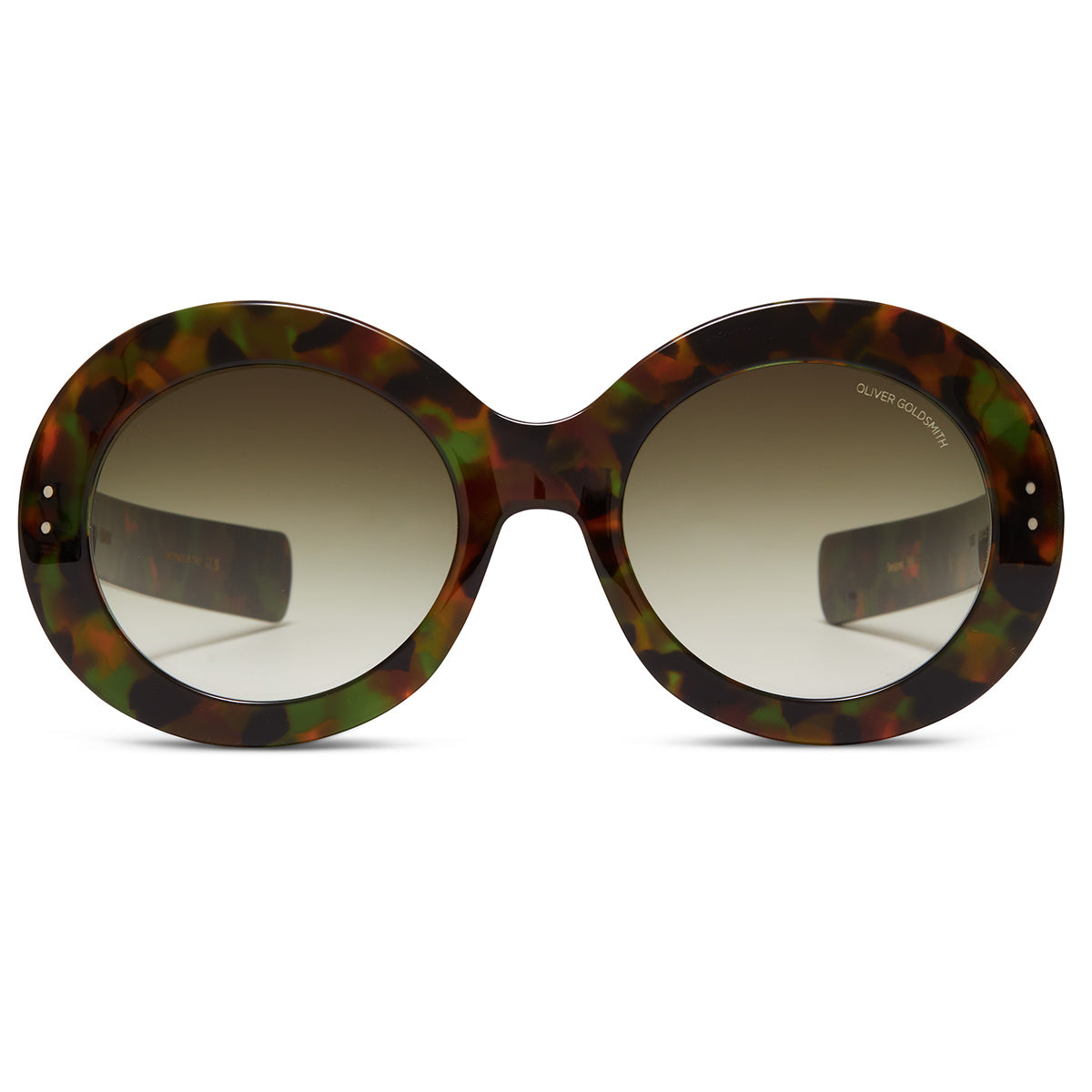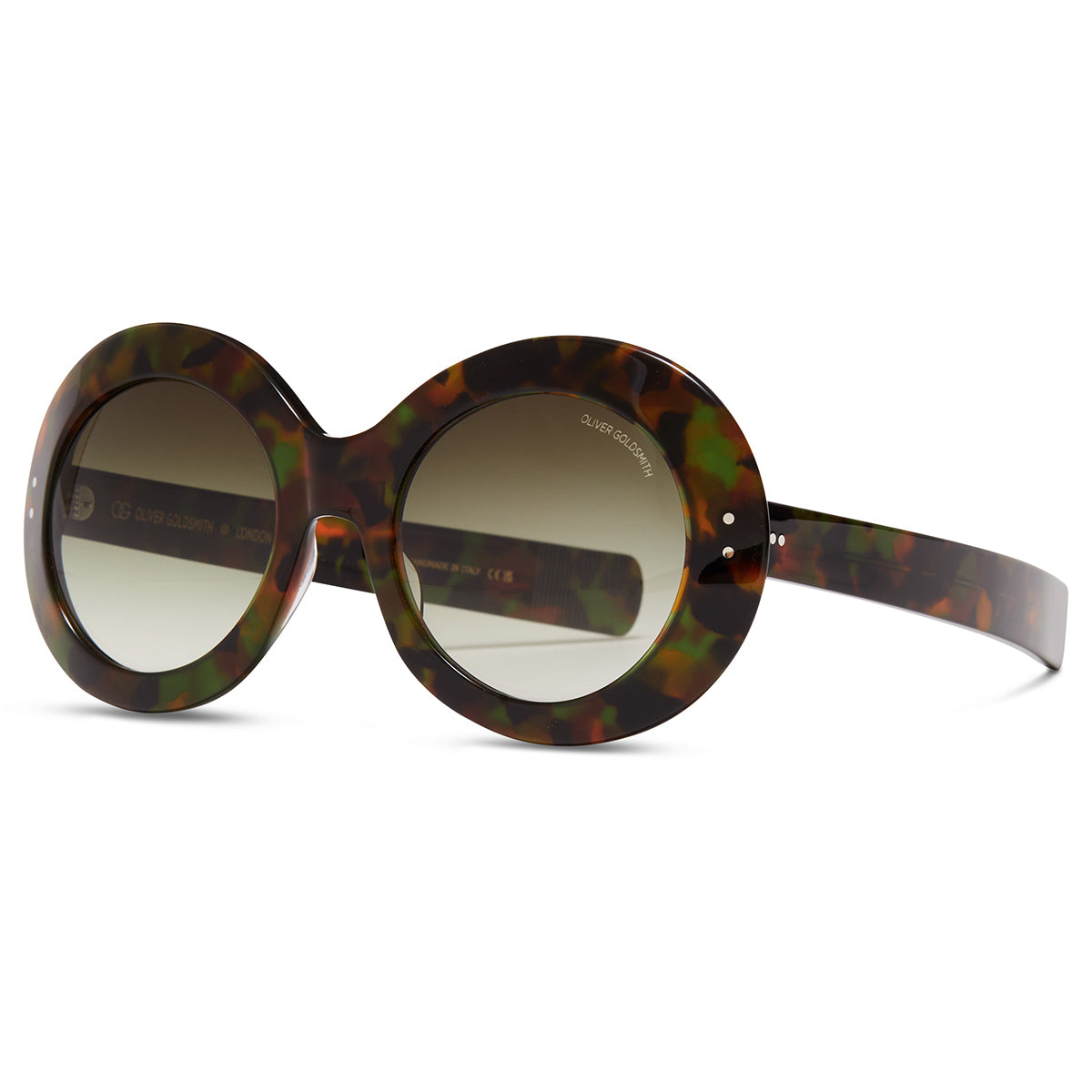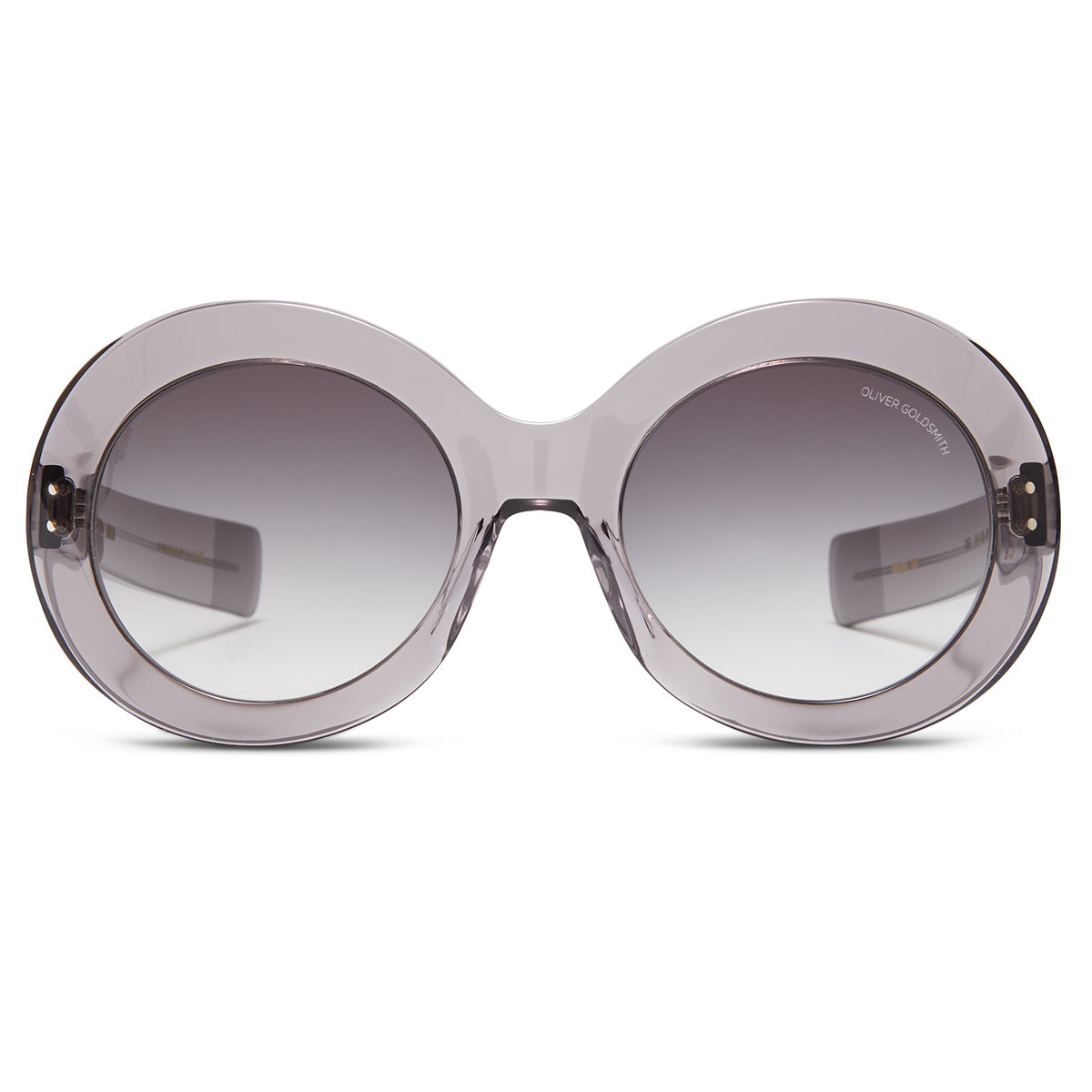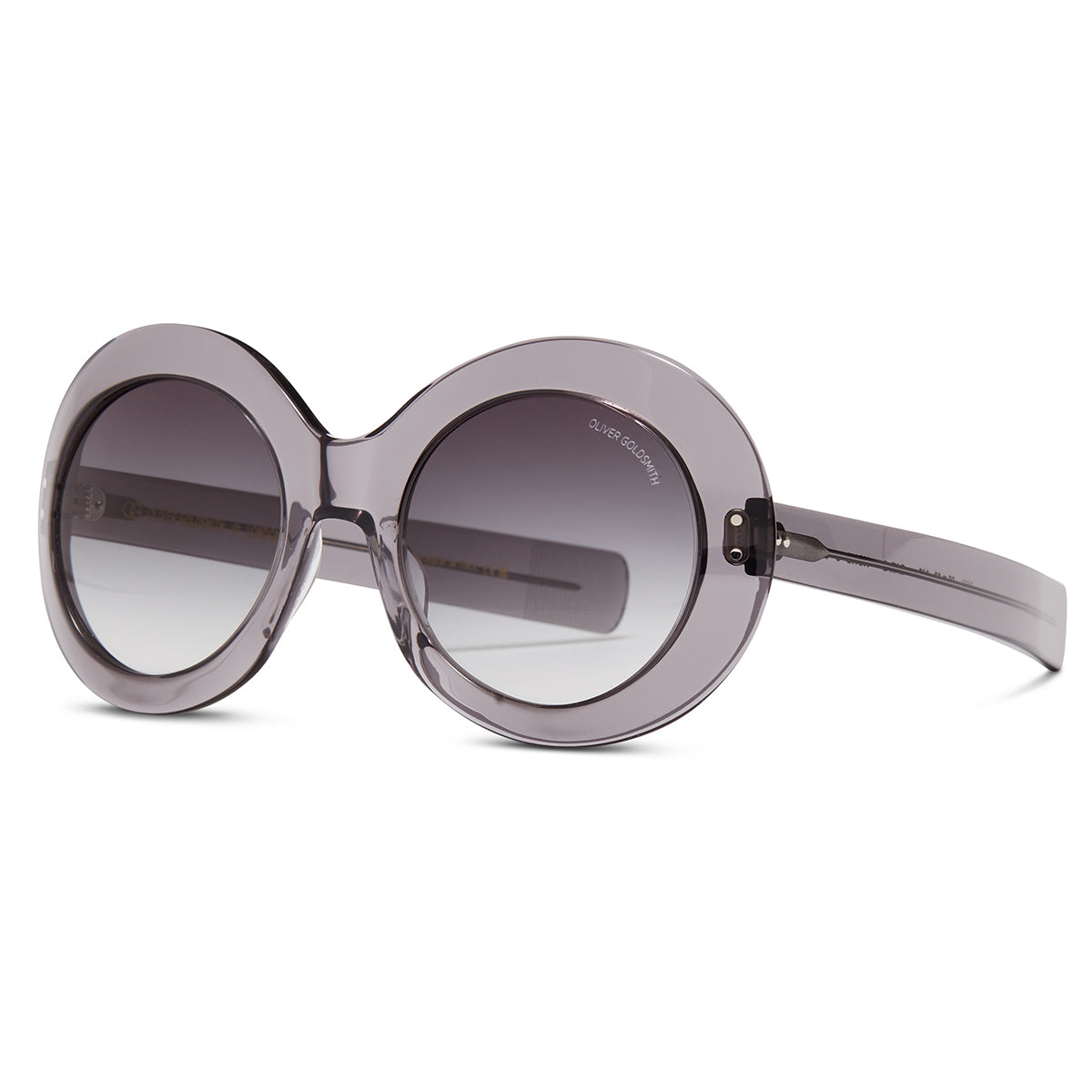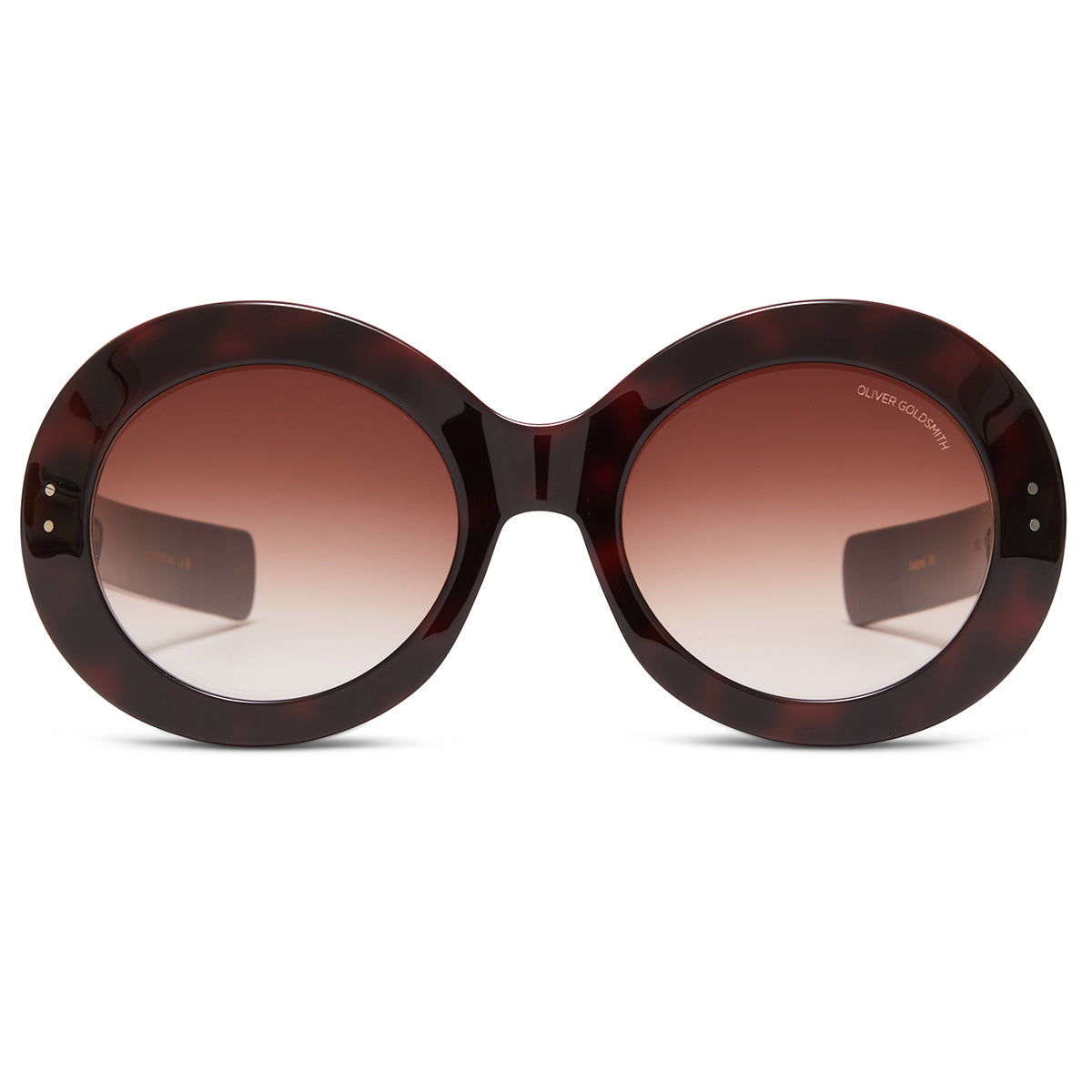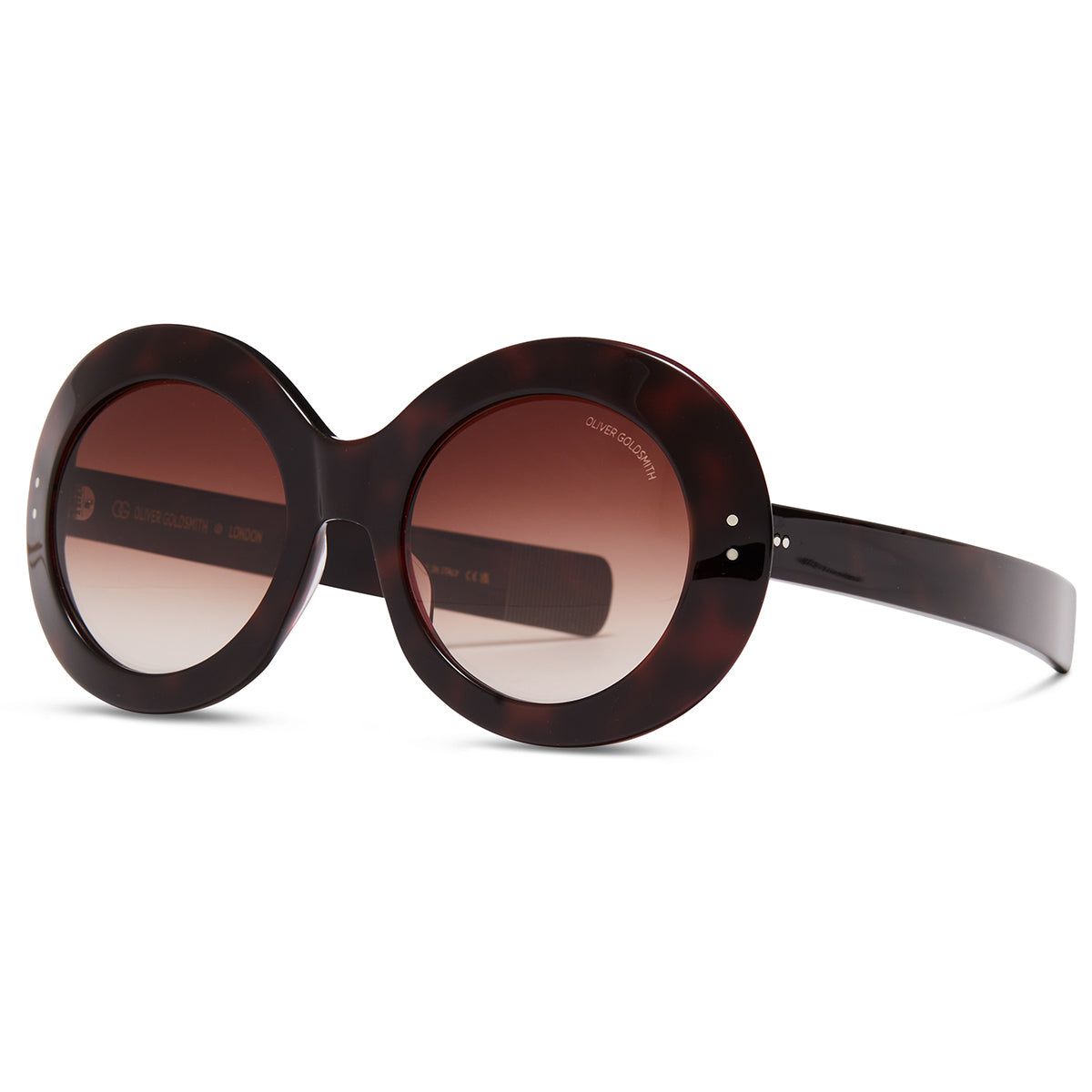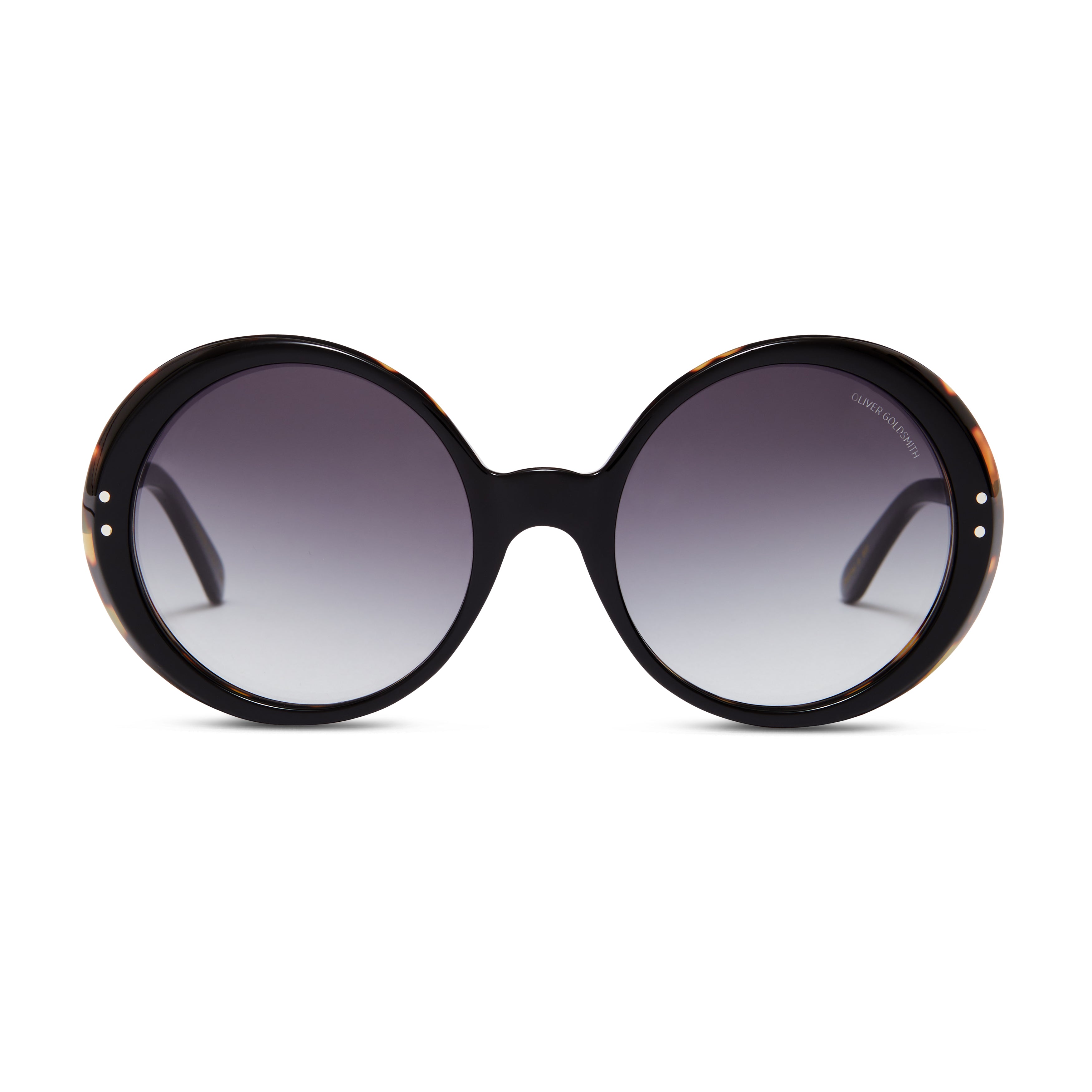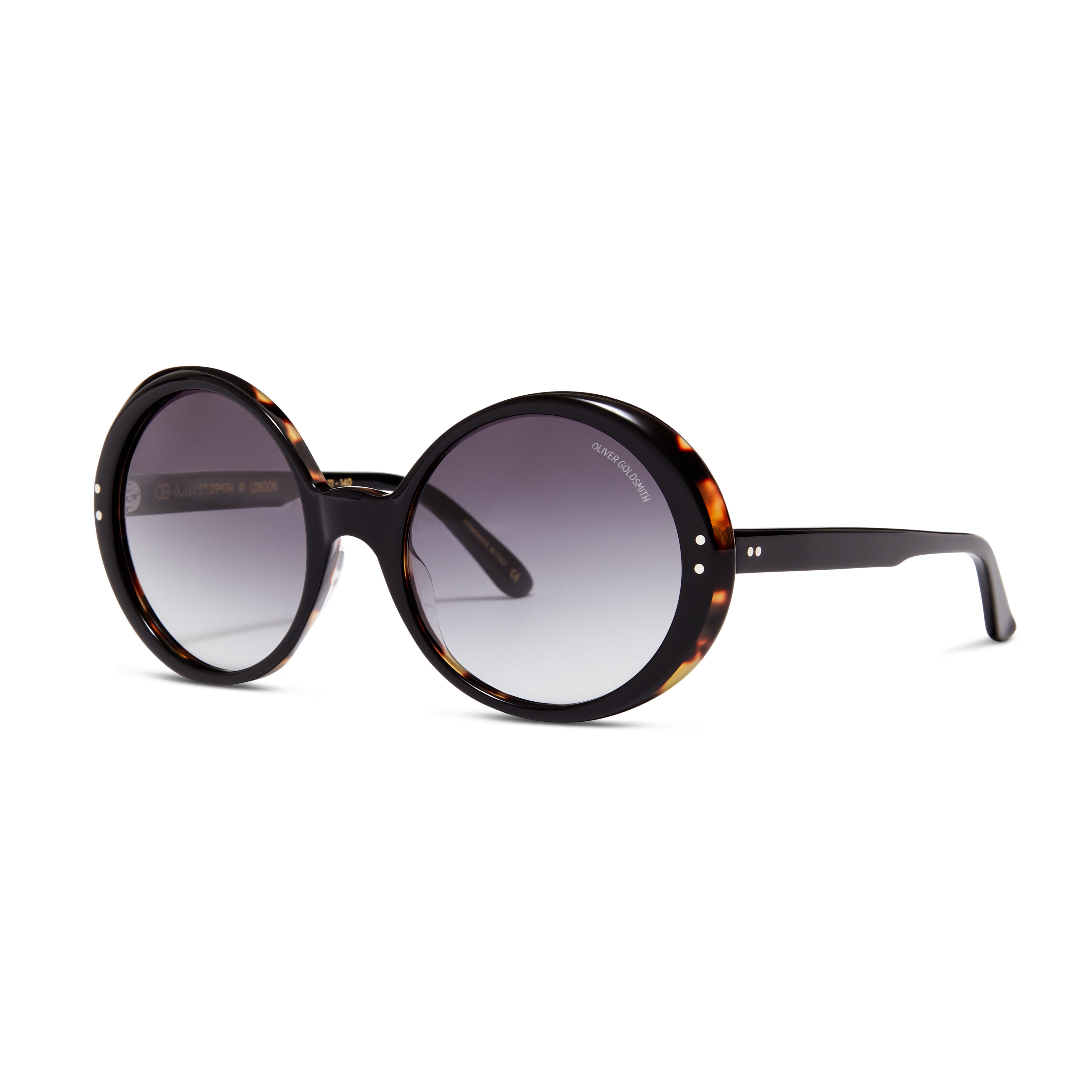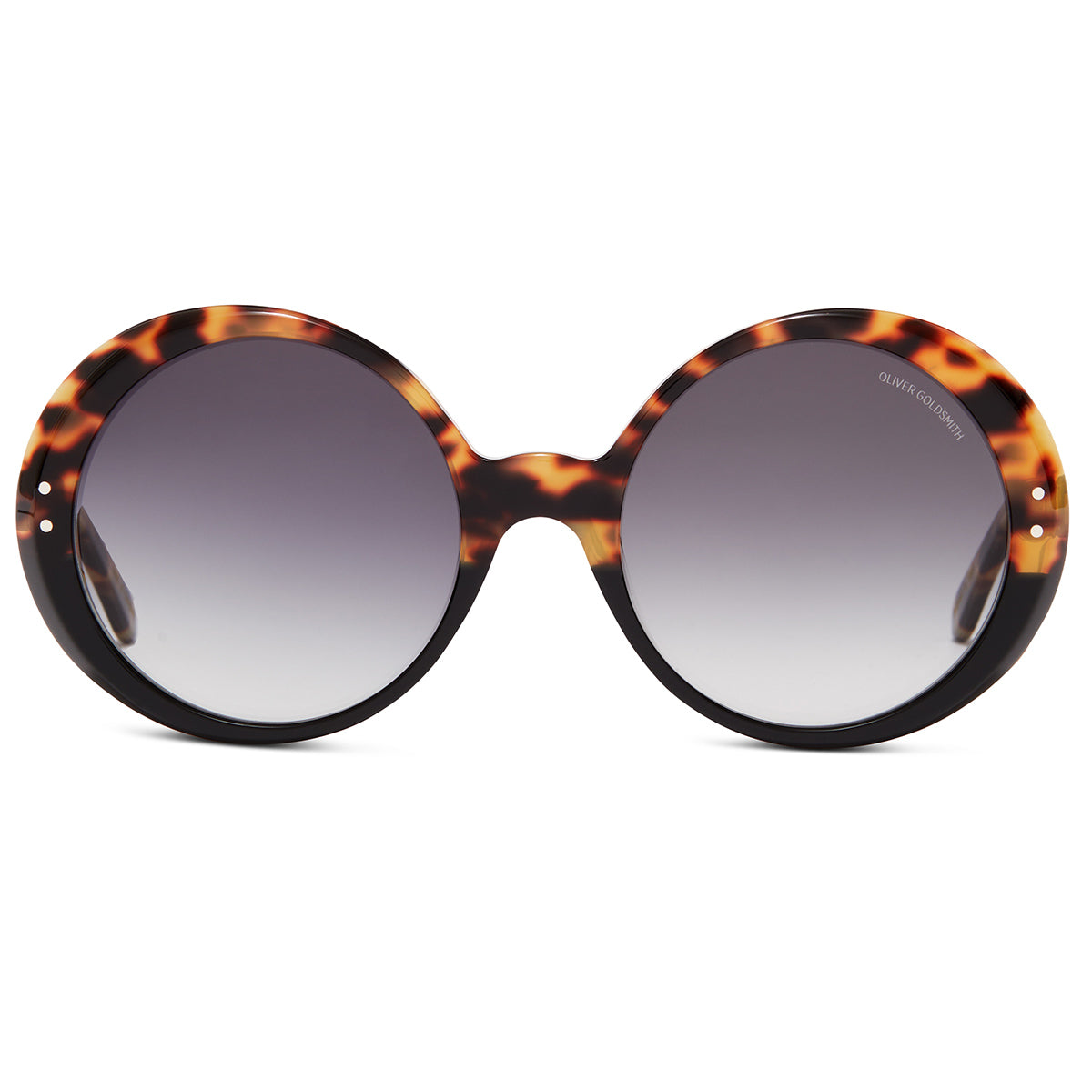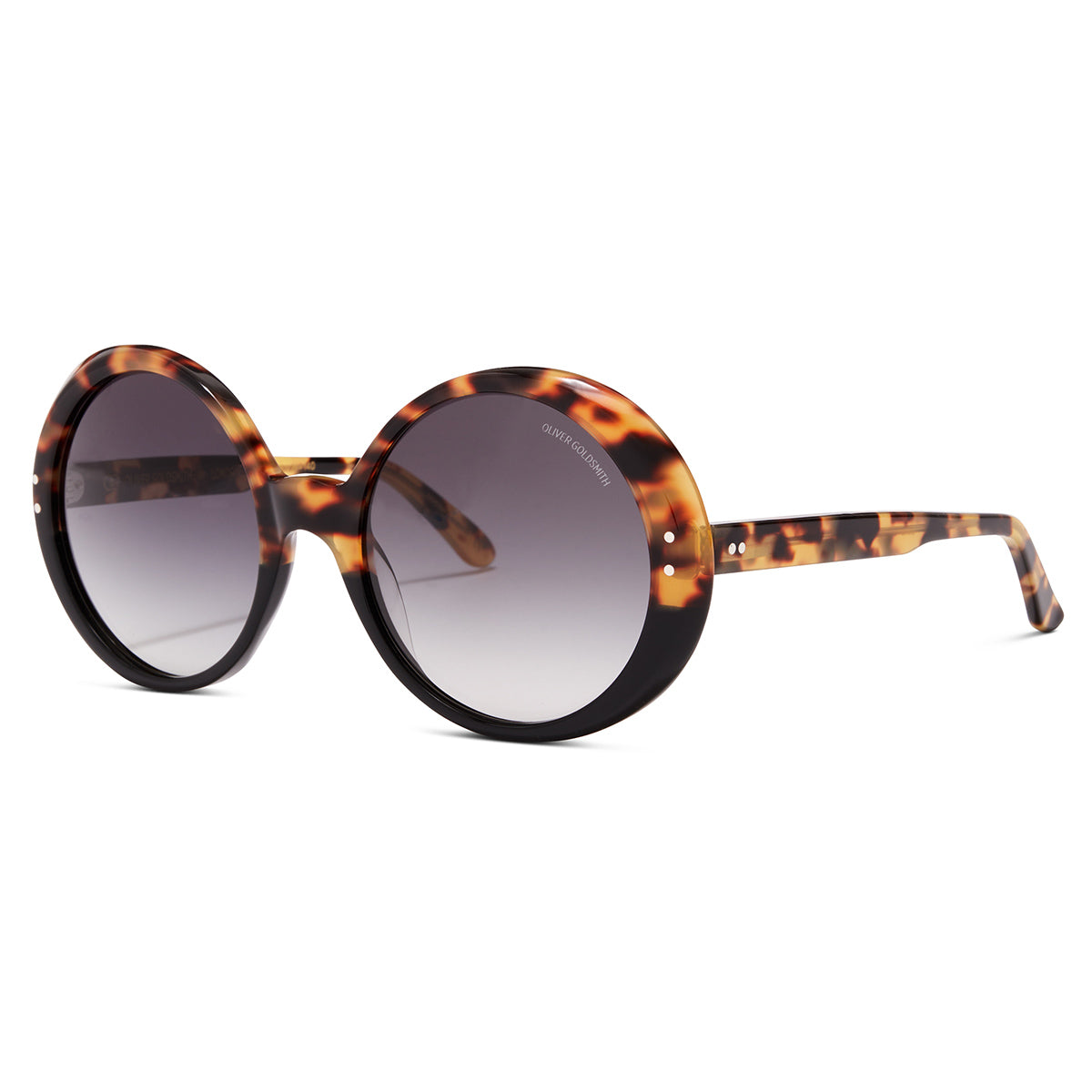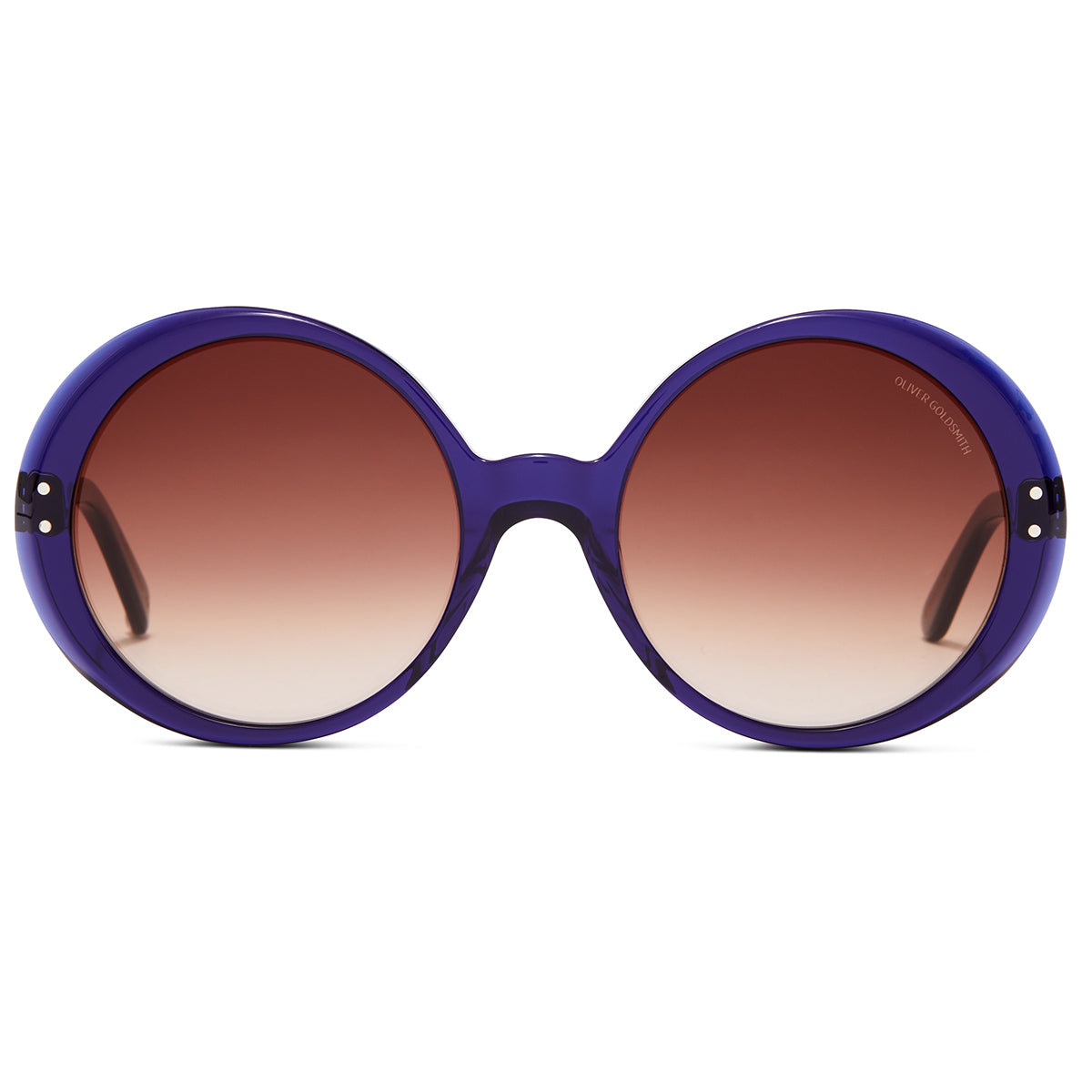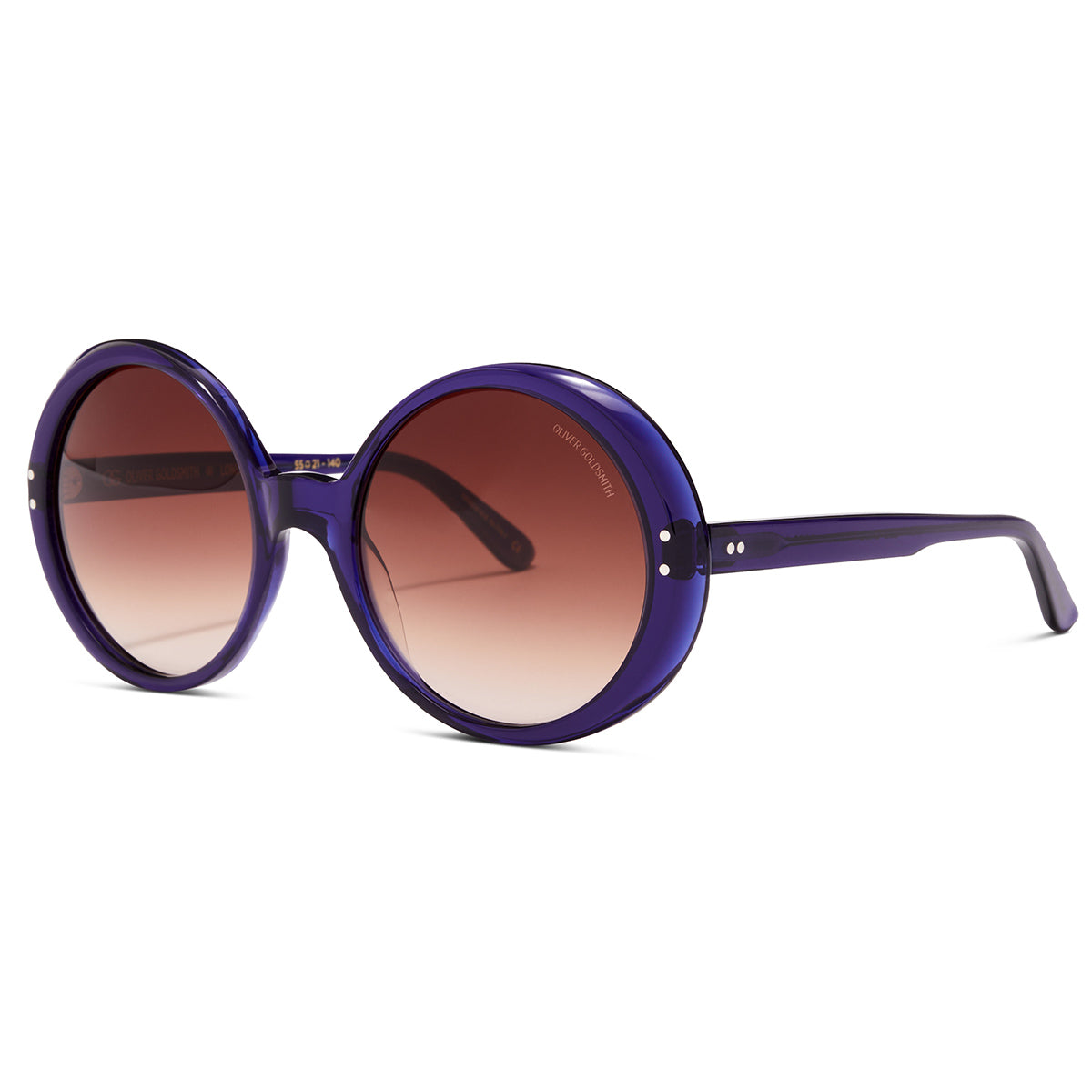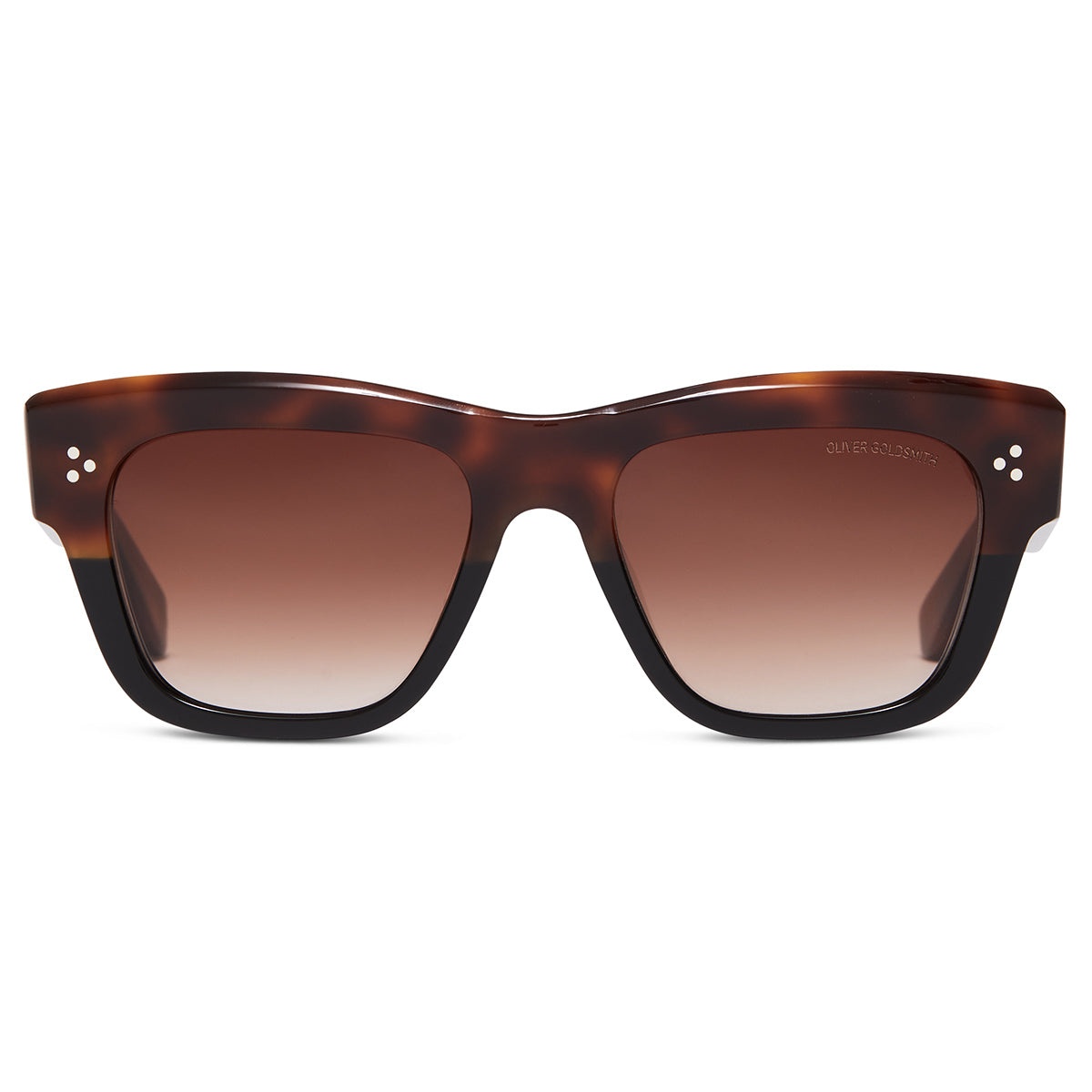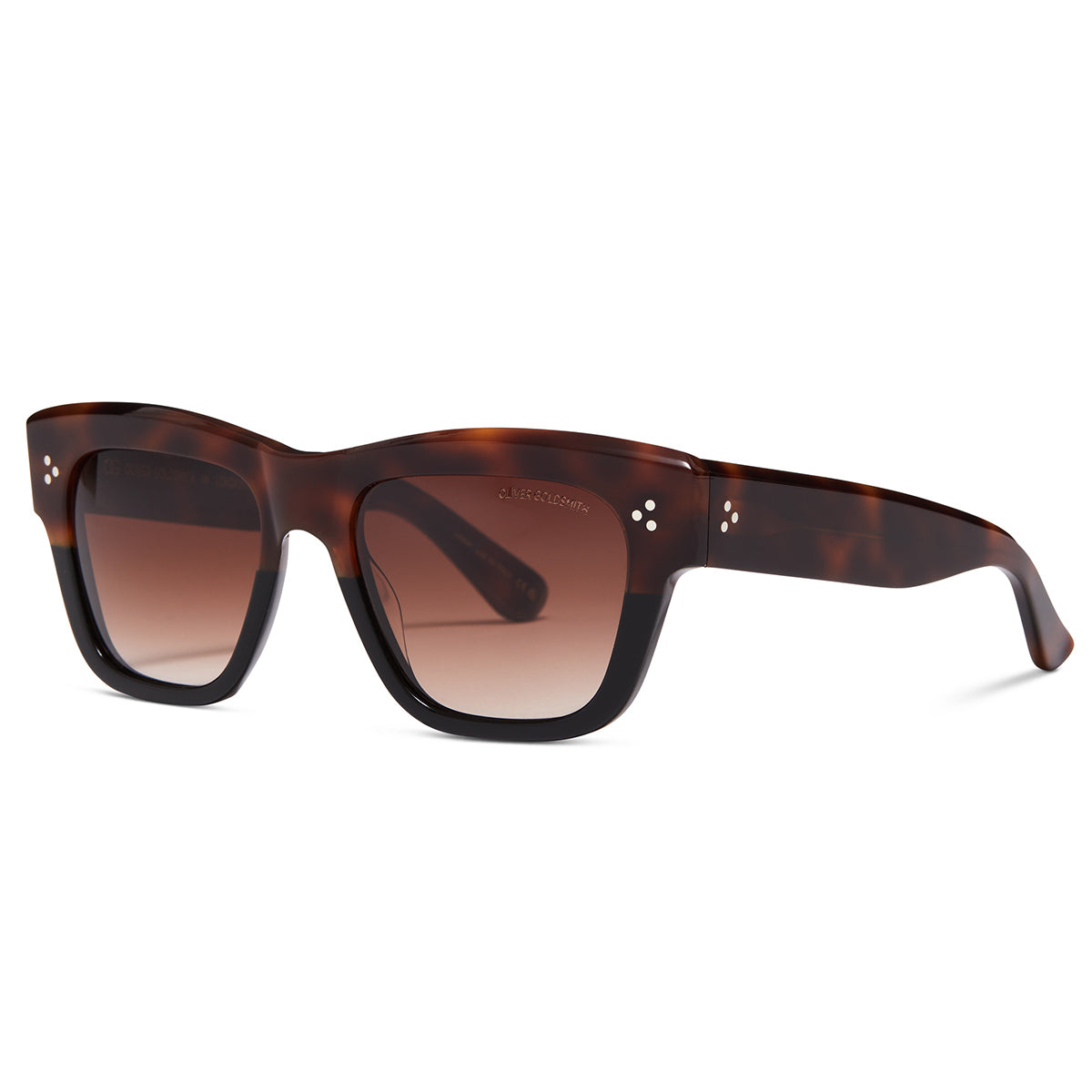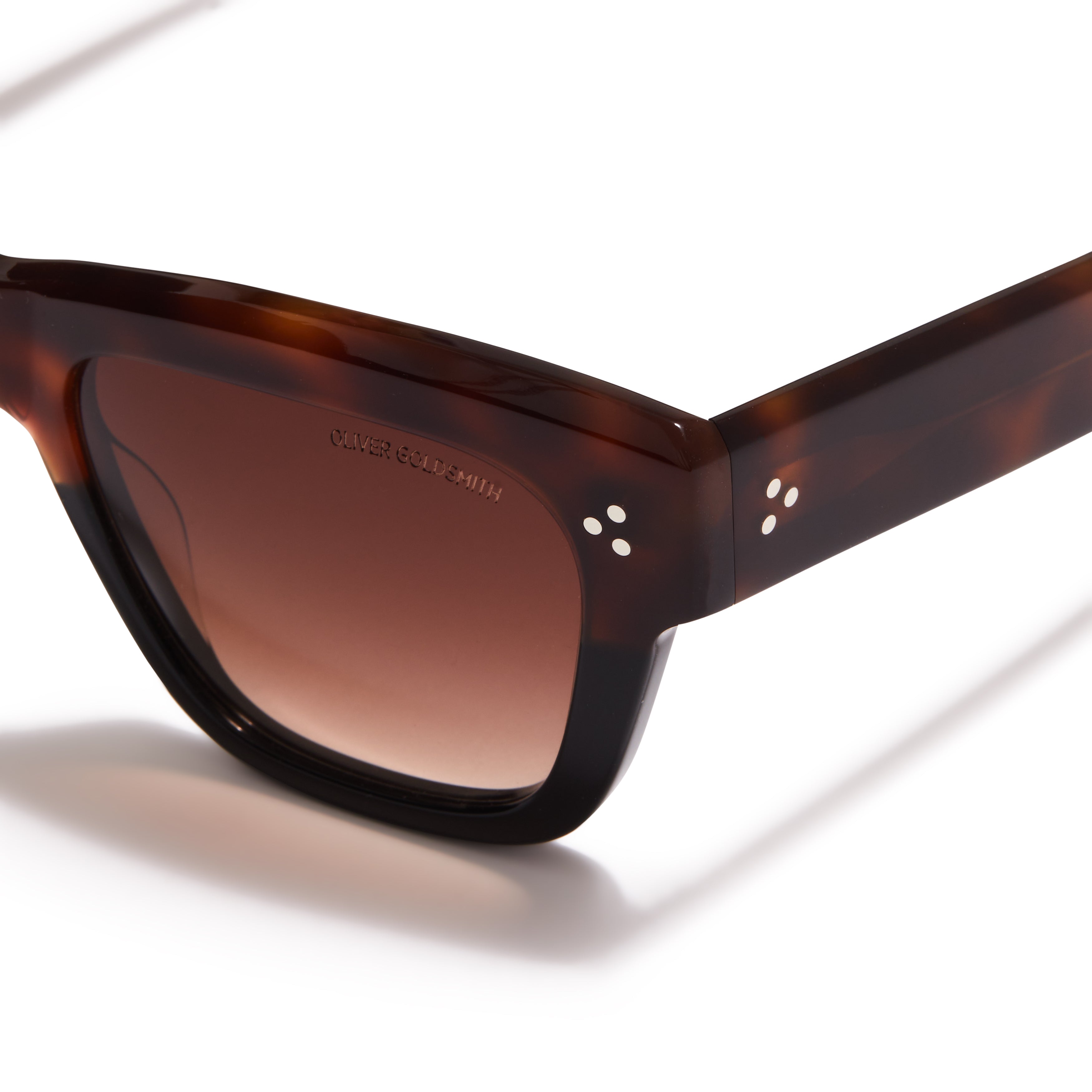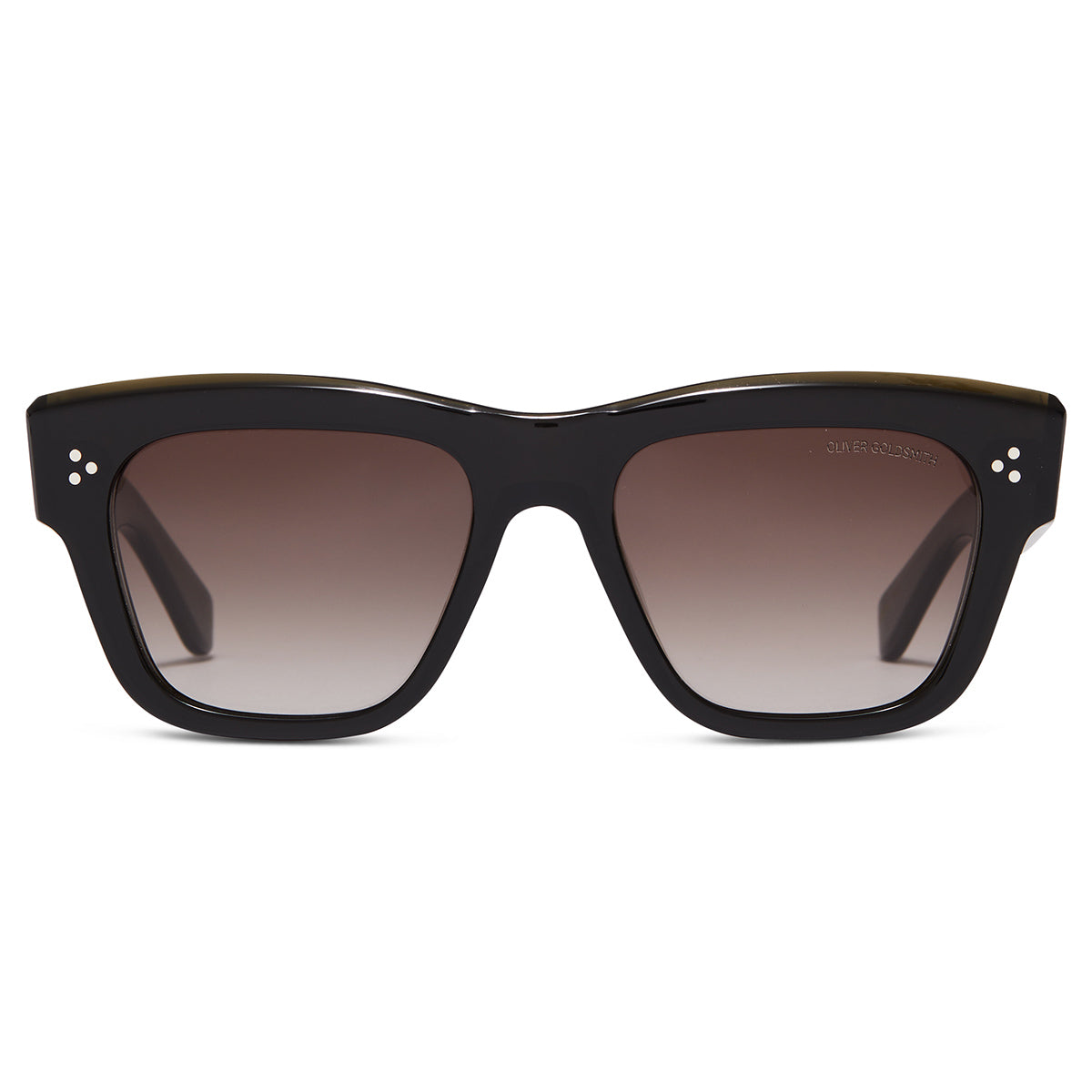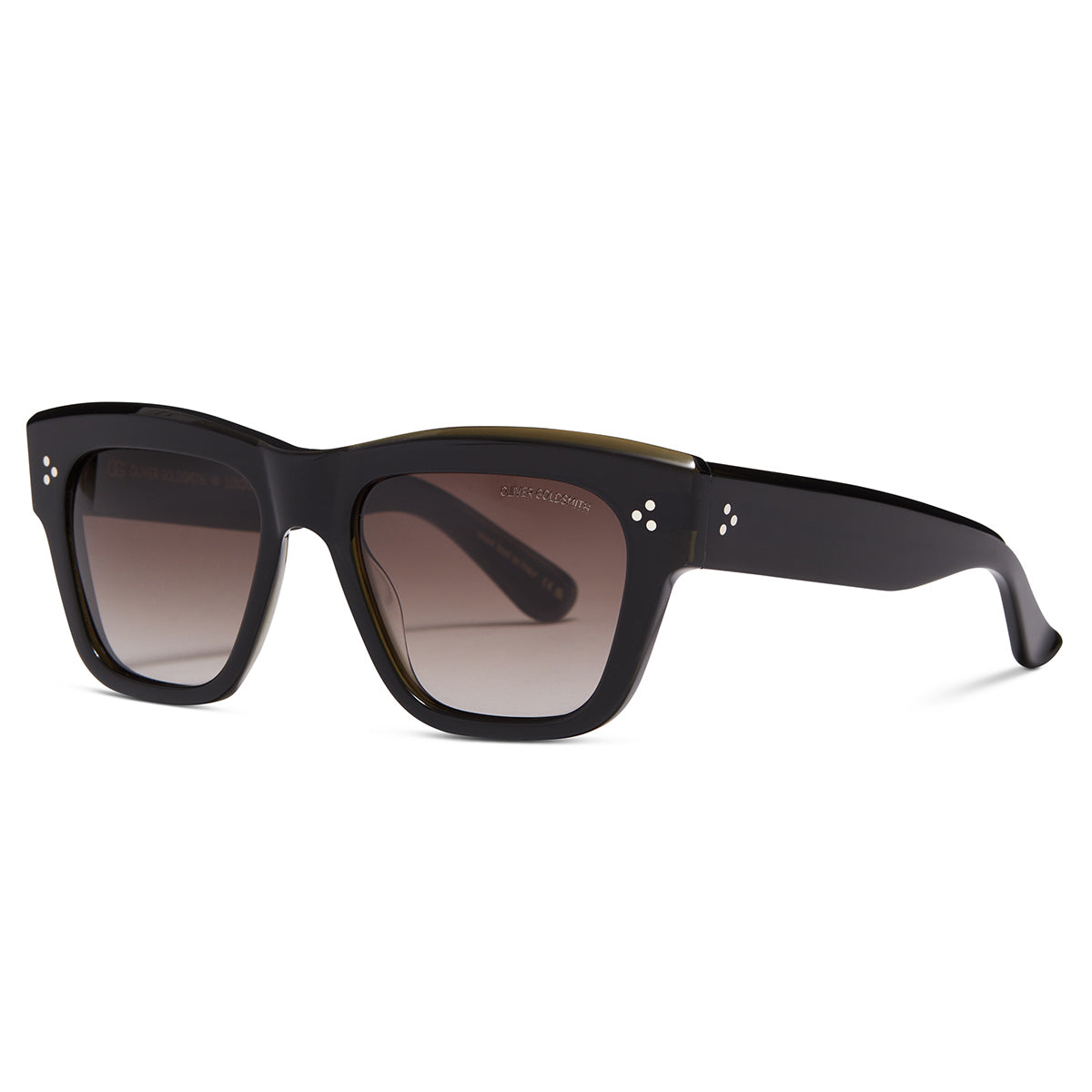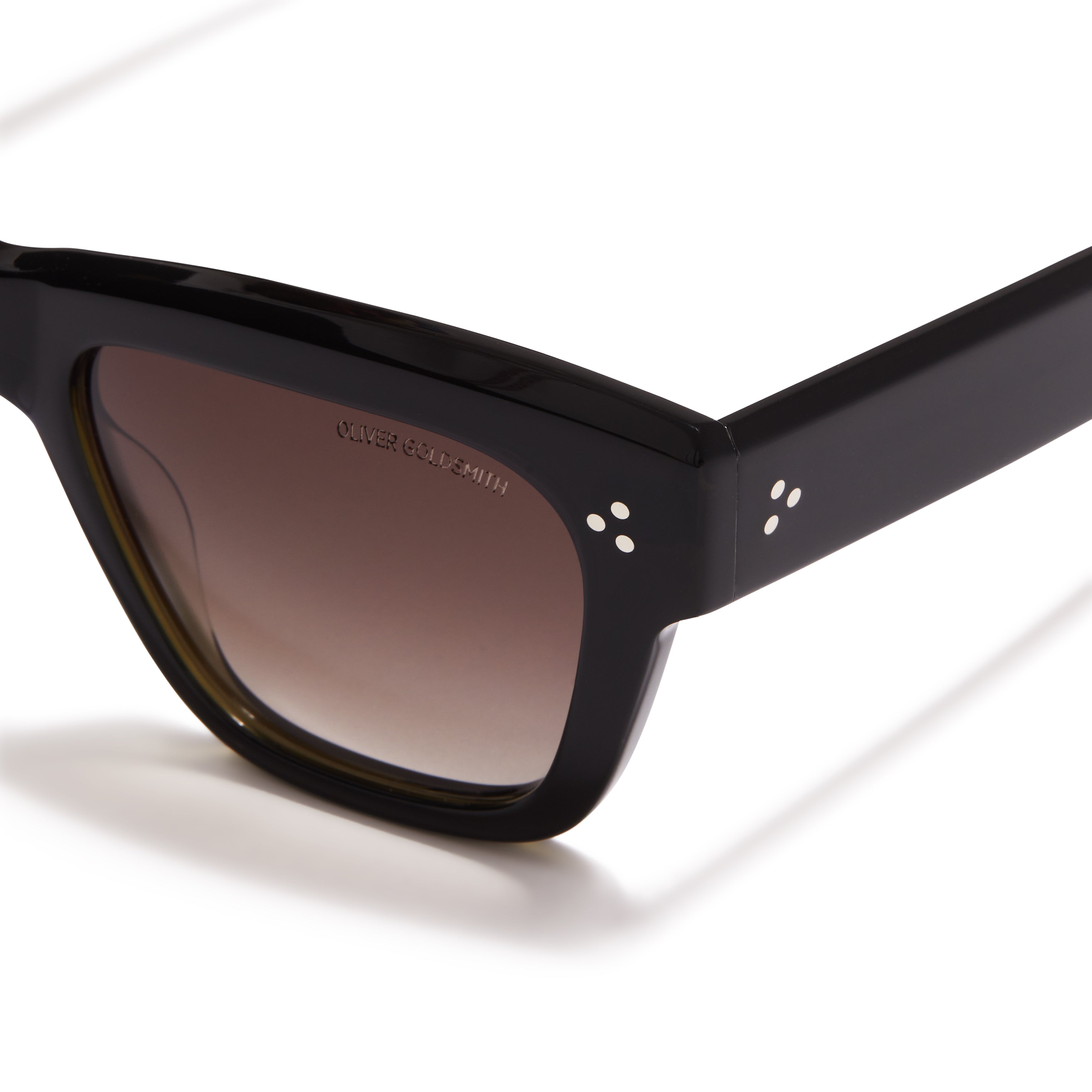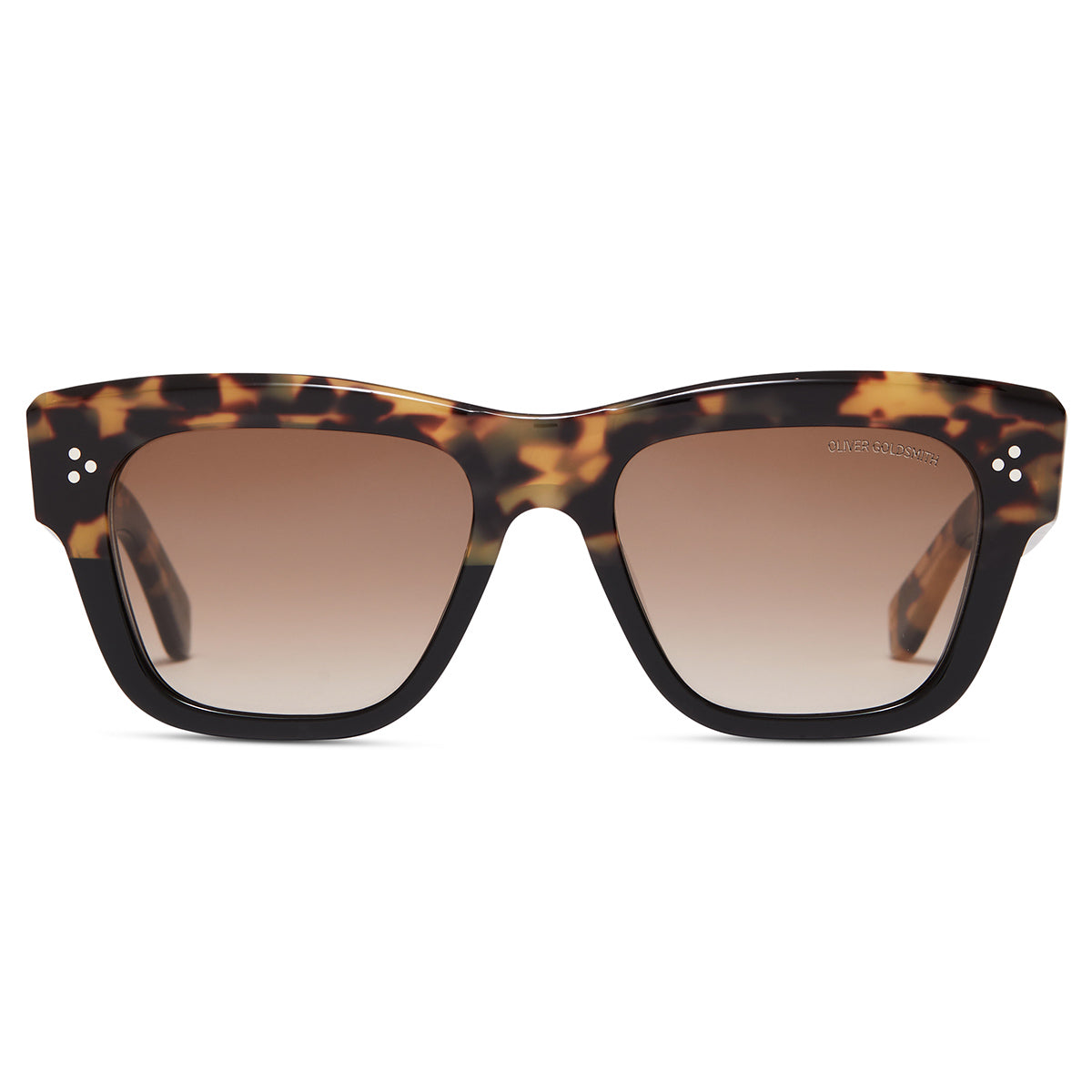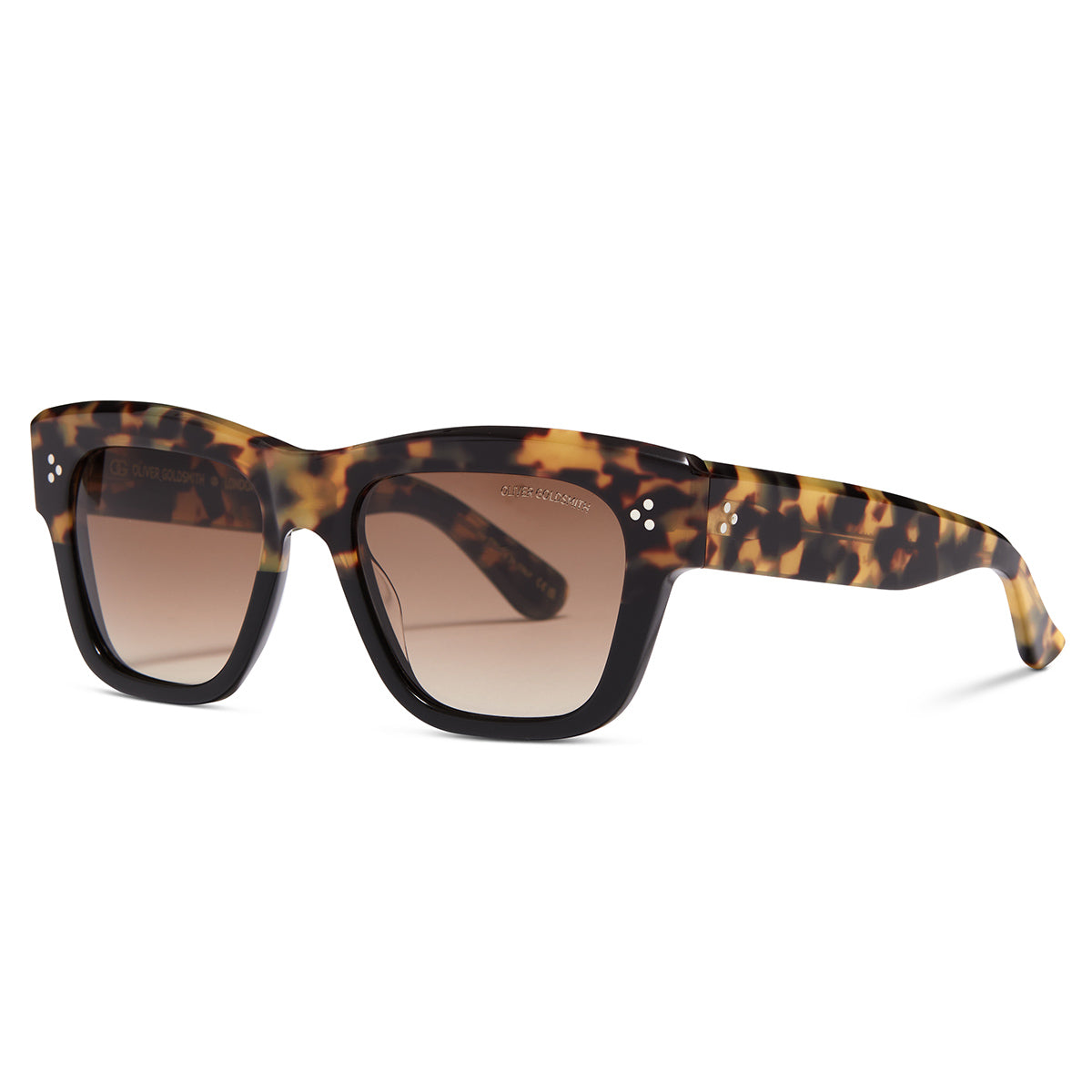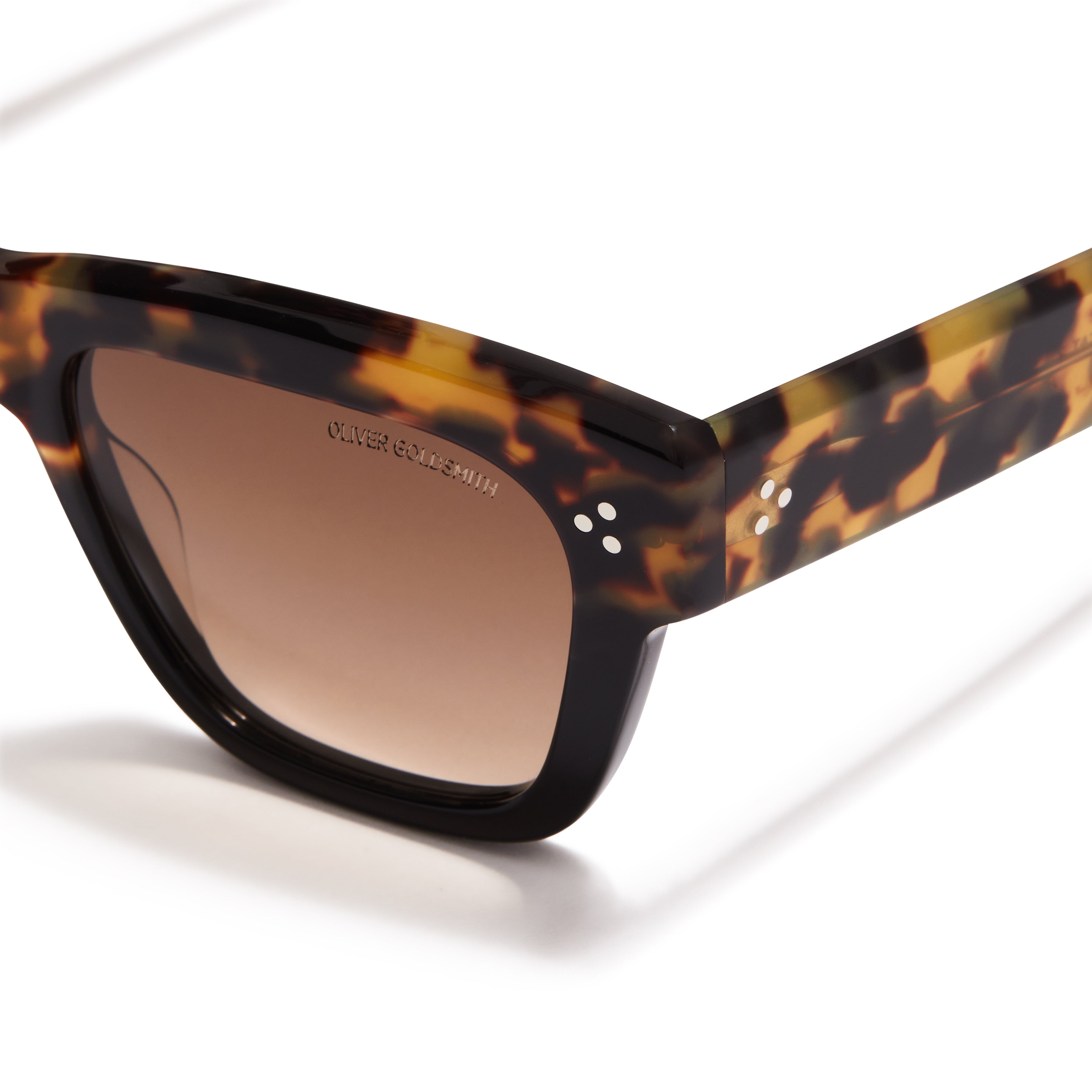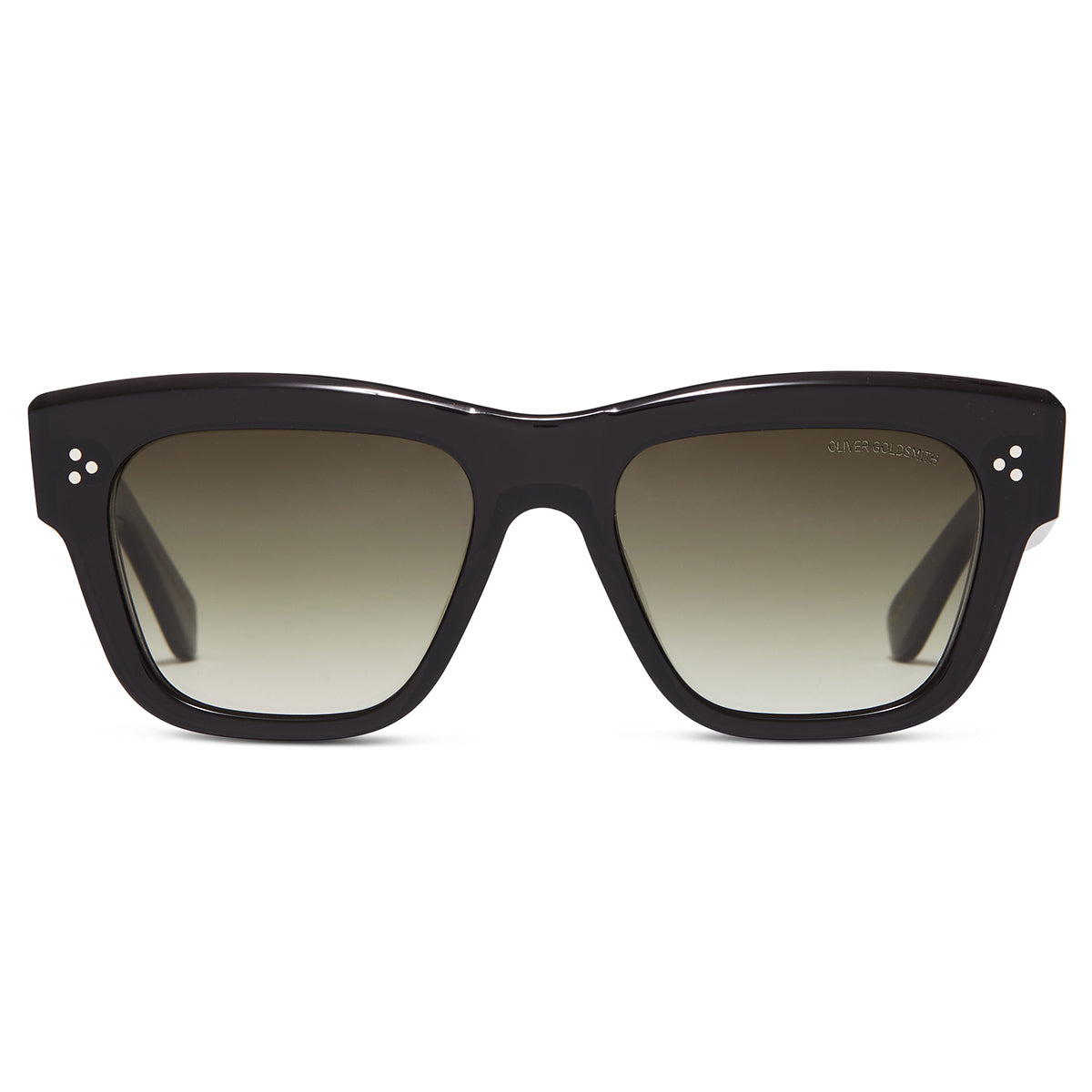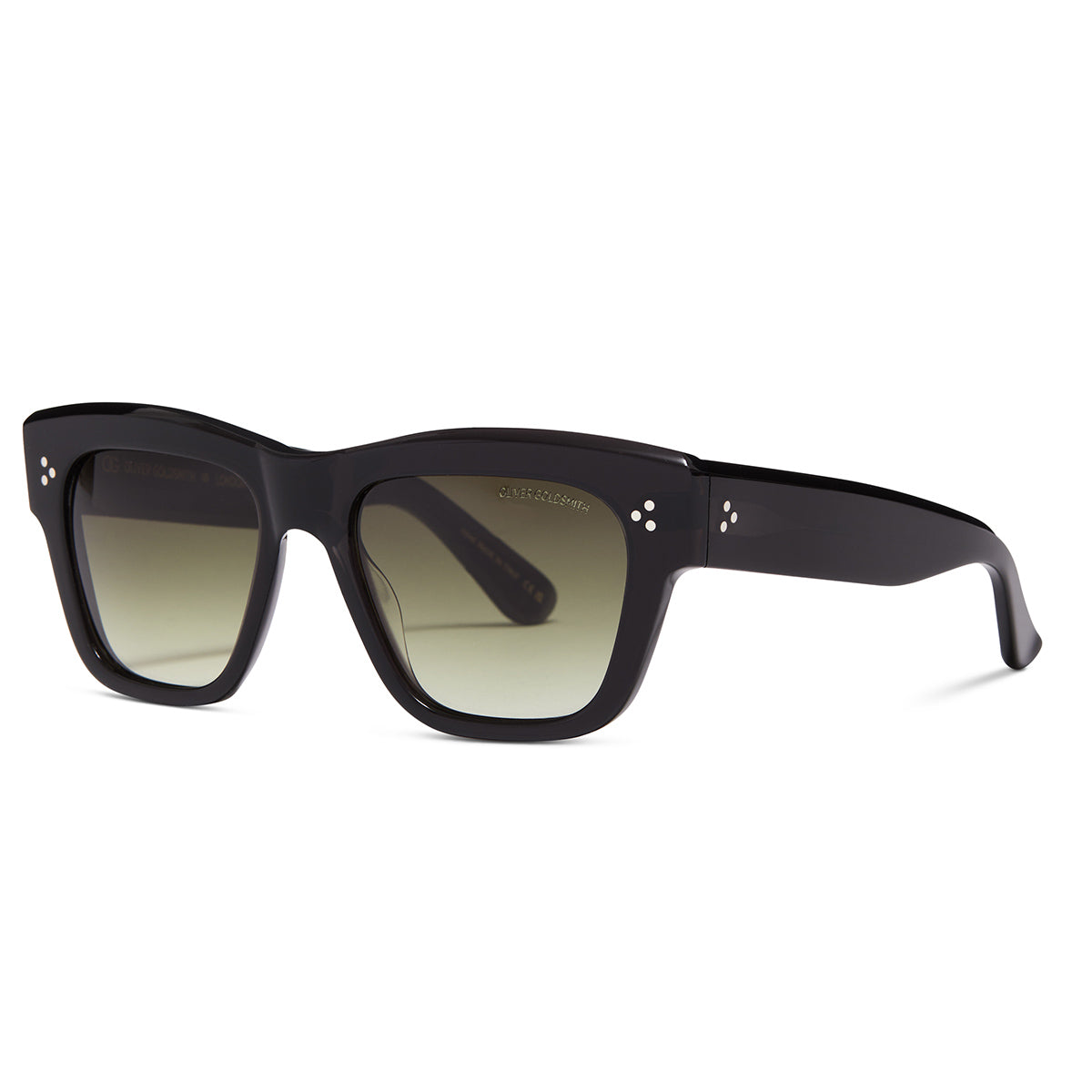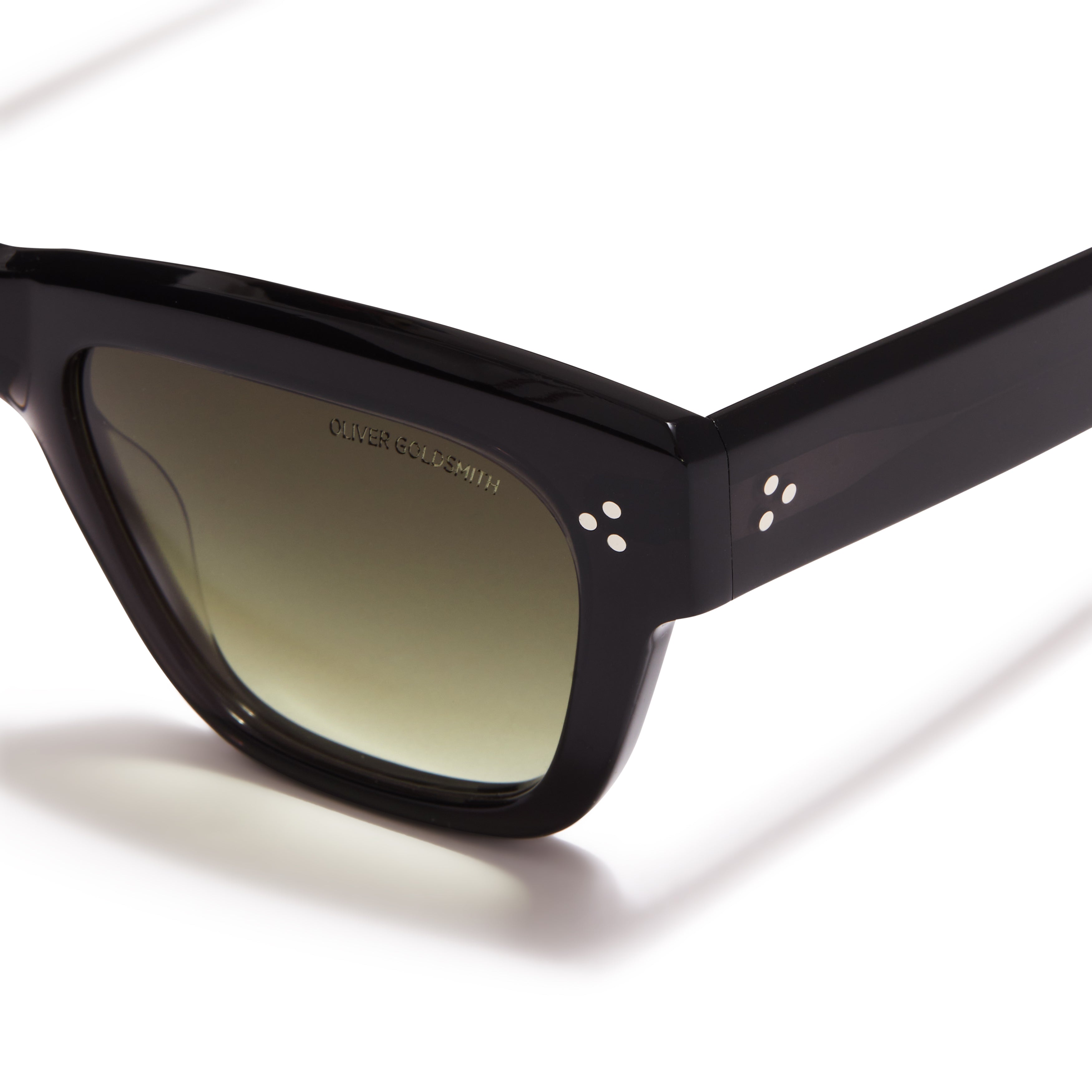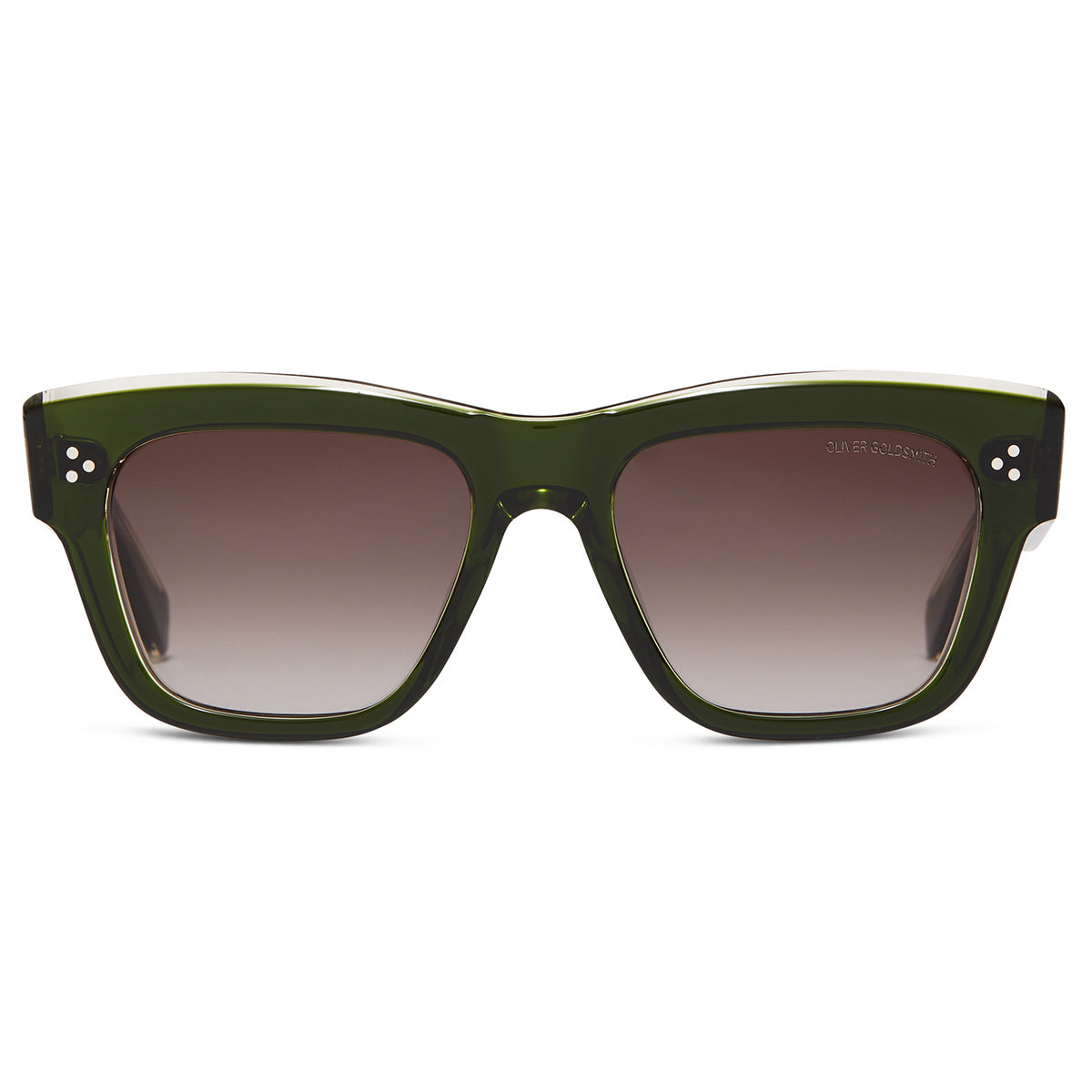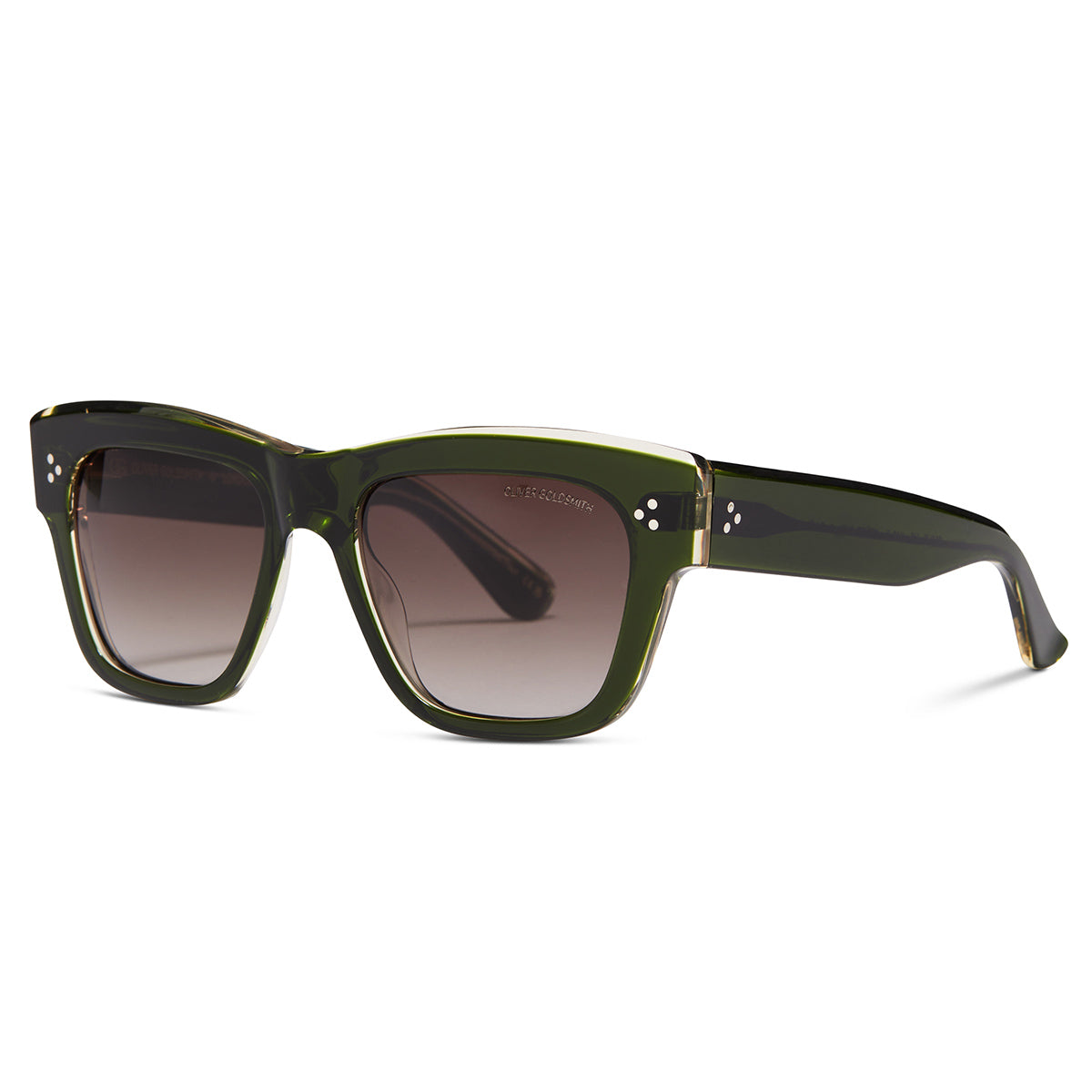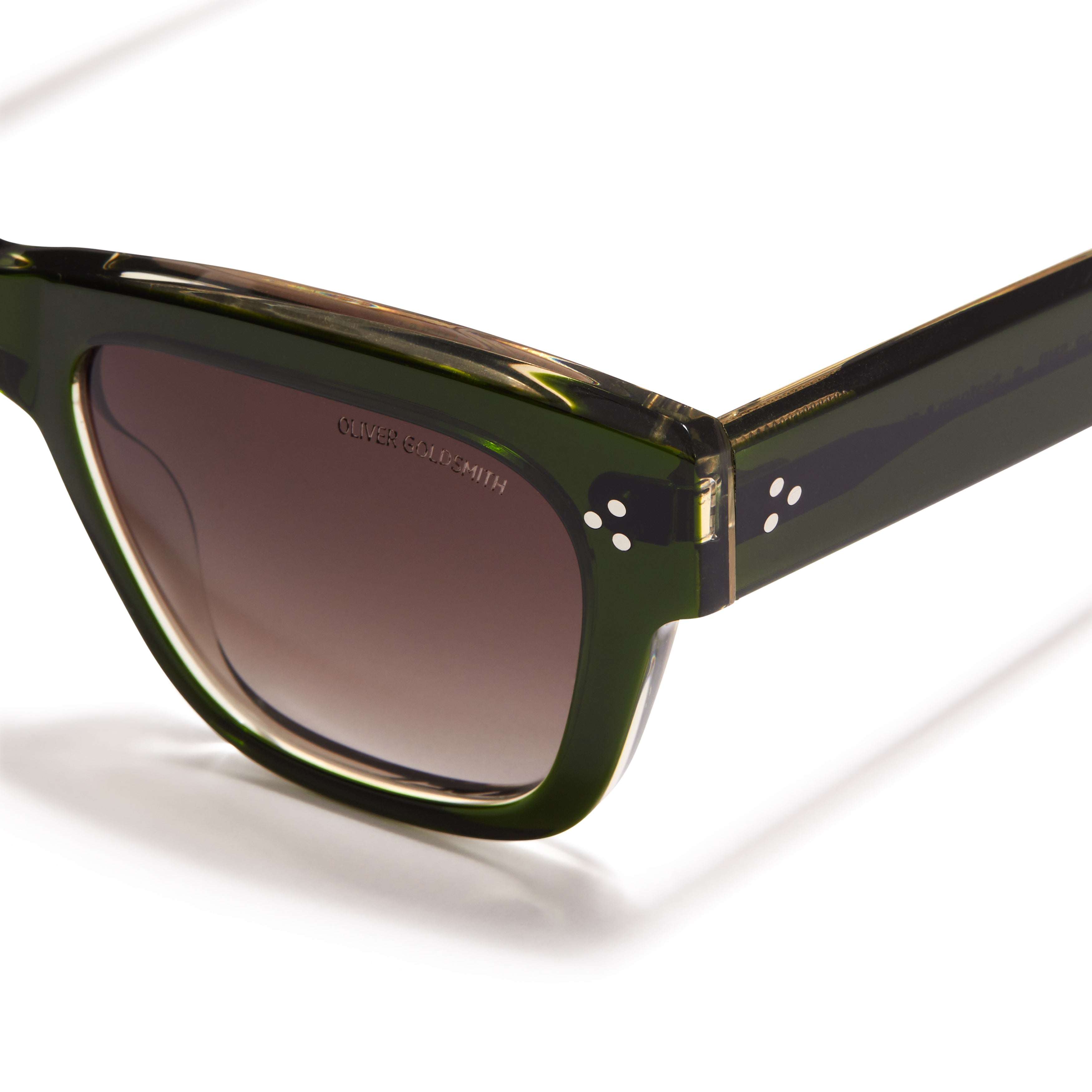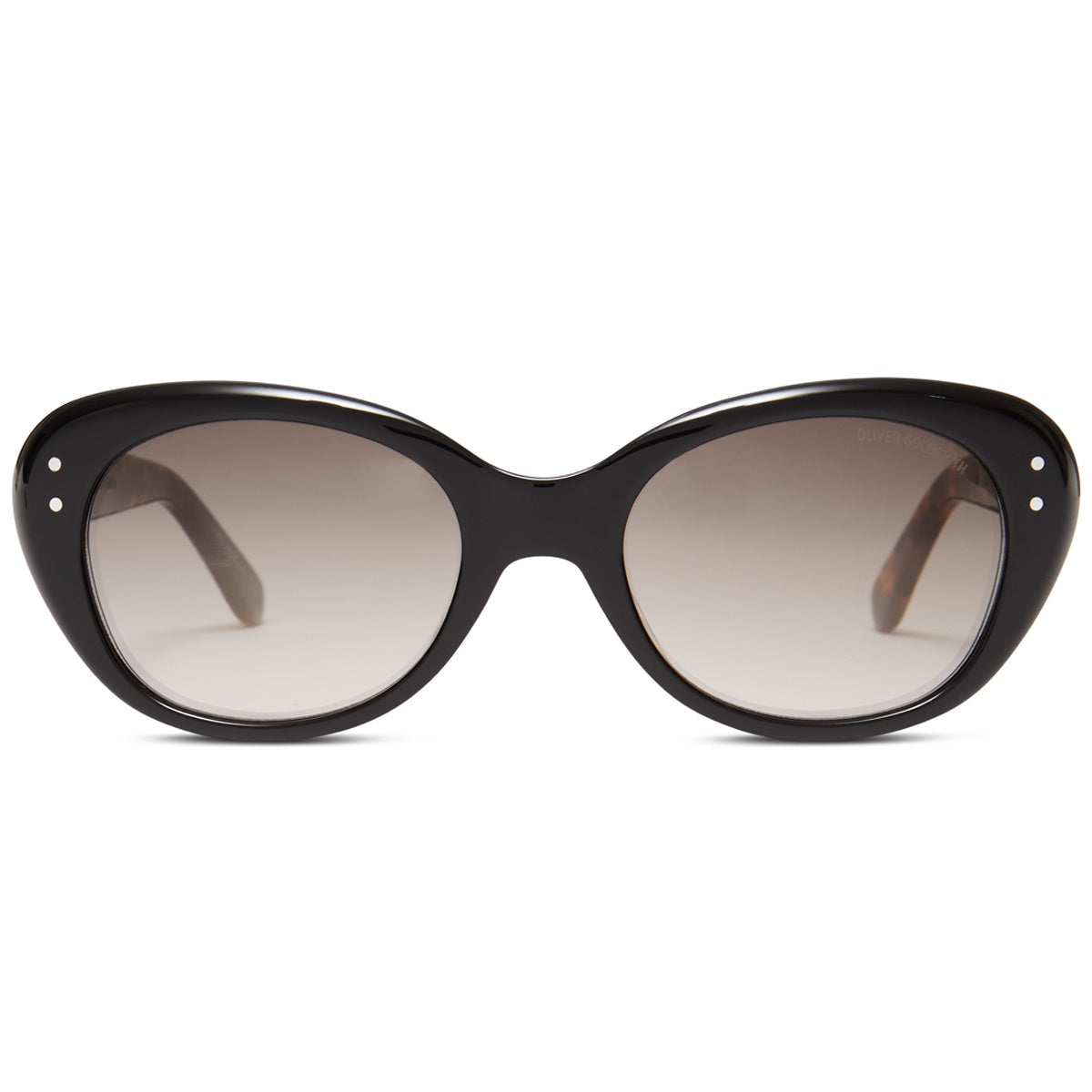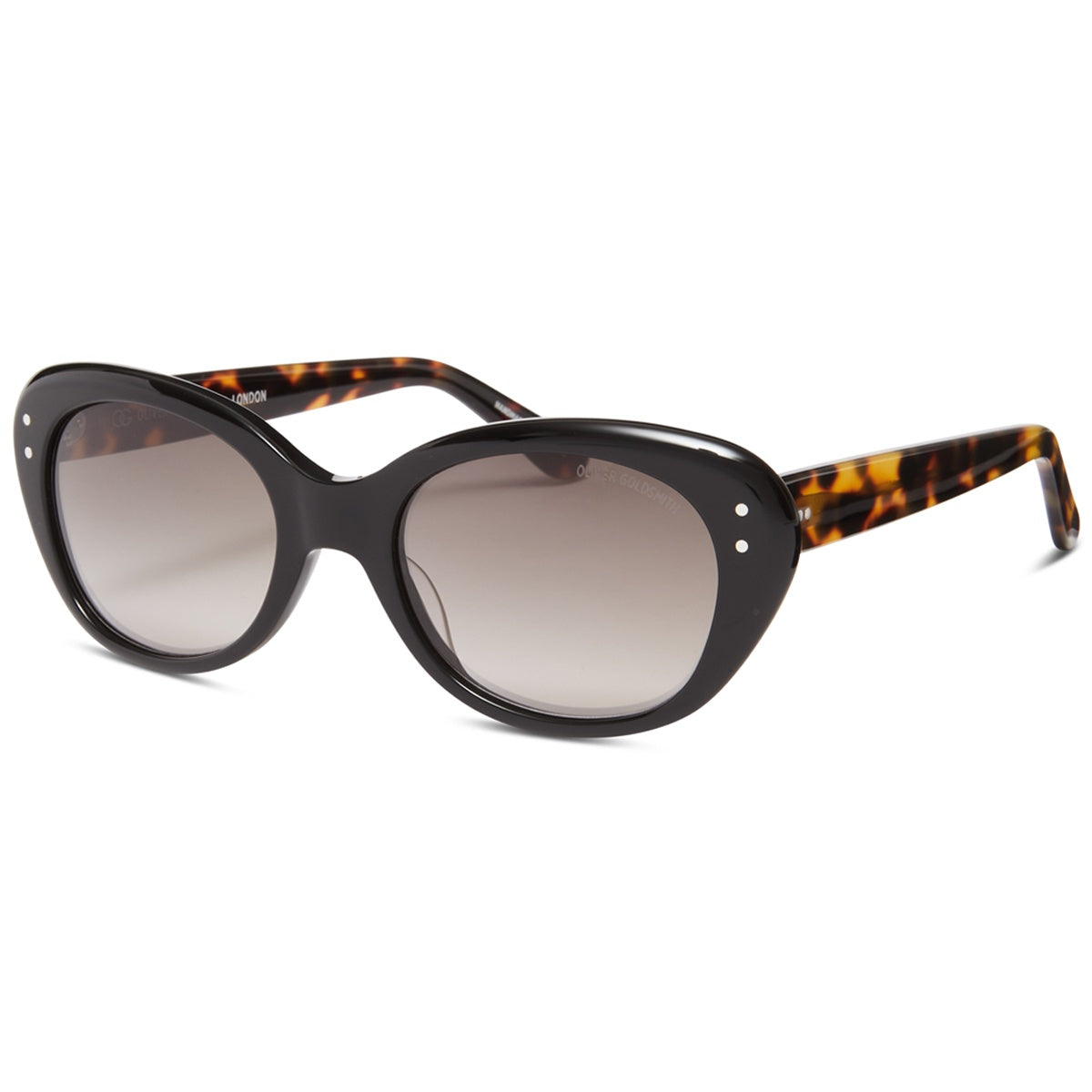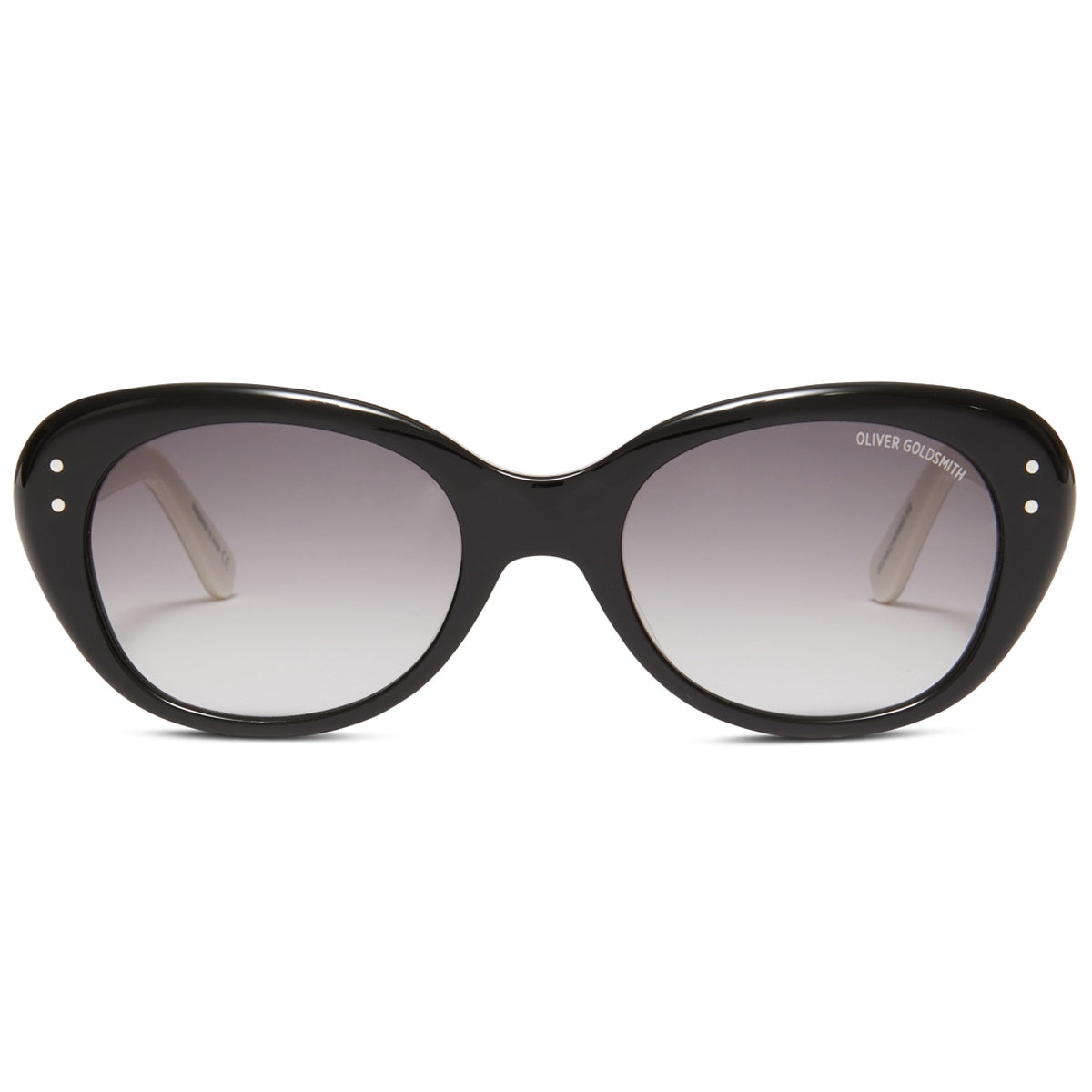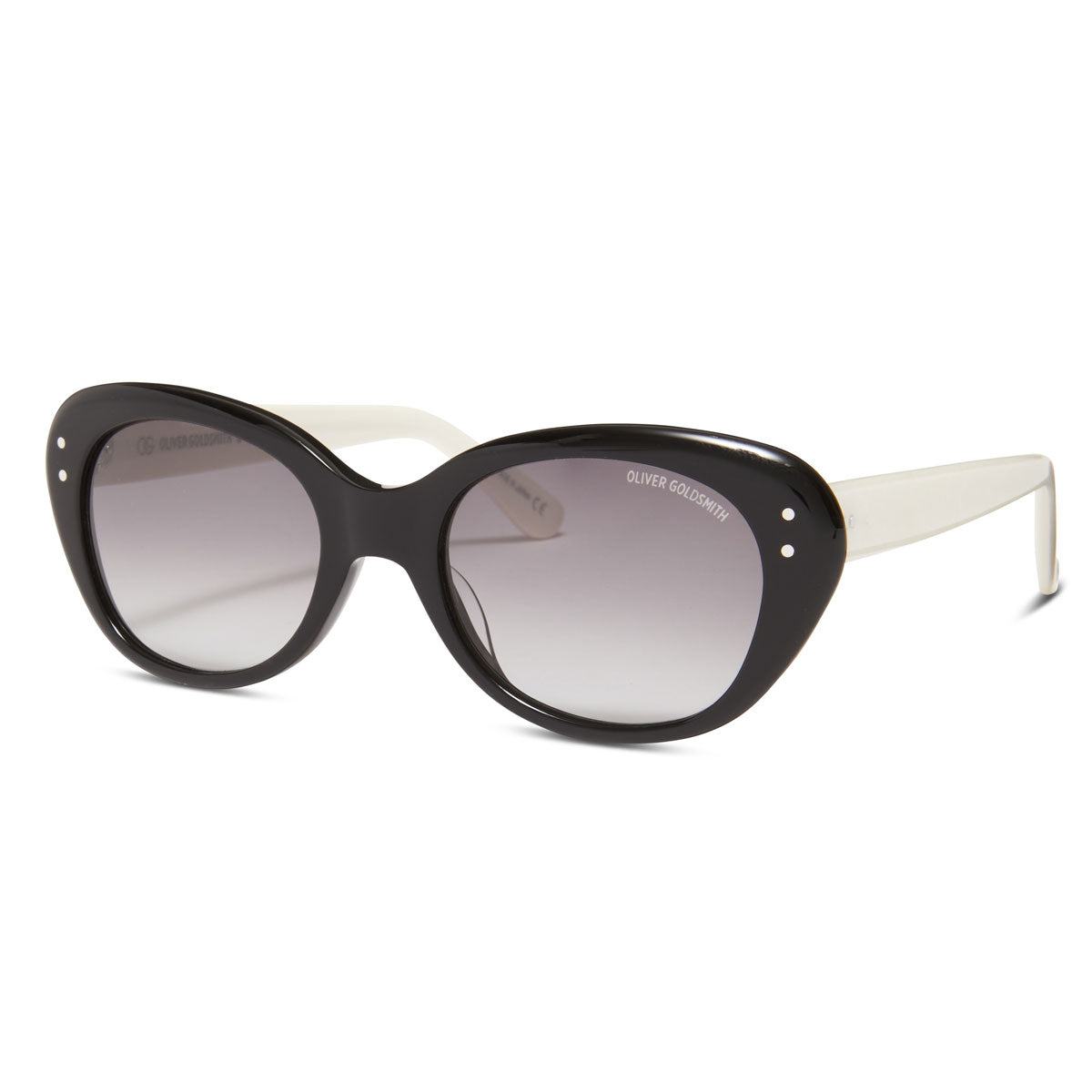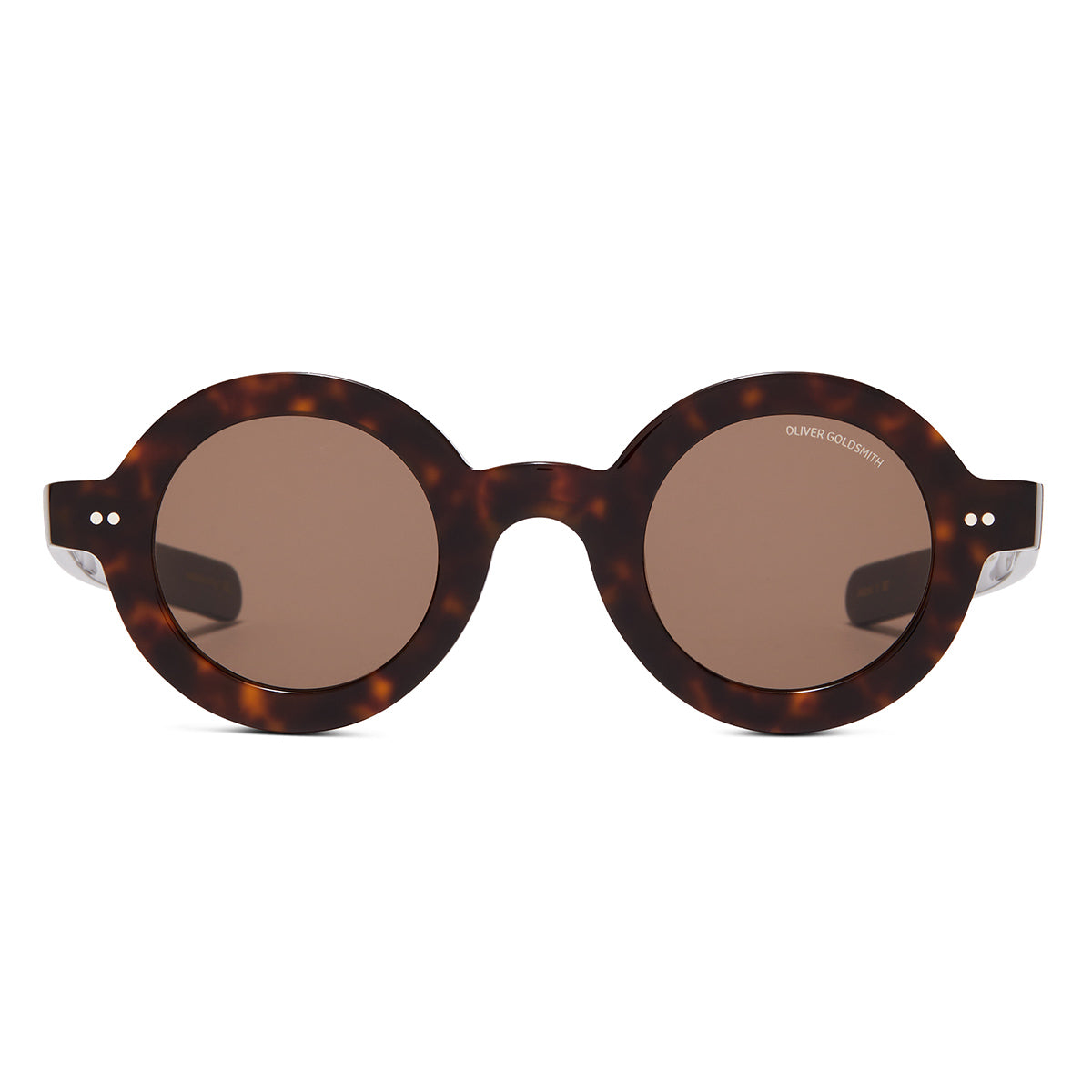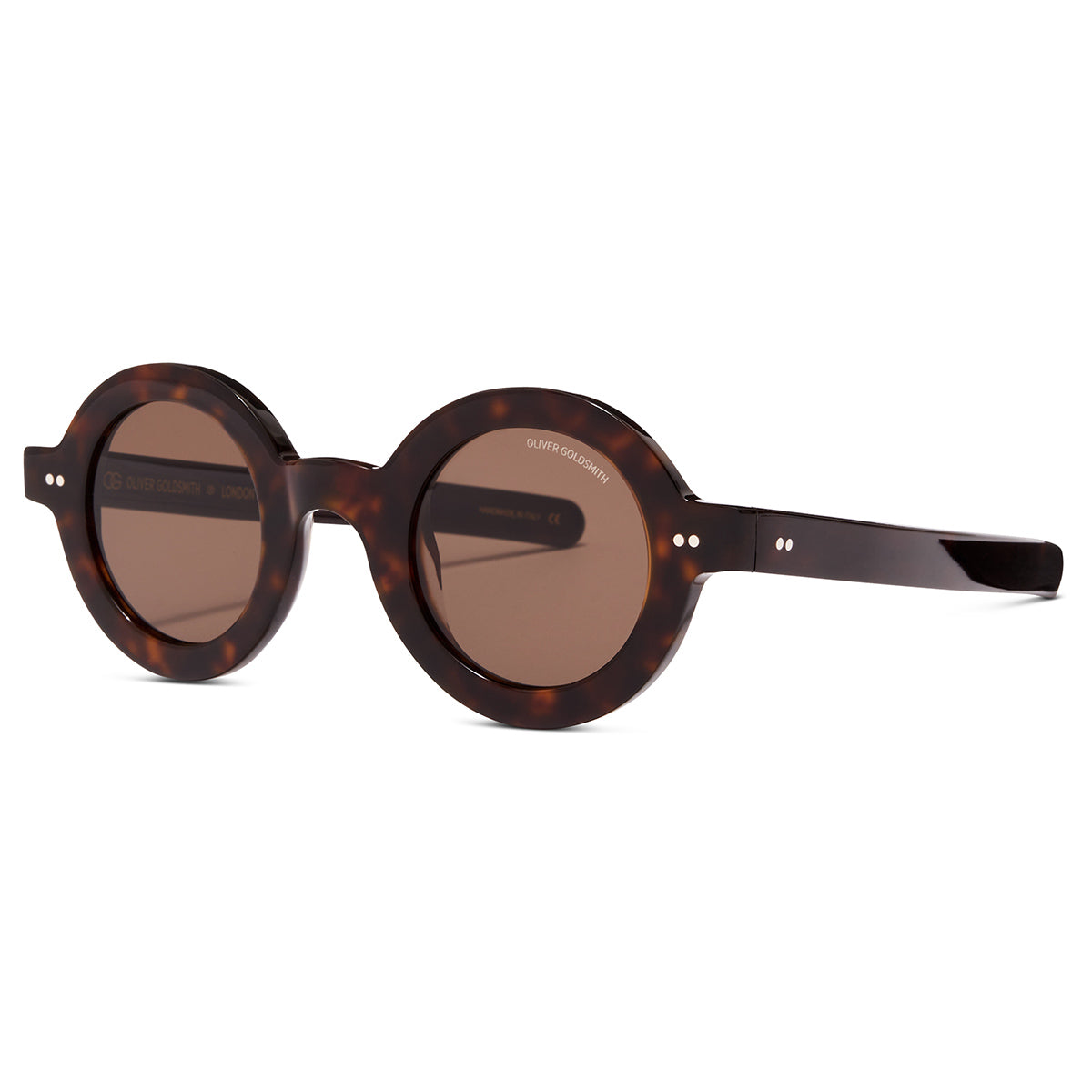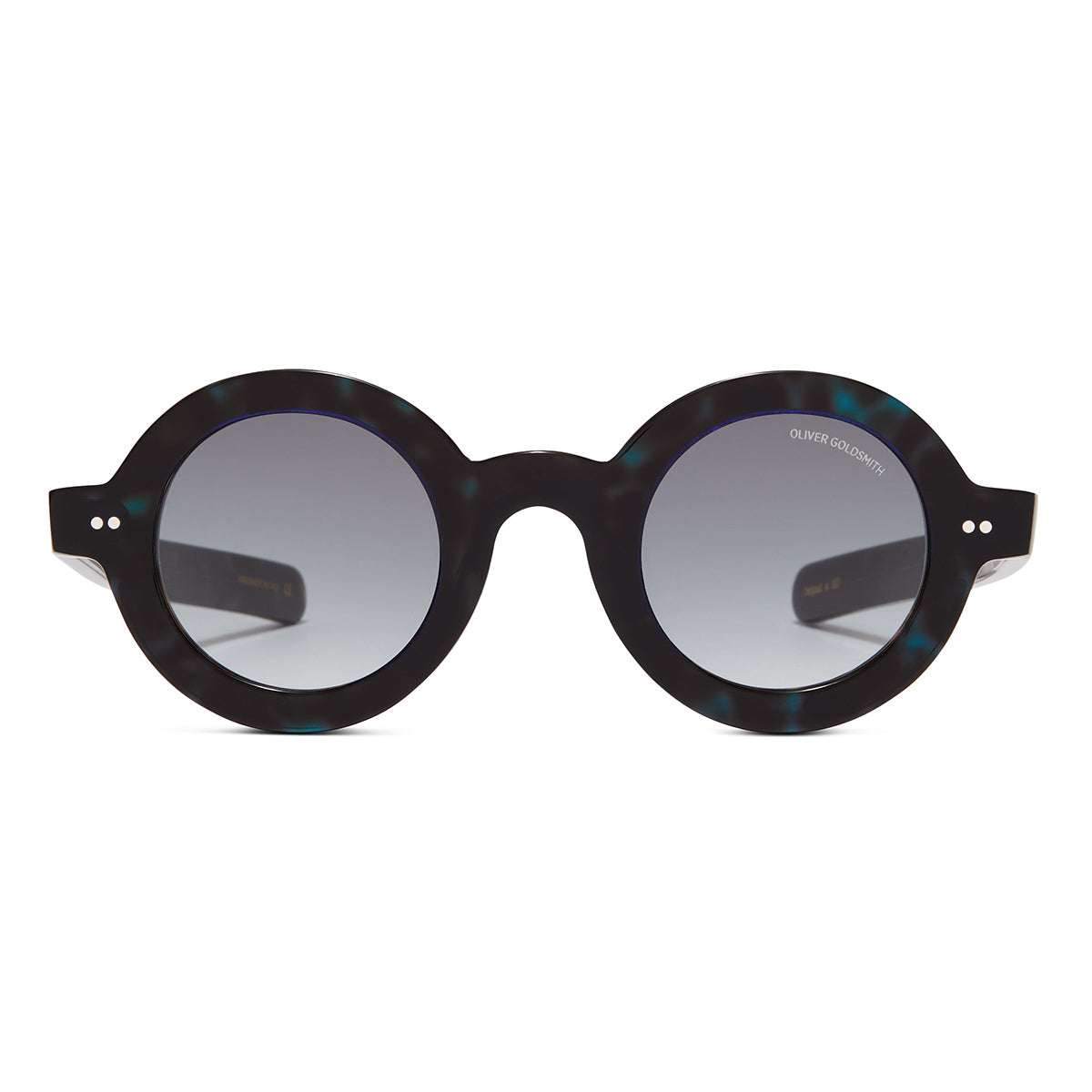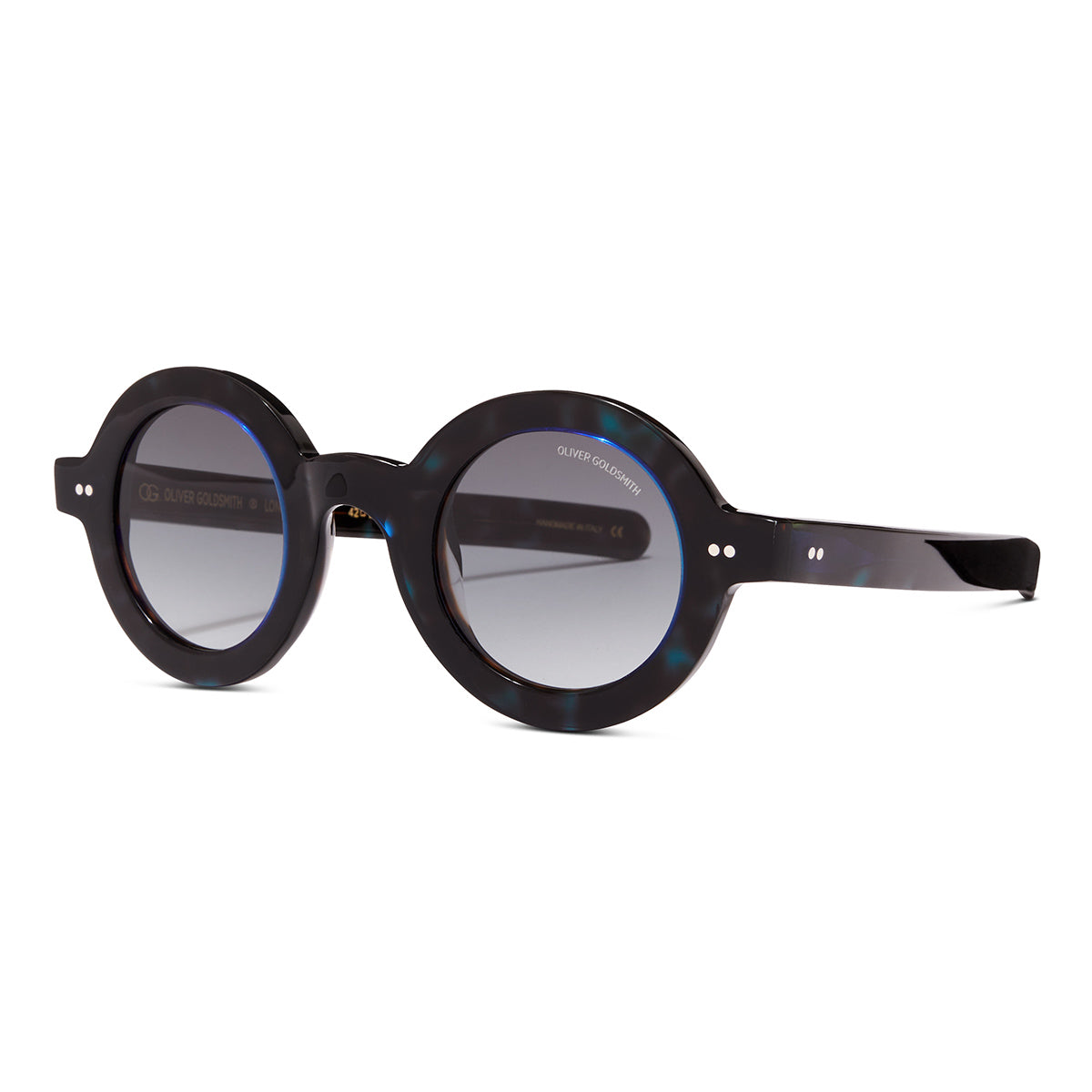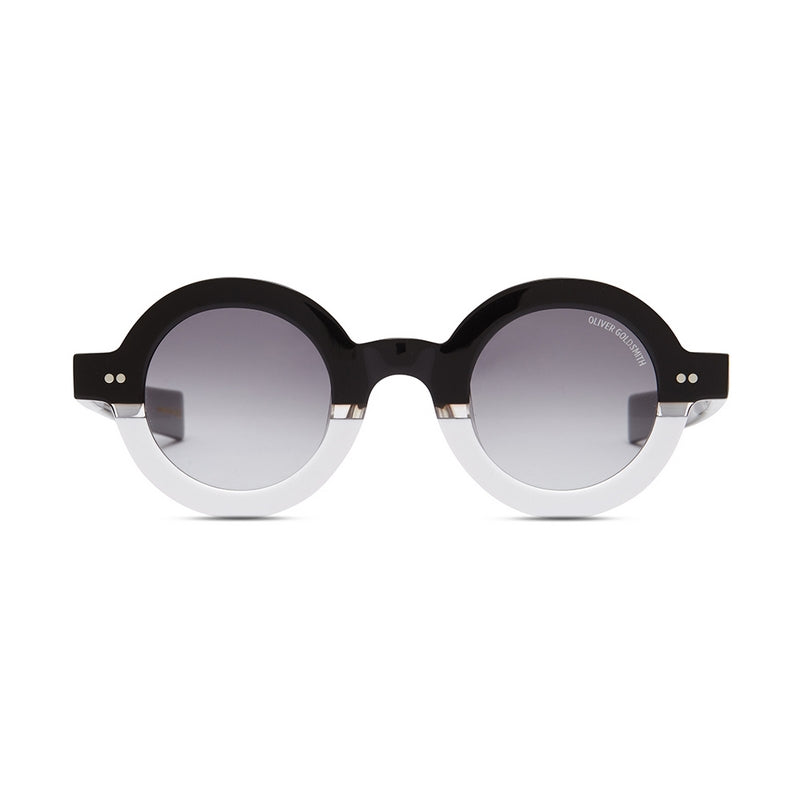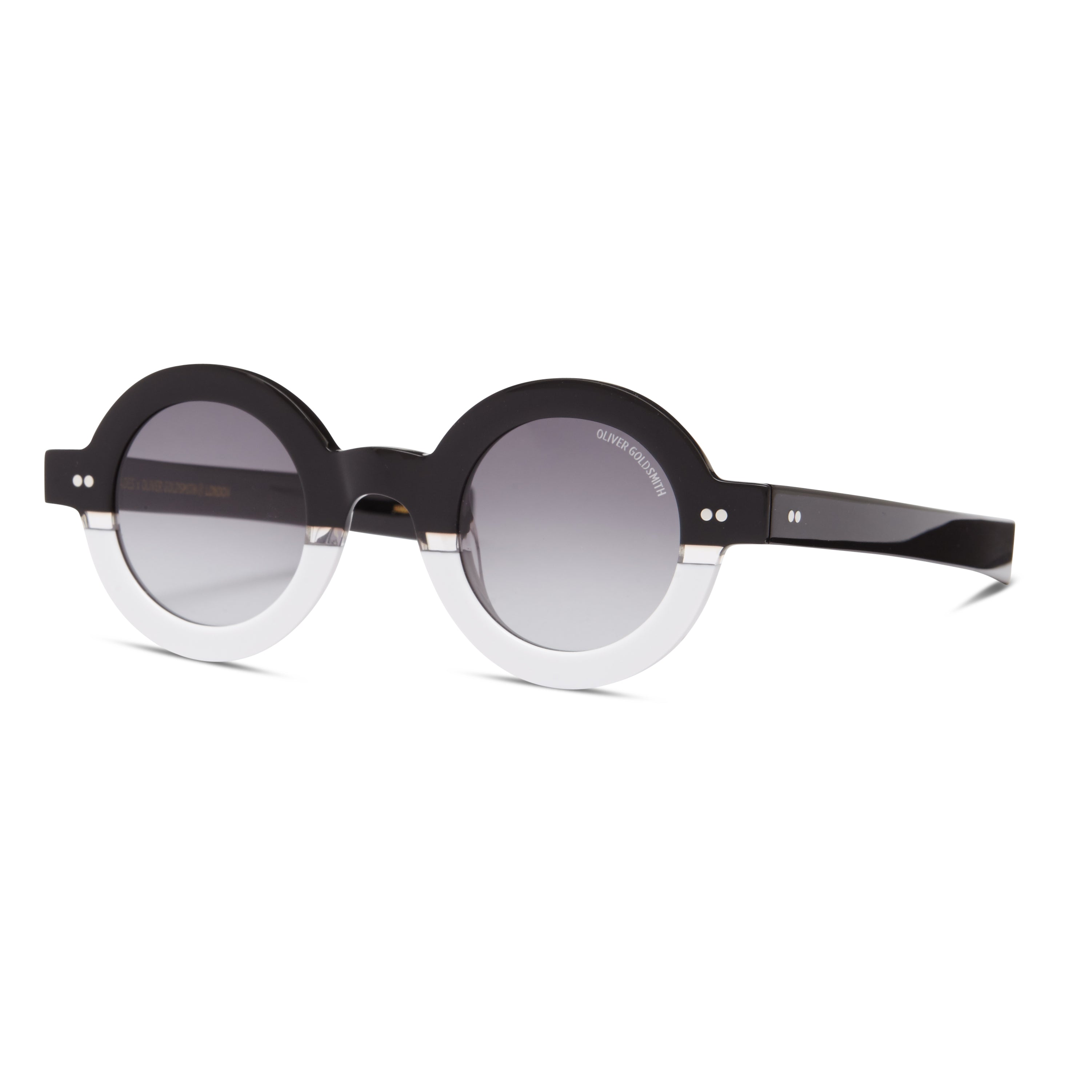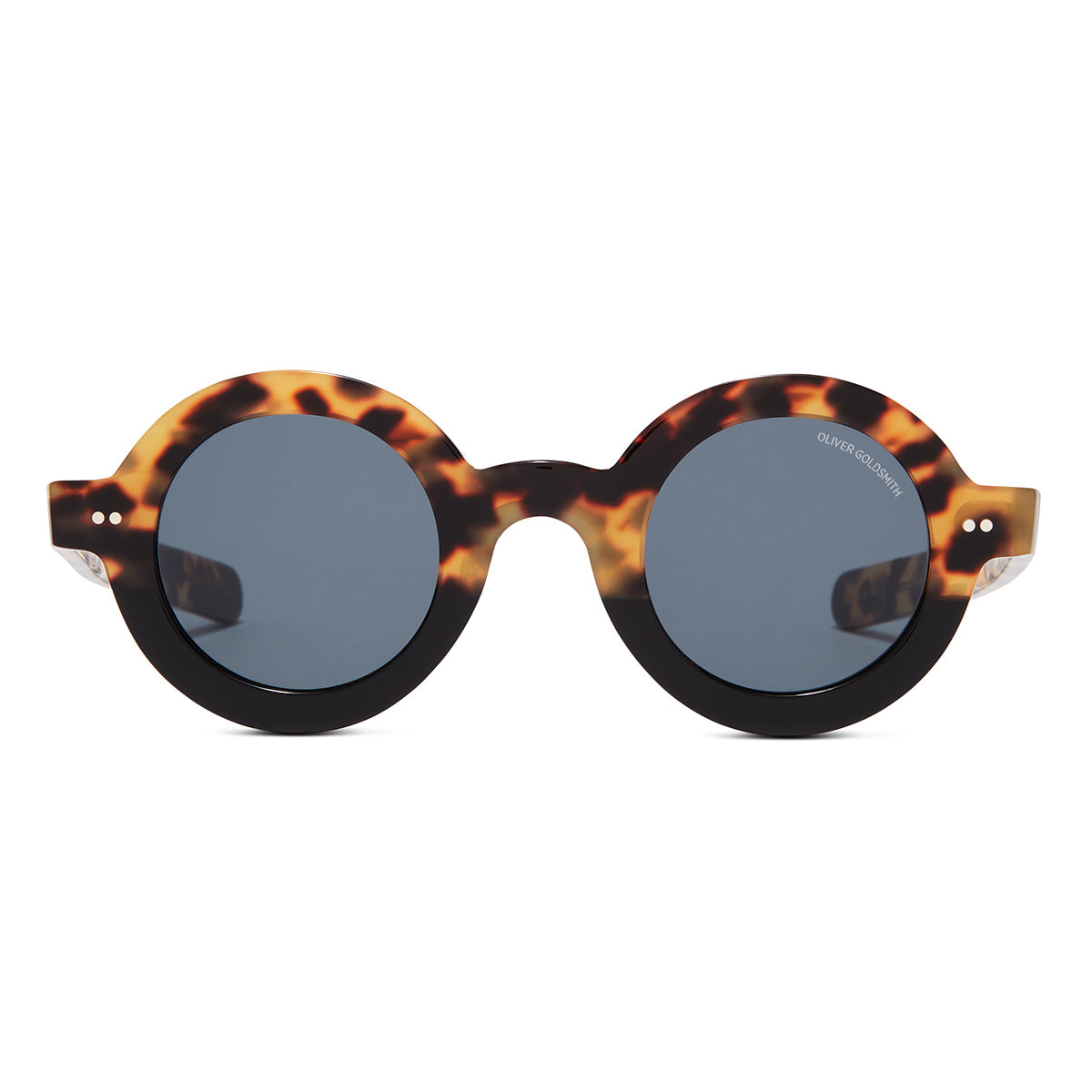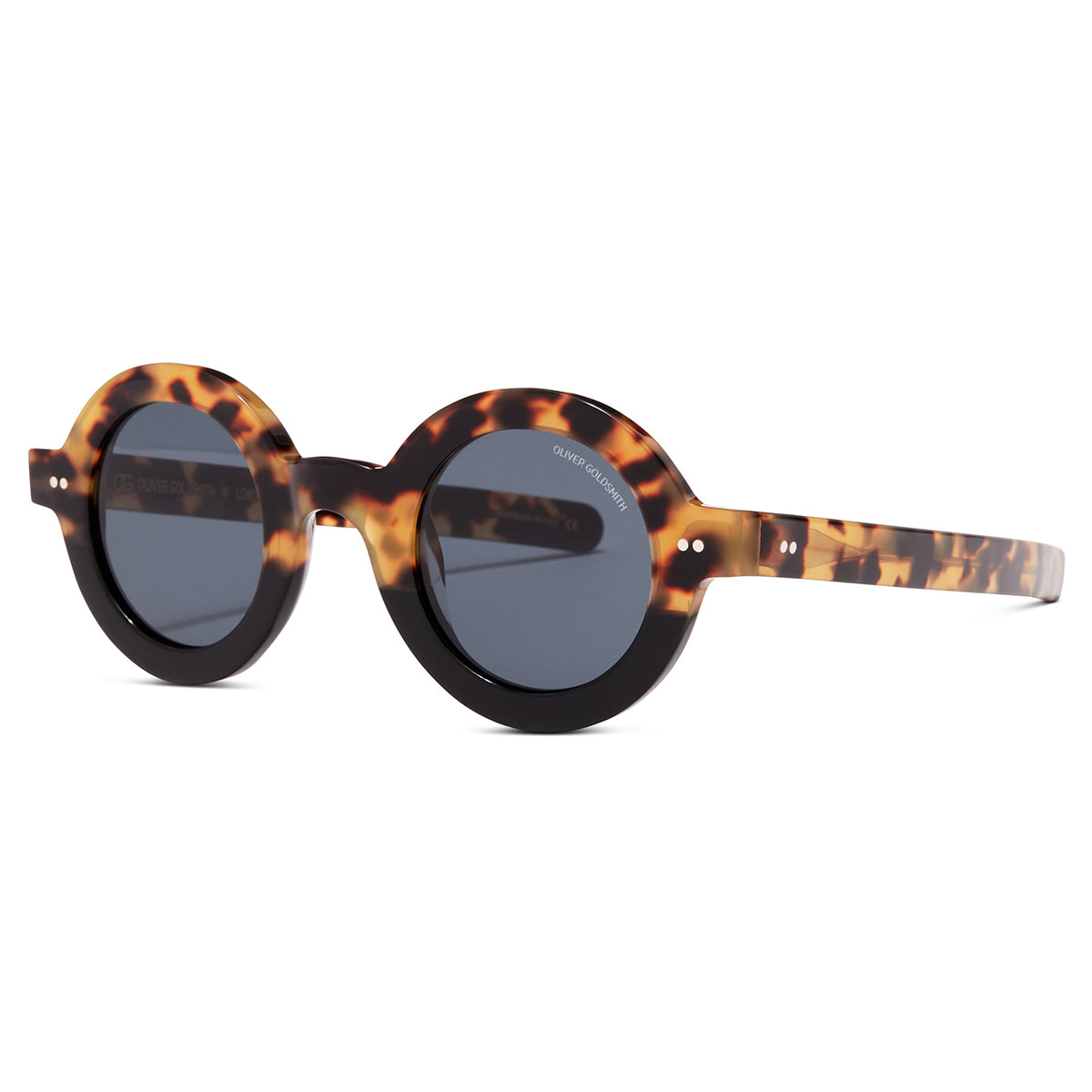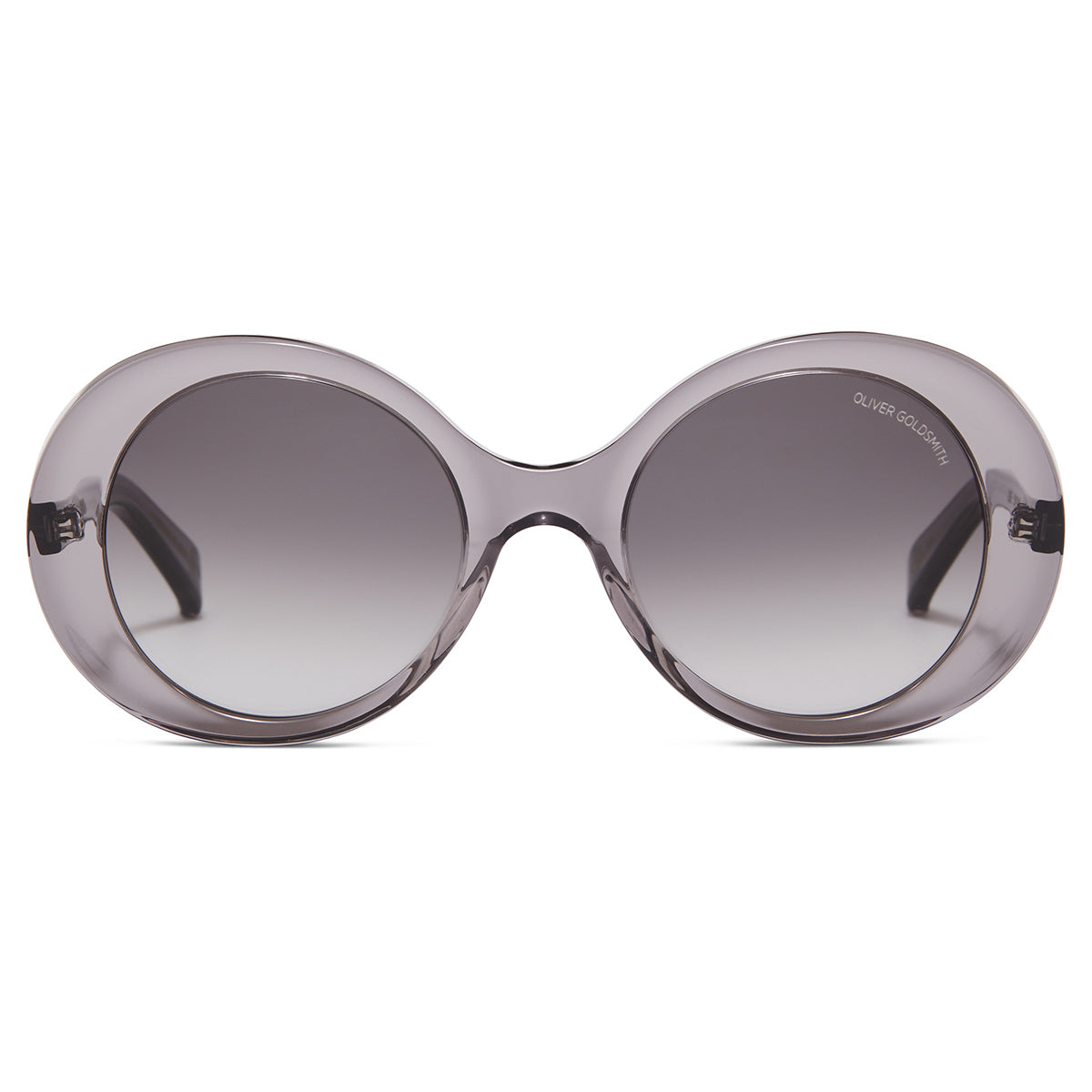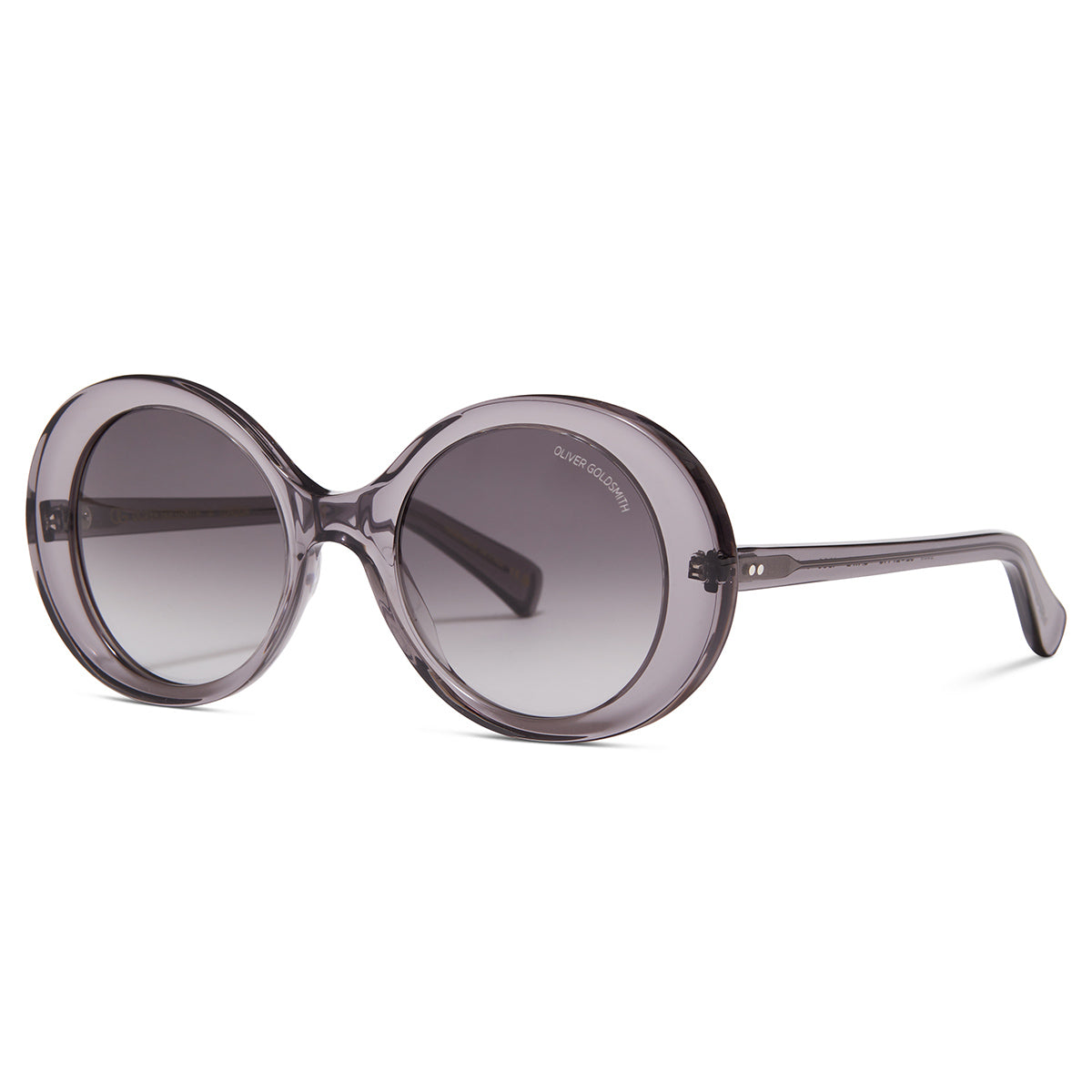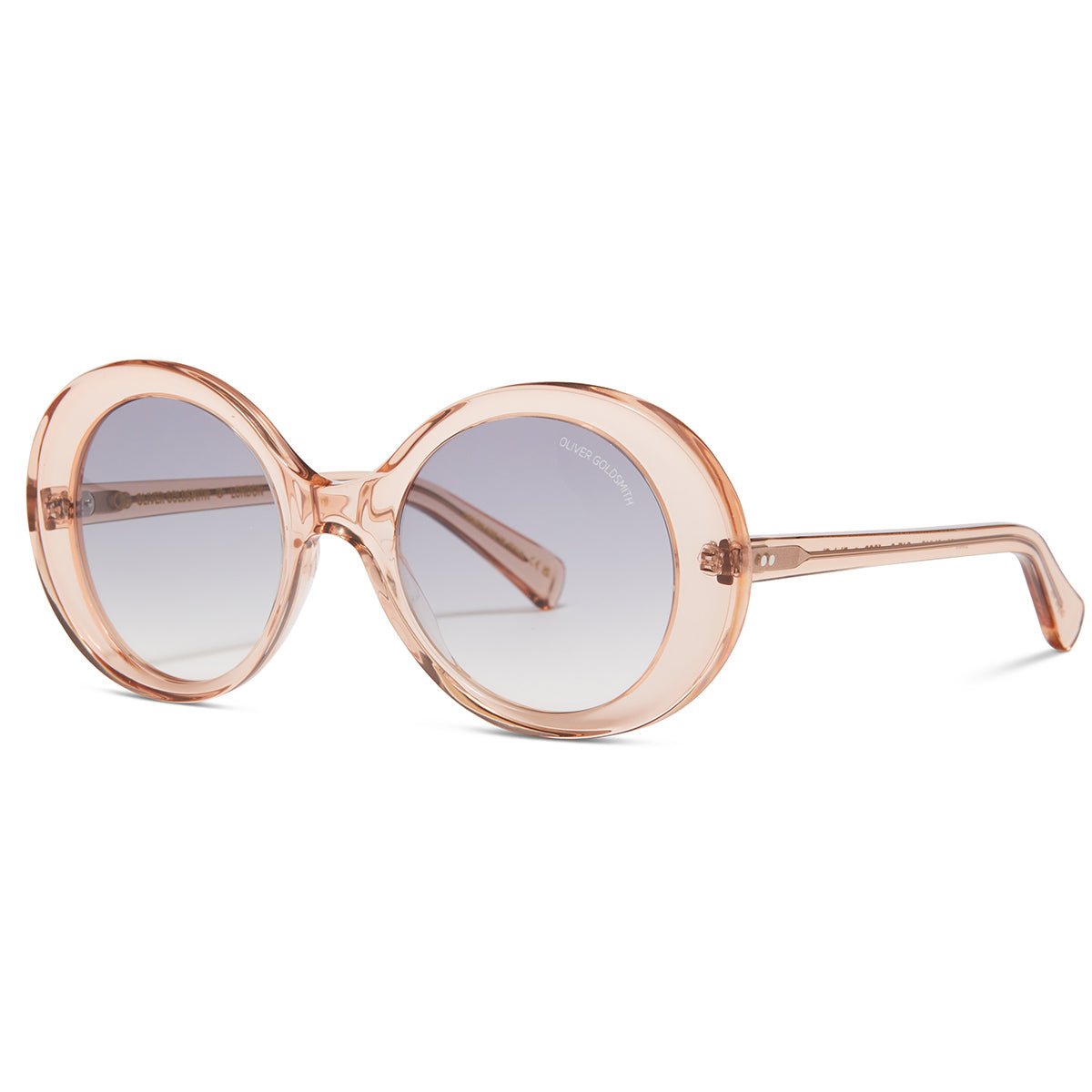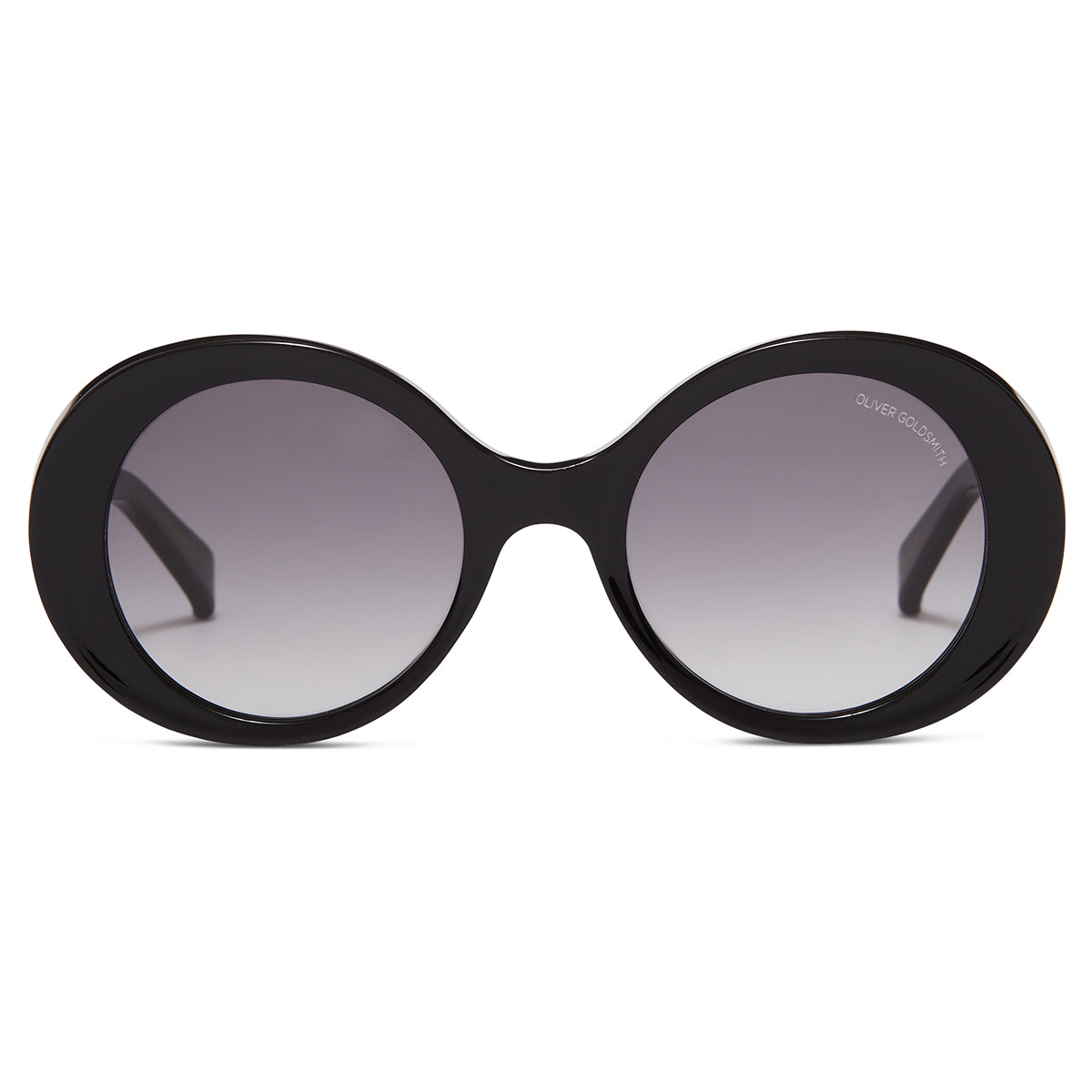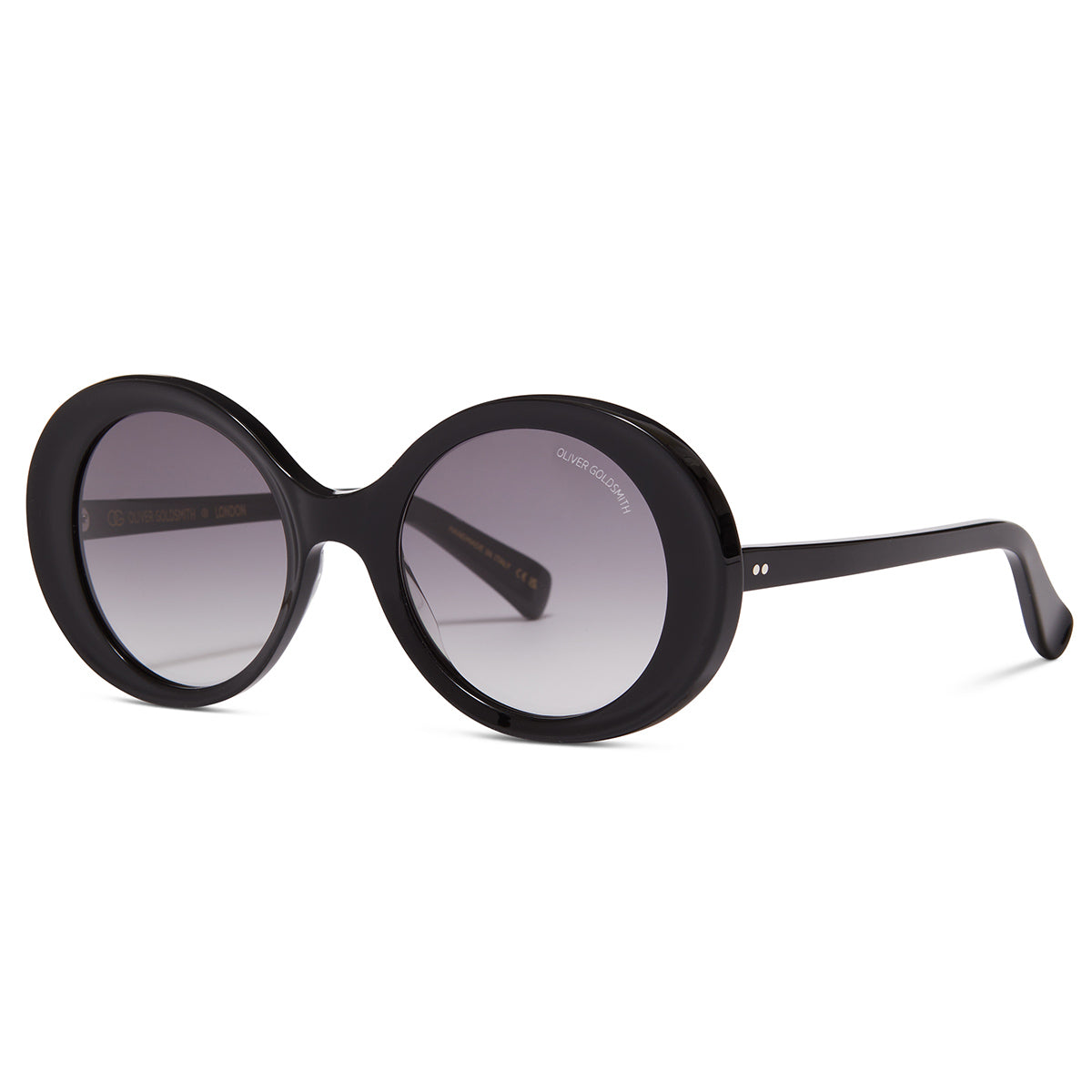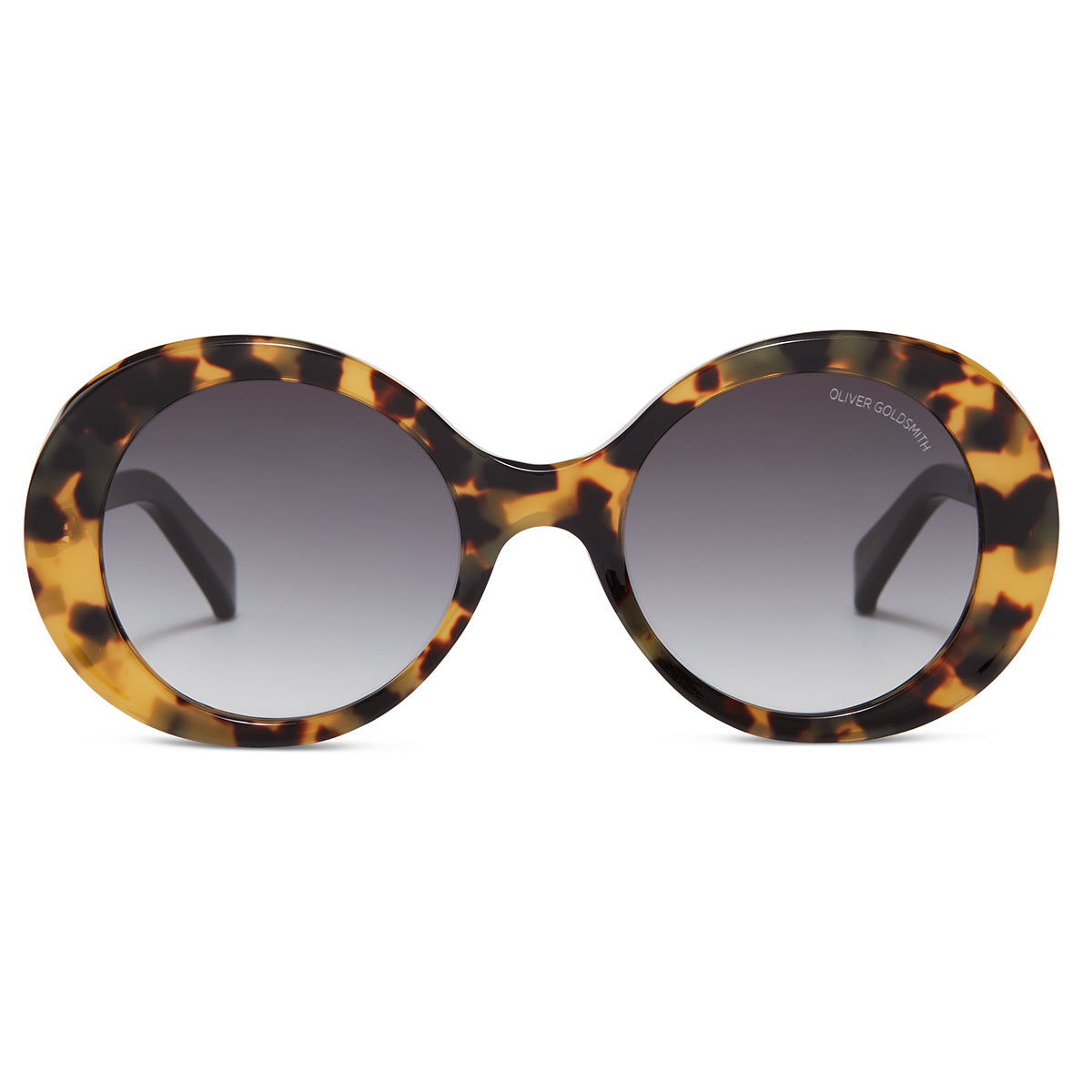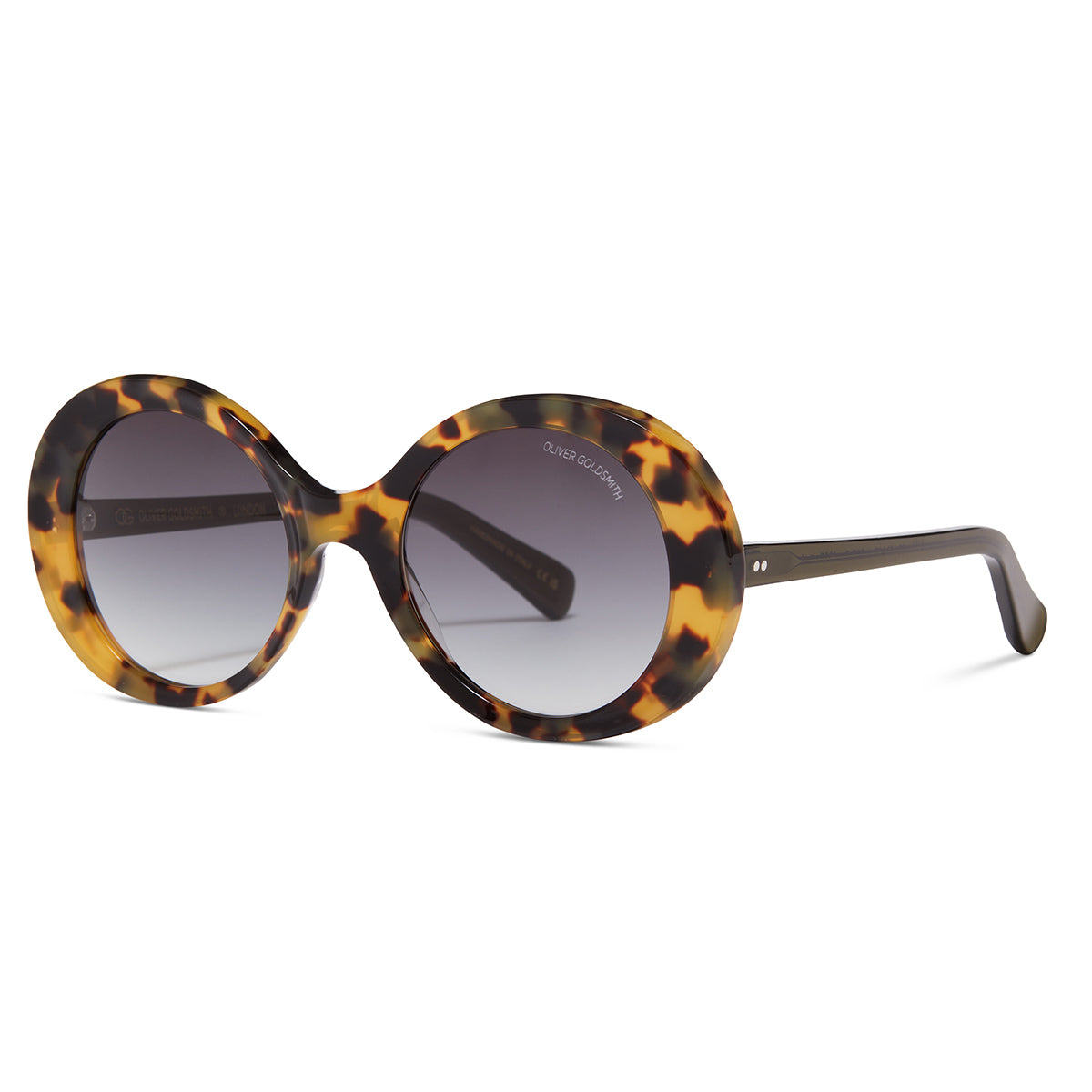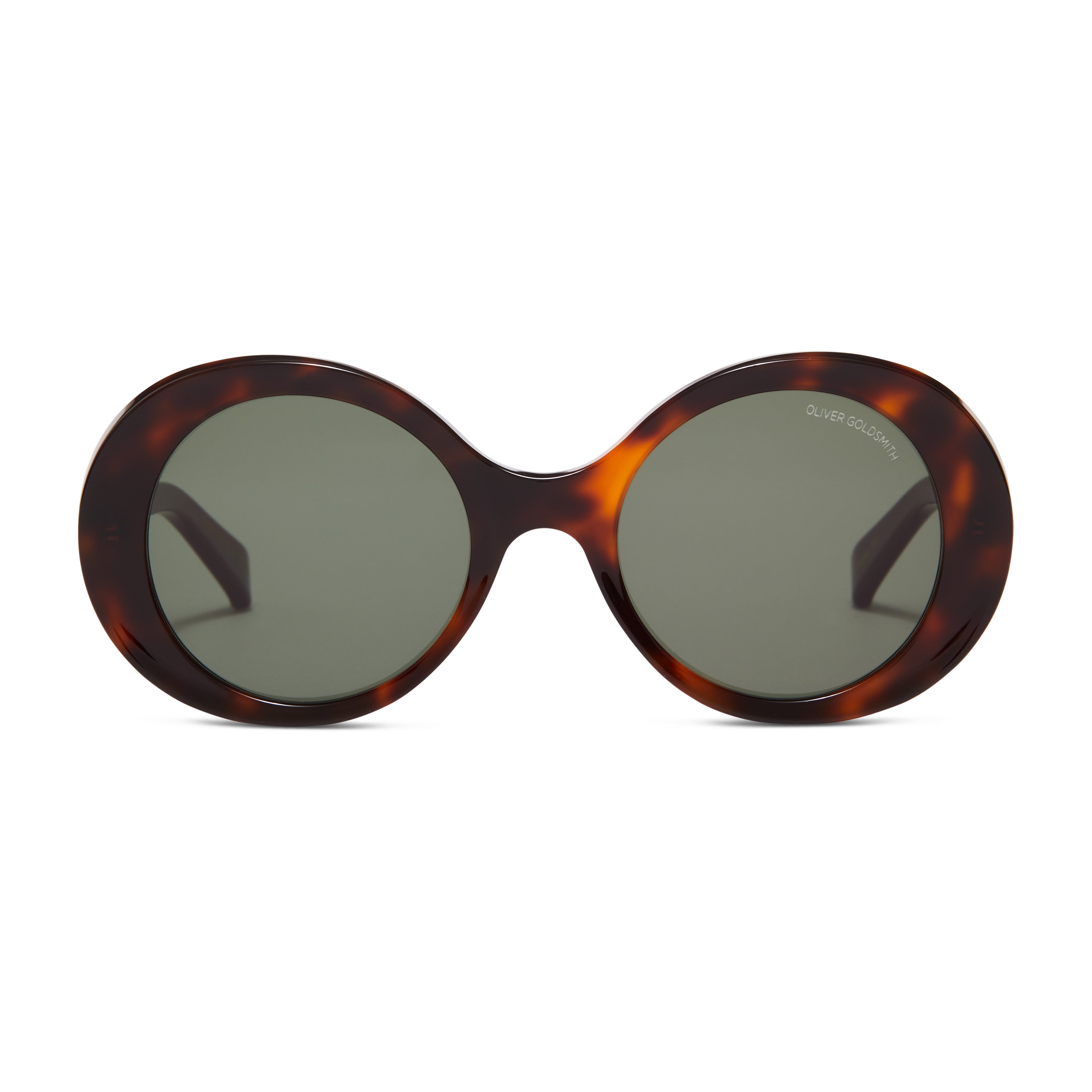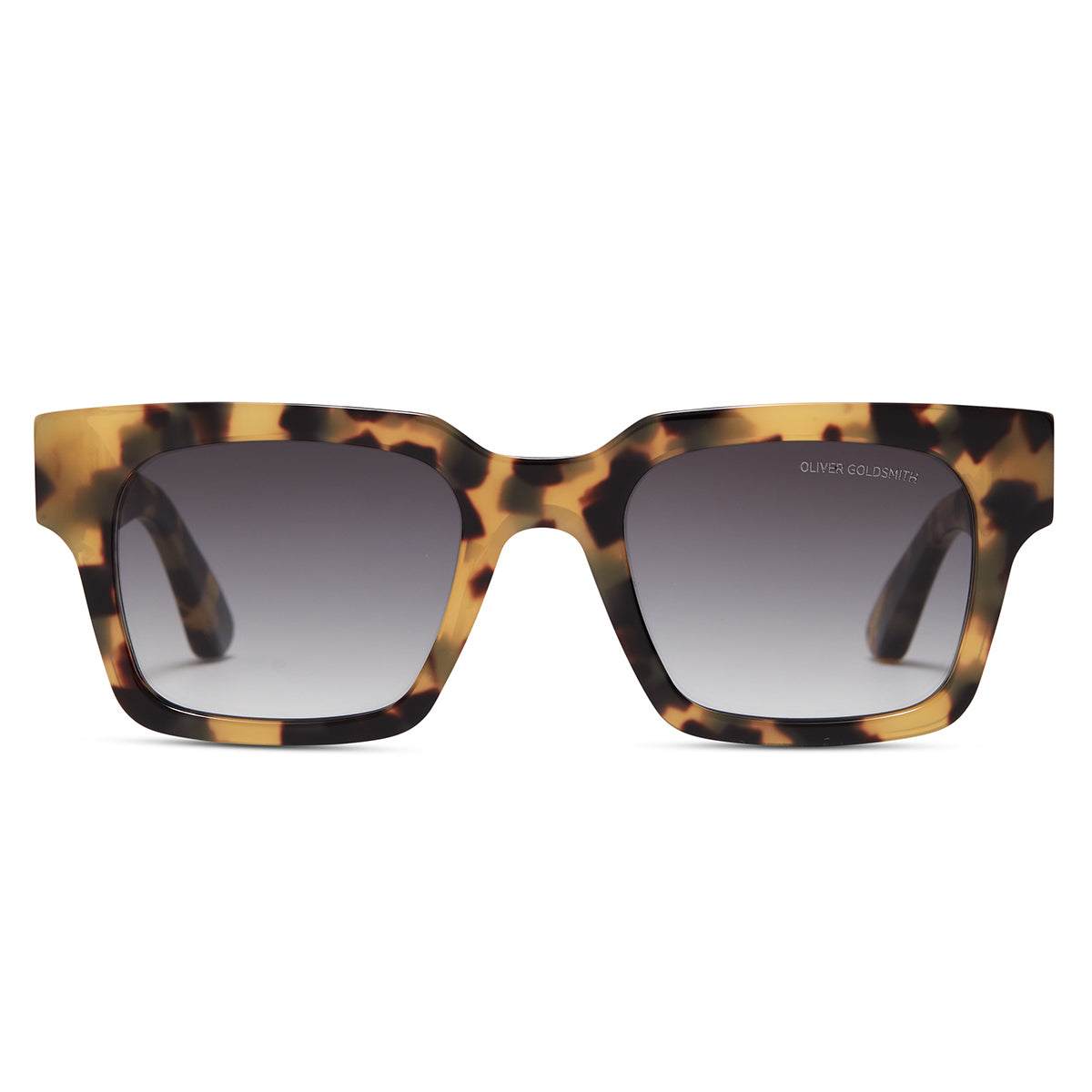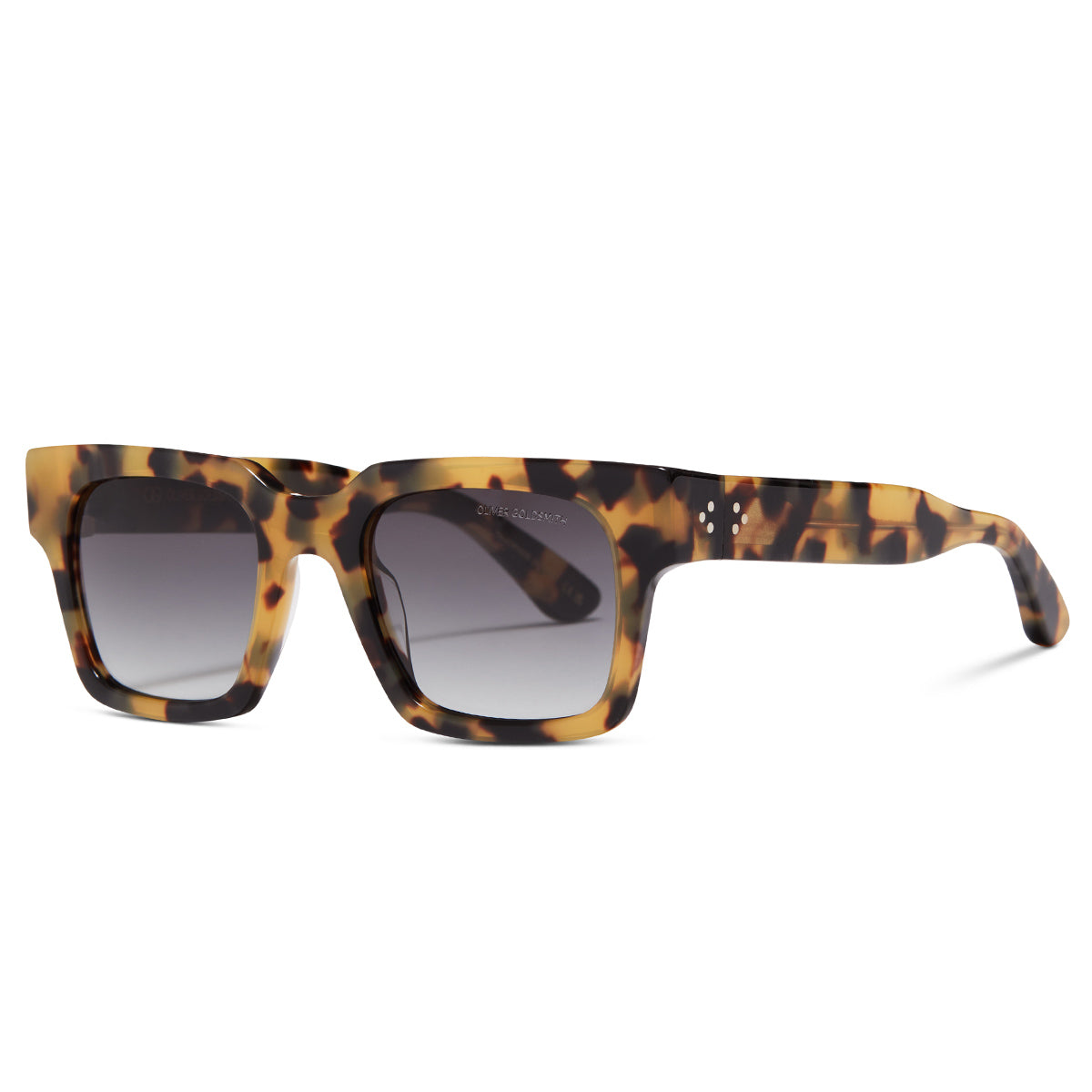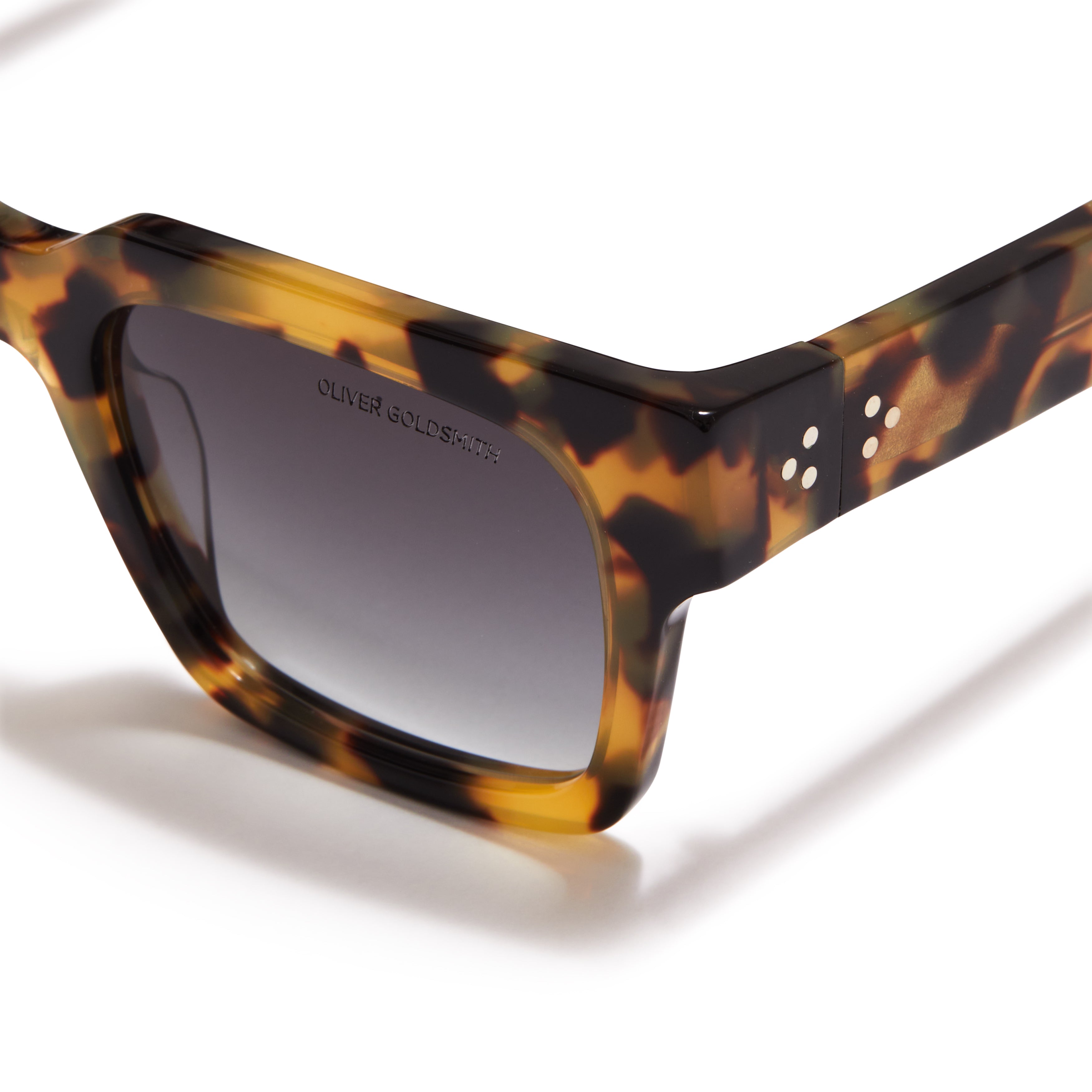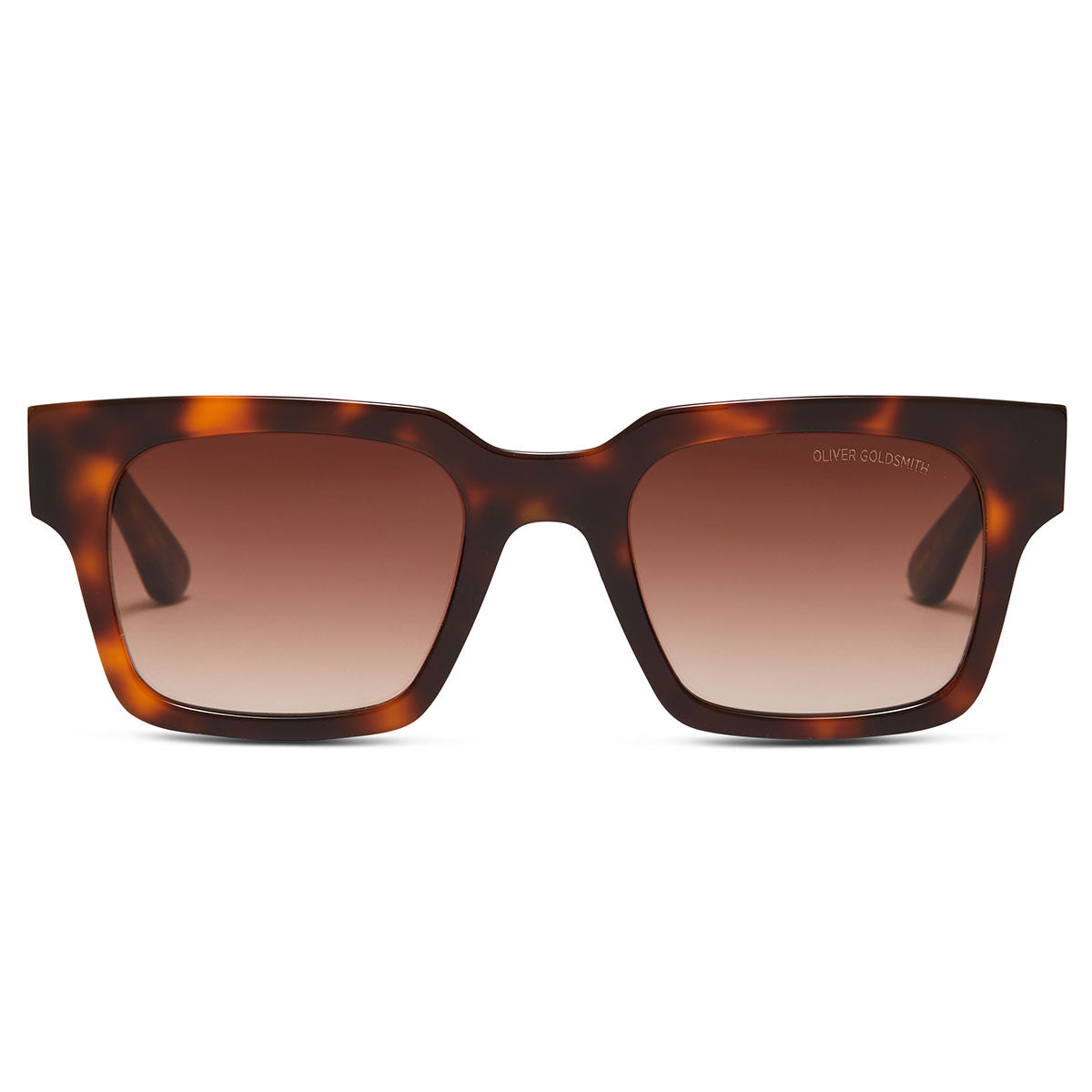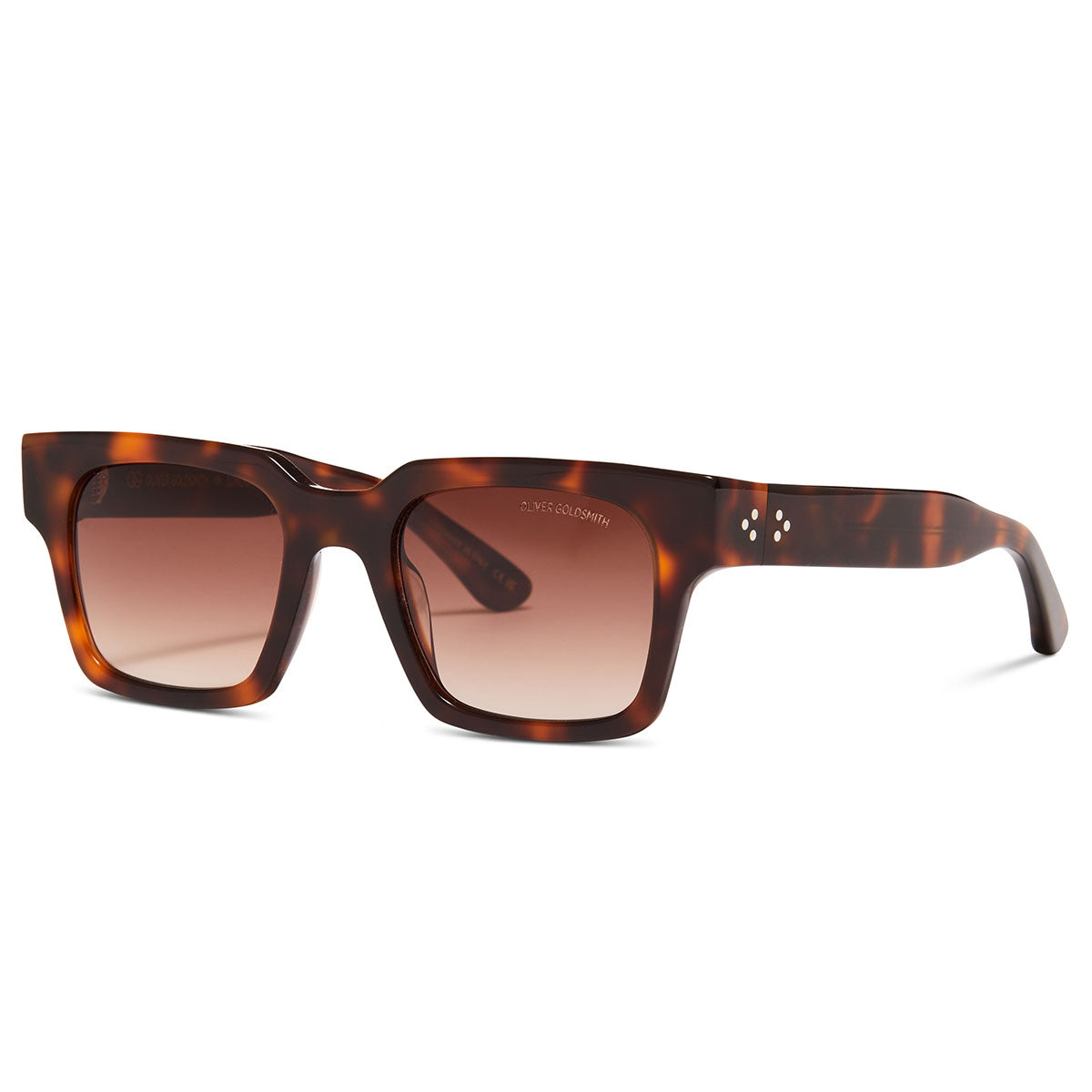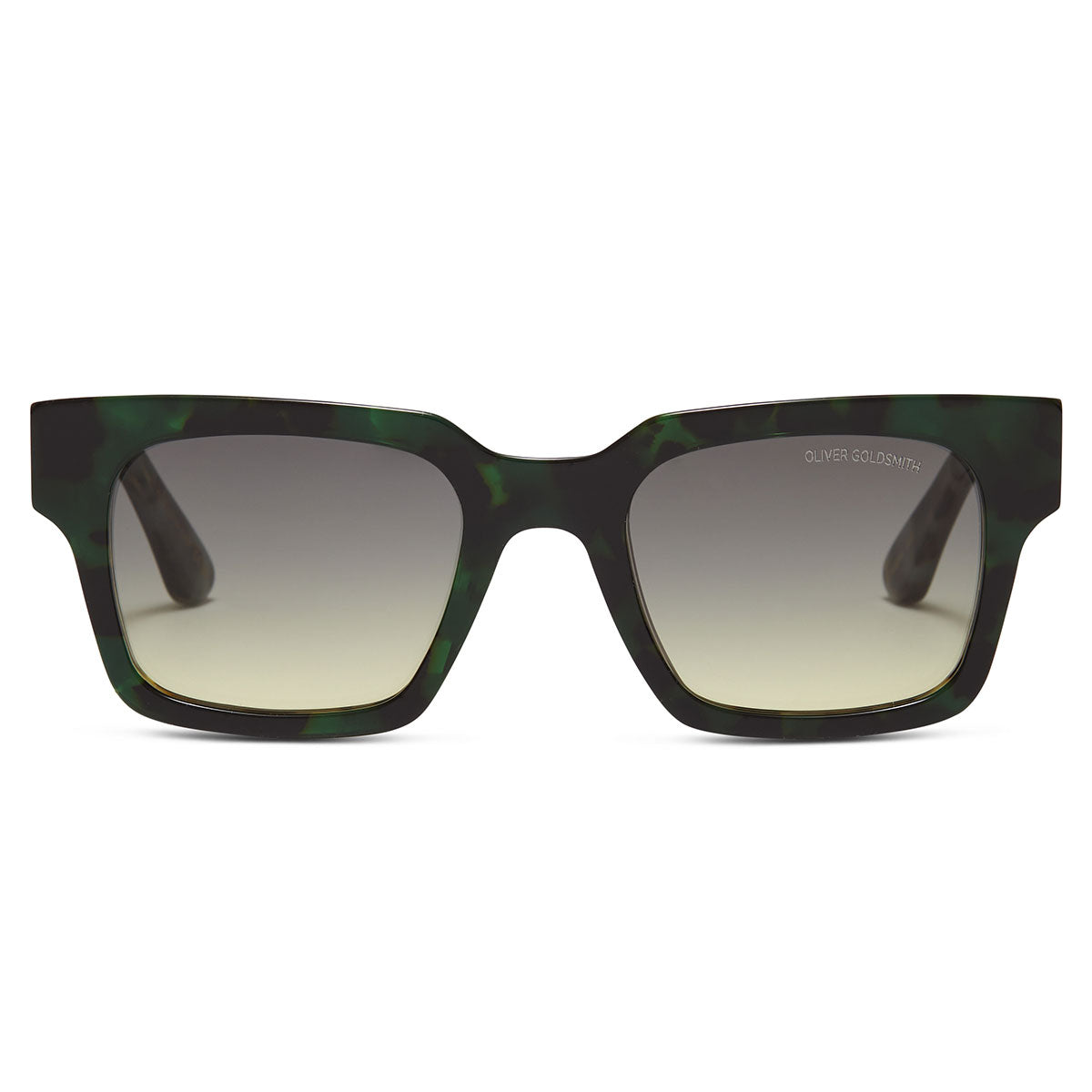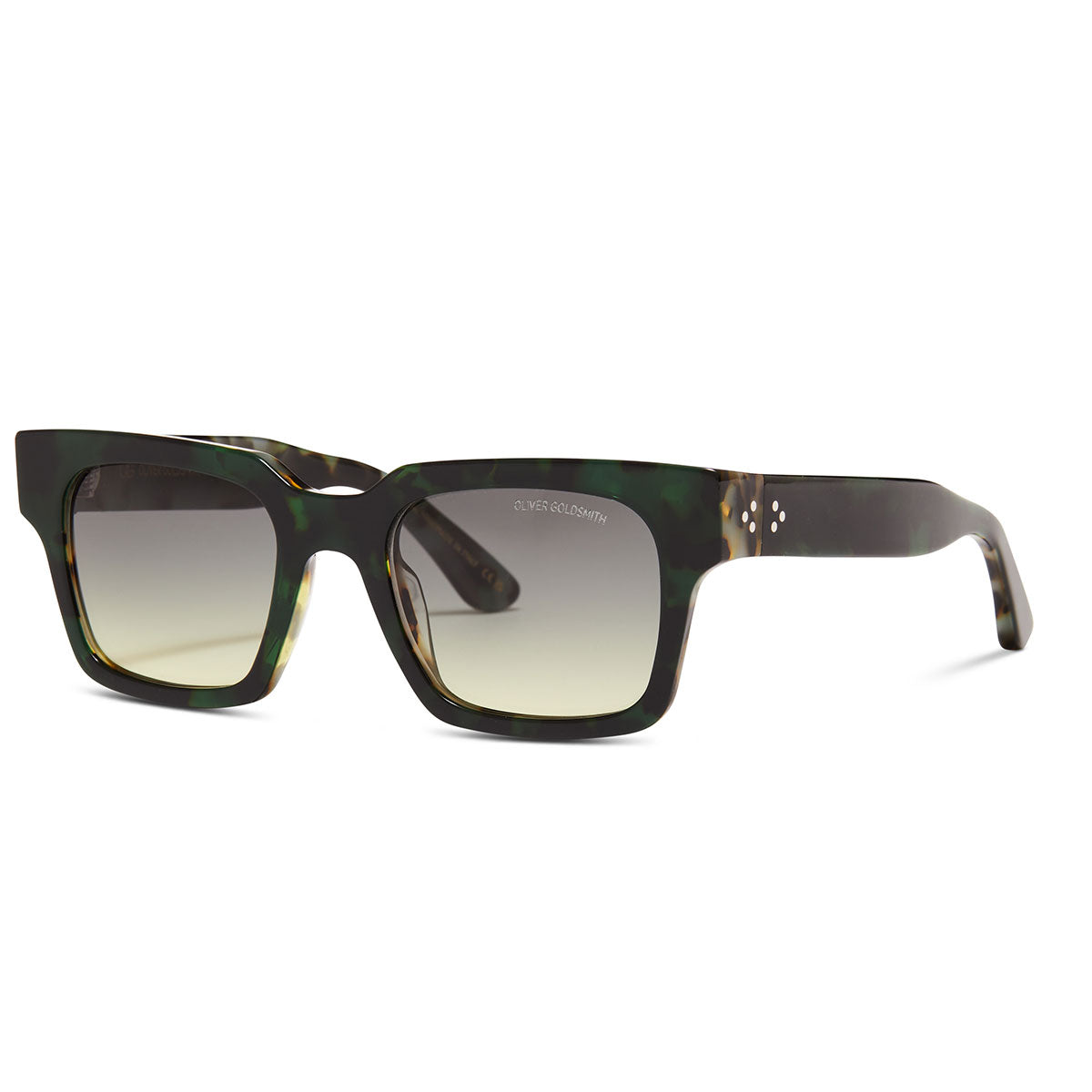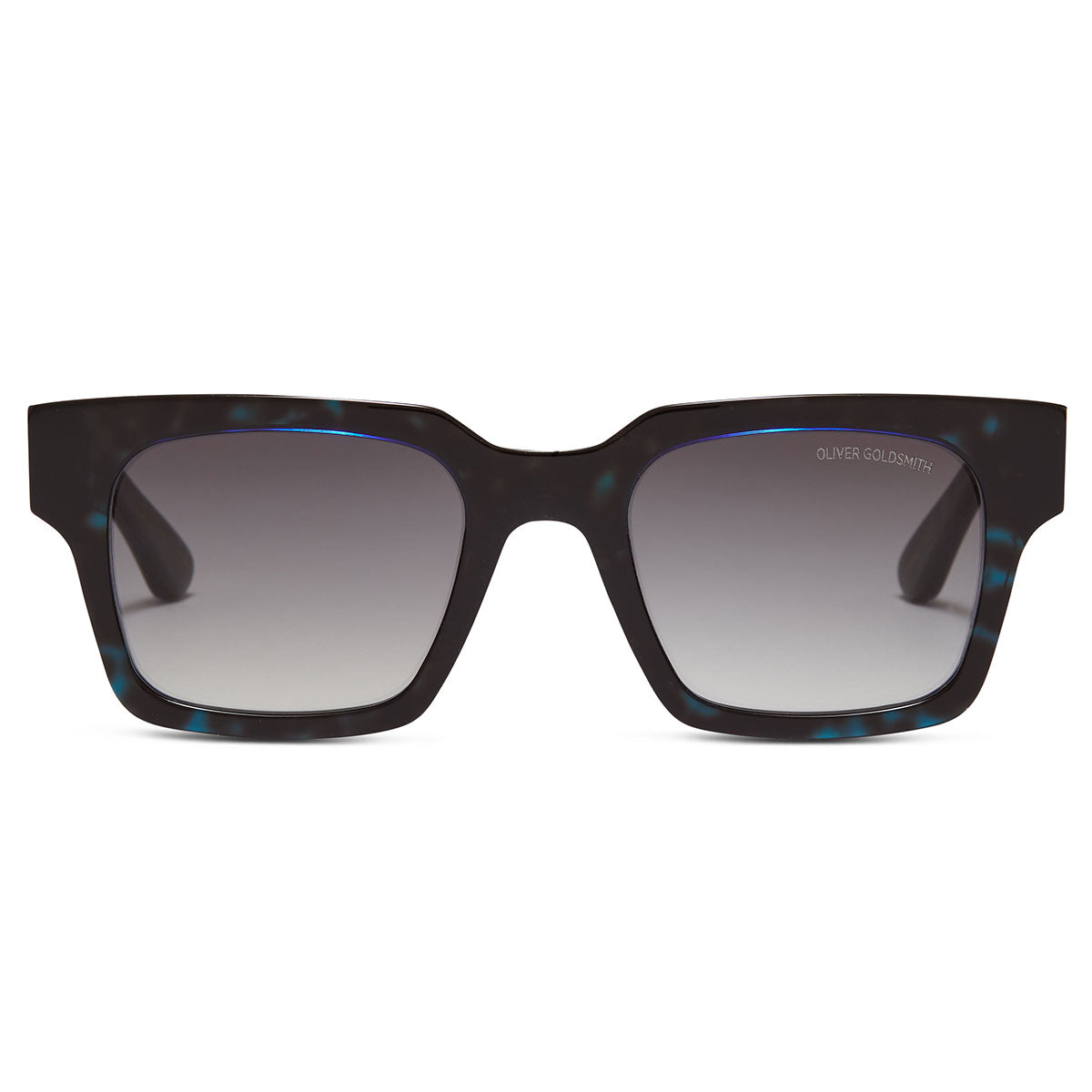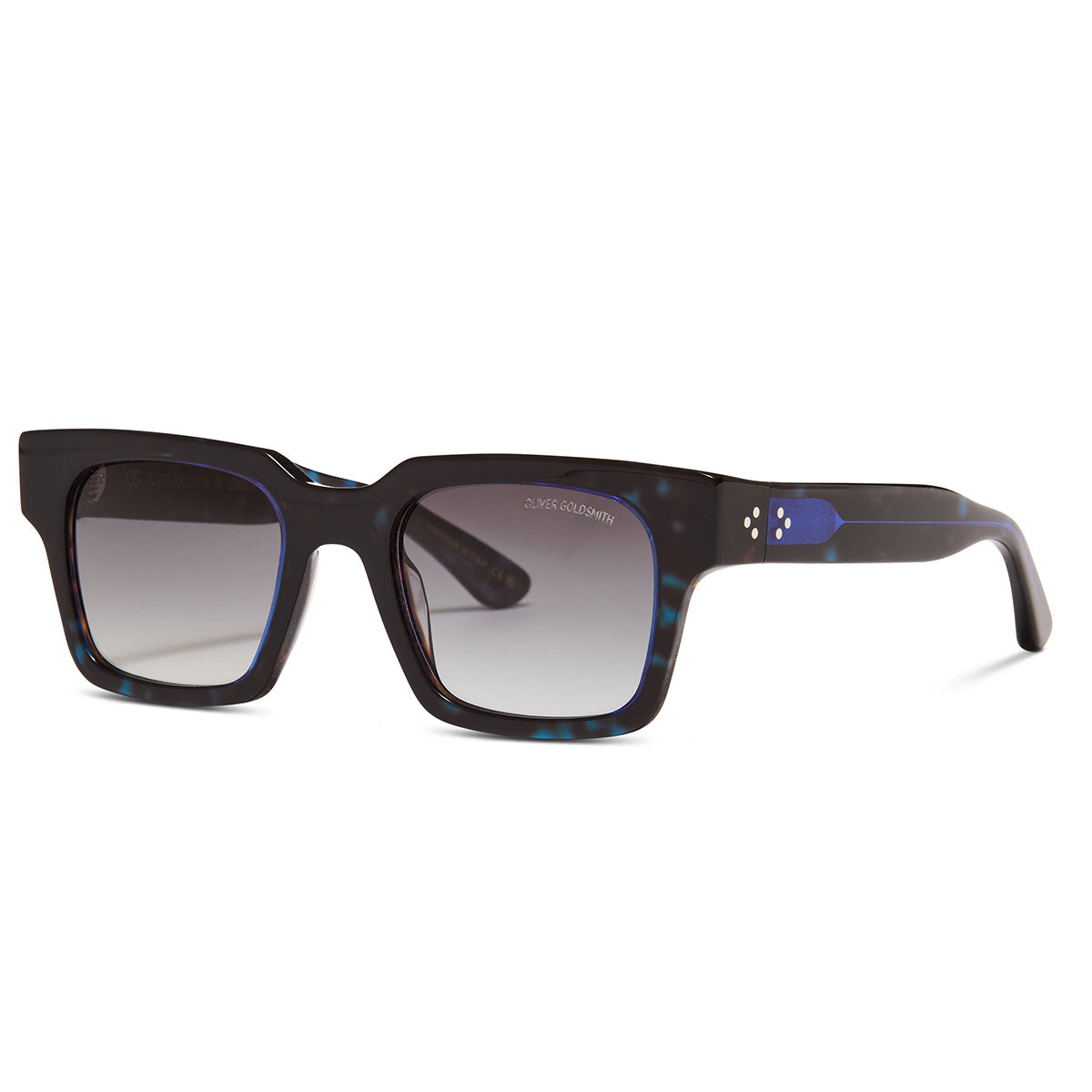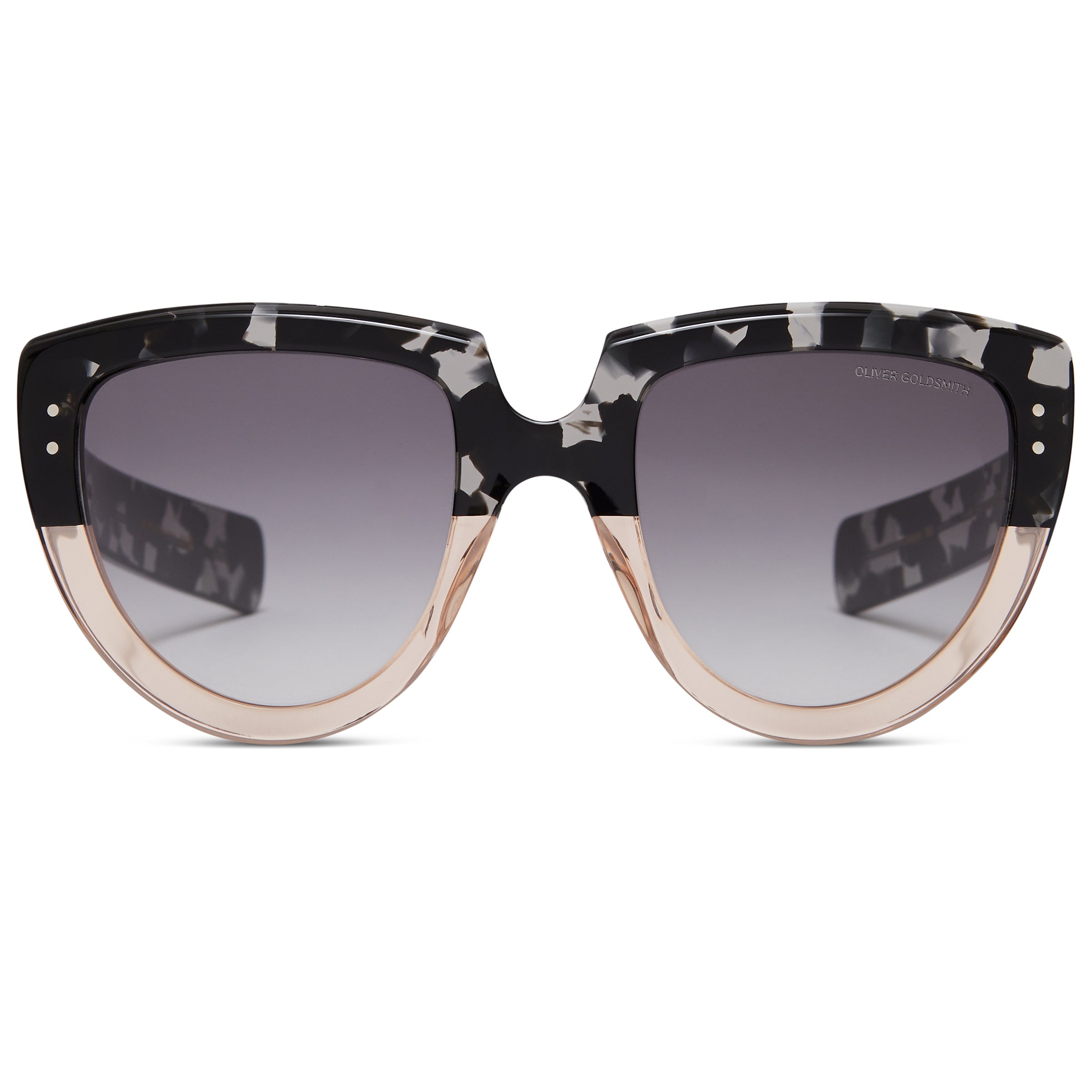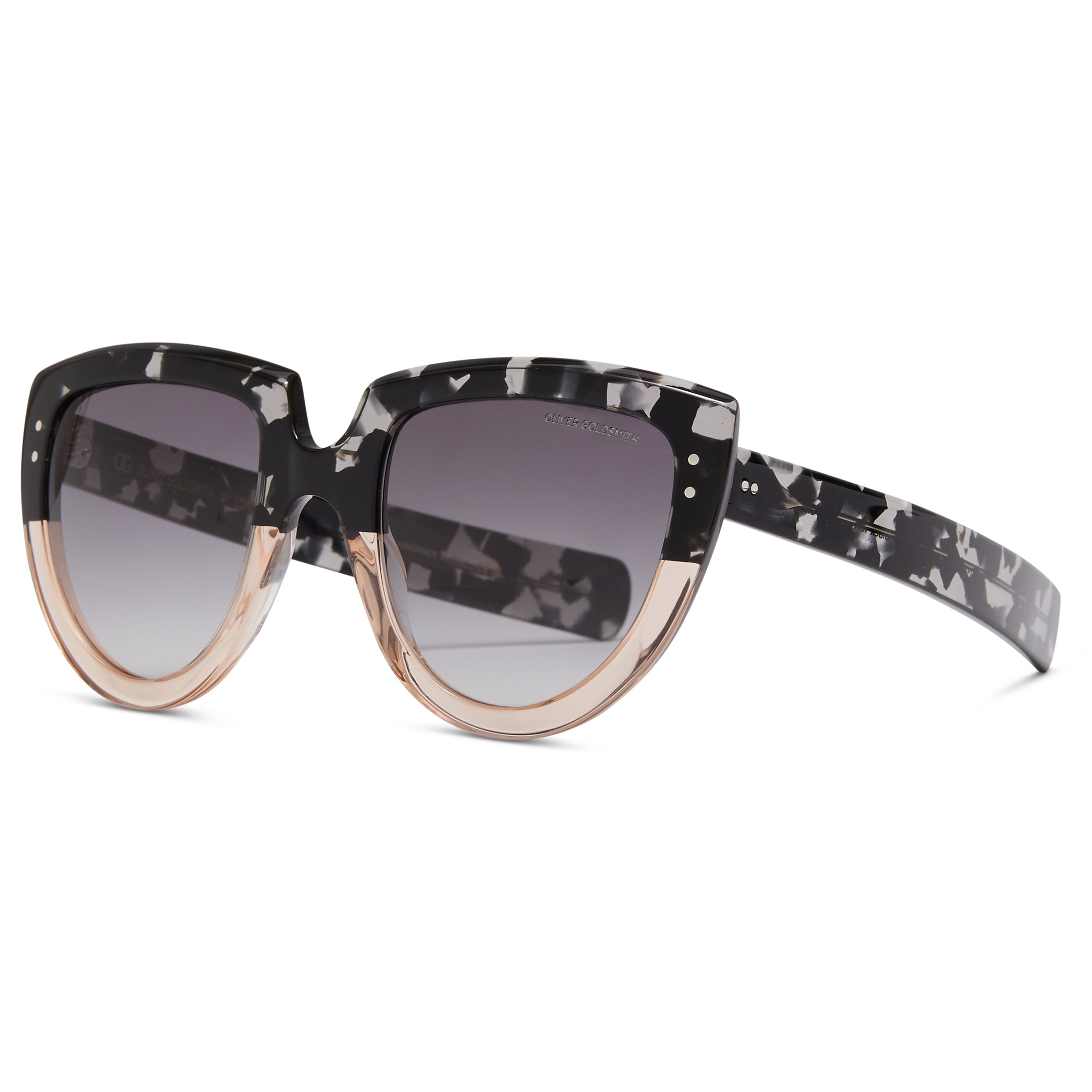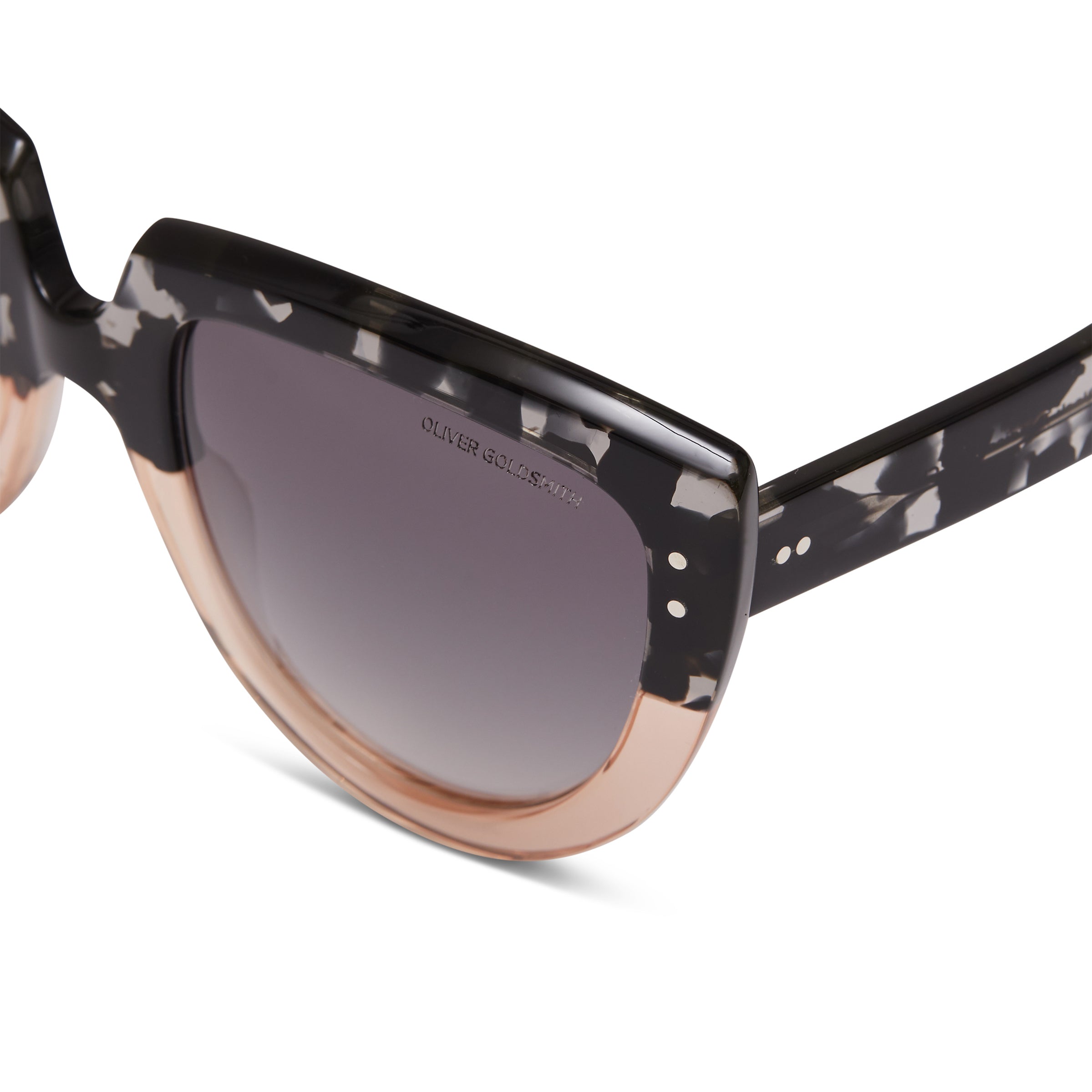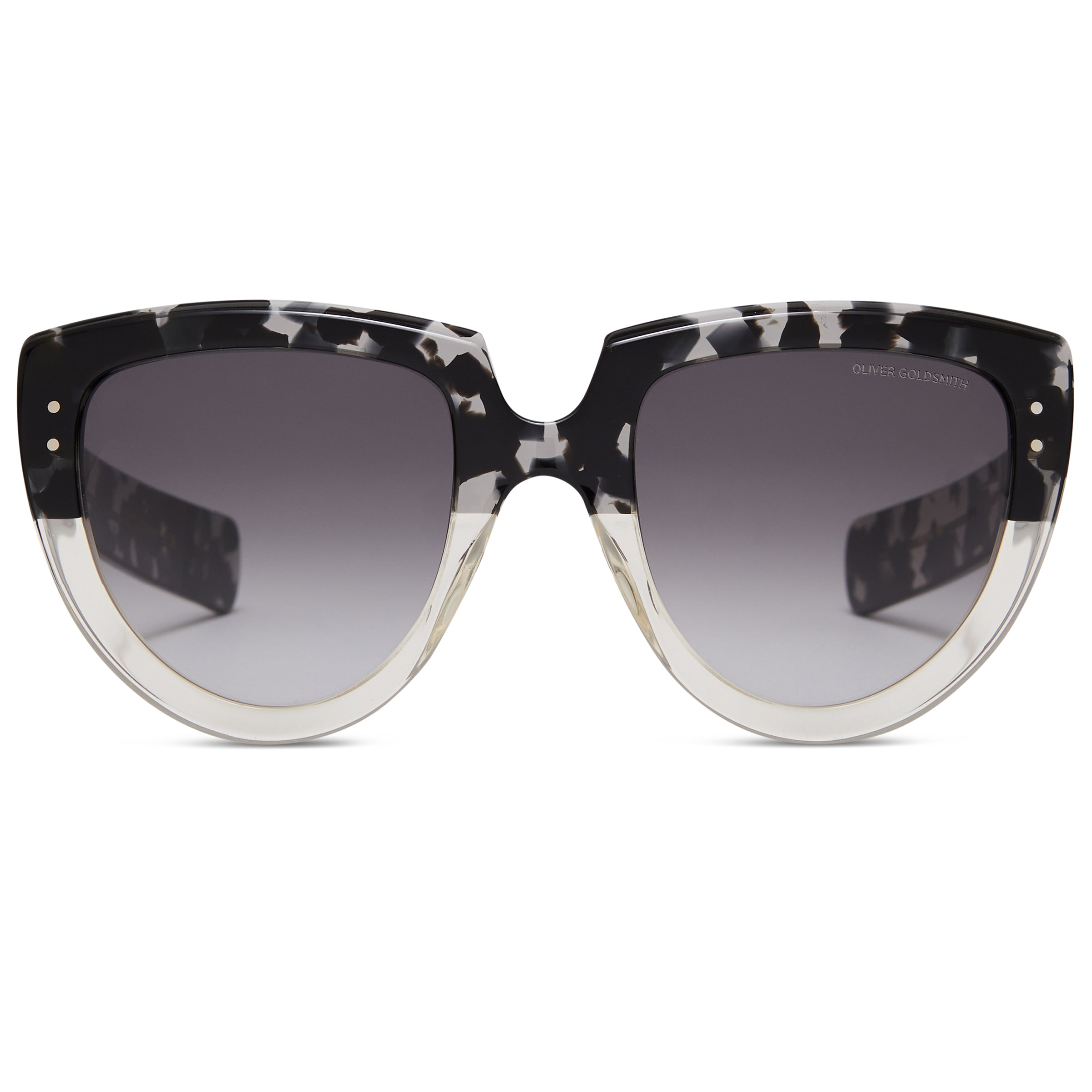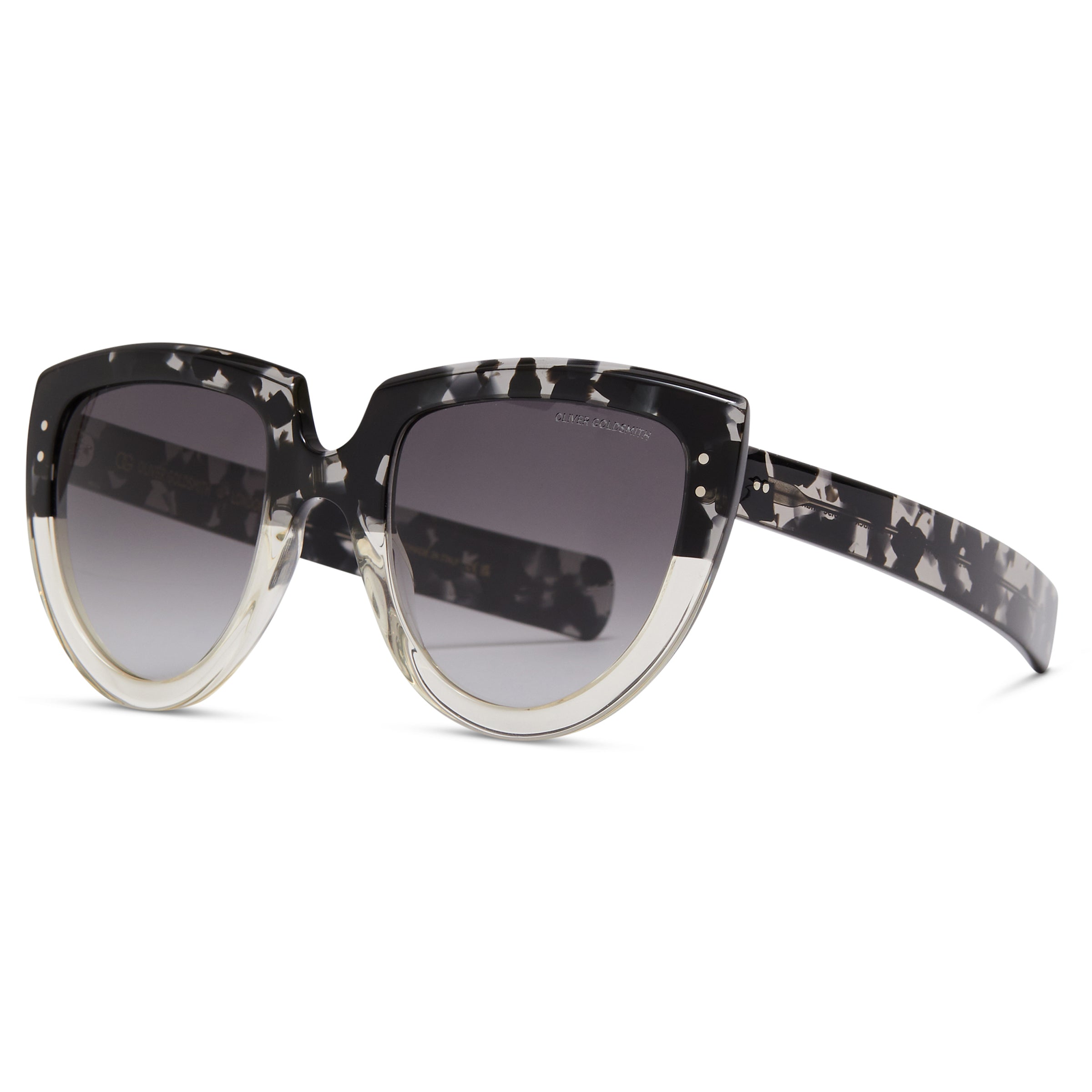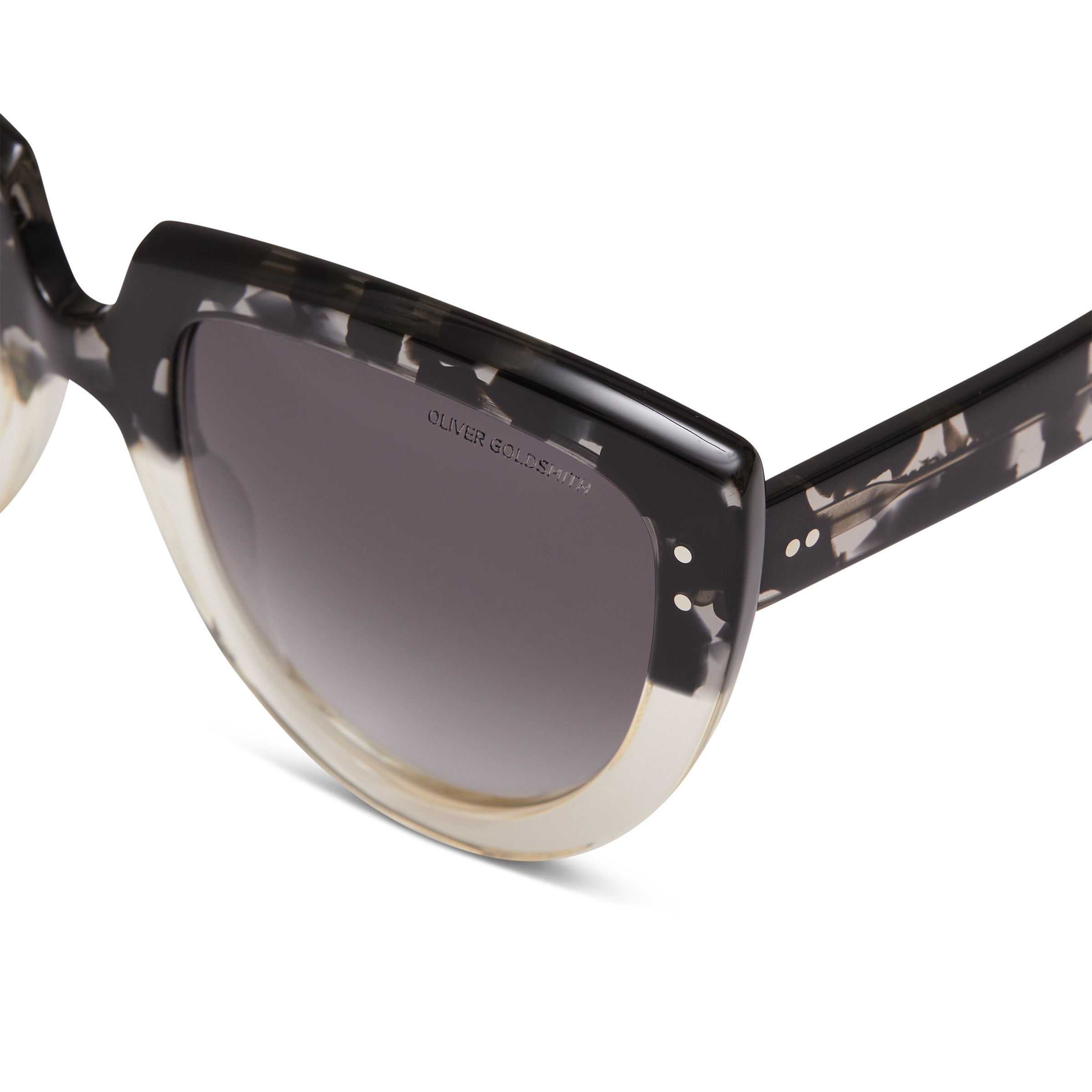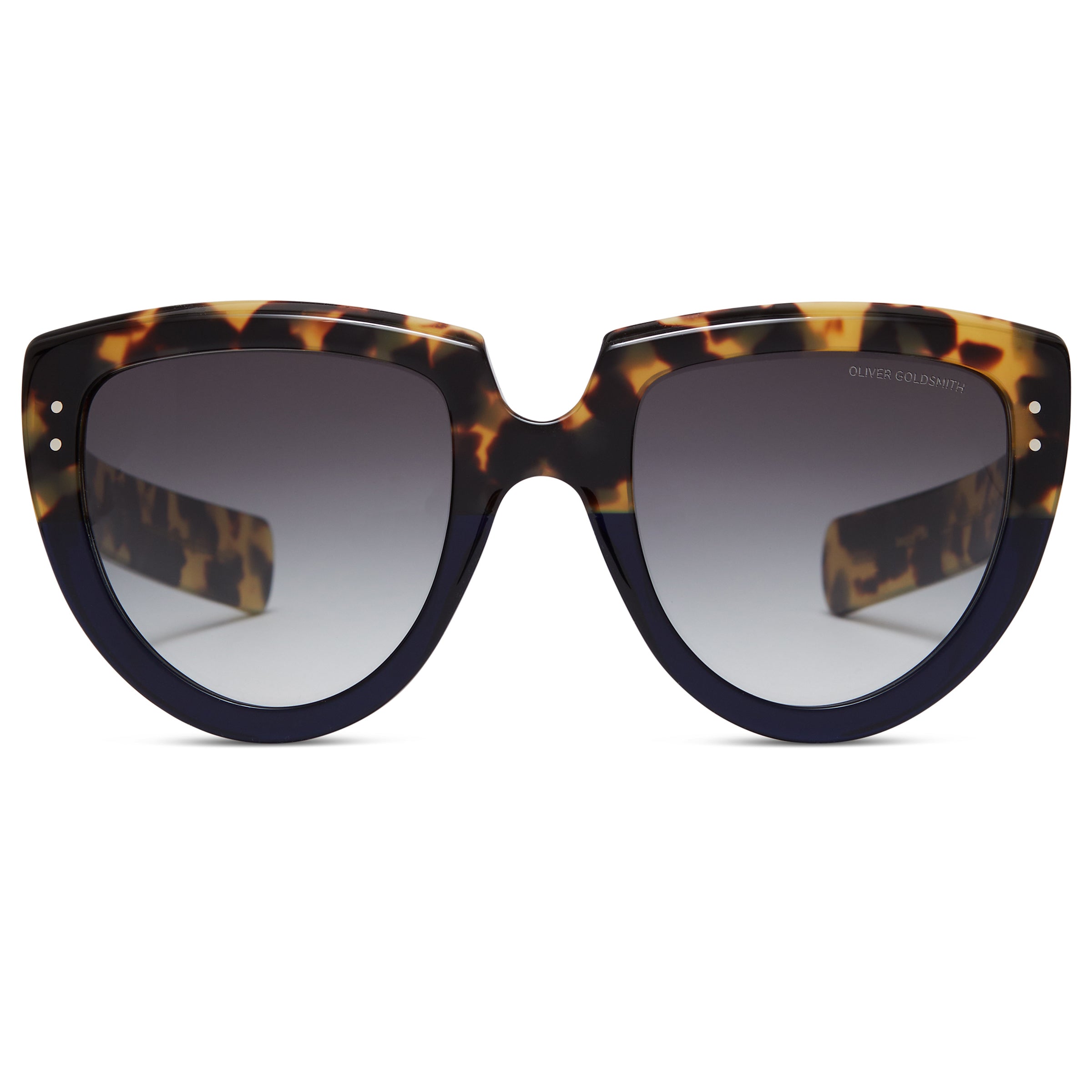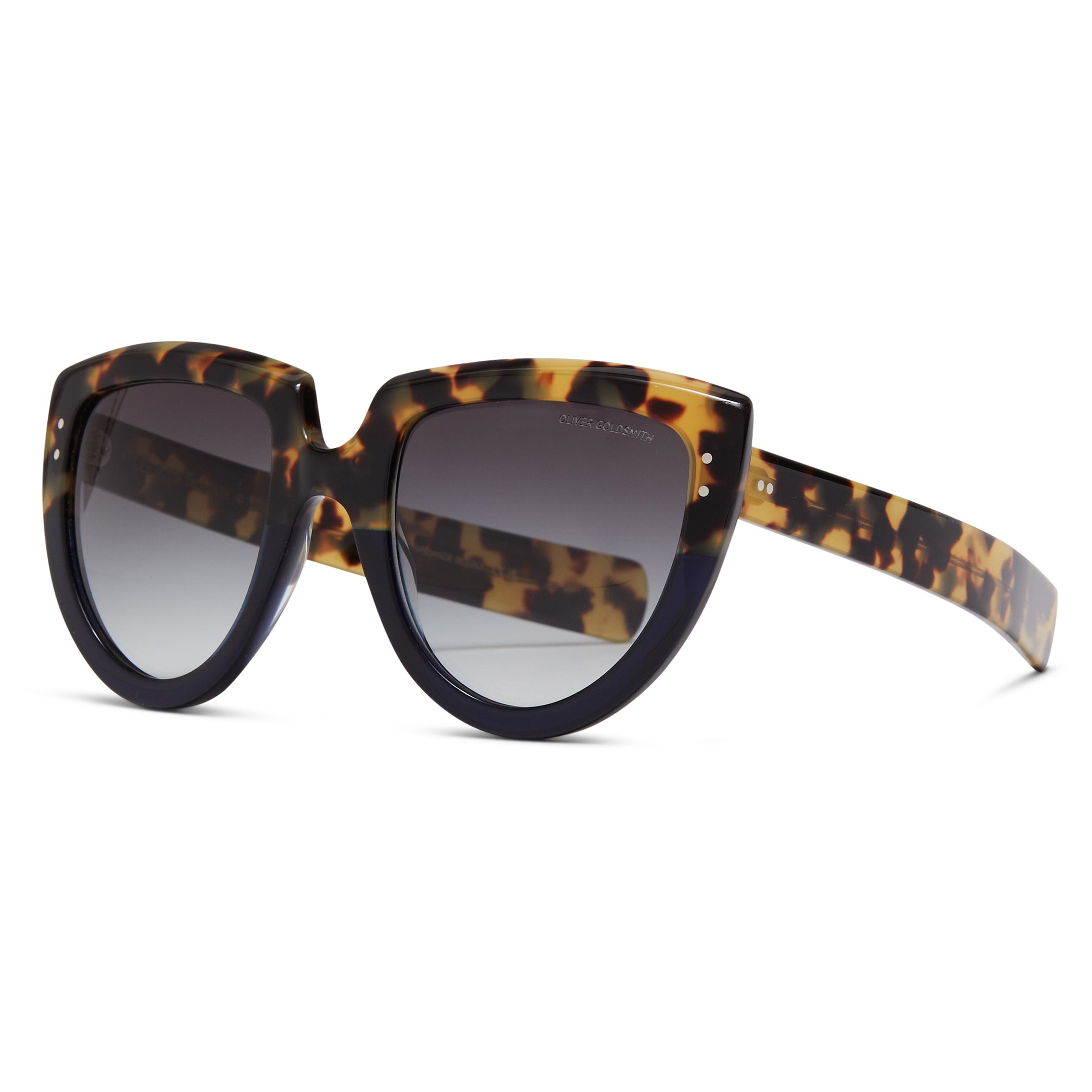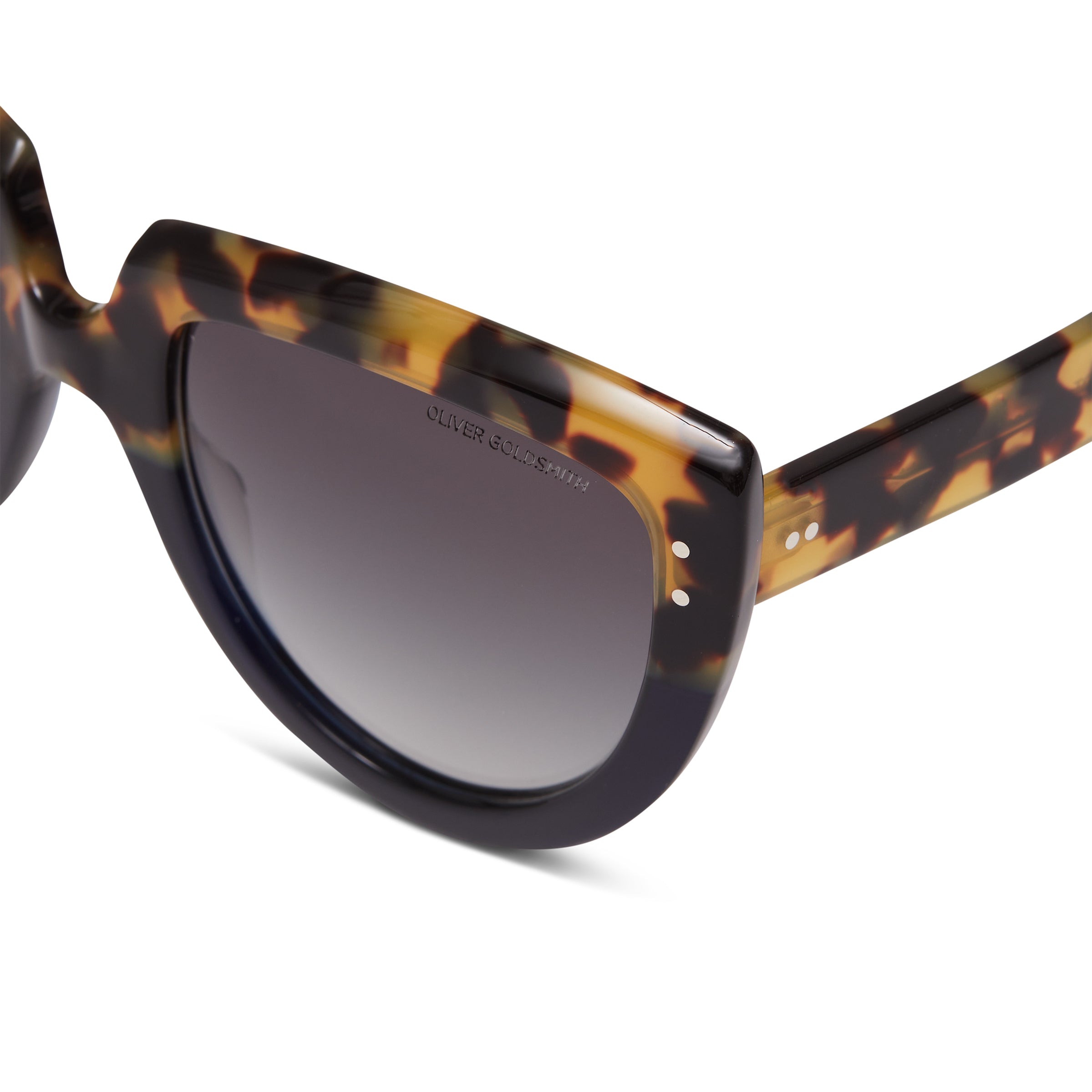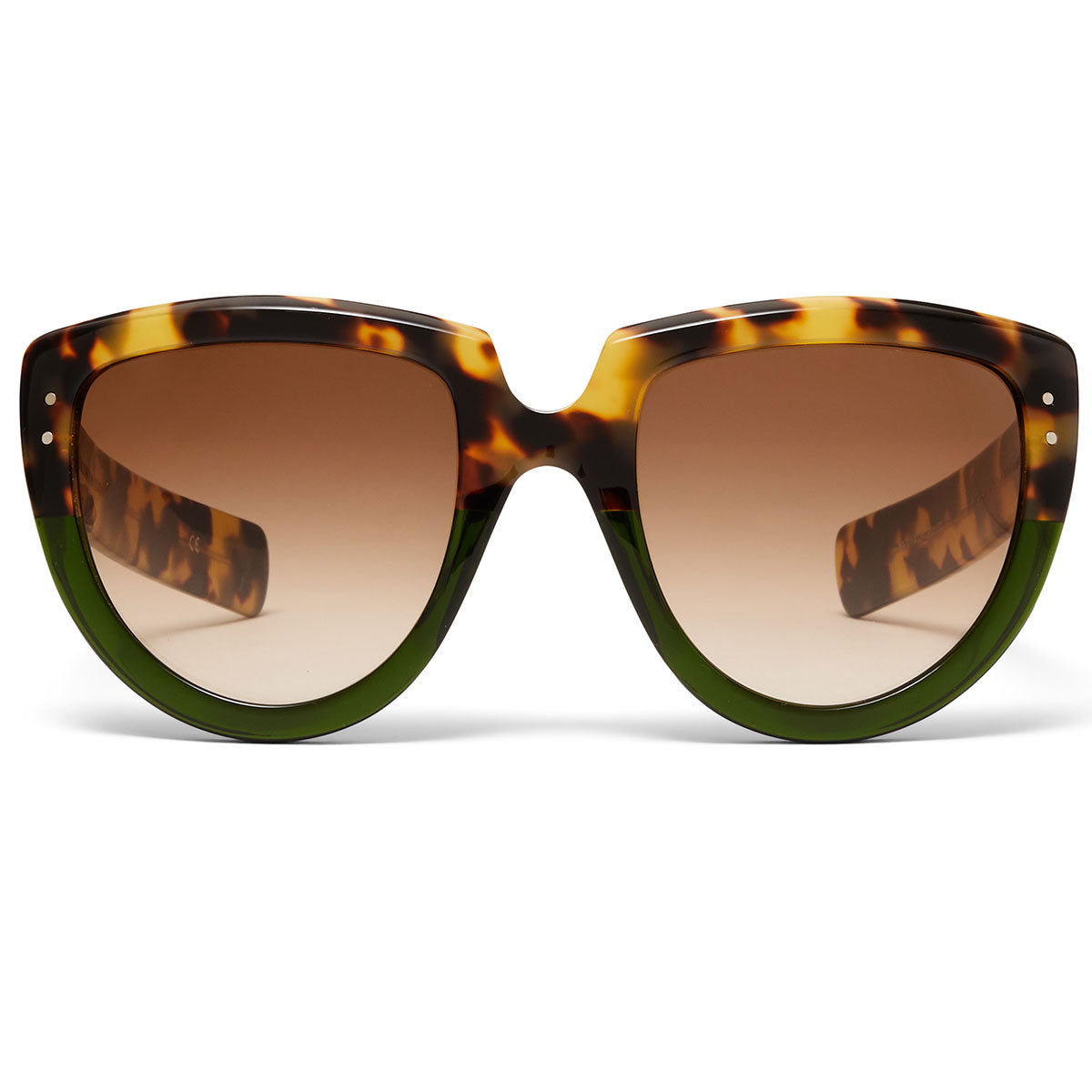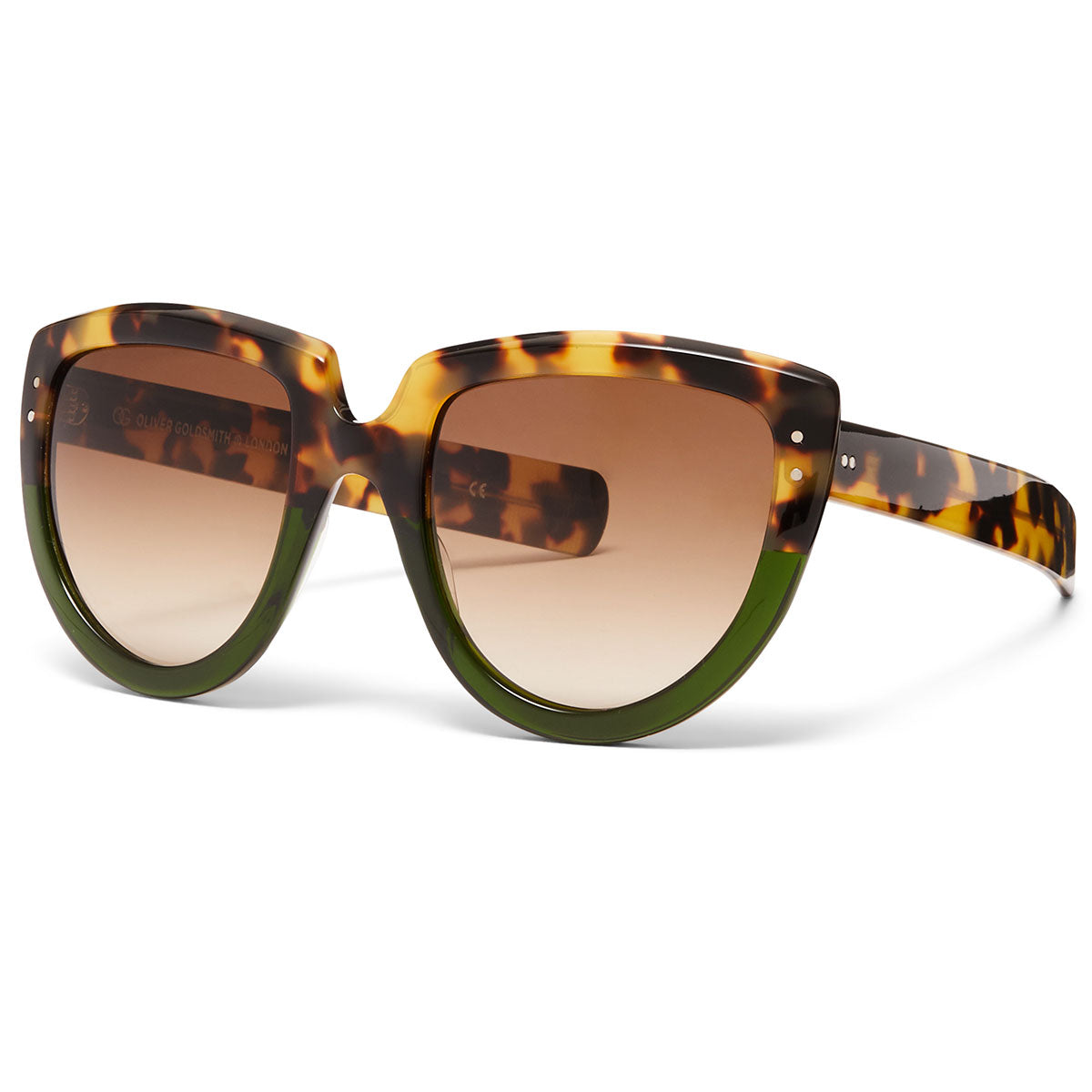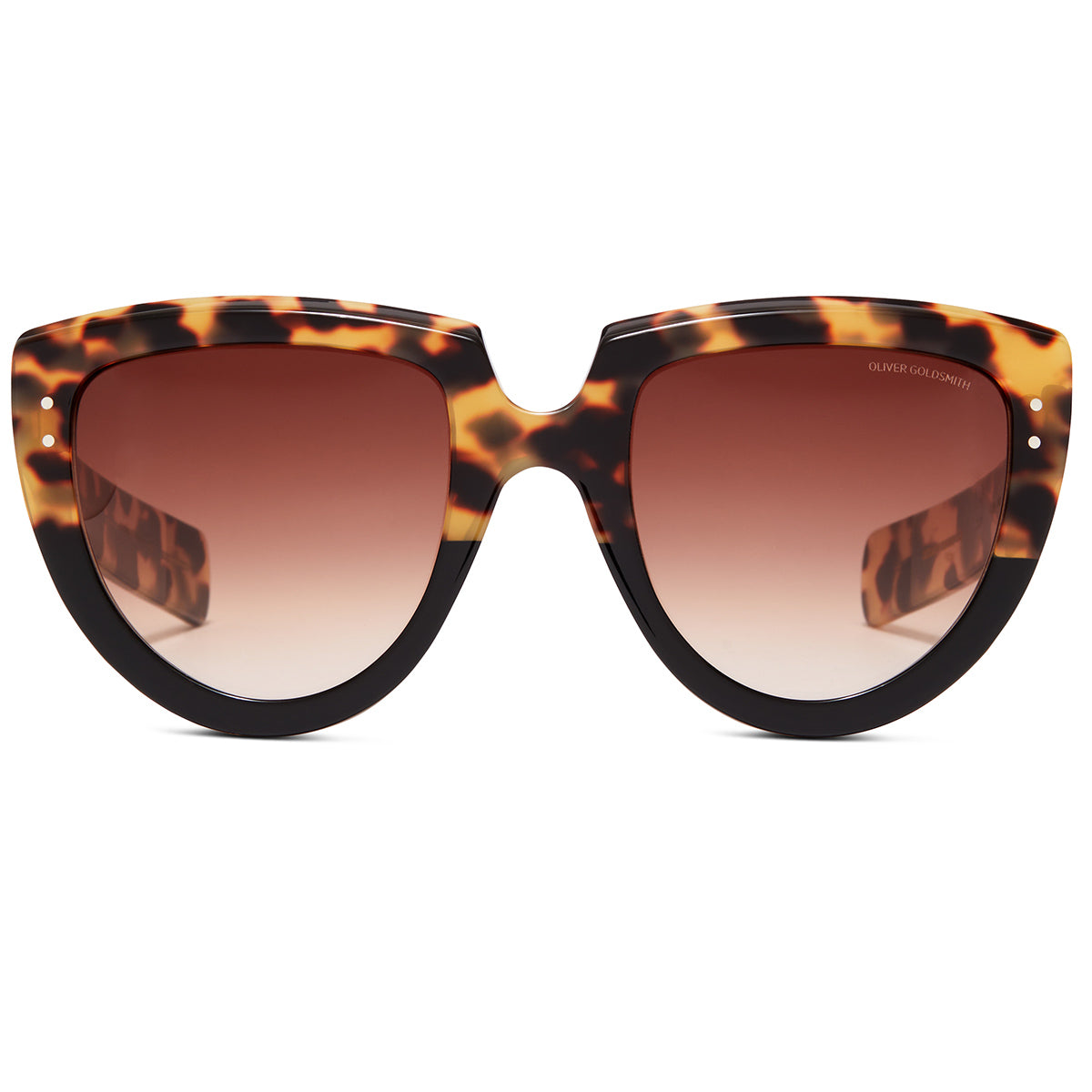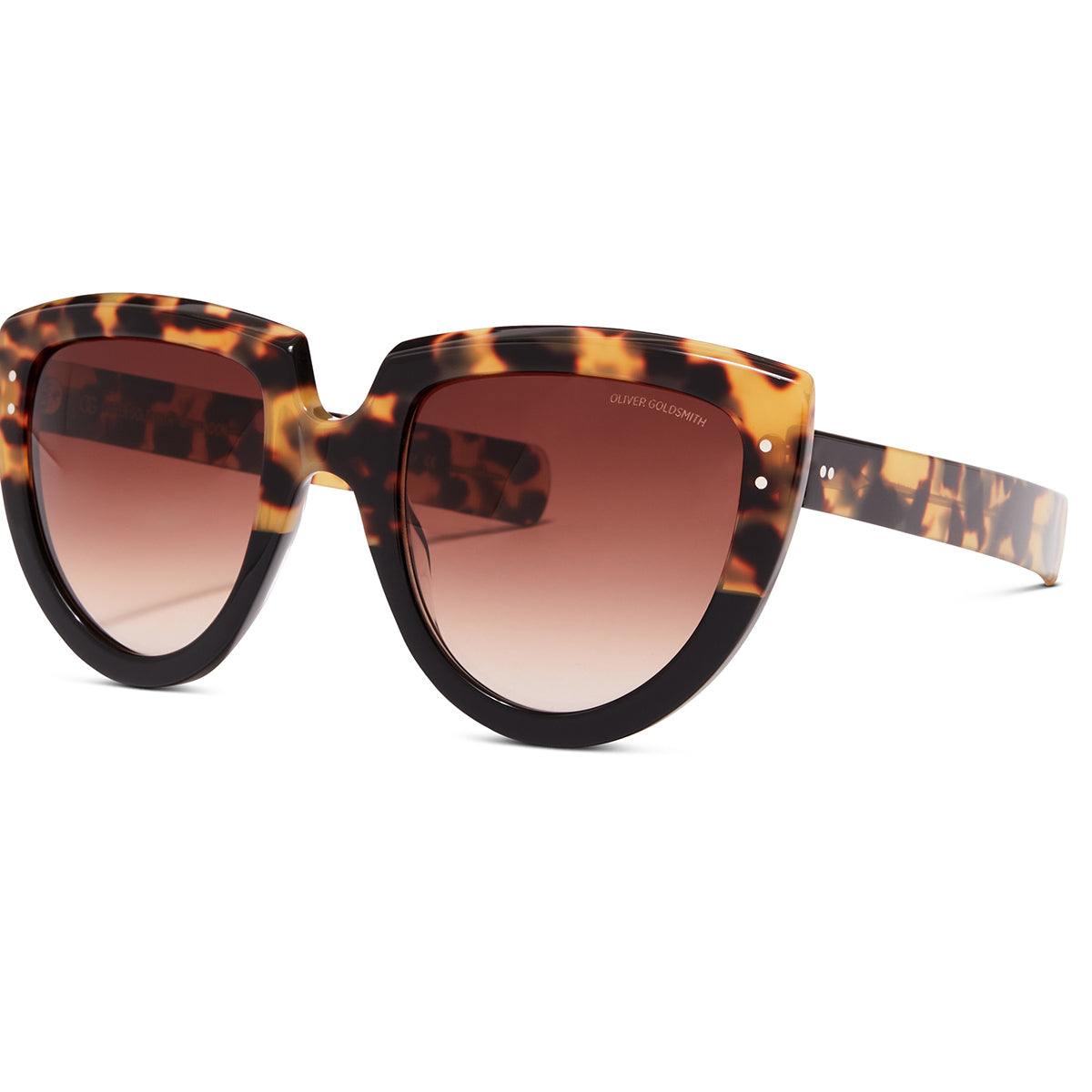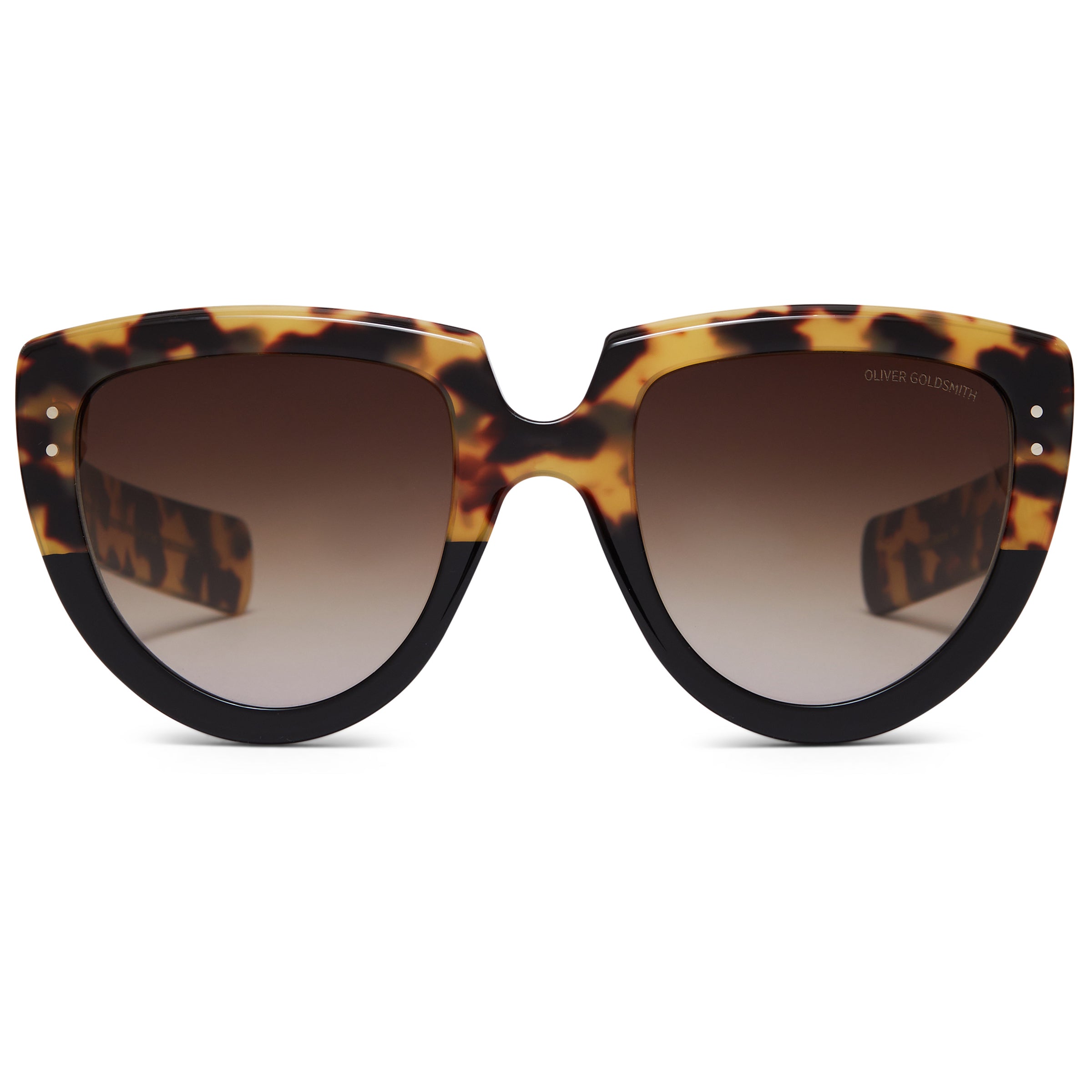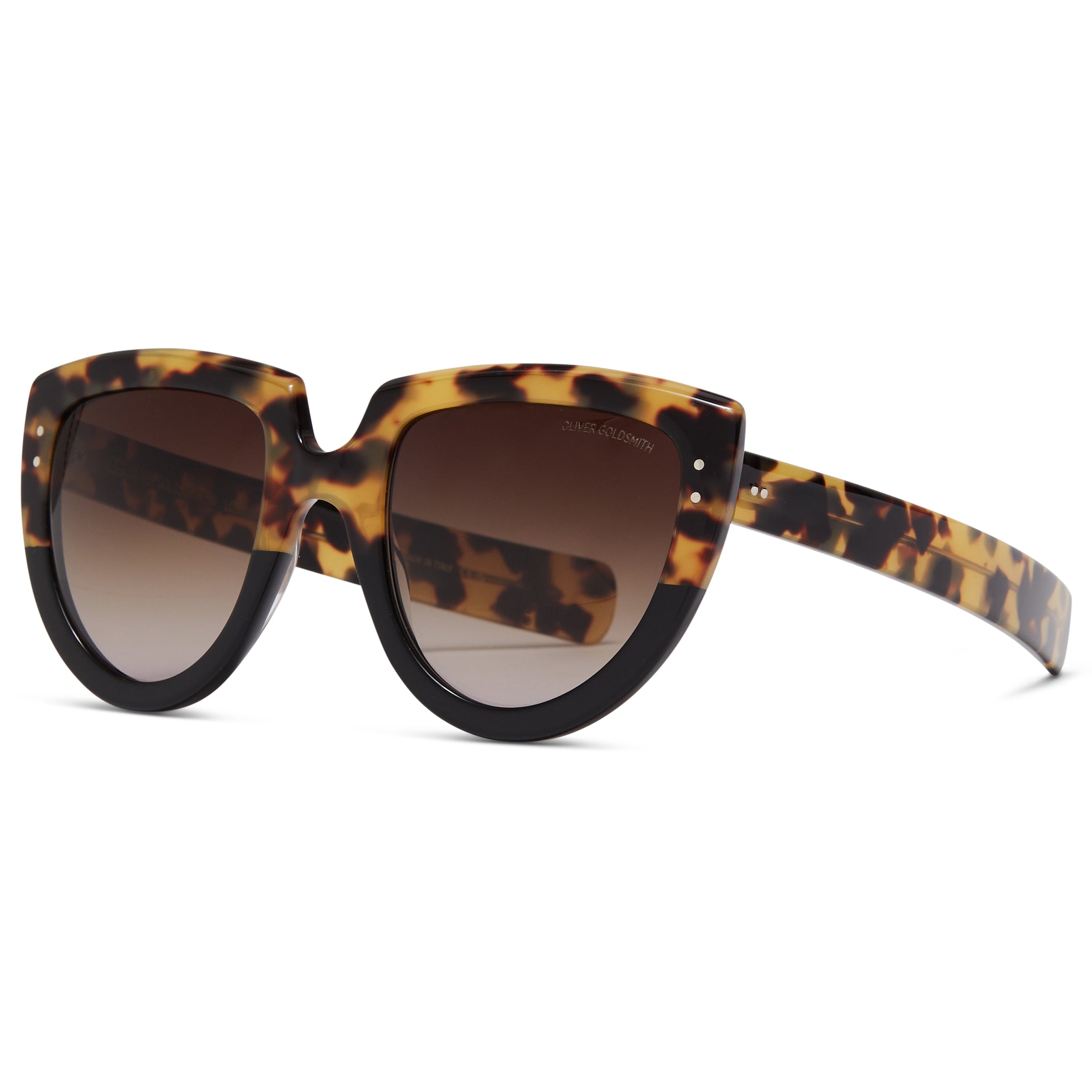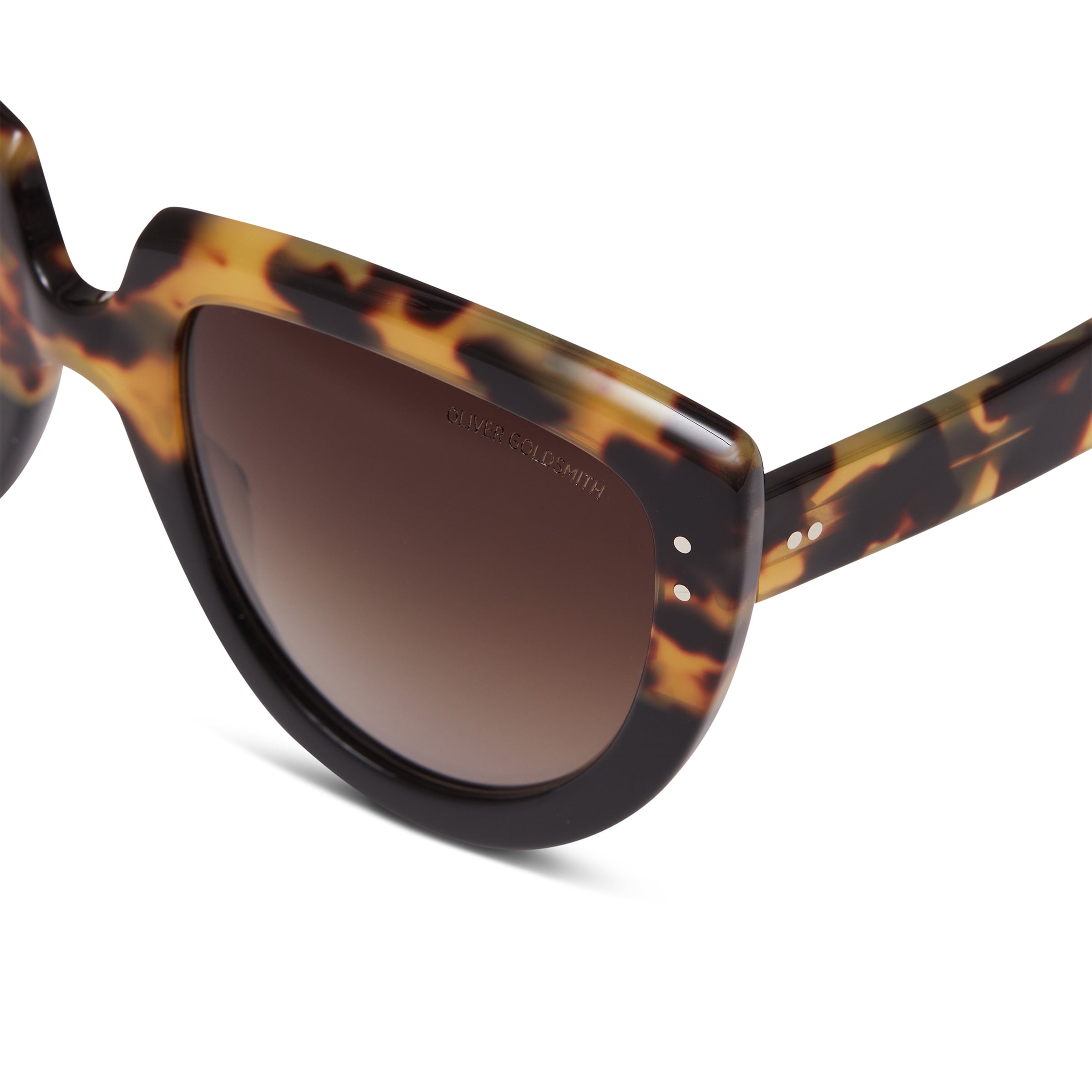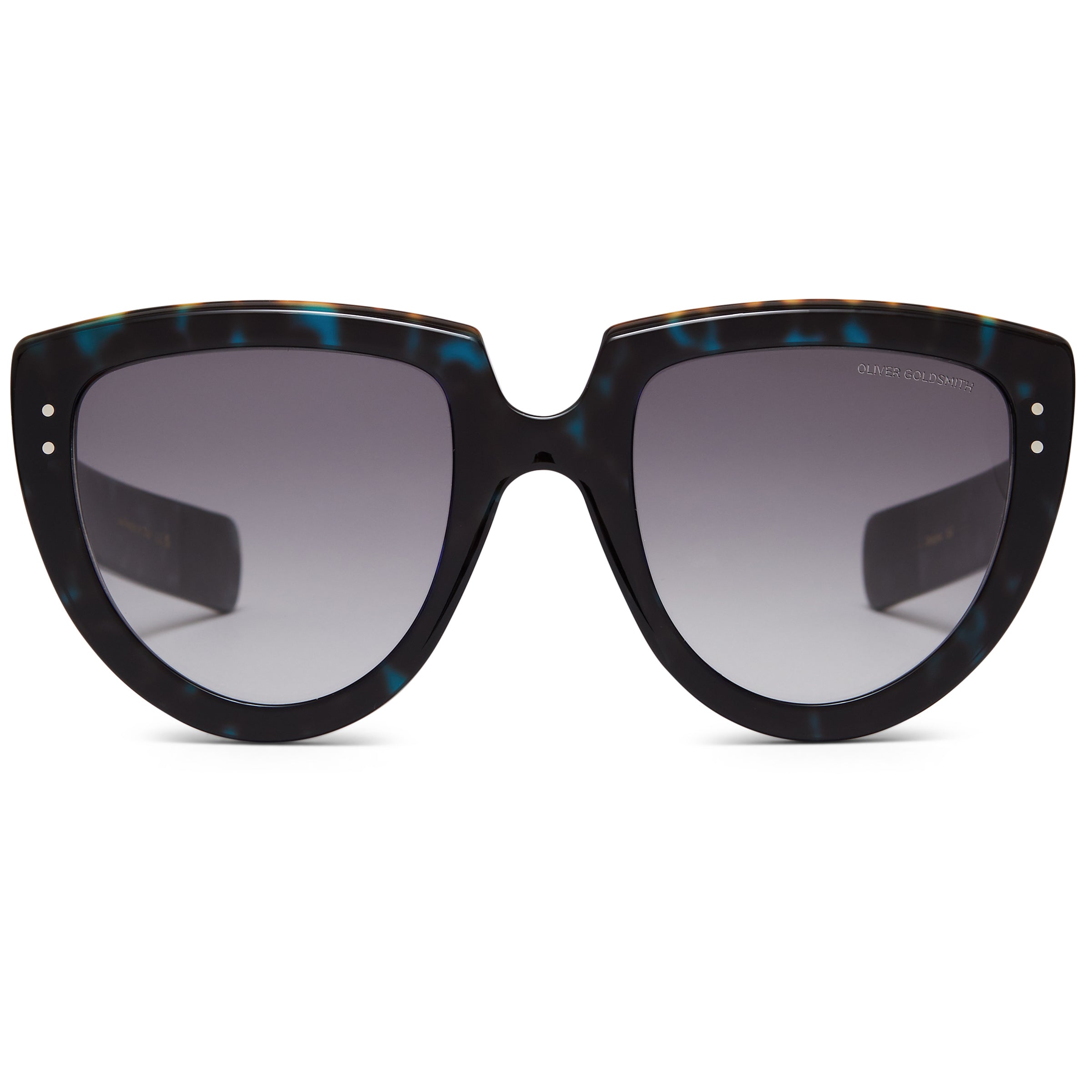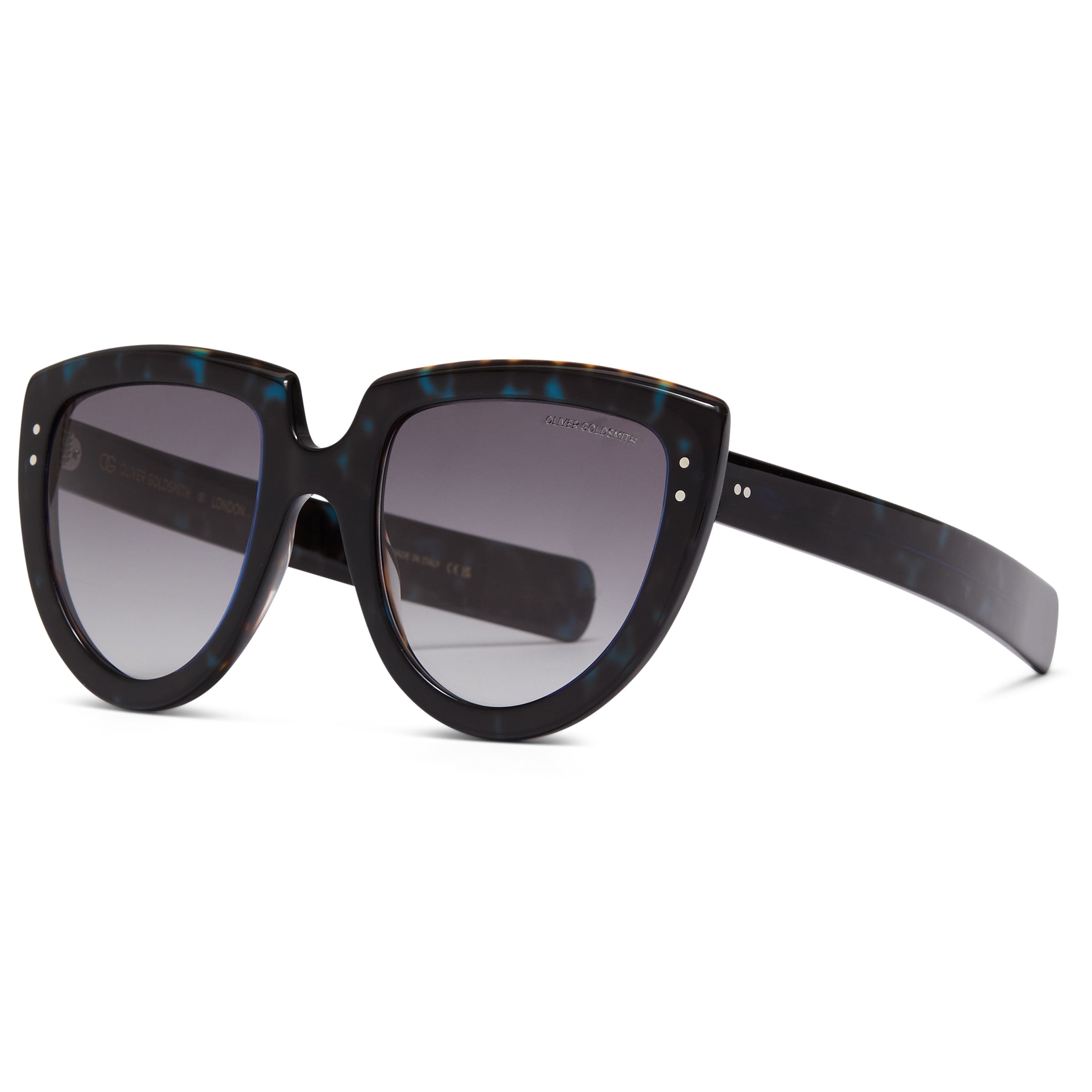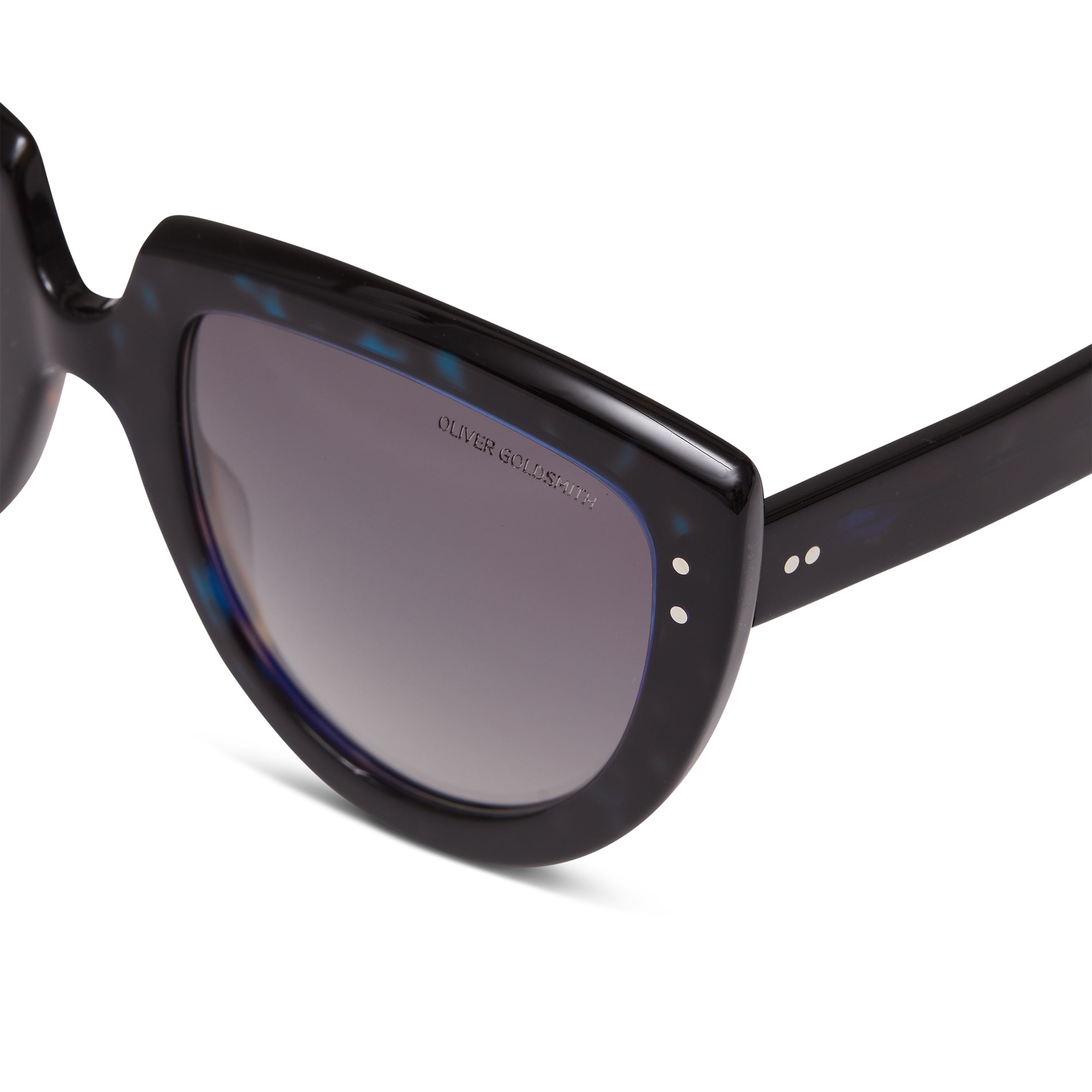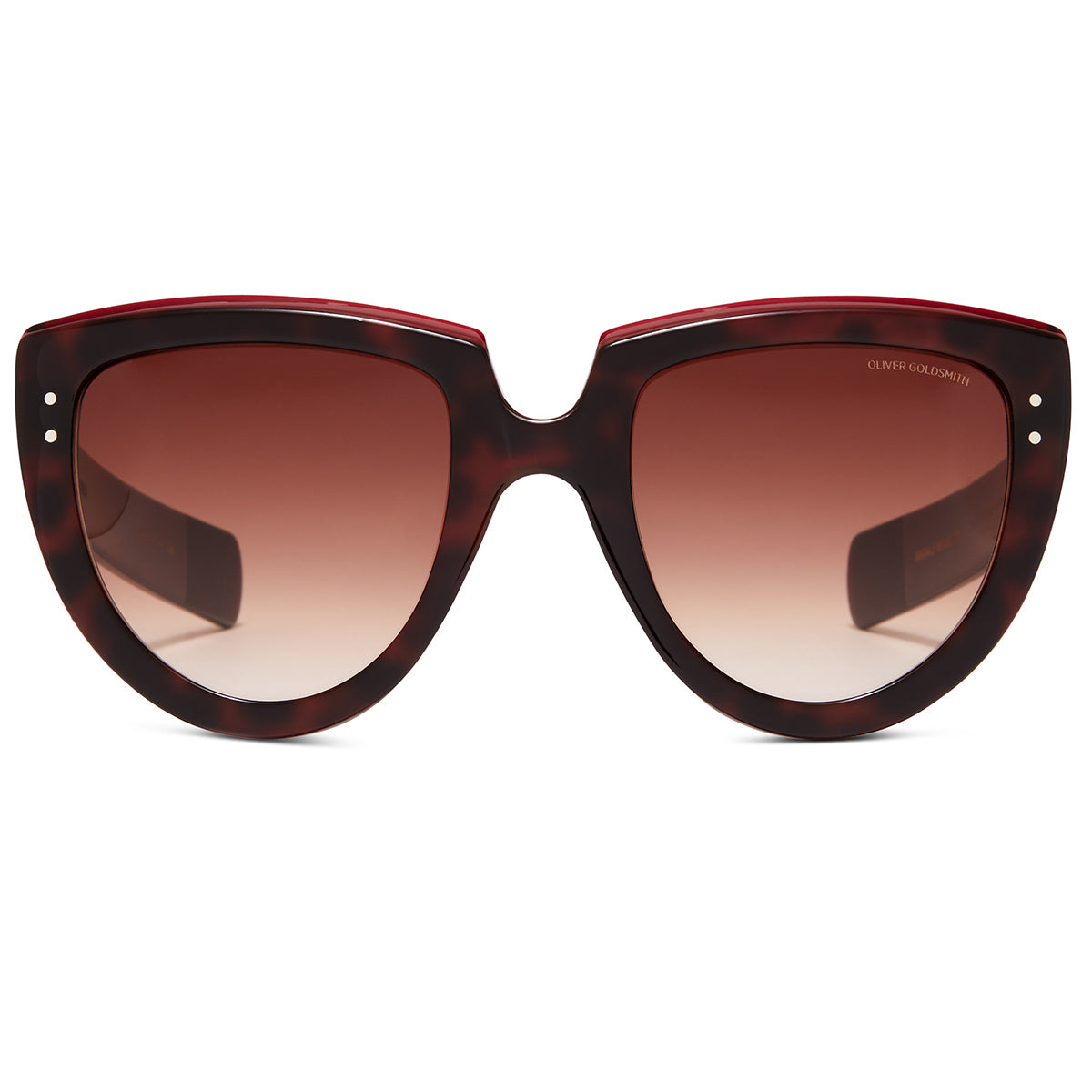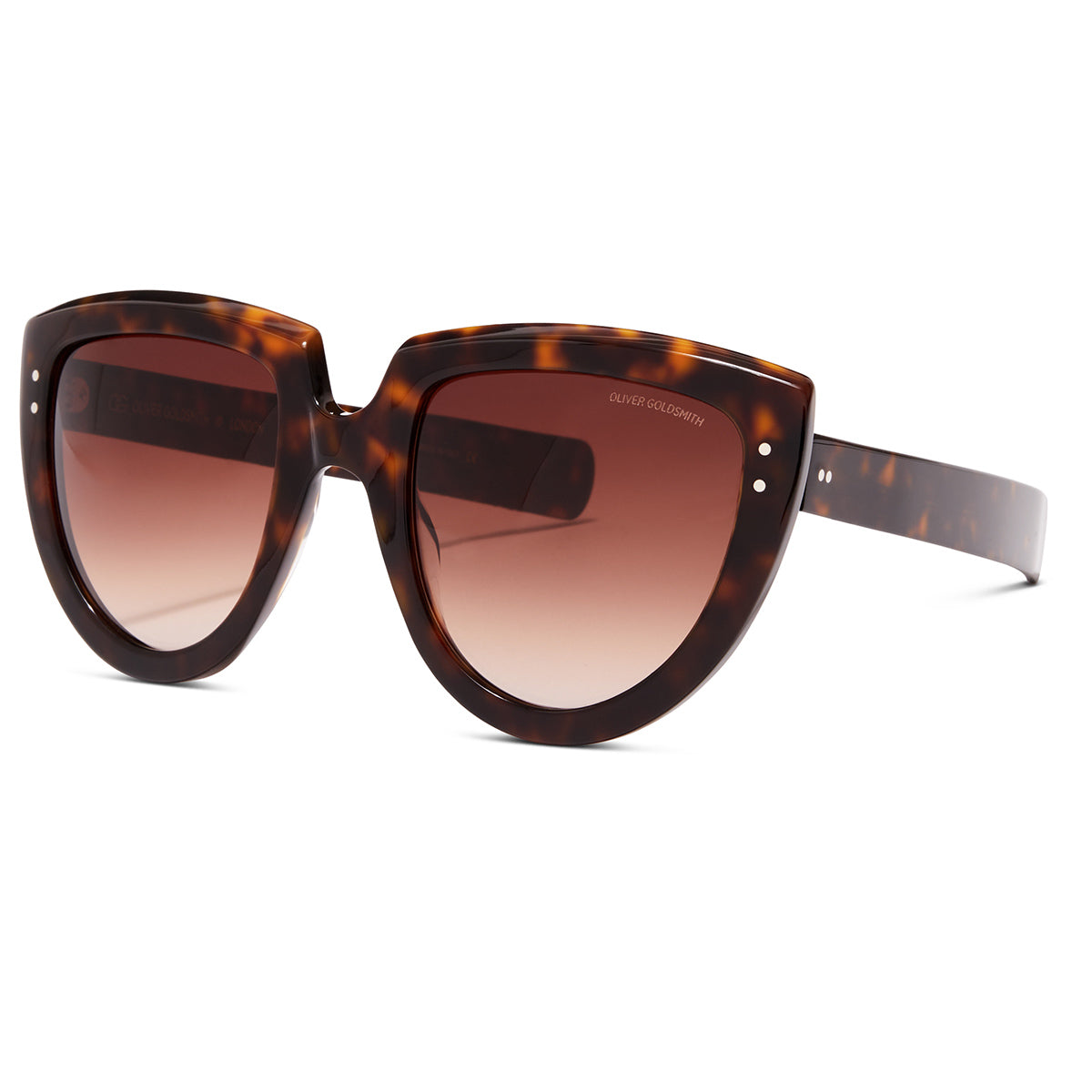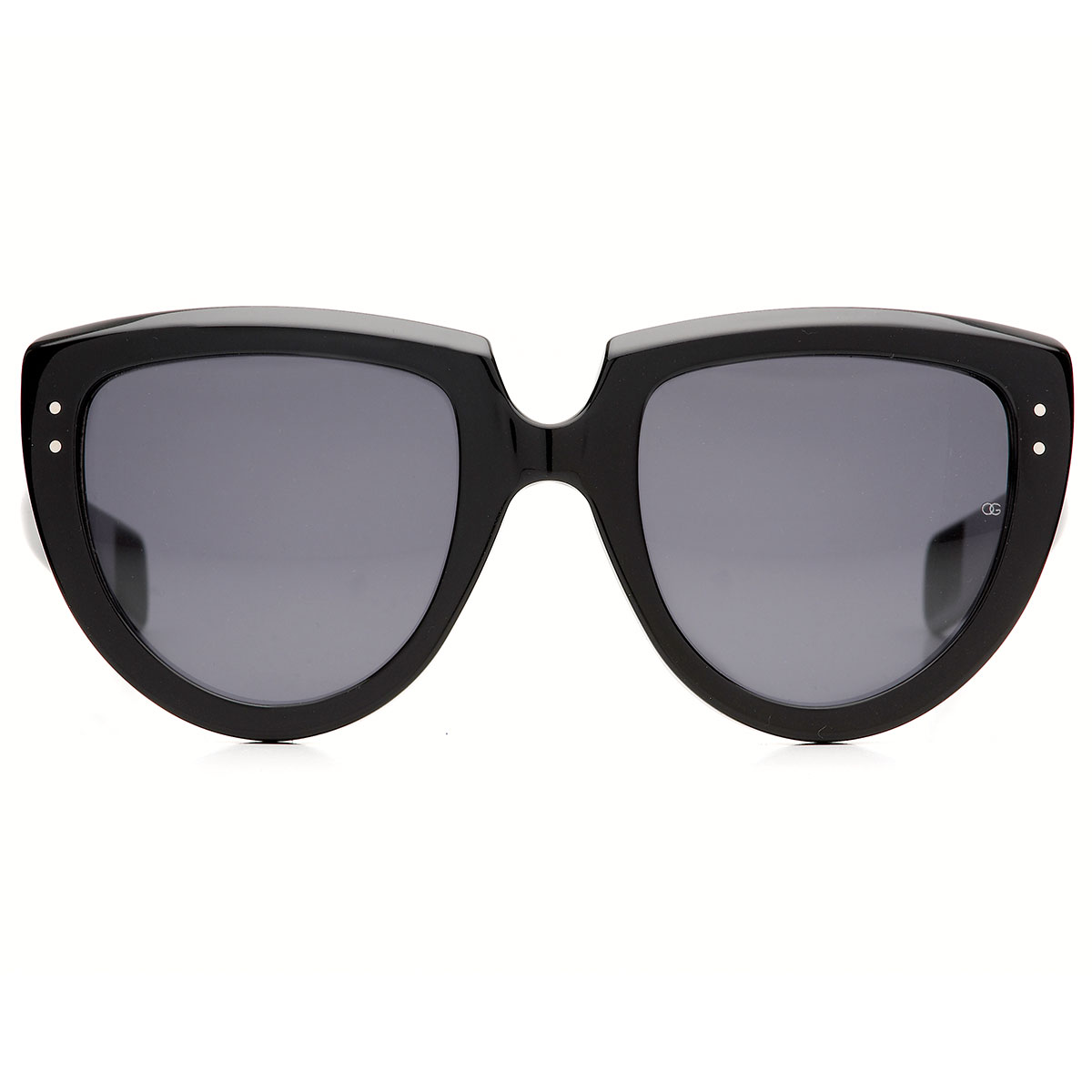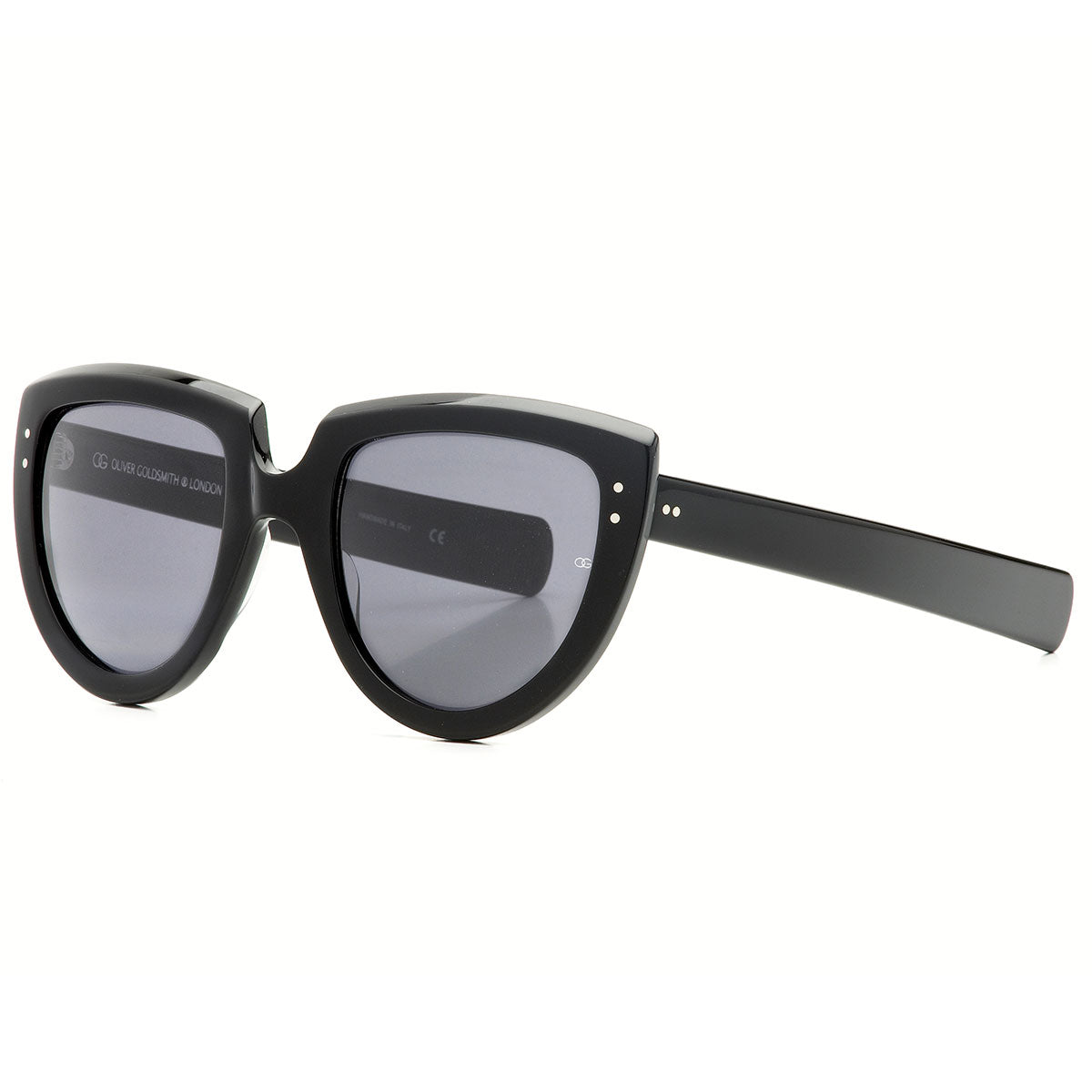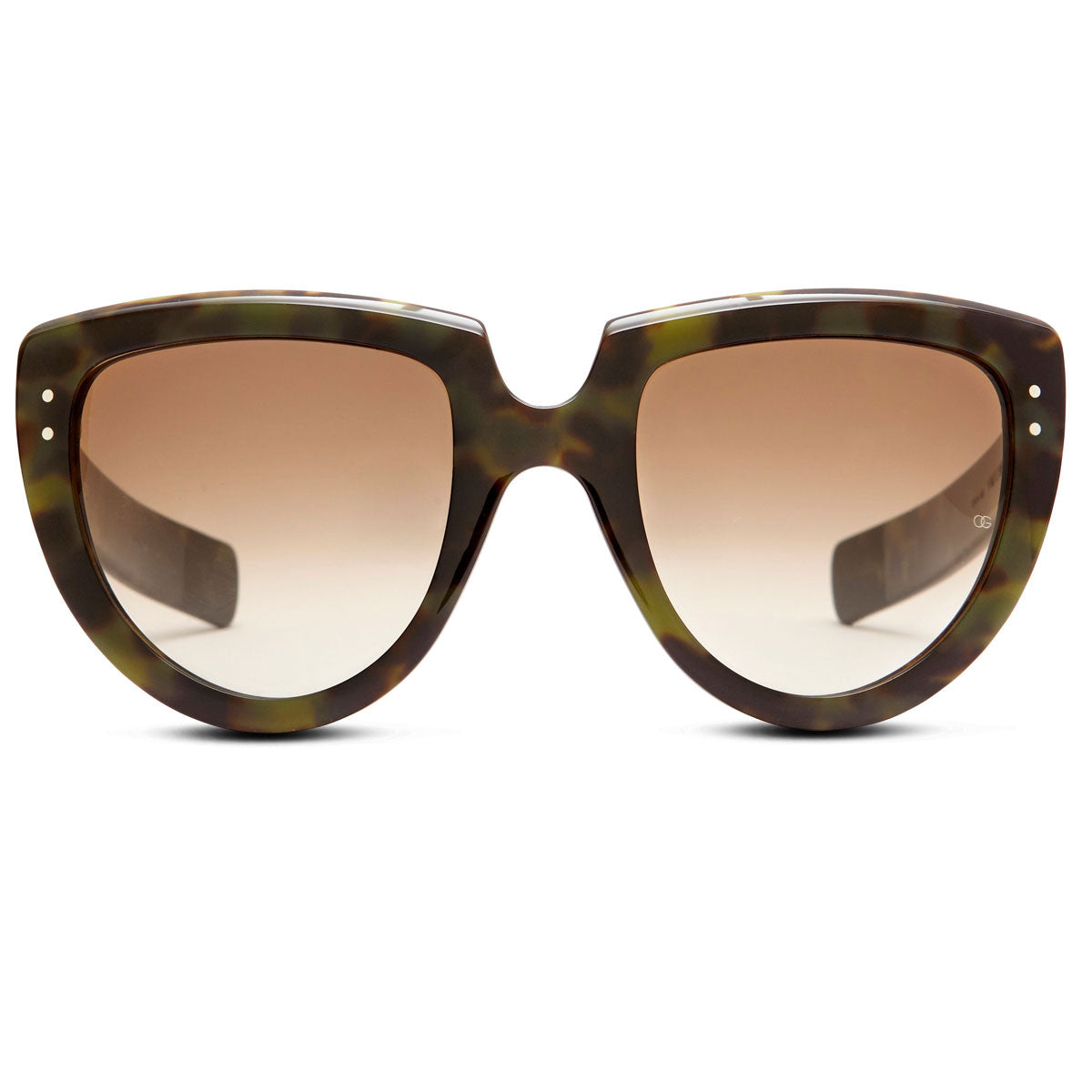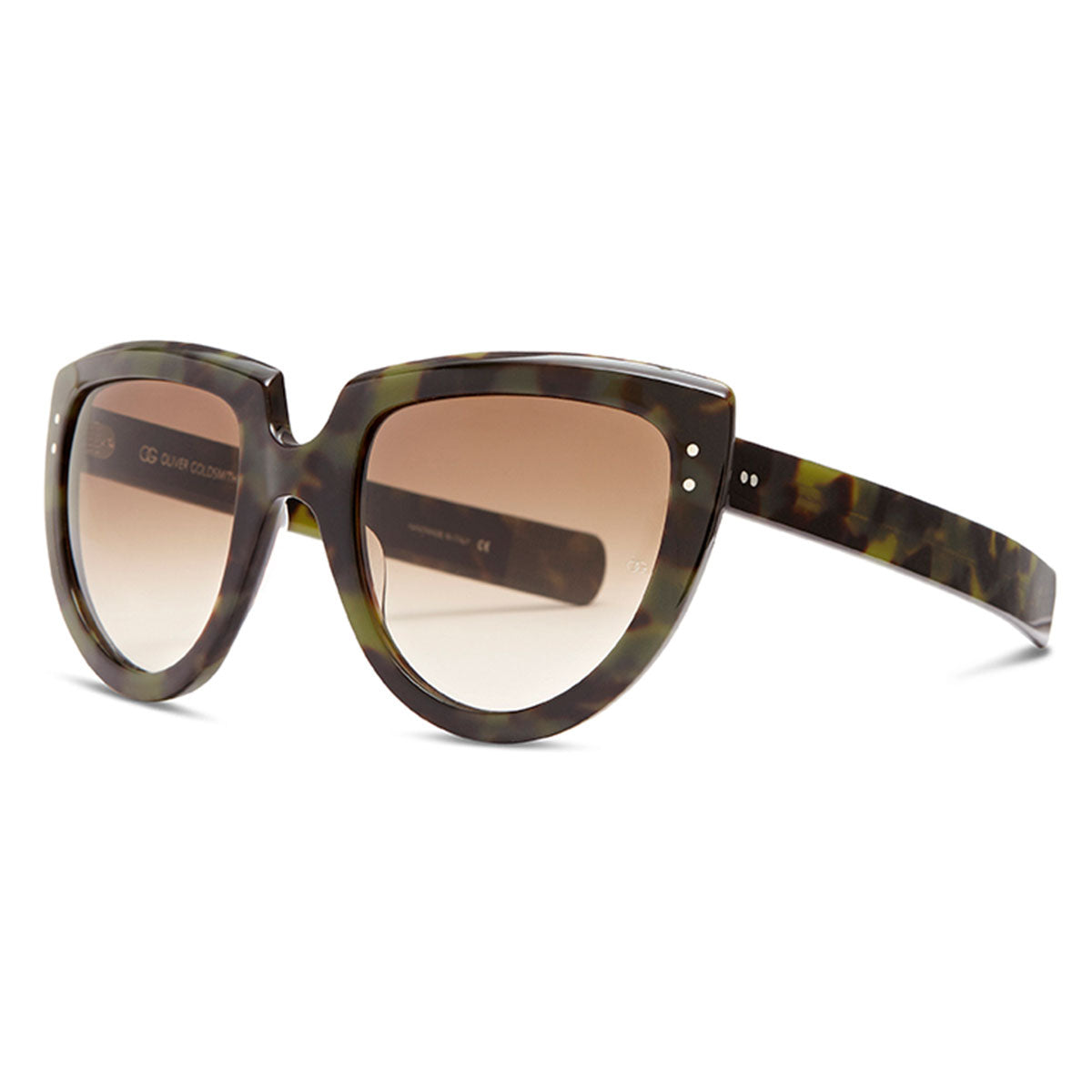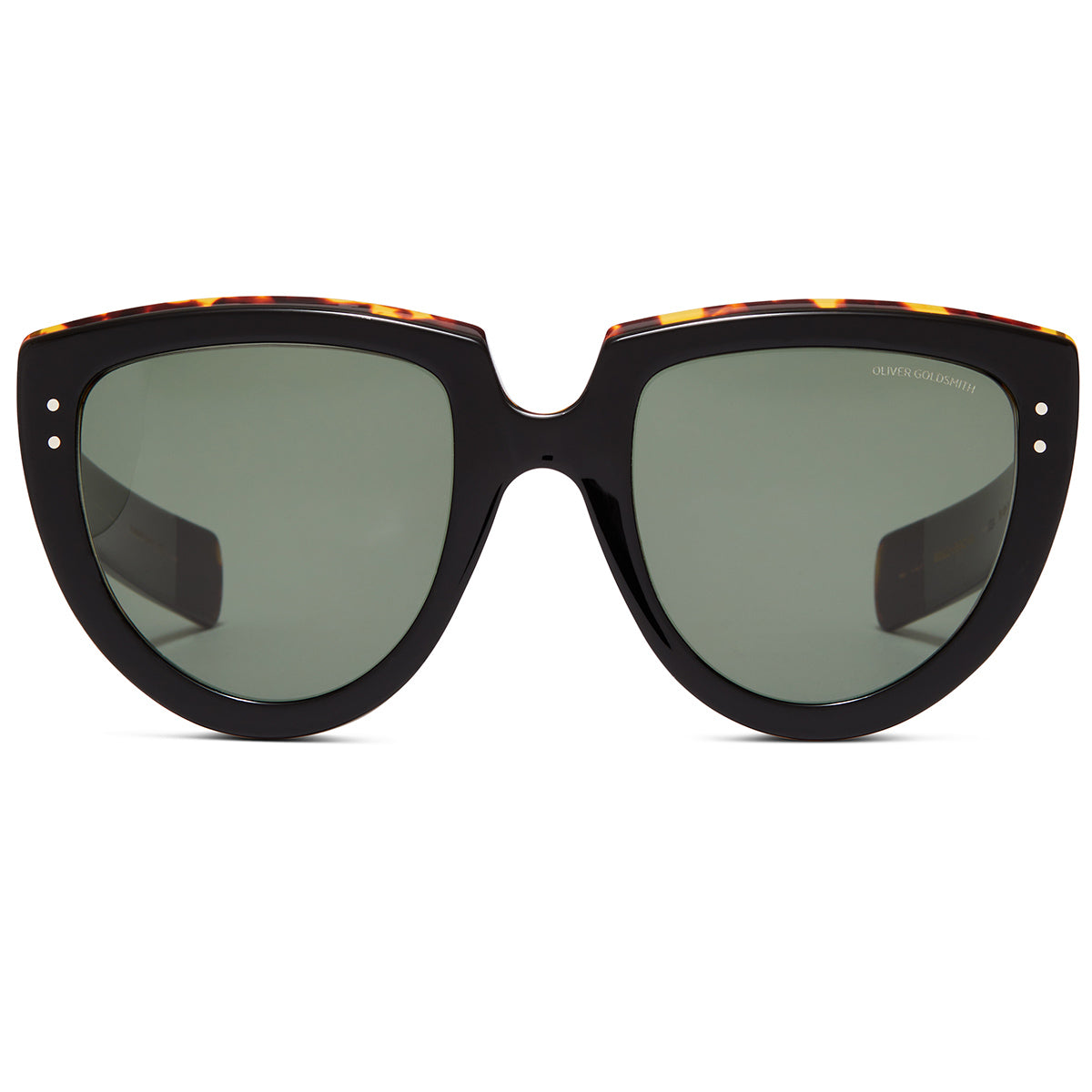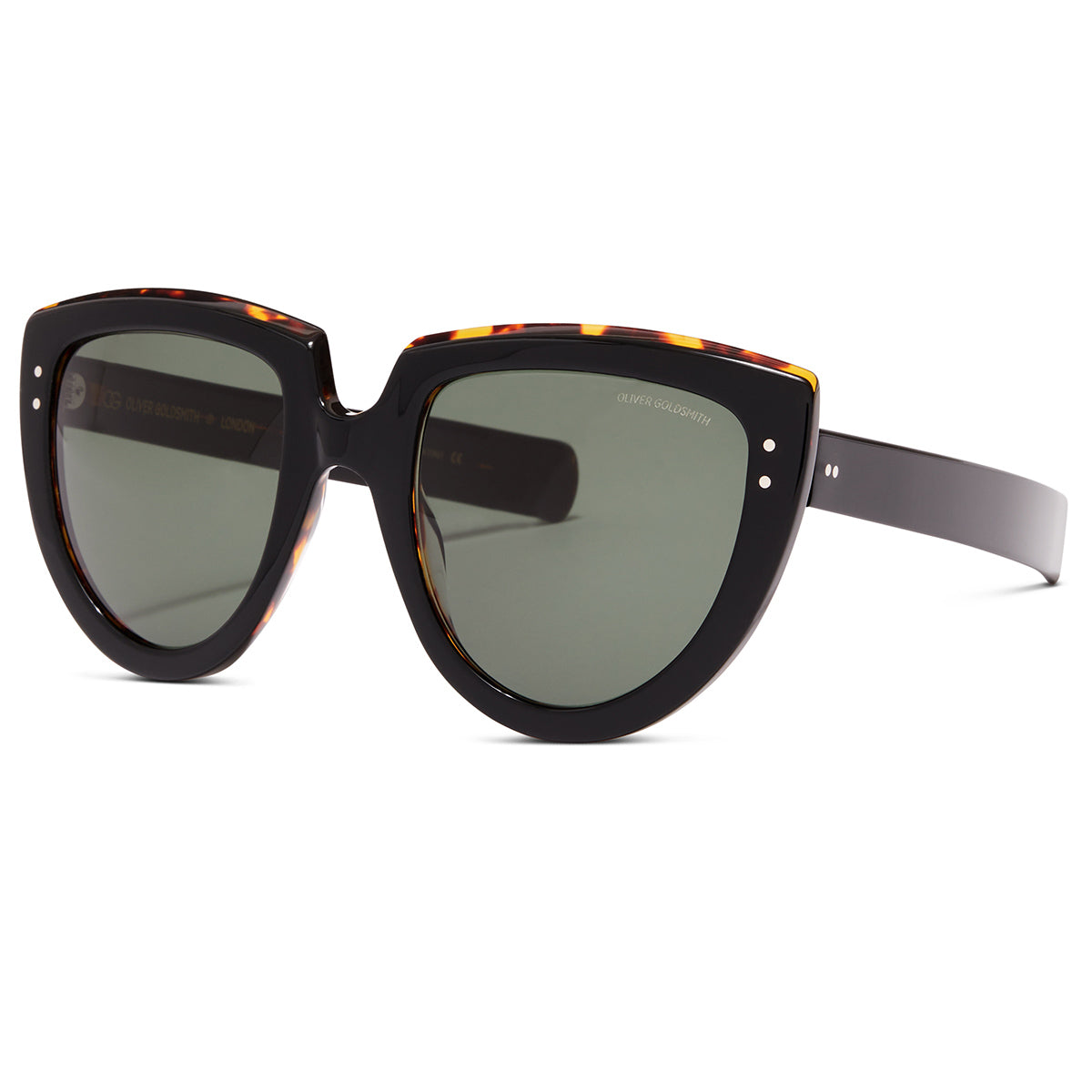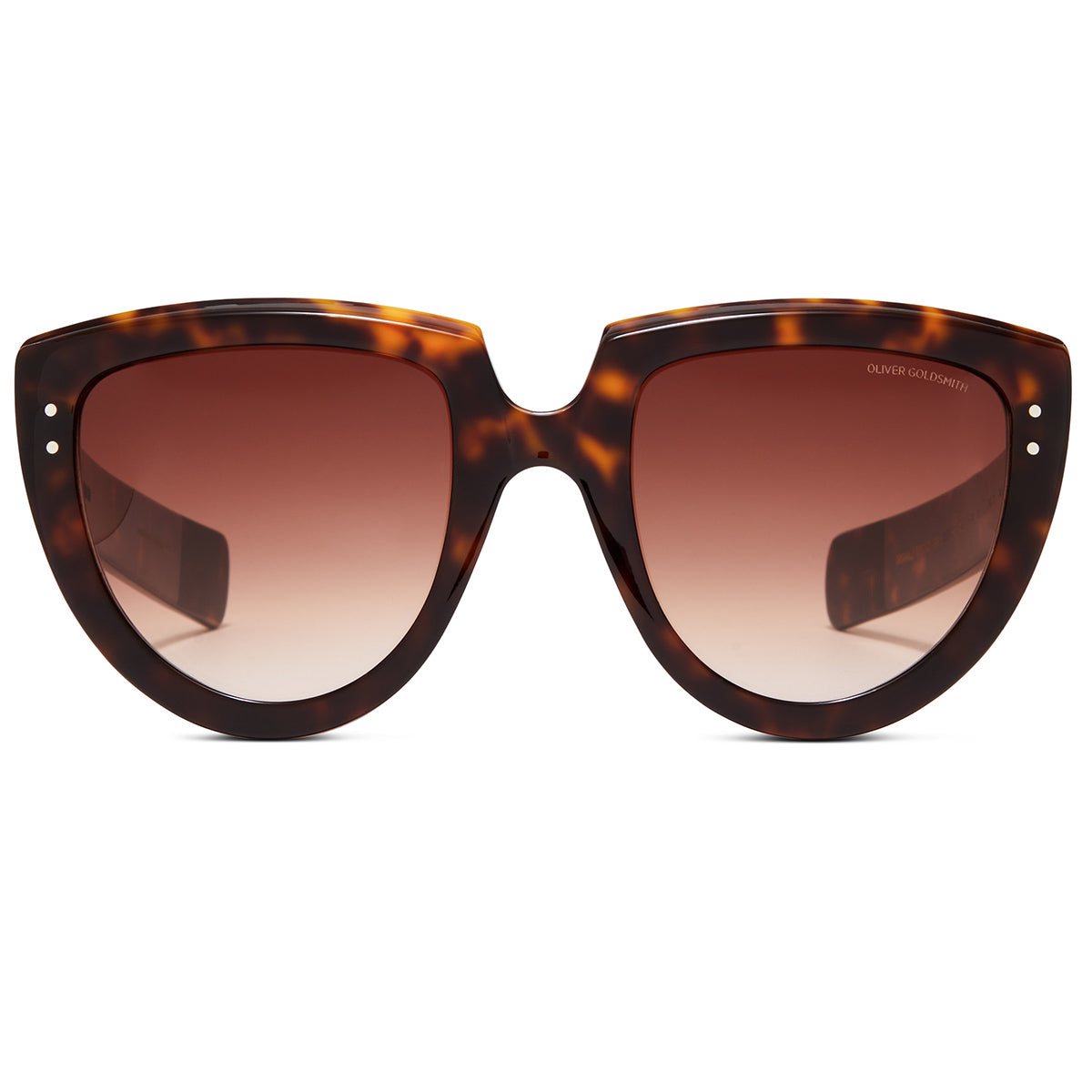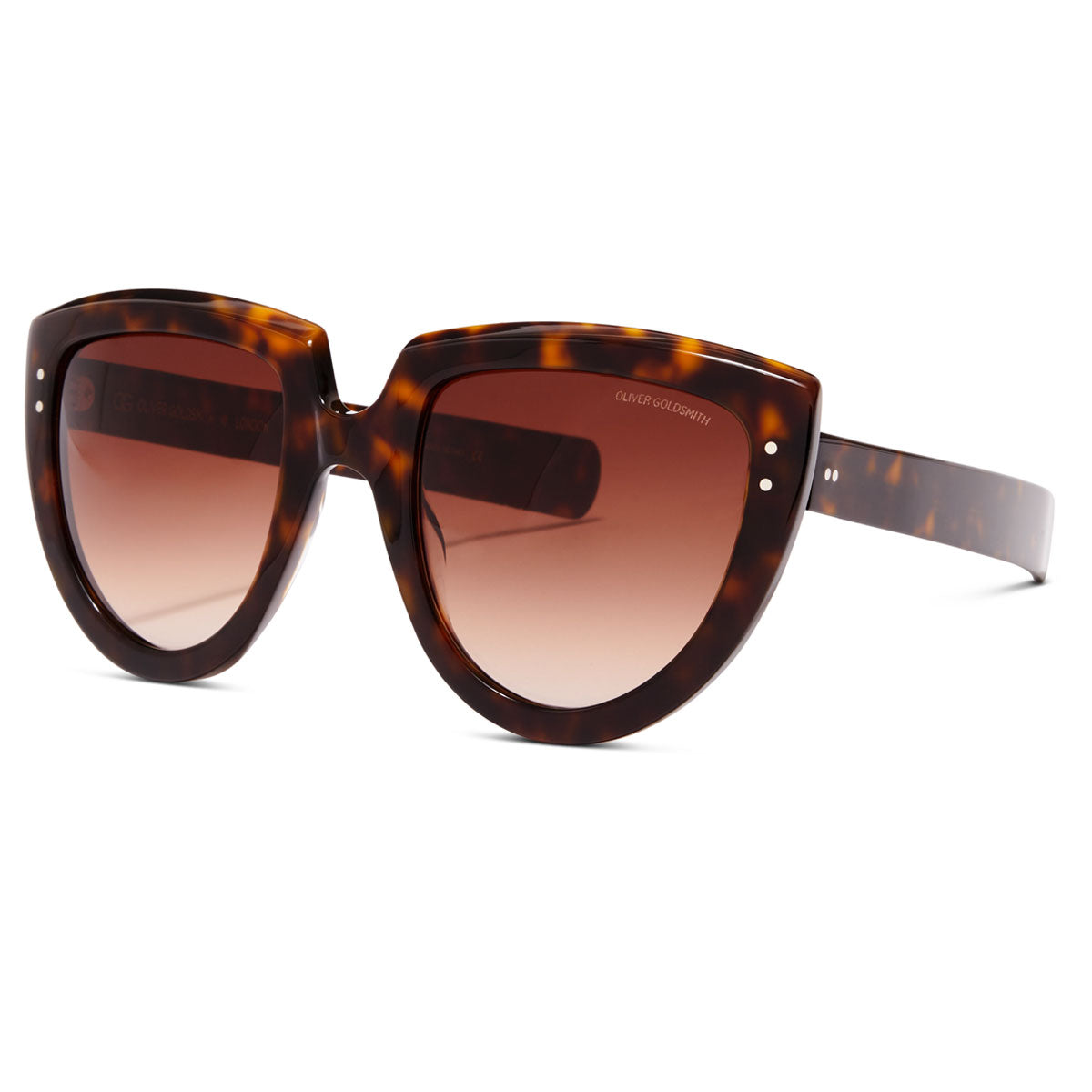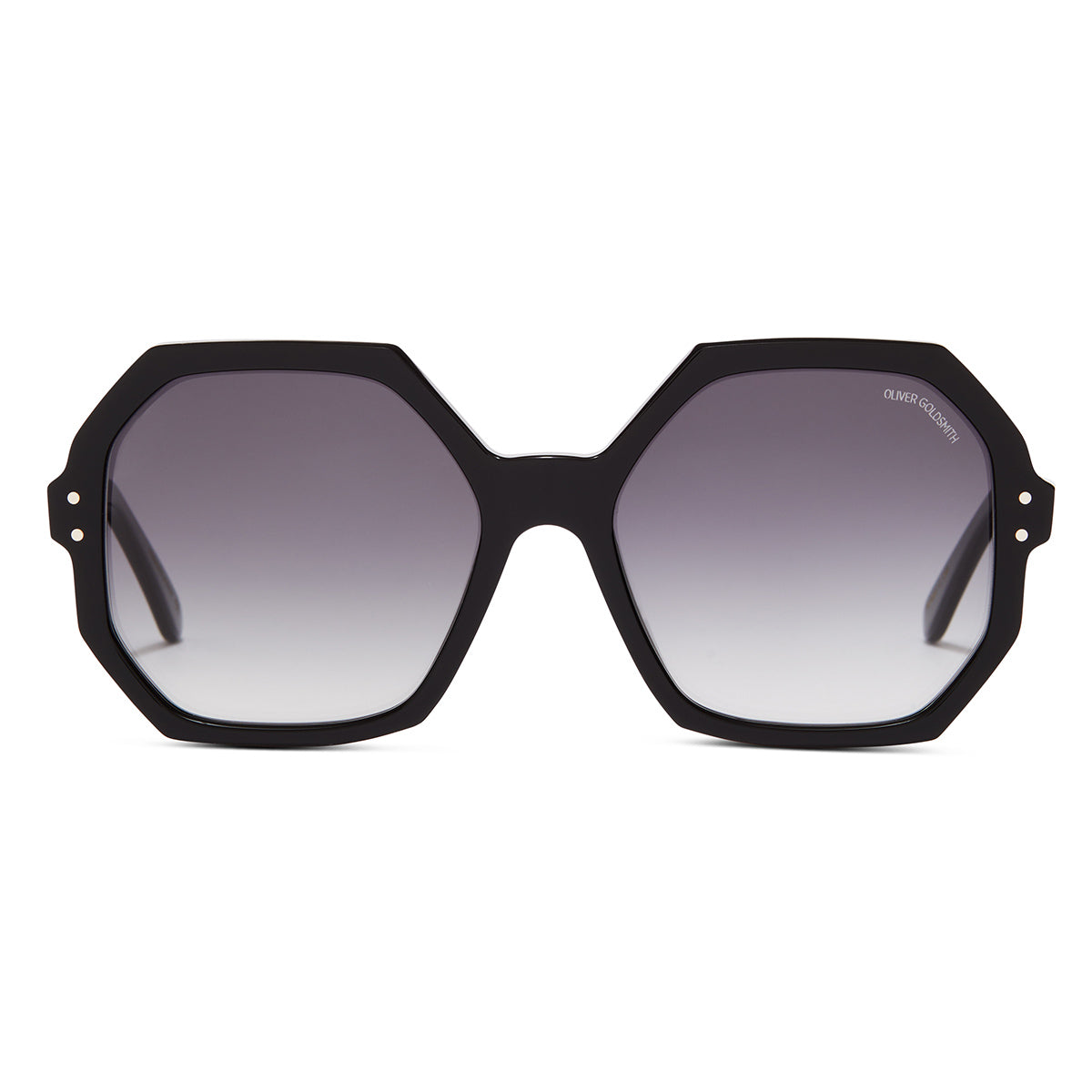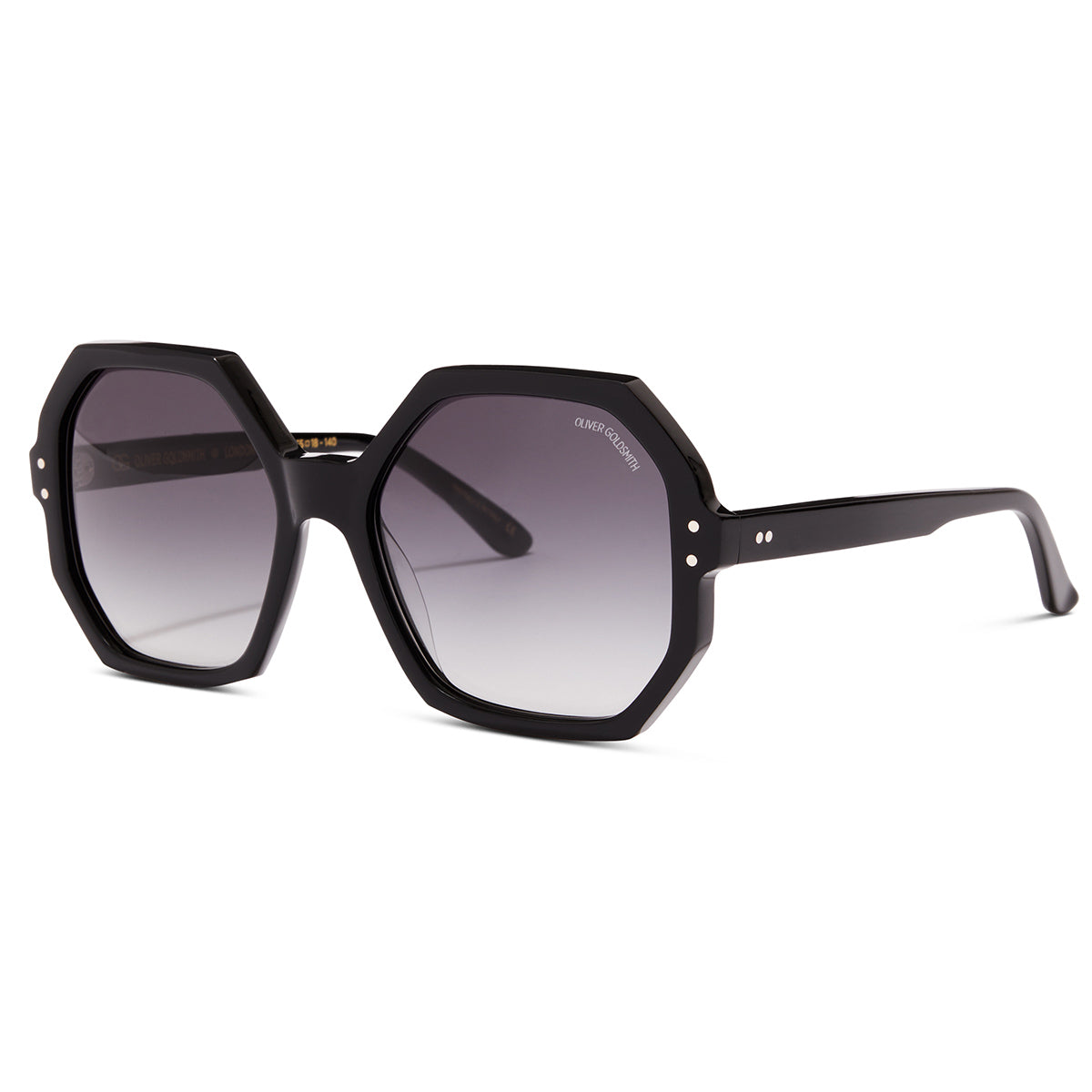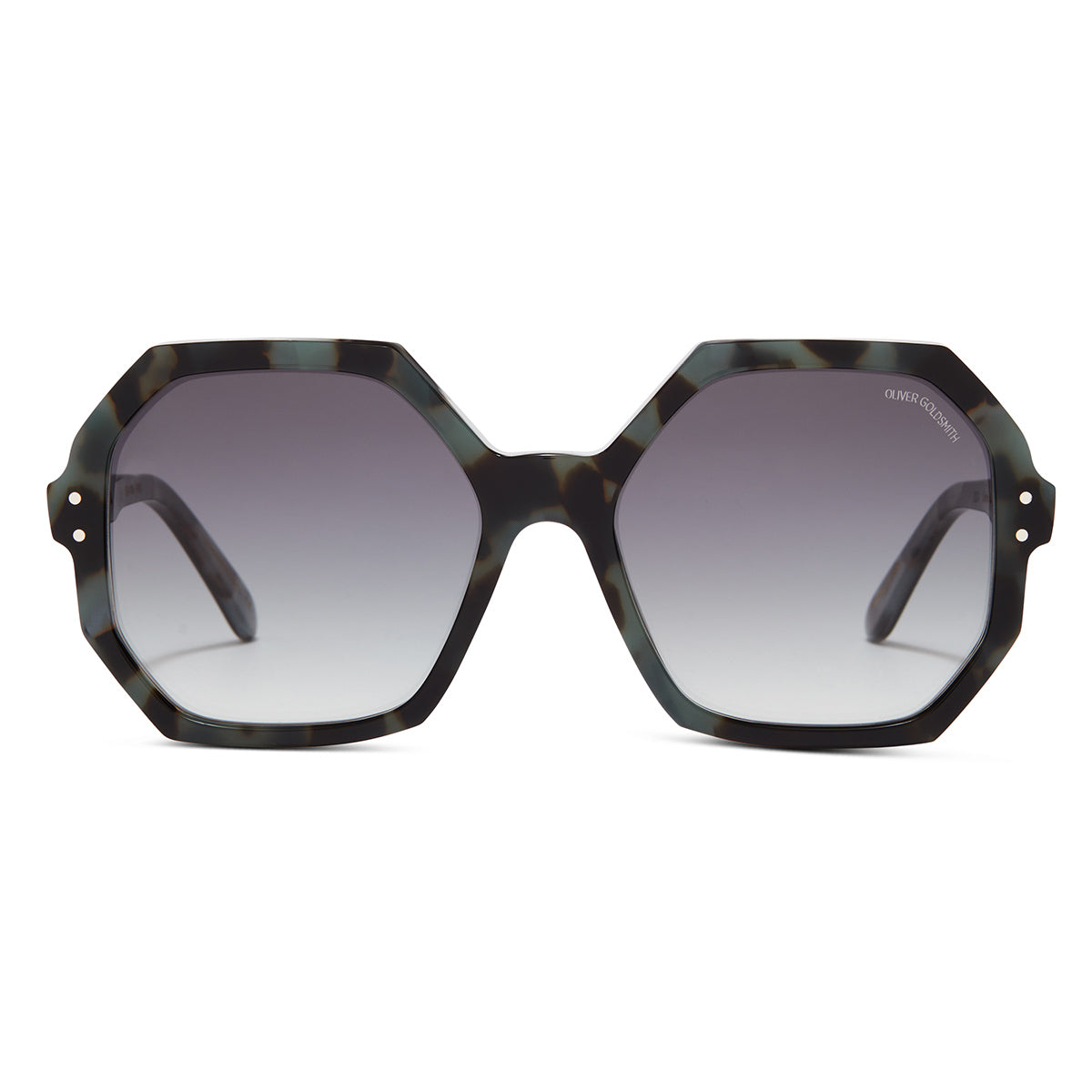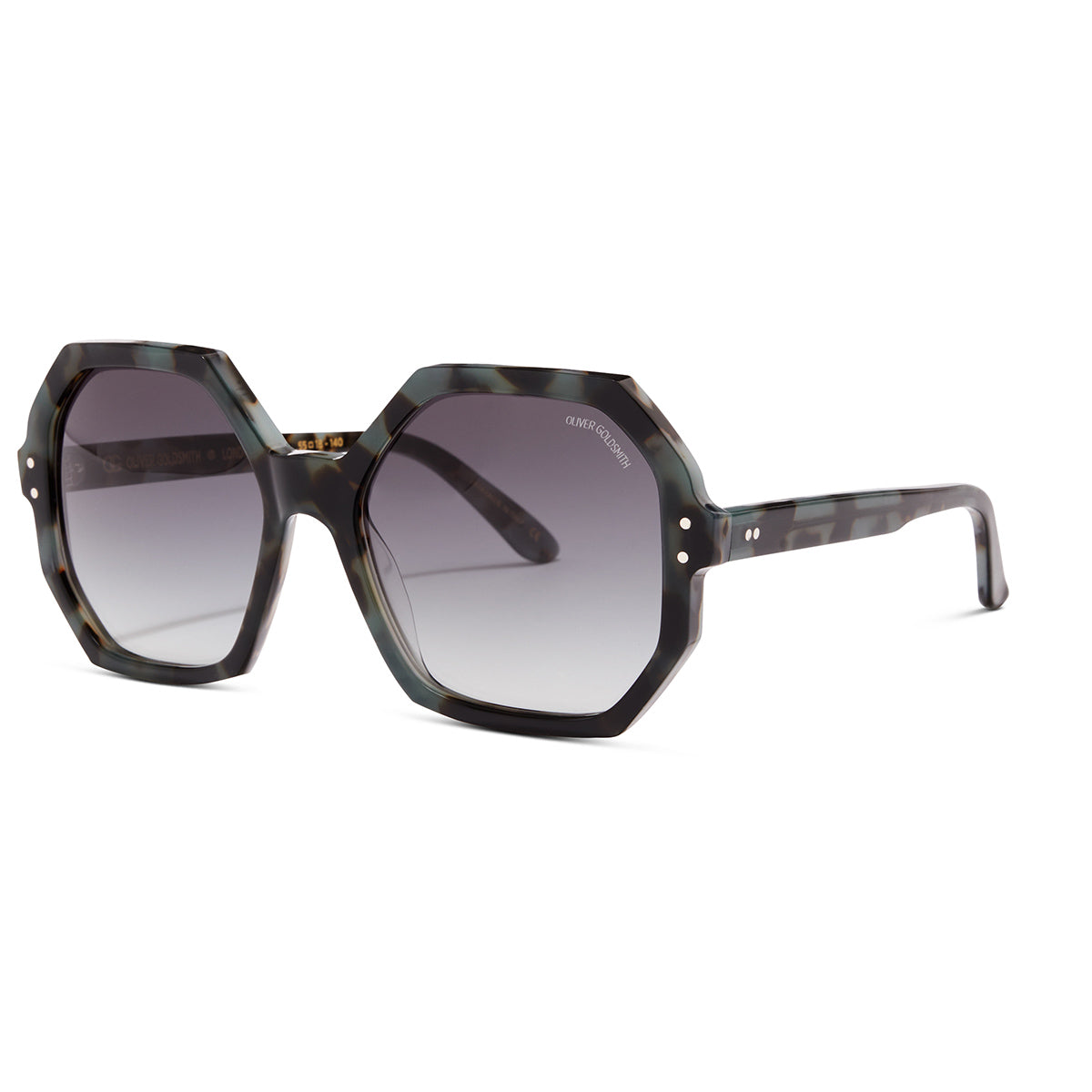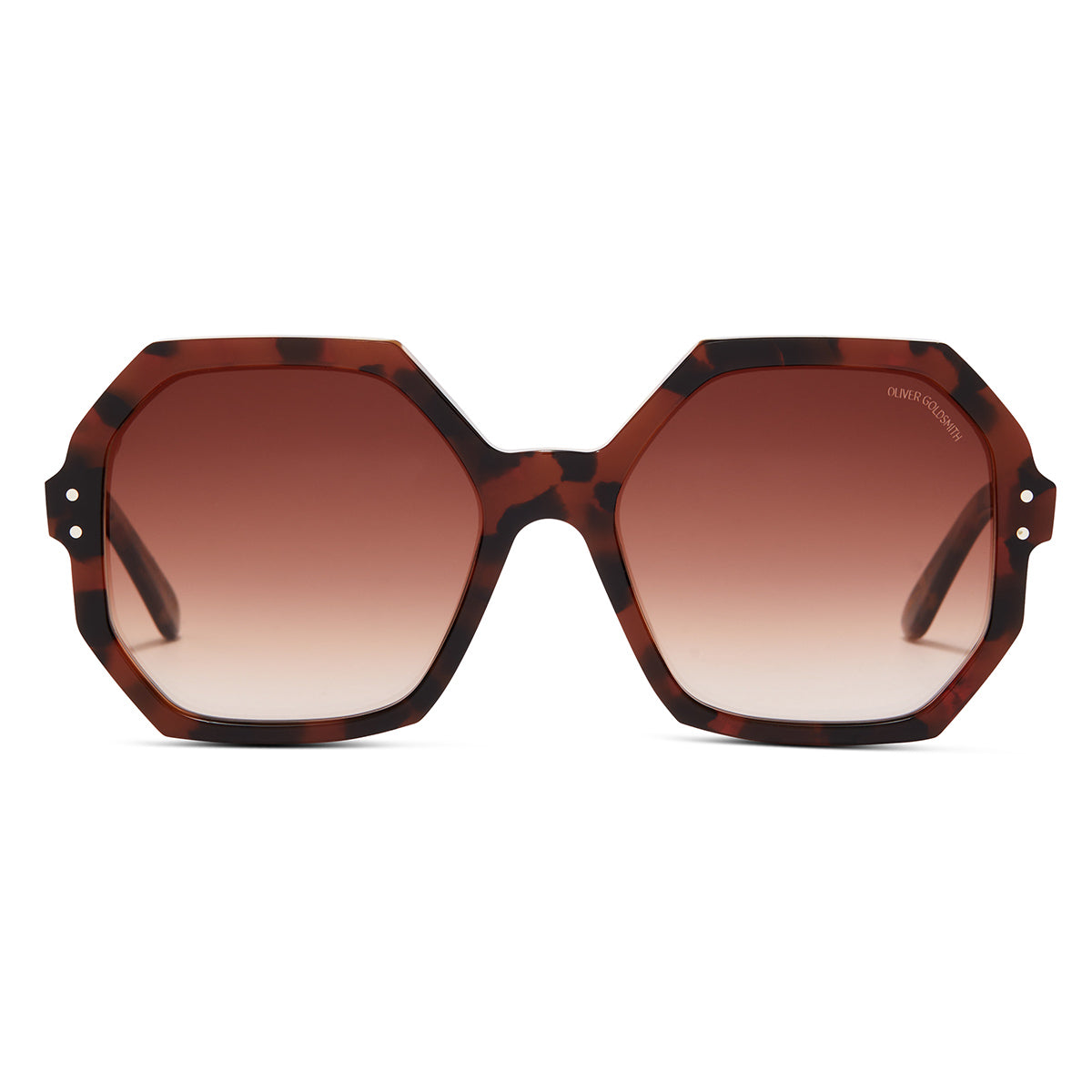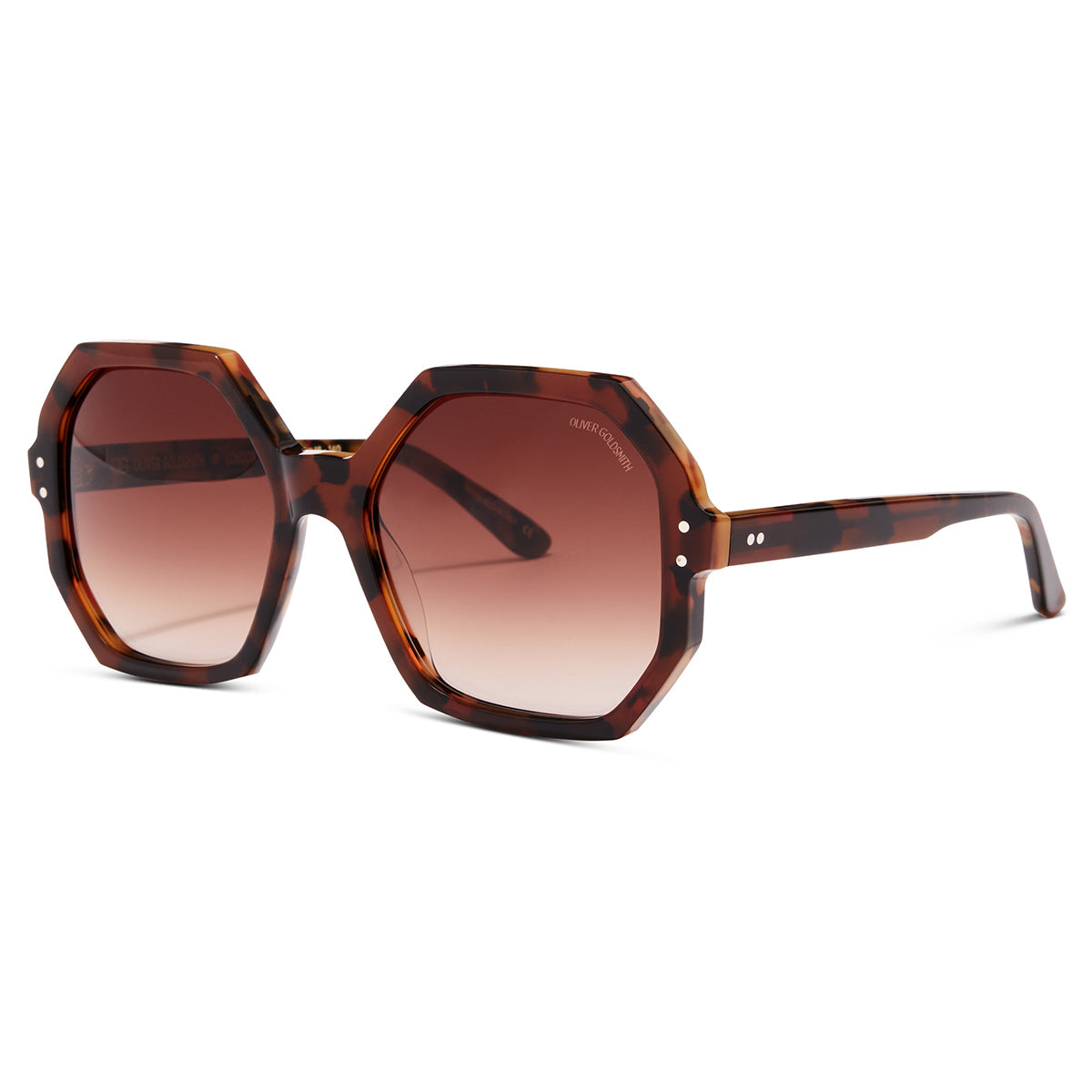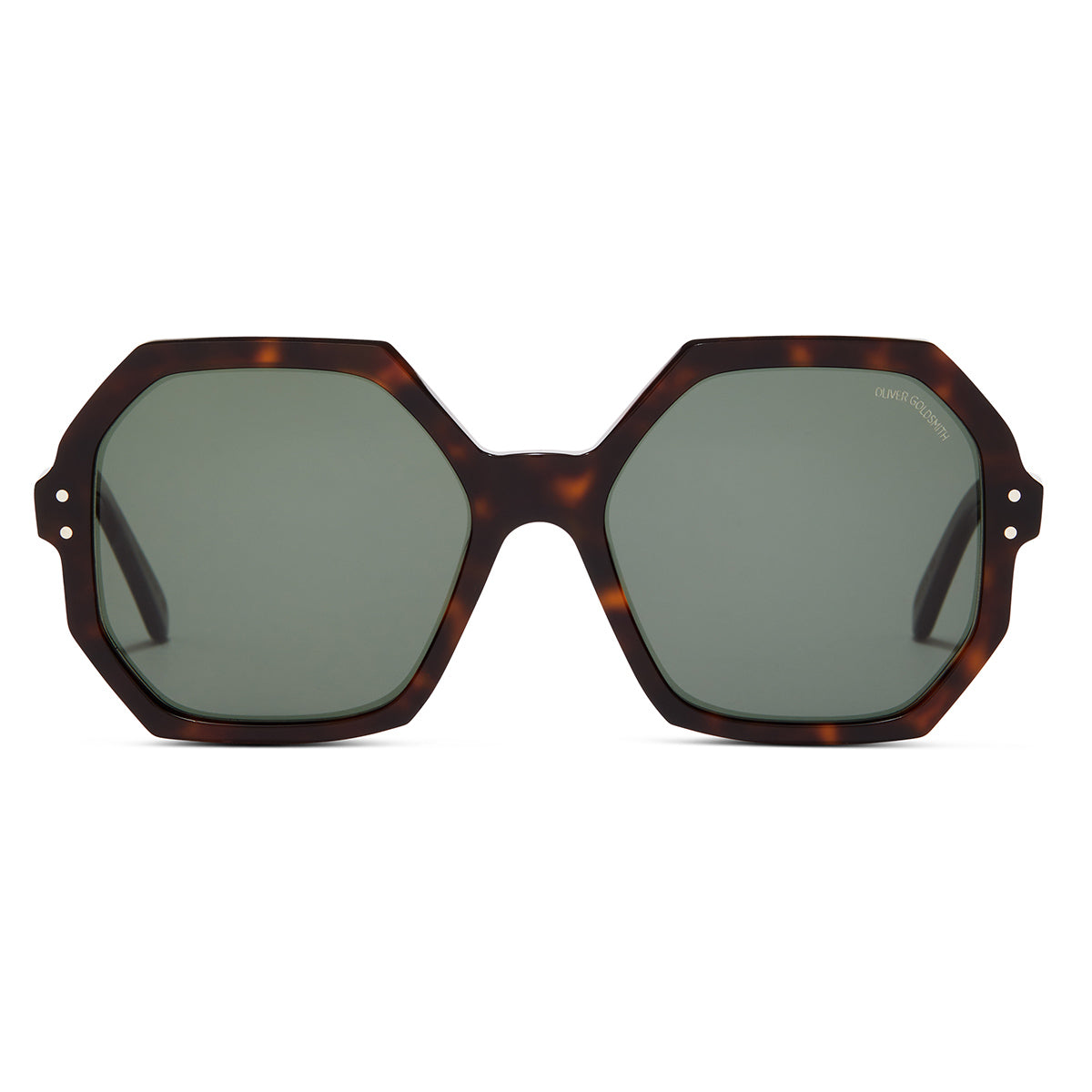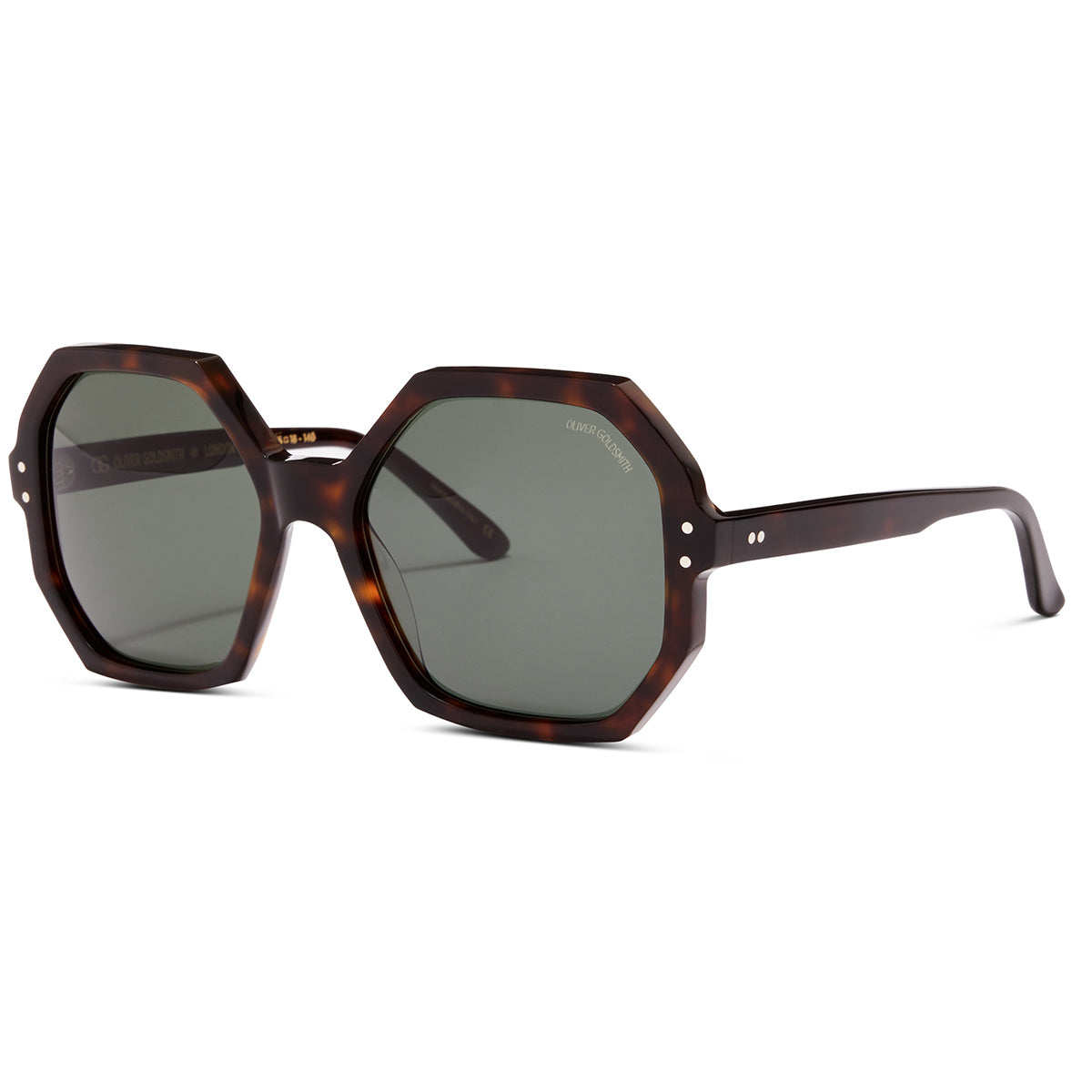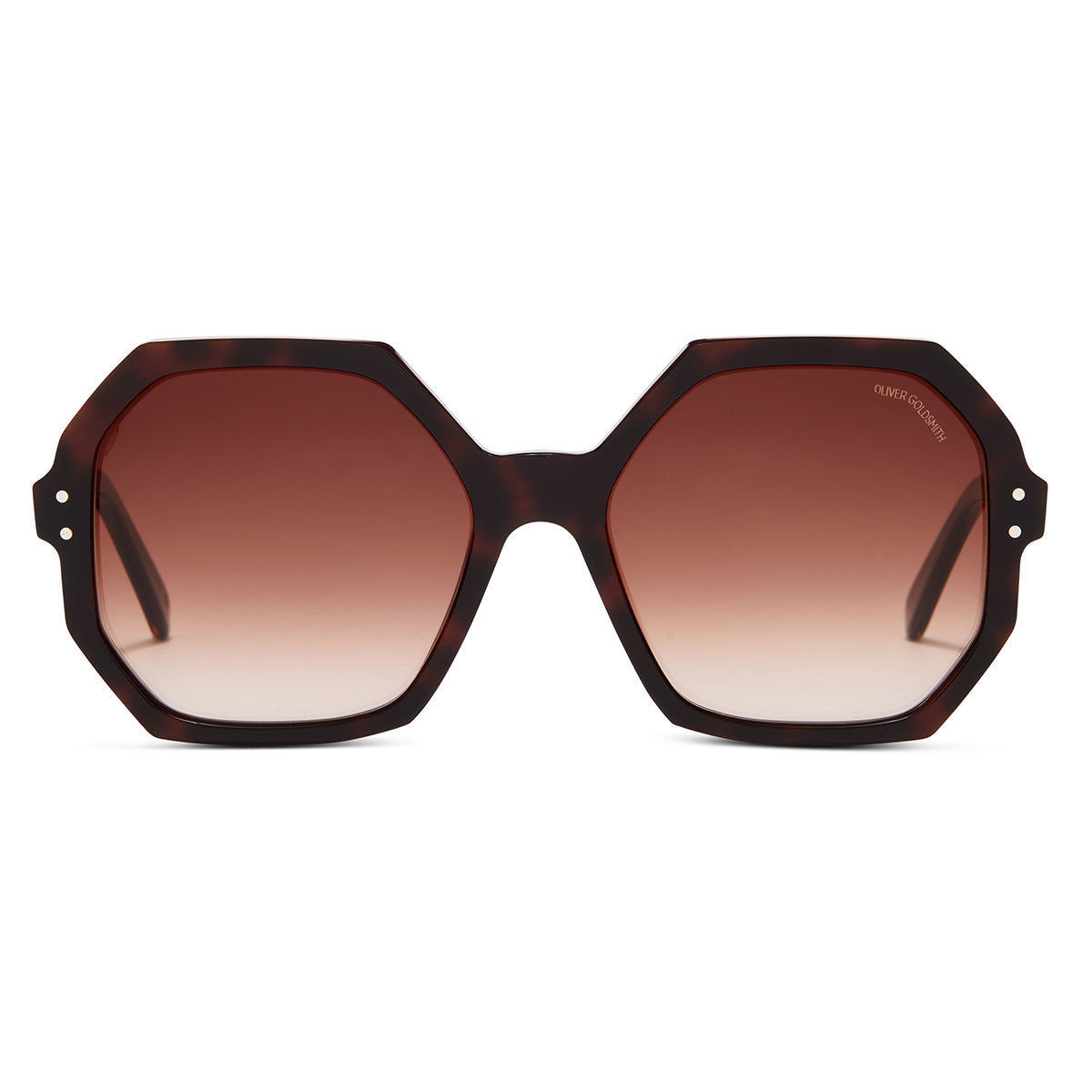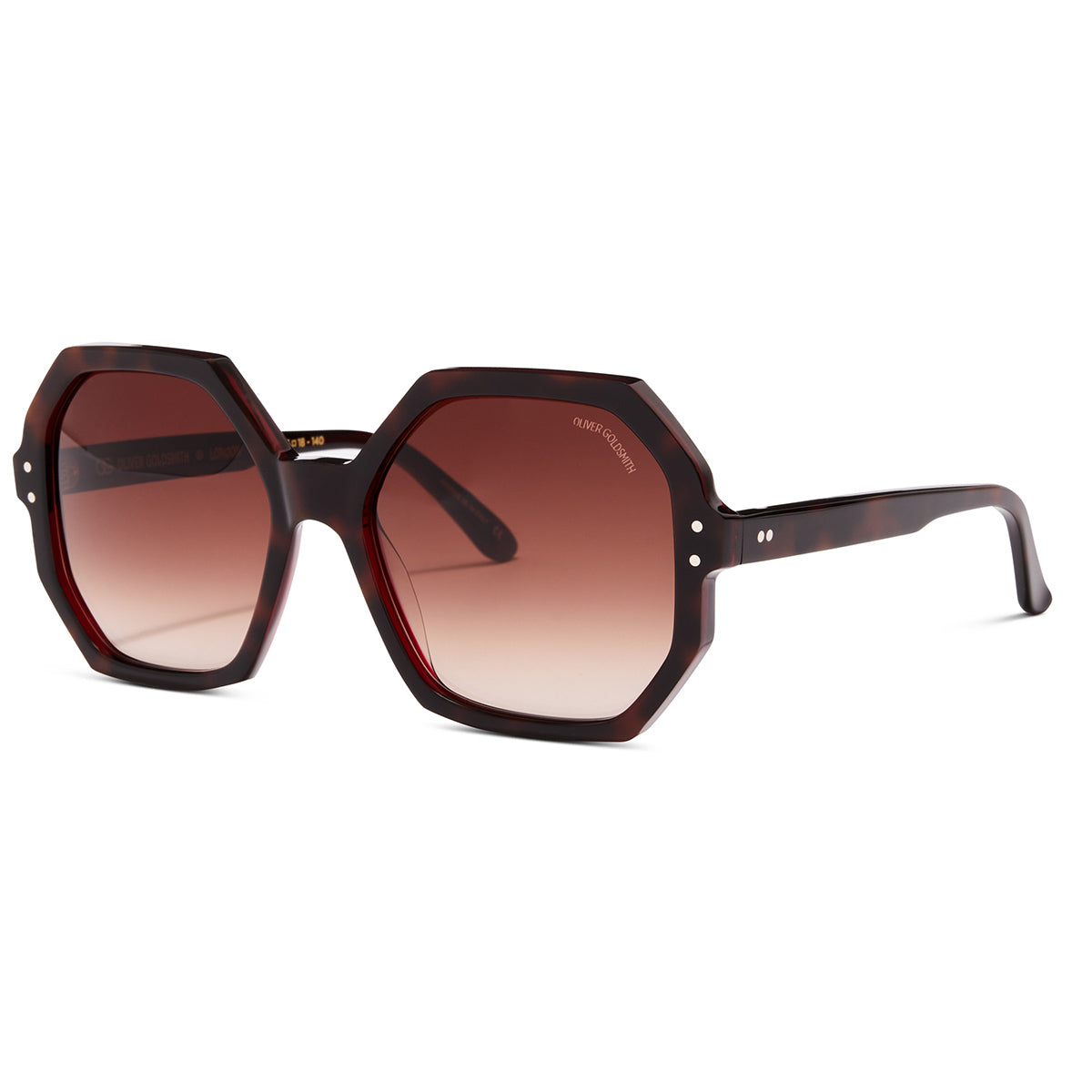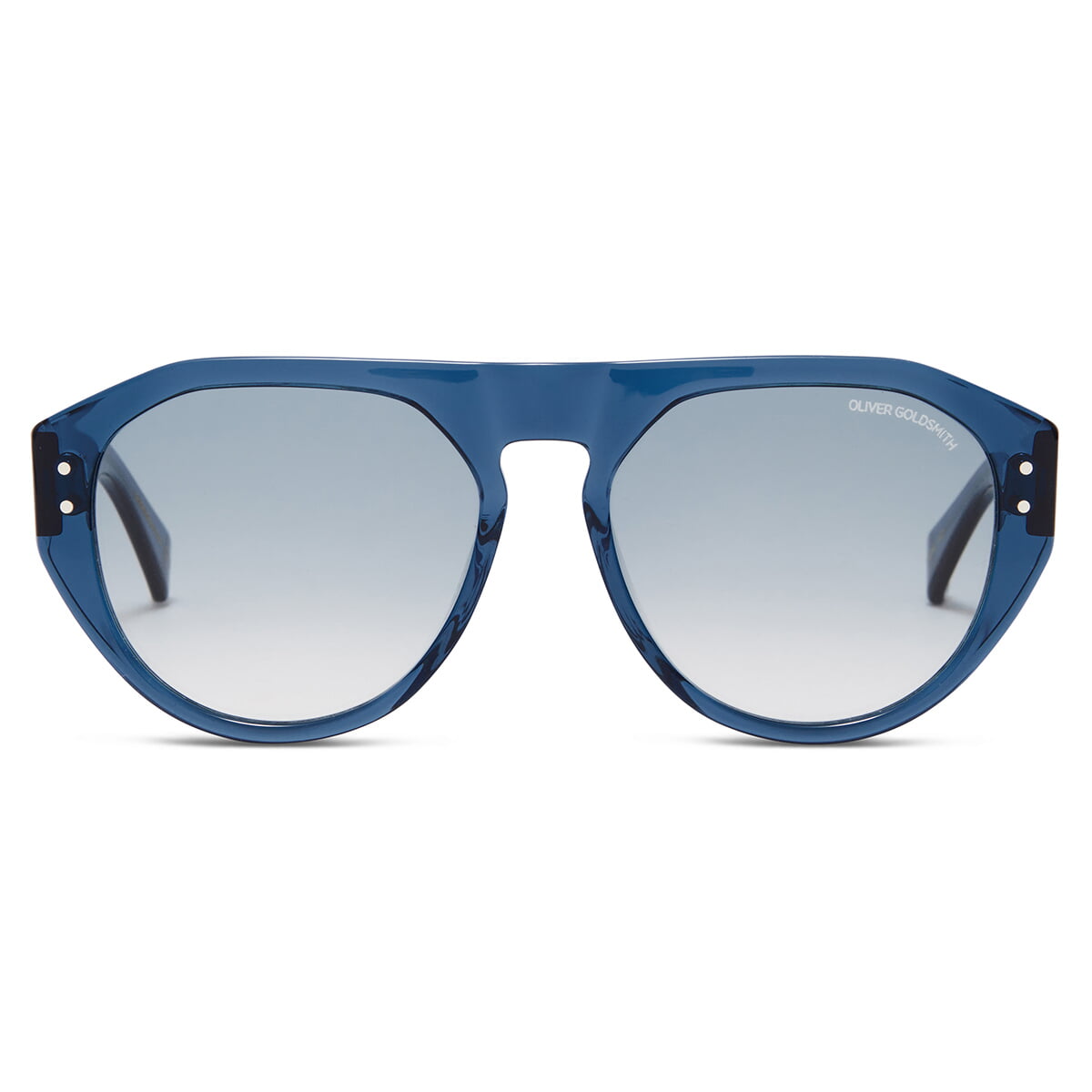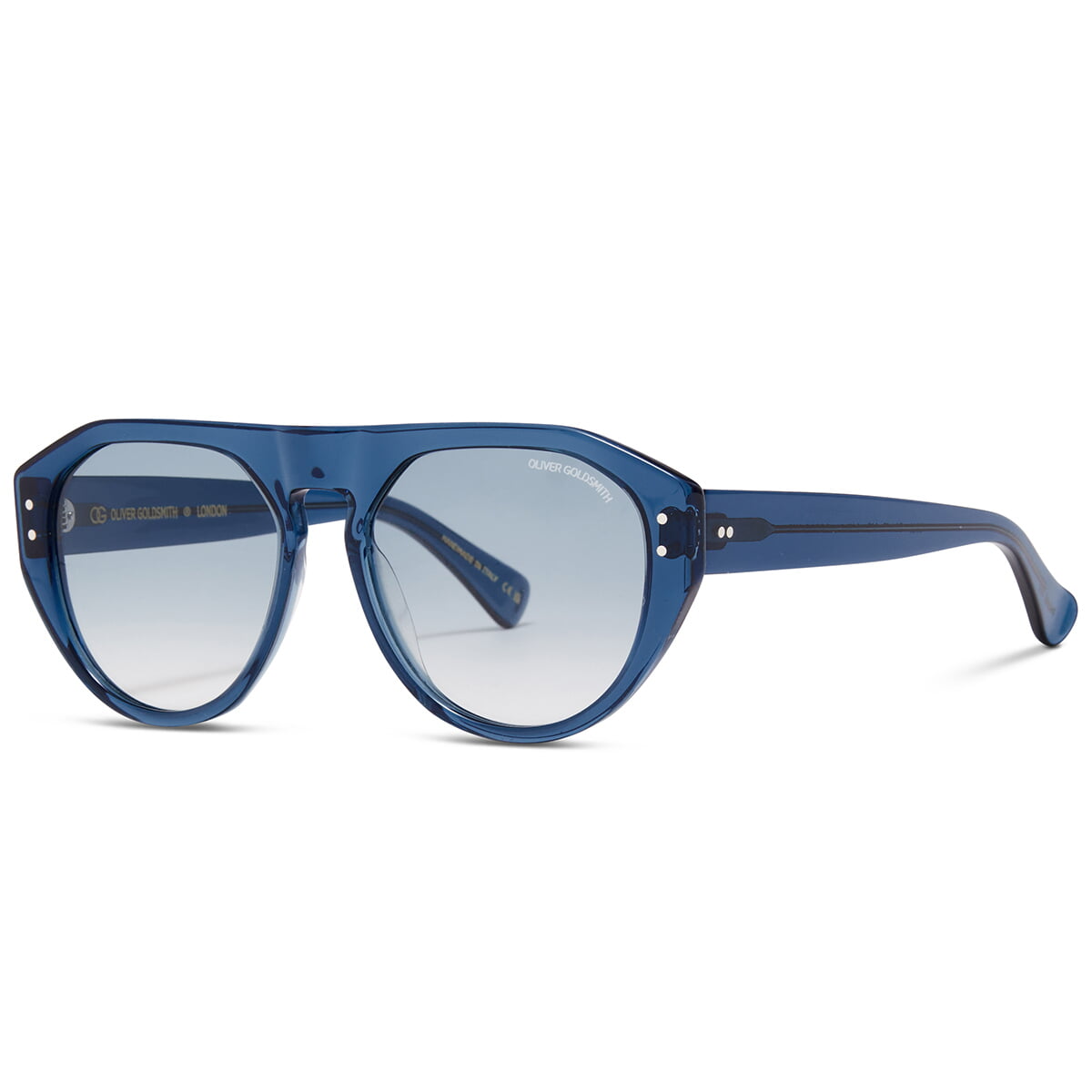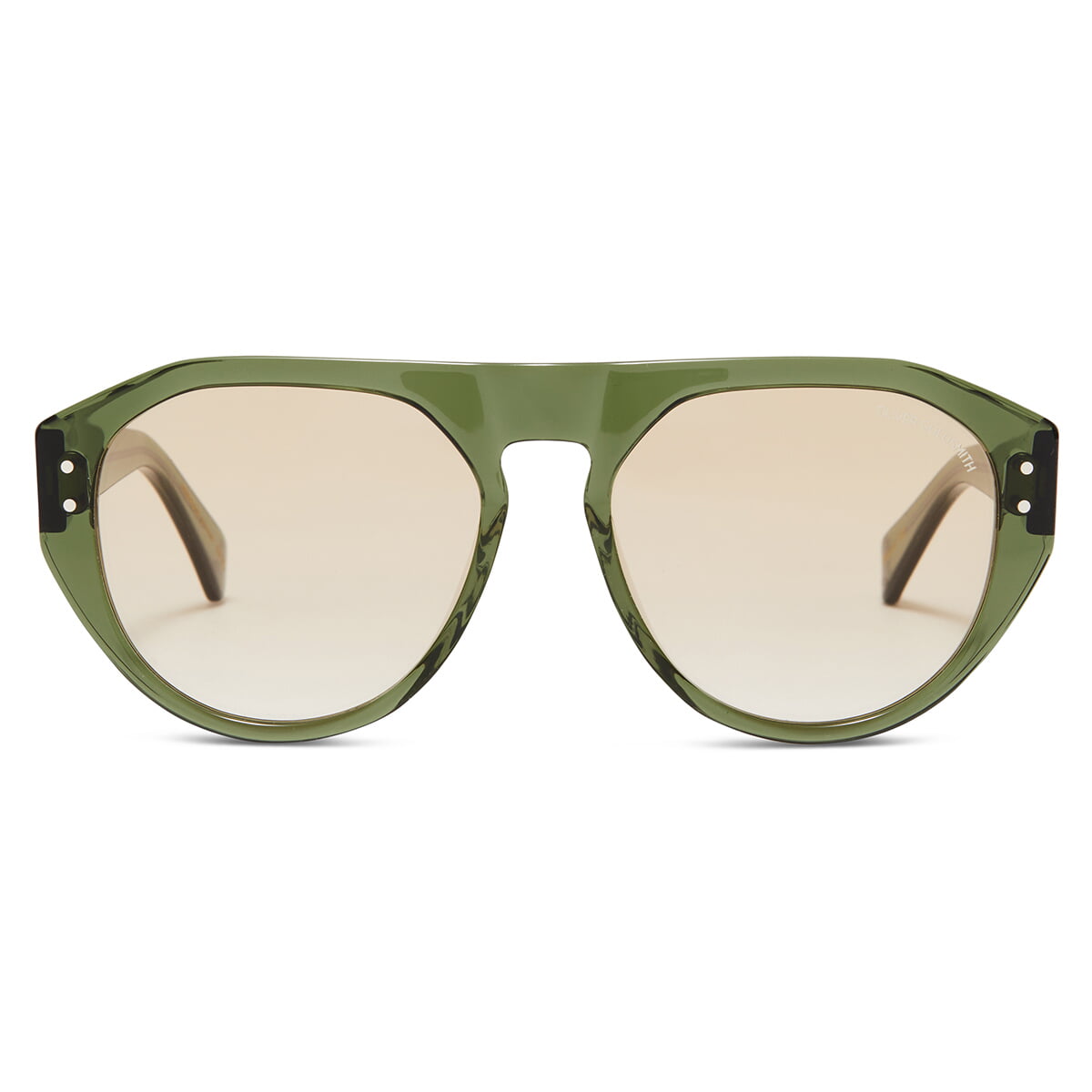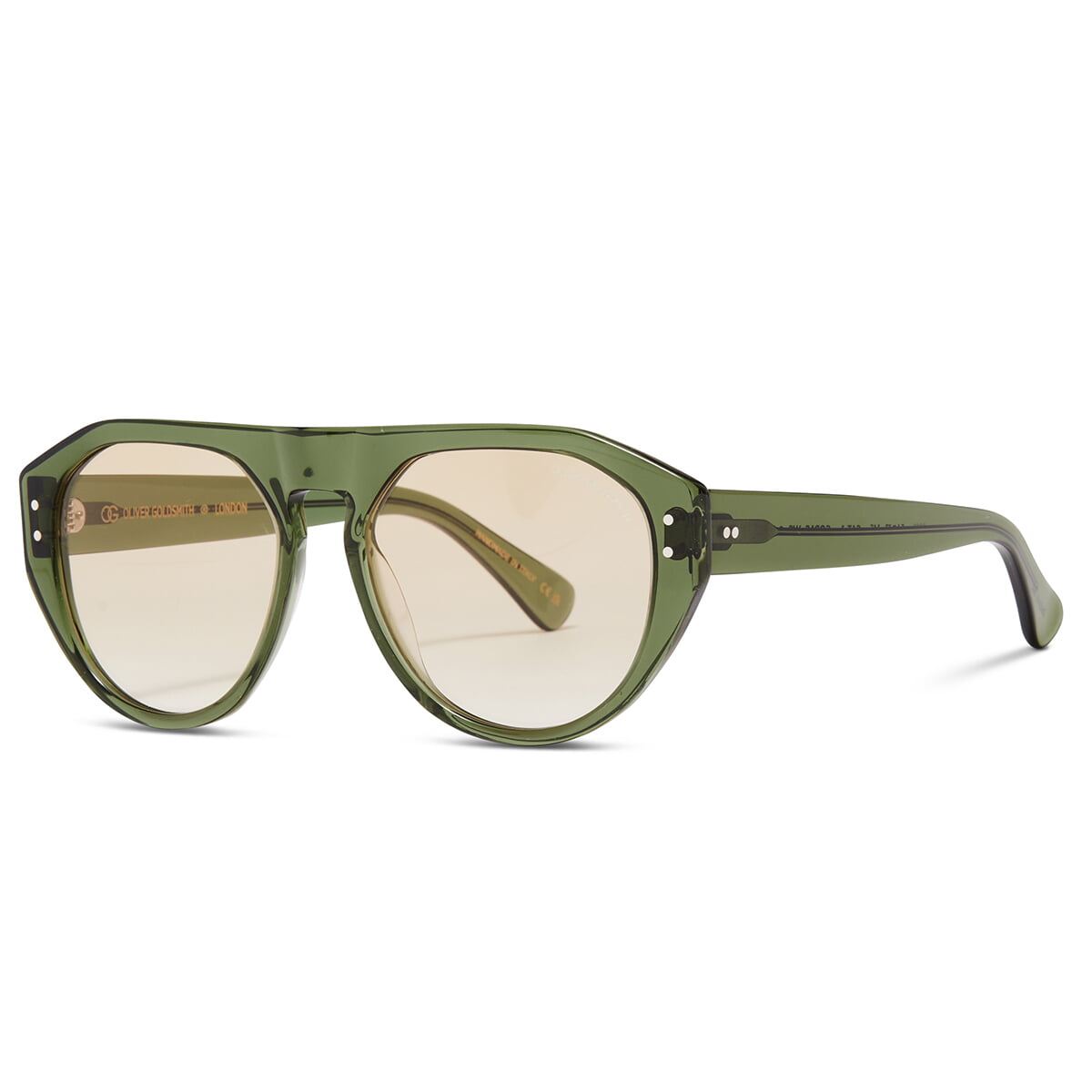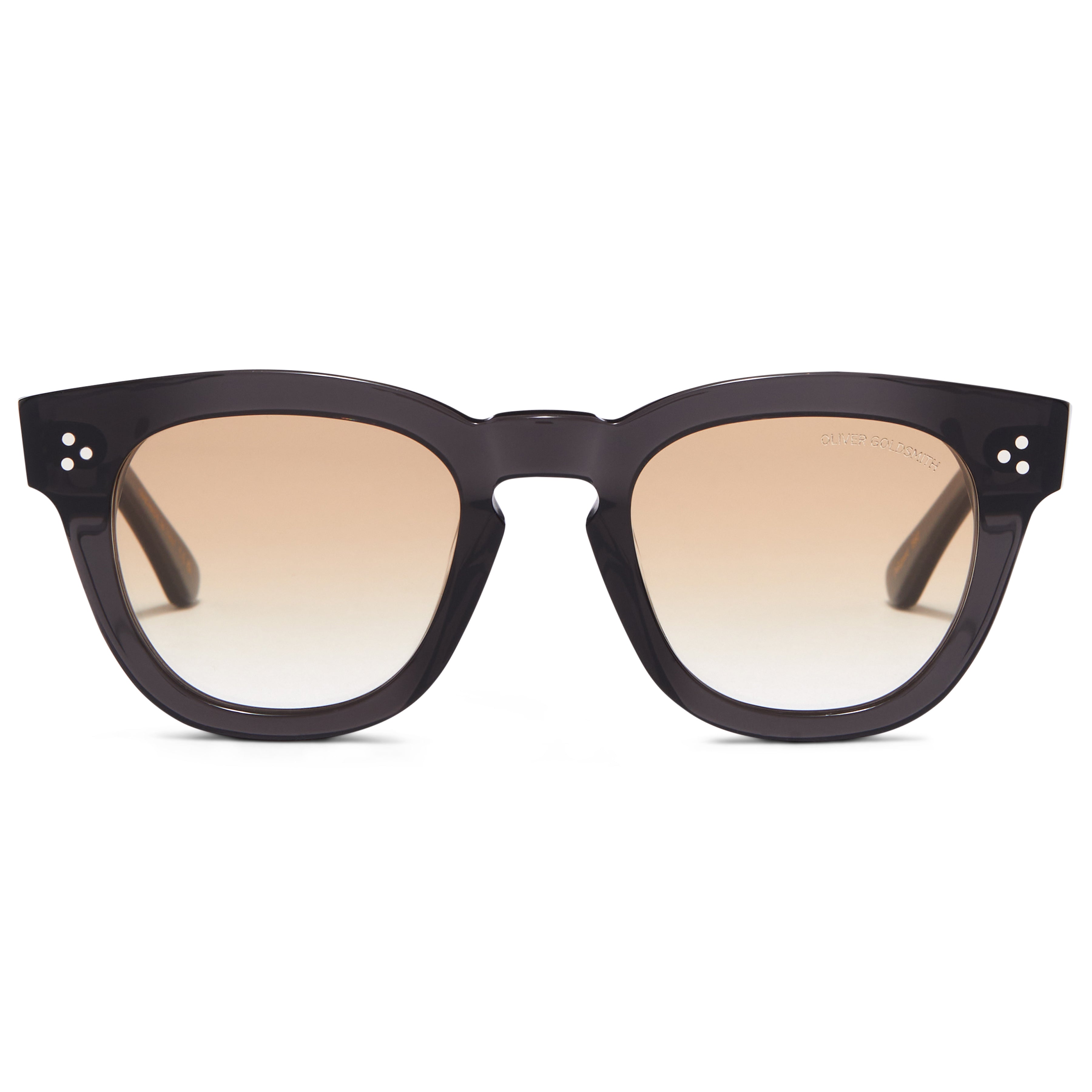Vintage Sunglasses
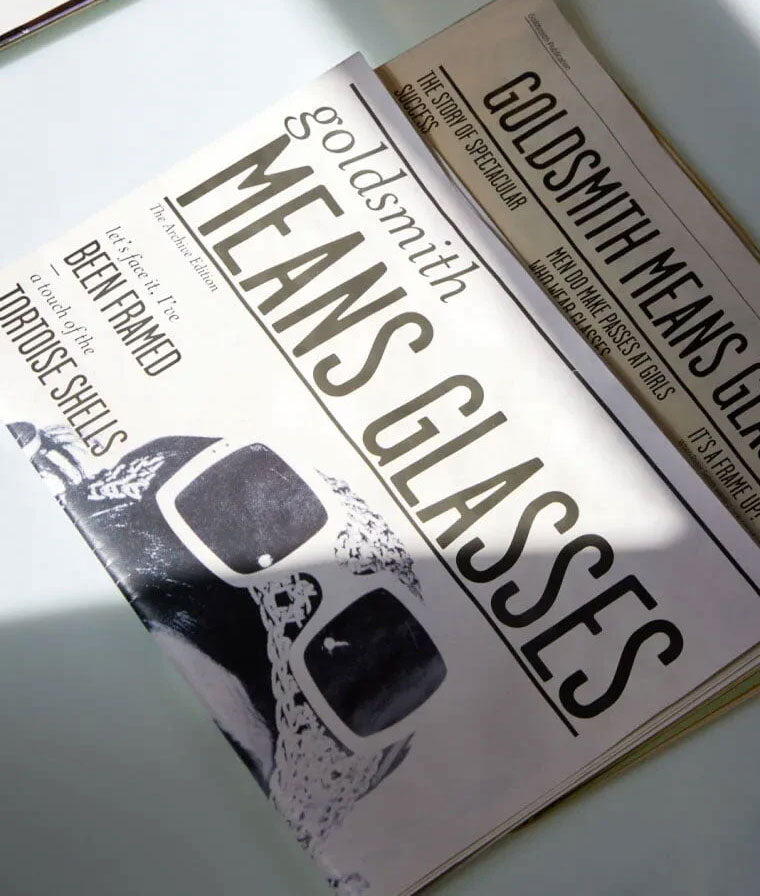
During the twentieth century the role of spectacles evolved dramatically, transforming a largely functional object into the ultimate fashion accessory. The concept of fashionable spectacles, opposed to them serving simply as a medical necessity was revolutionary, defining a whole new concept and industry. Eyewear was now a fashion accessory, instead of hiding their glasses away, people could enjoy wearing them and be playful and experimental in their choices.
So how were the iconic designs of vintage sunglasses developed? Who was responsible for making them and why are they still so popular today? By looking back through the history books we can pinpoint exact moments in time that were transformational to the industry, from developments in material, to the rise of celebrity….each historical event has made a significant impact on both the design aesthetic and the way we wear eyewear today.
ICONIC VINTAGE SUNGLASS DESIGNS
The cat-eye is one of the most popular retro sunglasses worn by women. Its distinctive shaping features an upswept curve that follows the brow-line then elegantly lifts at the corners in a feminine and stylish flourish. The rise of this sunglass shape is due to not only to its flattering angles but also to the rise of celebrity and the silver screen. Movie icons such as Marylin Monroe and Audrey Hepburn were seen wearing cat-eye frames in their films, which ignited a flurry of excitement and cemented the cat-eye as one of the most iconic eyewear shapes of all time. In fact, Oliver Goldsmith was one of Audrey Hepburn’s most favoured eyewear designers, with the actress wearing his designs in many of her films, including the Yuhu in ‘Two for the Road’, the Manhattan in ‘Breakfast at Tiffany’s’ and the Hep in Charade.
Aviator Sunglasses are vintage sunglasses that remains relatively unchanged. Originally designed by Bausch and Lomb in the 1930’s for pilots, it was a welcomed alternative to the fur-lines googles they had been used to wearing. Developed specifically for aviation, the aviator was thinner, lighter and more comfortable to wear. The classic teardrop lens shape ran along the cheek line, protecting the eyes from the suns glare and aiding in visibility at altitude. Despite its utilitarian functionality, the aviator was seized by the fashion industry and by the 1940’s had become one of the most popular mens sunglass styles.
Certain sunglasses have become synonymous with the celebrity that wore them. The Wayfarer is a prime example of this. The actor Tom Cruise wore the classic Ray Ban Wayfarer in black in his film ‘Risky Business’ which sky-rocketed the design to cult status. It’s also impossible to imagine the Blue’s Brothers without their iconic wayfarer sunglasses.
The Teashade is another vintage sunglass design that can trace its popularity back to almost one celebrity: John Lennon. This iconic shape was also designed by Oliver Goldsmith and in December 2019, Lennon’s Oliver Goldsmith ‘Cluj’ round sunglasses were sold by Sotheby’s for an eye-watering £137,500.
Lastly, the ‘Jackie O’s’ must be included in the list of classic sunglasses. The moniker derives from Jackie Onassis, a former first lady of the United States who became an international style icon during the 1960’s. Famed for her modern and chic outfits, her style appeared so effortless and timeless that she inspired countless trends, one of which was the Jackie O sunglass. Almost all her outfits were accented with oversized dark sunglasses, a look that became synonymous with not only Jackie herself but the era as a whole.
THE INVENTION OF SPECTACLES
The invention of the spectacle is not entirely known, despite many names and places being associated to it. Prehistoric Inuits wore flattened walrus ivory across their eyes to block out the sun’s rays, serving as primitive sunglasses, but it is generally accepted that the ‘modern’ spectacle as we know today was conceived in Italy in approximately the last quarter of the thirteenth century.
Despite the Dutch and Chinese all biding for the title, the archeologically evidence points towards Italy, with a pair of rivet-type spectacles being discovered there. Early references to spectacles are questionable, often the allusion to what we believe is an early reference may have been recorded several years after the ‘discovery’ took place, or we are relating the reference to what we now know as being glasses, but could have perhaps being something entirely different. Where historical data is missing, we can only look back at art, early manuscripts and texts to pinpoint these primitive developments.
Around the turn of the 13th and 14th Century historical documents show that convex ‘lenses’ were issued to presbyopic patients (people with aging eyes) and were shown to benefit their vision, whilst the earliest depiction of spectacles in a painted work of art can be seen in a series of frescoes by Tommaso Da Modena in 1352 in the Chapter House of the Seminario found in the Basilica San Nicolo church in Southern Italy. Fortunately, the vintage eyewear designs that we recognise today derive from much later historical records and references, making them easier to identify.
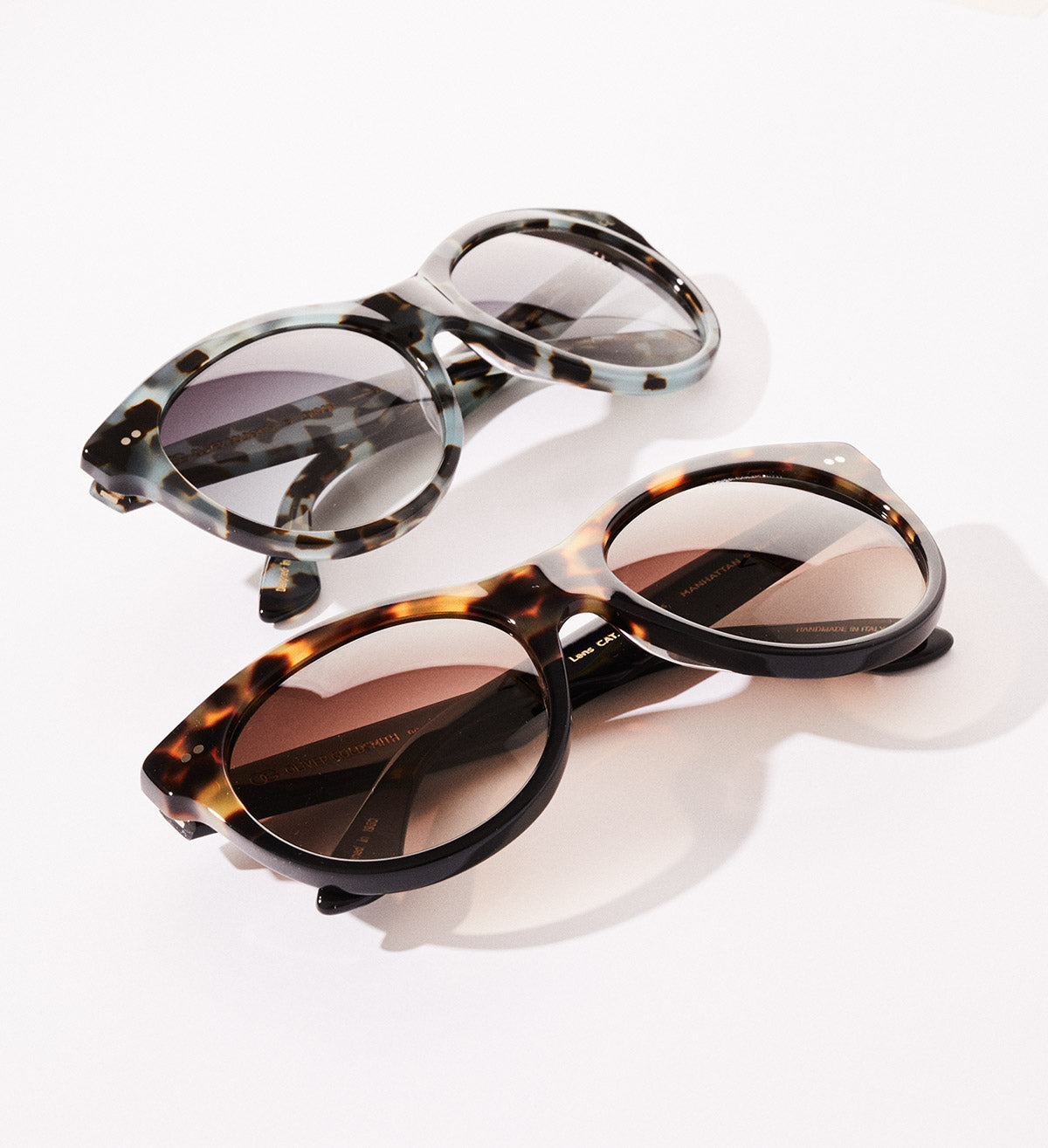
The scissor spectacle and rivet spectacle, two lenses connected by either a rivet or a V shaped frame and precariously balanced on the nose, are other early examples of early eyewear designs. Napoleon Bonaparte was short-sighted and apparently wore a pair to help rectify this. The quizzer glasses, a single lens held up to the face by a handle were a favourite among the British upper classes and were often manufactured in gold or silver, for added opulence. These early glasses were always designed to be seen, often fitted with small rings or rope, they could be attached to your clothes and hung allowing the ornamental flourishes to be displayed.
The Lorgnette, despite being a French word, was designed by an Englishman, George Adams in around 1770. This delicate design was a new style of folding spectacles featuring lenses attached to a handle that they could fold neatly into. These opera-style glasses were incredibly popular and were, along with the Monocle (a single lens held up to the eye) adopted by the upper classes of the eighteenth and nineteenth century. Today you can see modified versions of these vintage sunglass designs incorporated into jewellery and other eyewear accessories; necklaces that have small prescription glasses hanging from them that you can hold up to your face to read, or chunky acetate chains that incorporate a single lens among one of the links.
Humans are particularly good at innovating and with each decade came a new array of spectacle design. Developments in materials, tools and manufacturing techniques paved the way for the modernization of these, although ornate, humble designs. Fashion played a large part in dictating these developments, the desire to have something more elaborate, chic or unique is a trend that has never gone away. By the late 1800’s to early 1900’s we begin to see a more familiar version of the spectacle we know today; a pair of lenses, with two temples that wrap around the ear. It is these vintage eyewear designs that has been endlessly replicated, reworked and modified.
THE INVENTION OF MODERN EYEWEAR
By now, eyewear is commonplace. Prescription lenses serve a very important purpose and the spectacle is worn by all. Gone are the days of the ornate and opulent, the spectacle had become functional and practical, serving simply as a medical device. In 1919, an Englishman named Phillip Oliver Goldsmith was working as a commercial salesman for popular optical firm Raphael’s. Tired of selling these simple, metal designs he set out on a path to change things and launched his own company; Oliver Goldsmith, a brand where functionality and fashion worked hand in hand.
Traditionally, glasses were only really made of one of two materials: (real) tortoiseshell or metal. The introduction of plastic (by Phillip Goldsmith) ignited a tidal wave of innovation. This affordable material was transformational for the industry. It could be heated, moulded, shaped and cut into original designs and was available in many colours. Historically, colour had only been seen on eyewear by inlaying jewels, cut glass or enamel, but plastic made it accessible to all, and the possibilities became endless.
By the late 1940’s Phillip’s son Charles had taken over the business. He shared the same energy for innovation as his father and in 1949, he created ‘Sunspecs’, potentially one of the first ever sunglass designs to be made. He fitted slightly larger and more avant-garde spectacles with coloured glass lenses and they became an instant success.
By the early 1950’s sunglasses had gained a high profile and were worn by the most stylish men and women of the era. A selection of unusual designs started to appear, with Oliver Goldsmith at the forefront of this movement, and it is these vintage sunglasses that we see so readily in modern eyewear design today.
As the industry grew, eyewear became an essential part of both men and women’s wardrobes. Couture and independent brands paved the way for original sunglass design with everything from dogs to diamonds being incorporated into eyewear. What eventually emerged from this myriad of design was a small selection of shapes that have gone on to become timeless classics.
